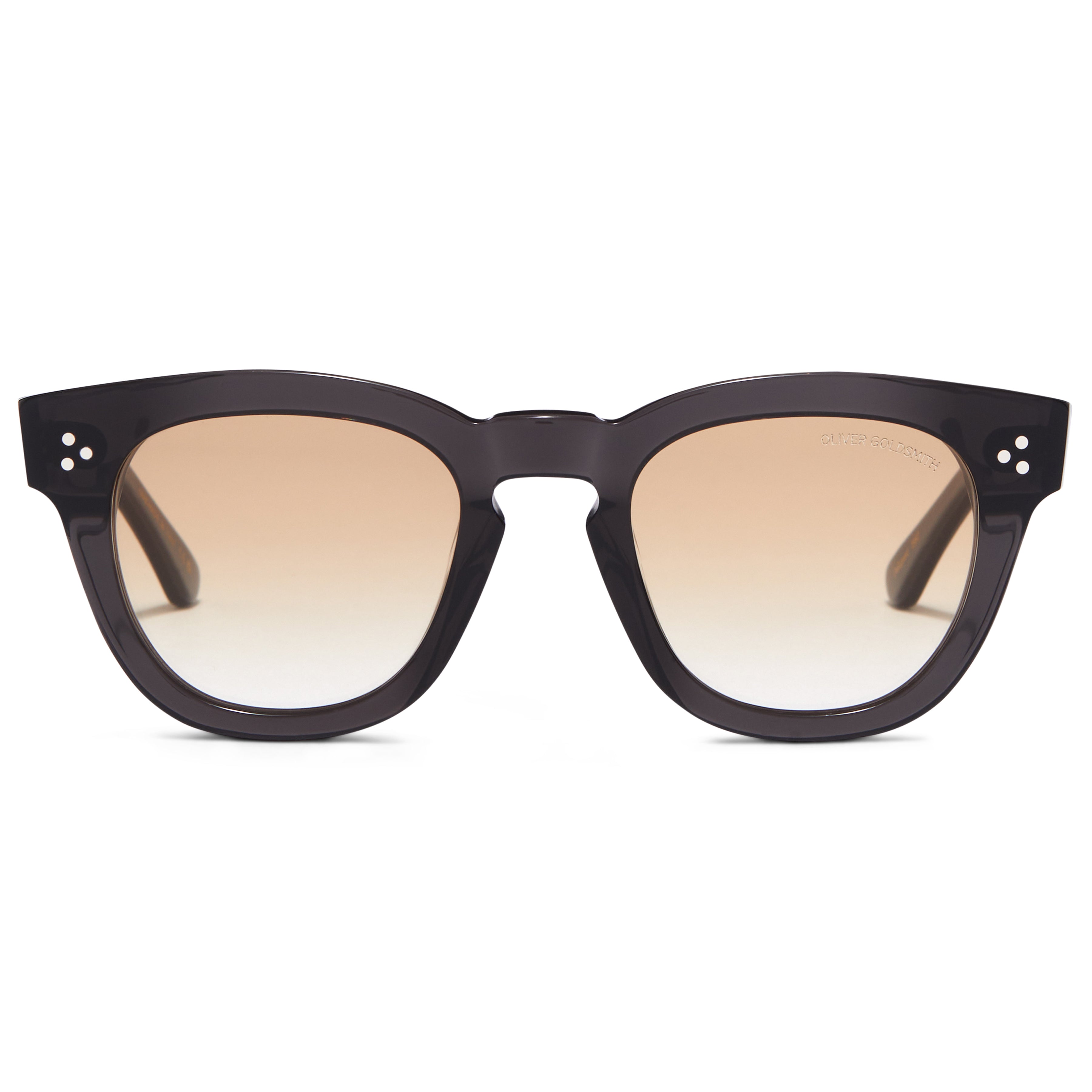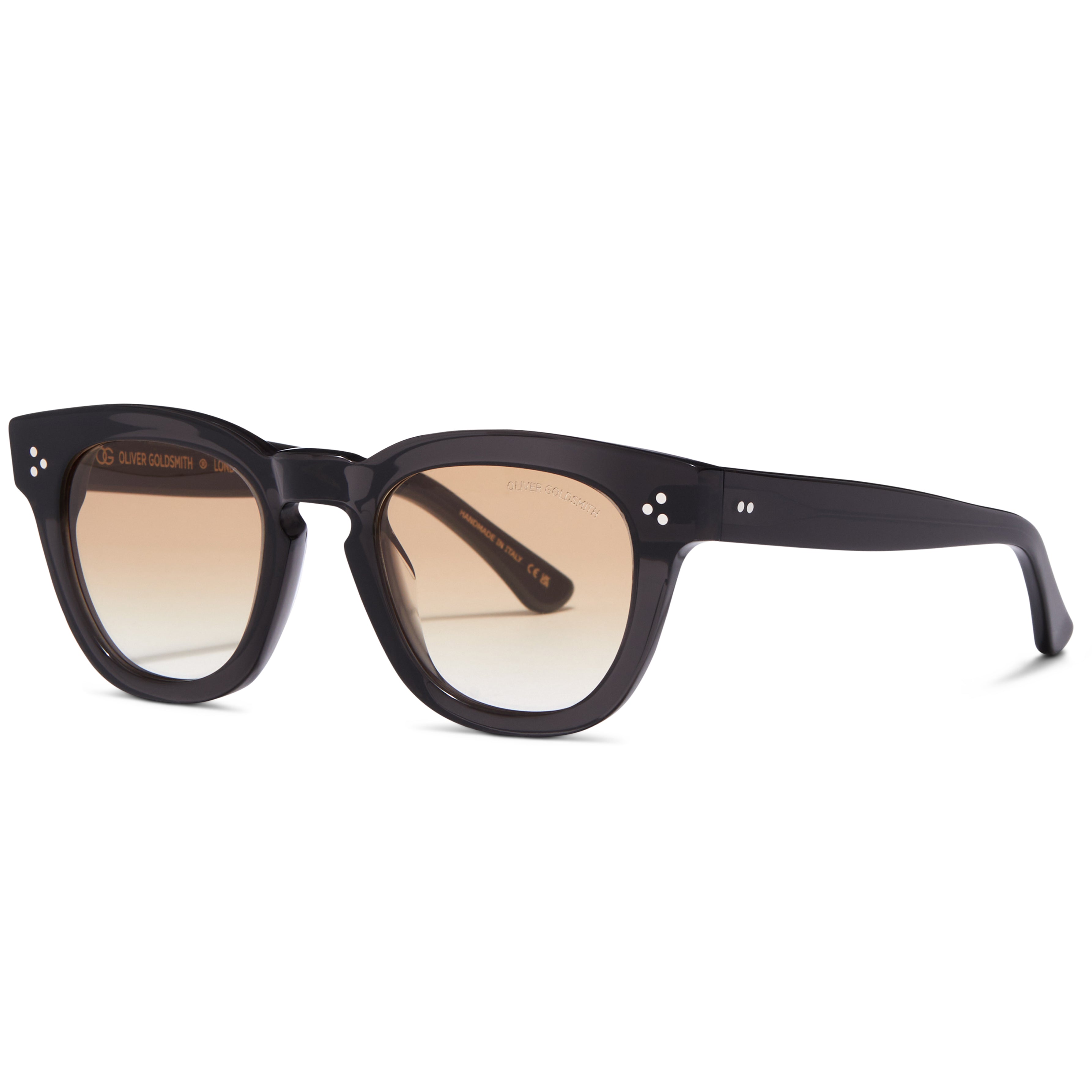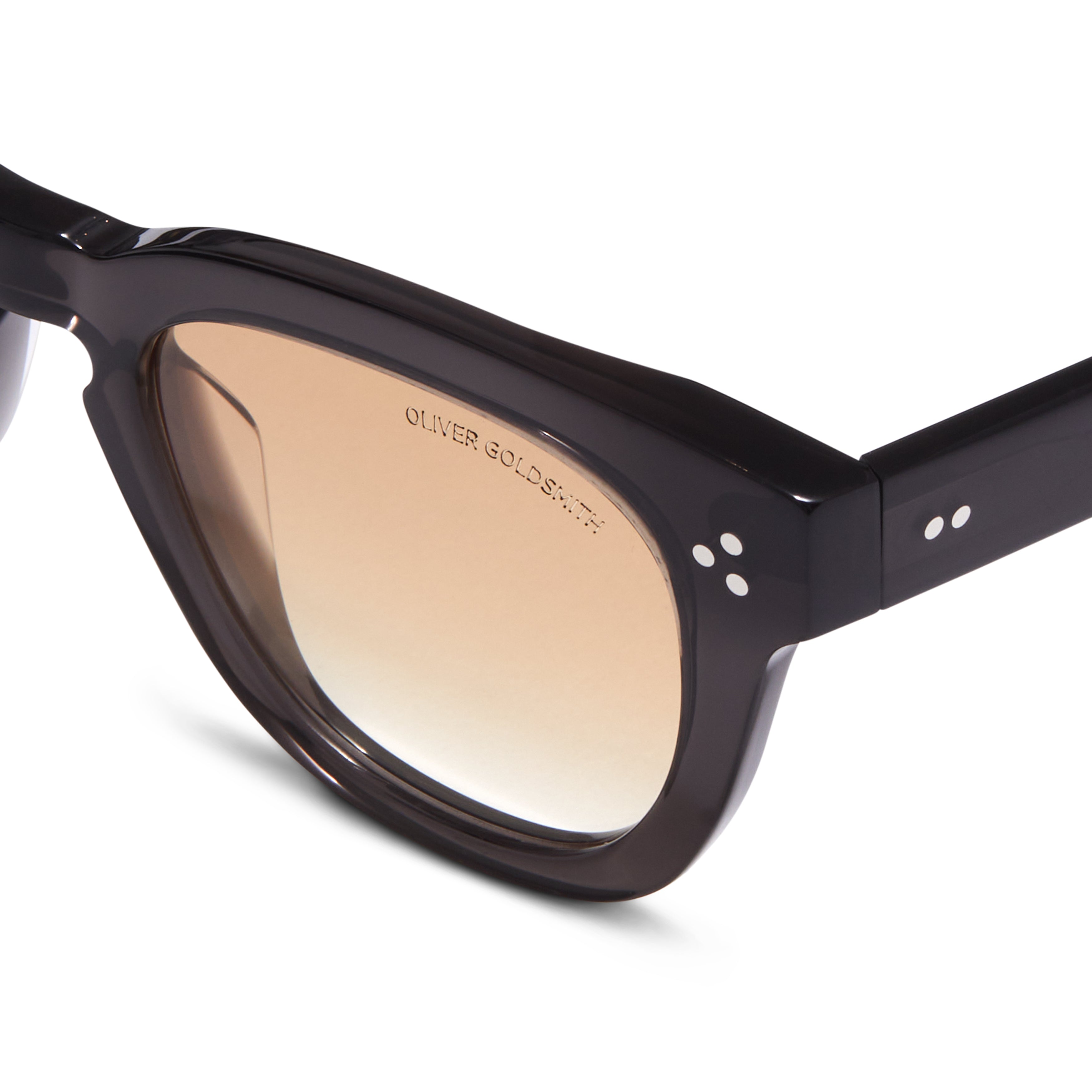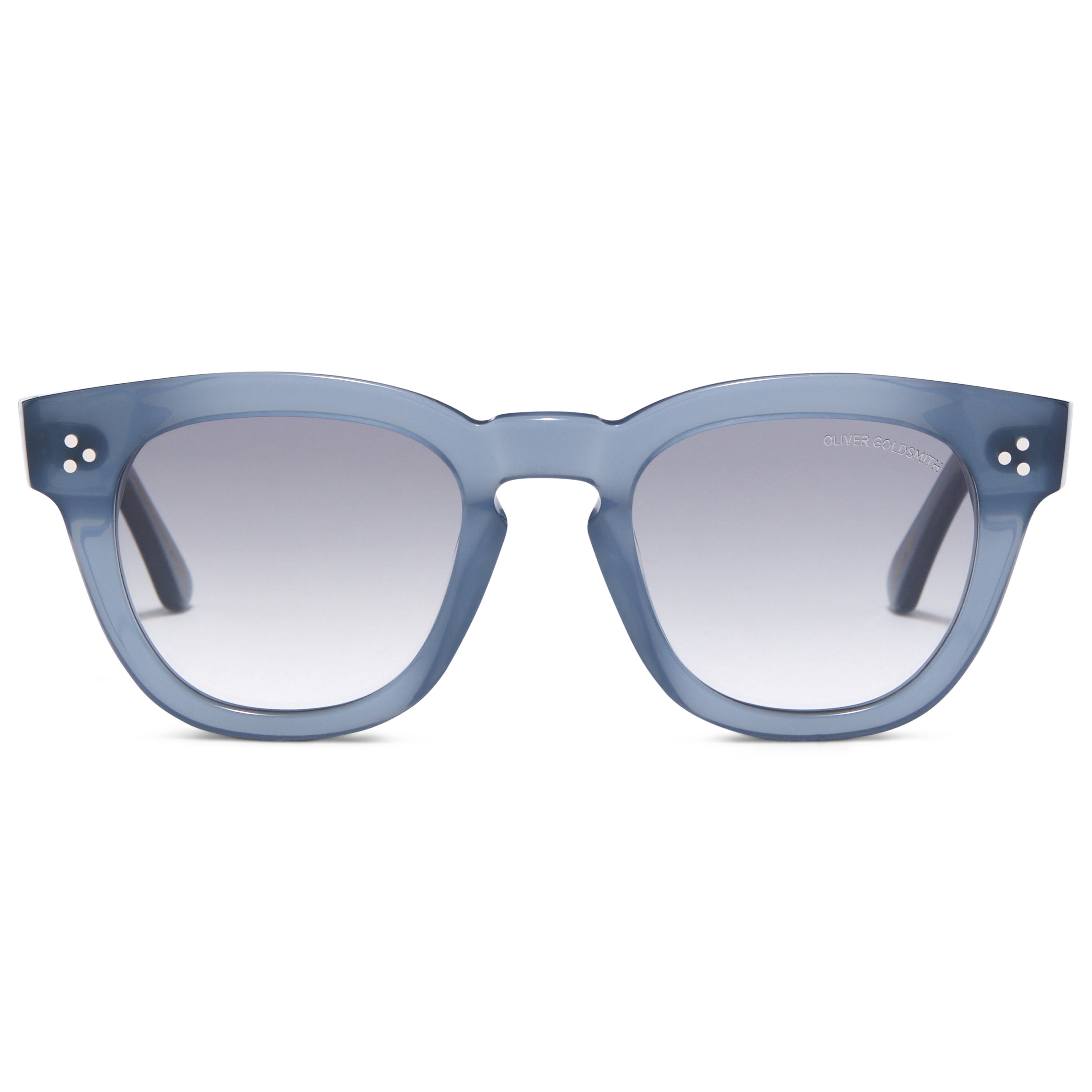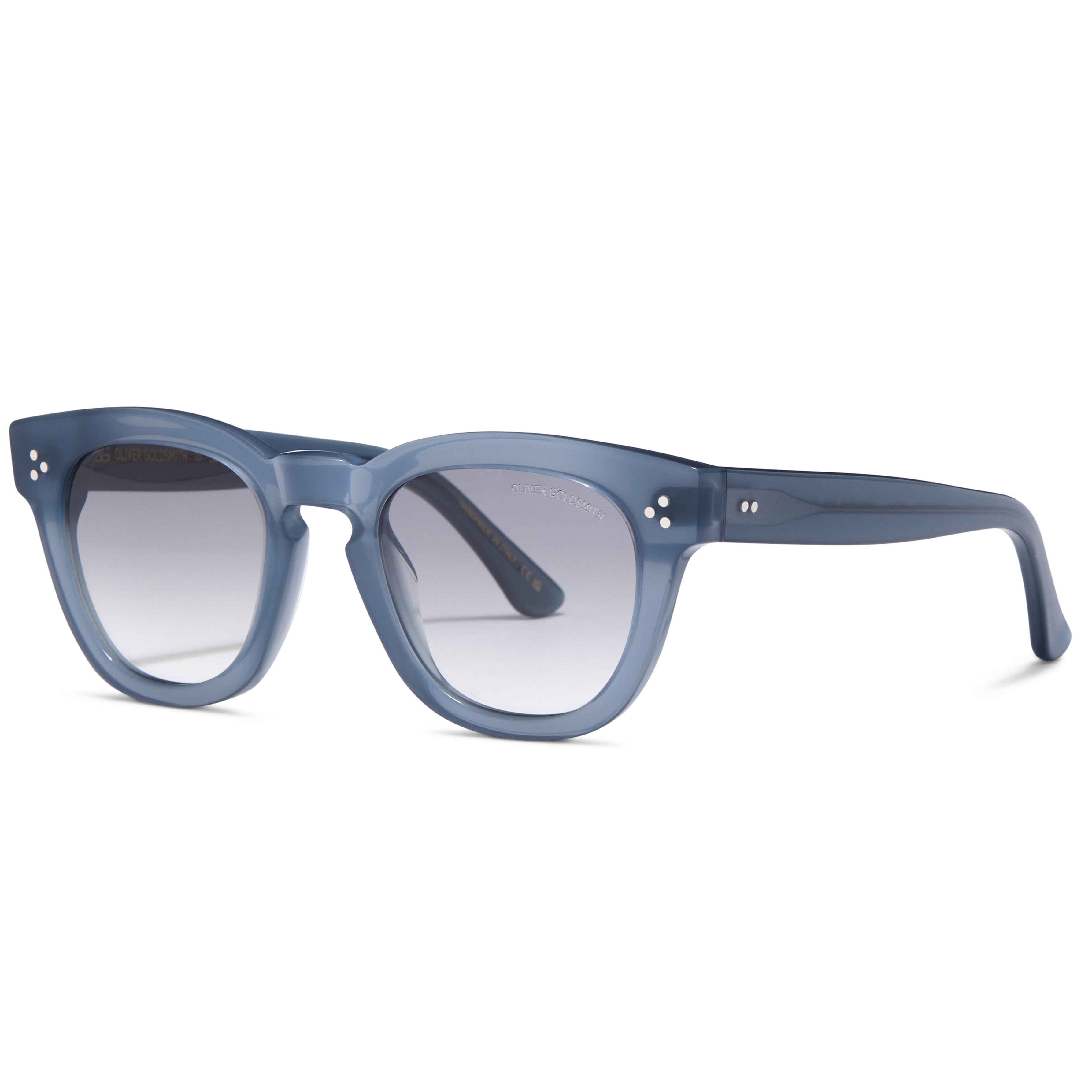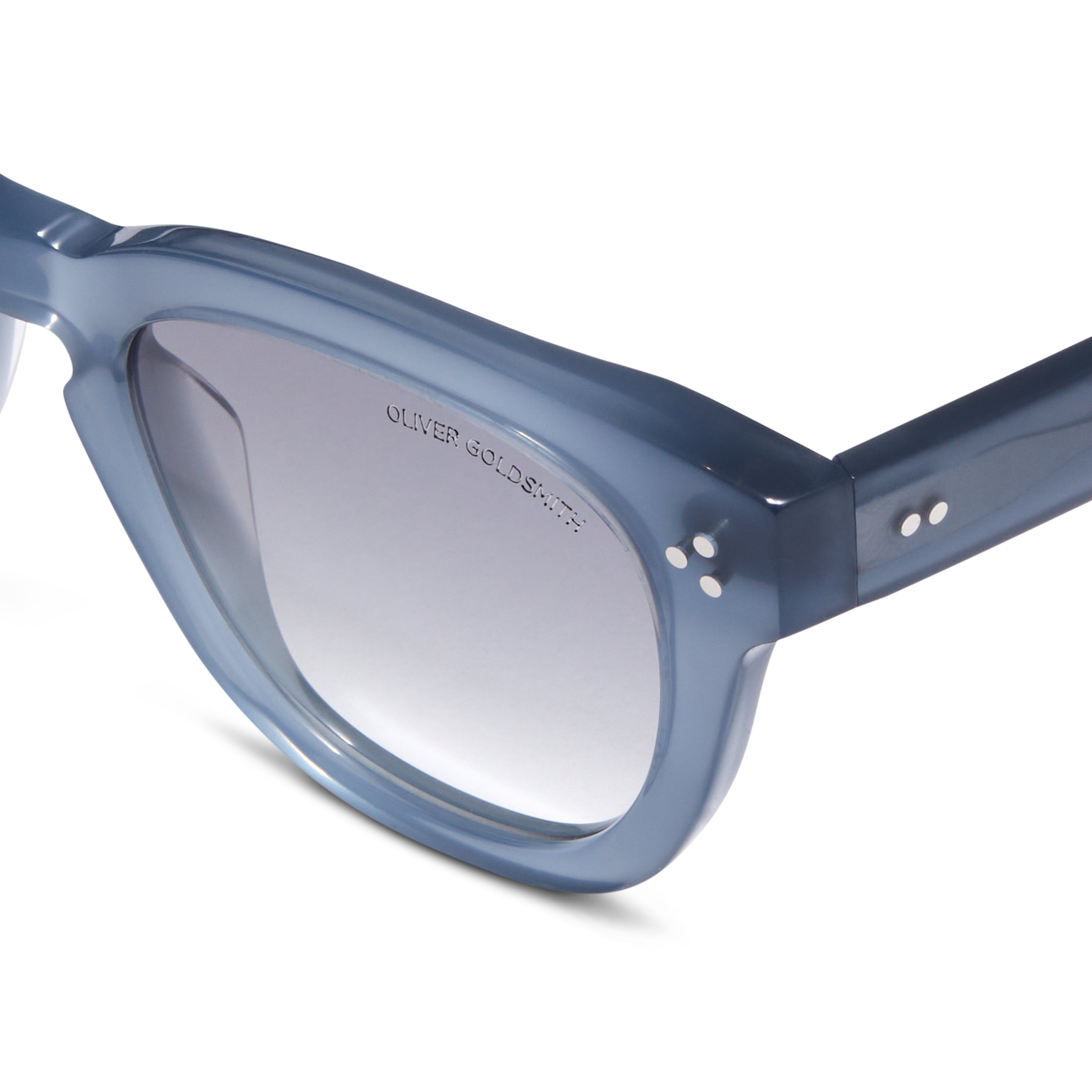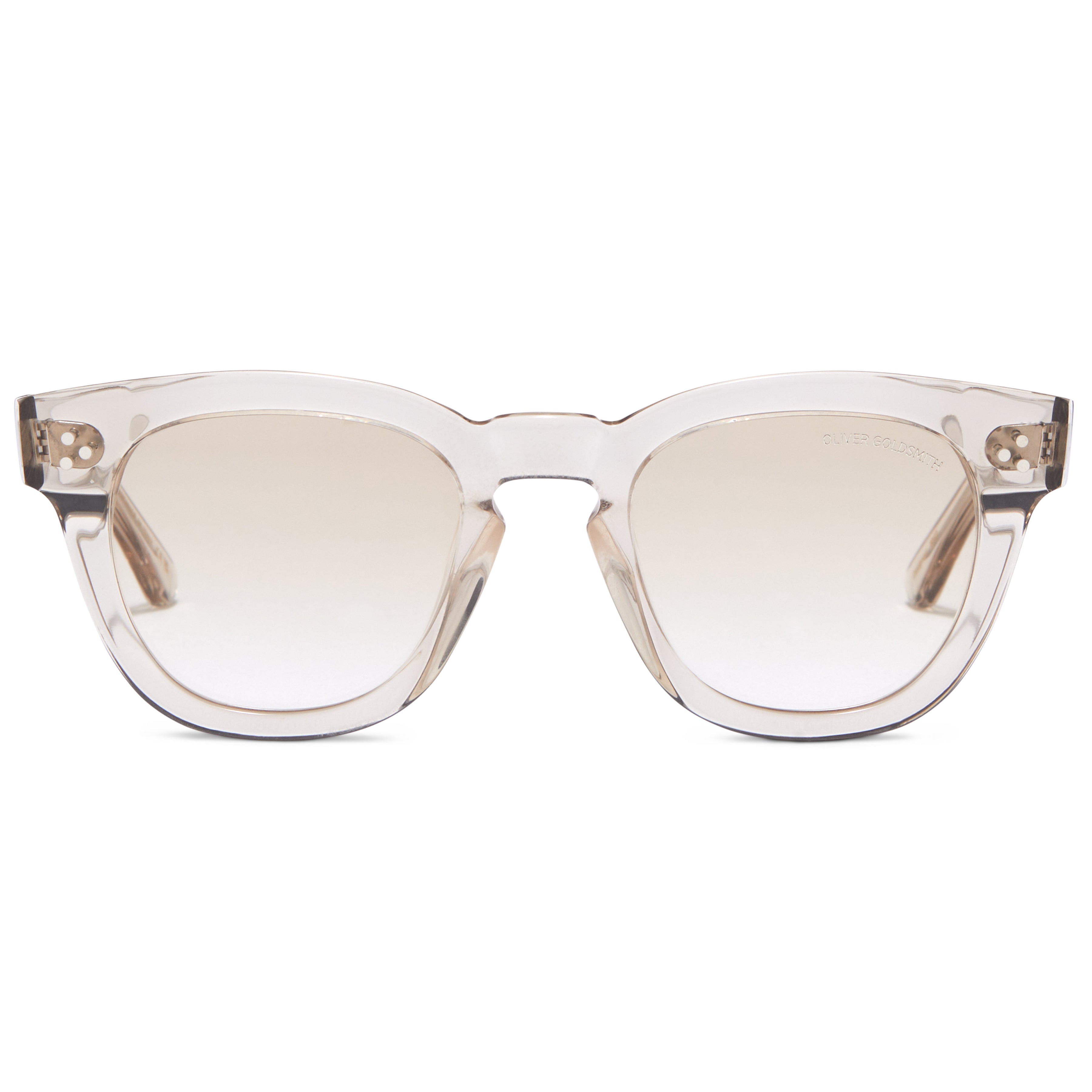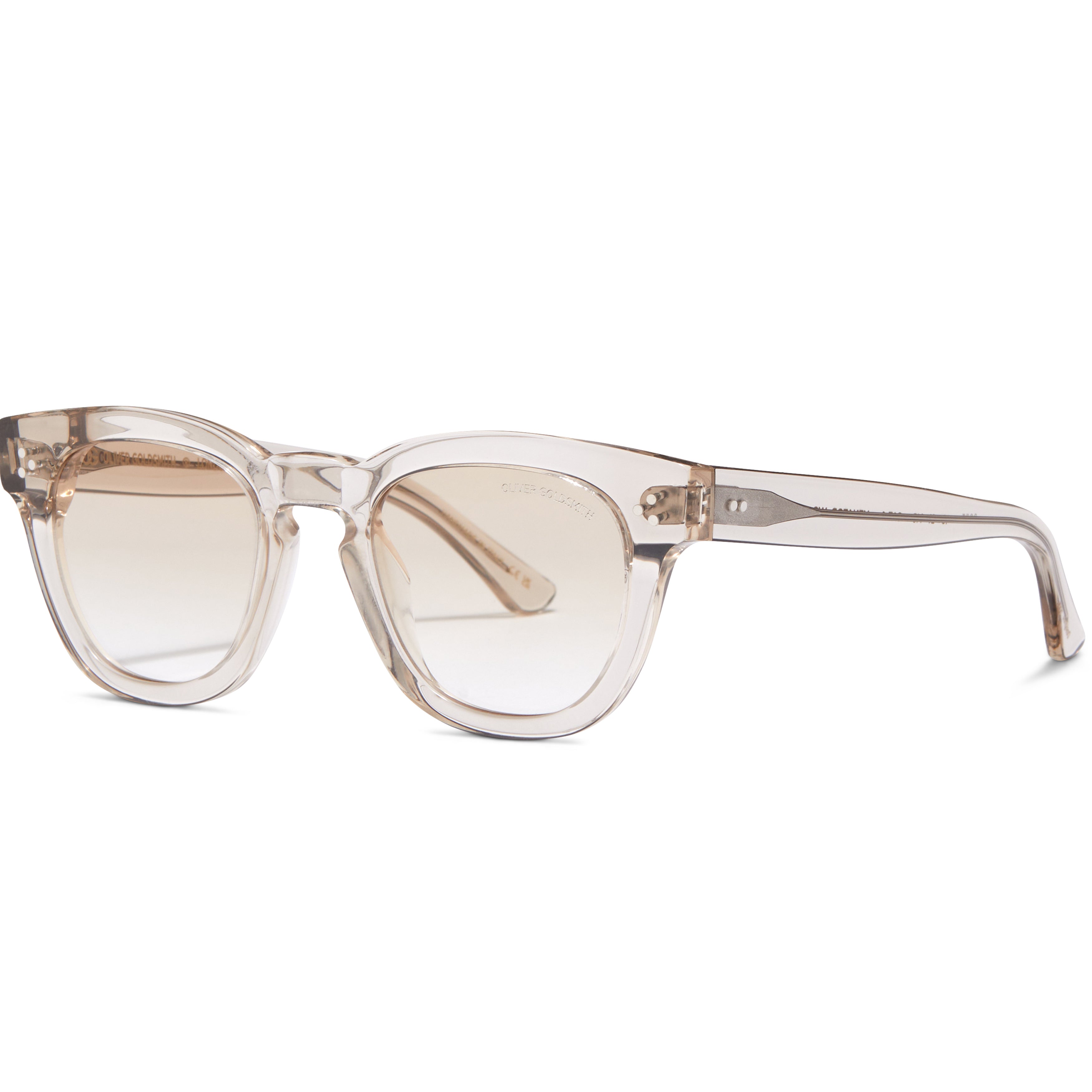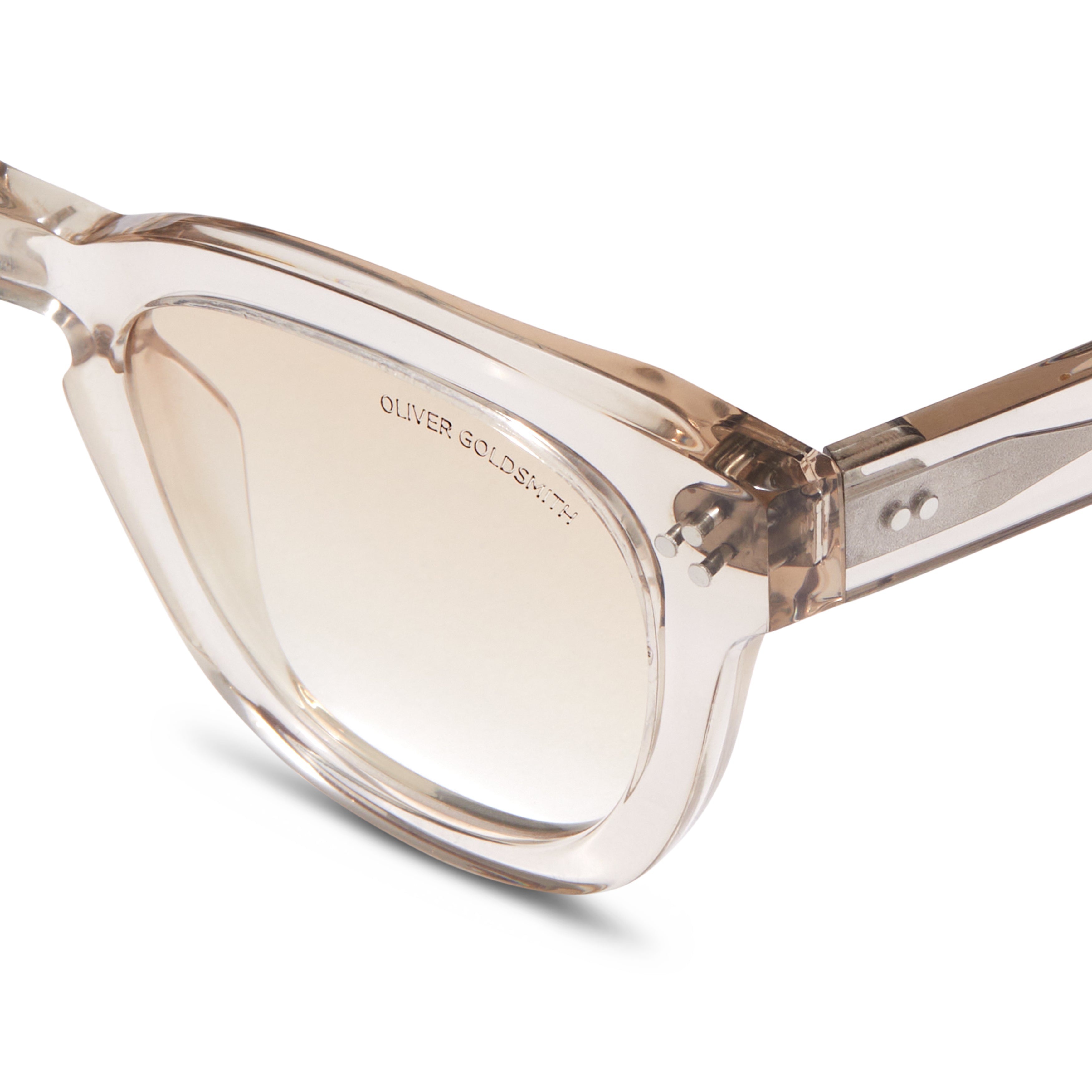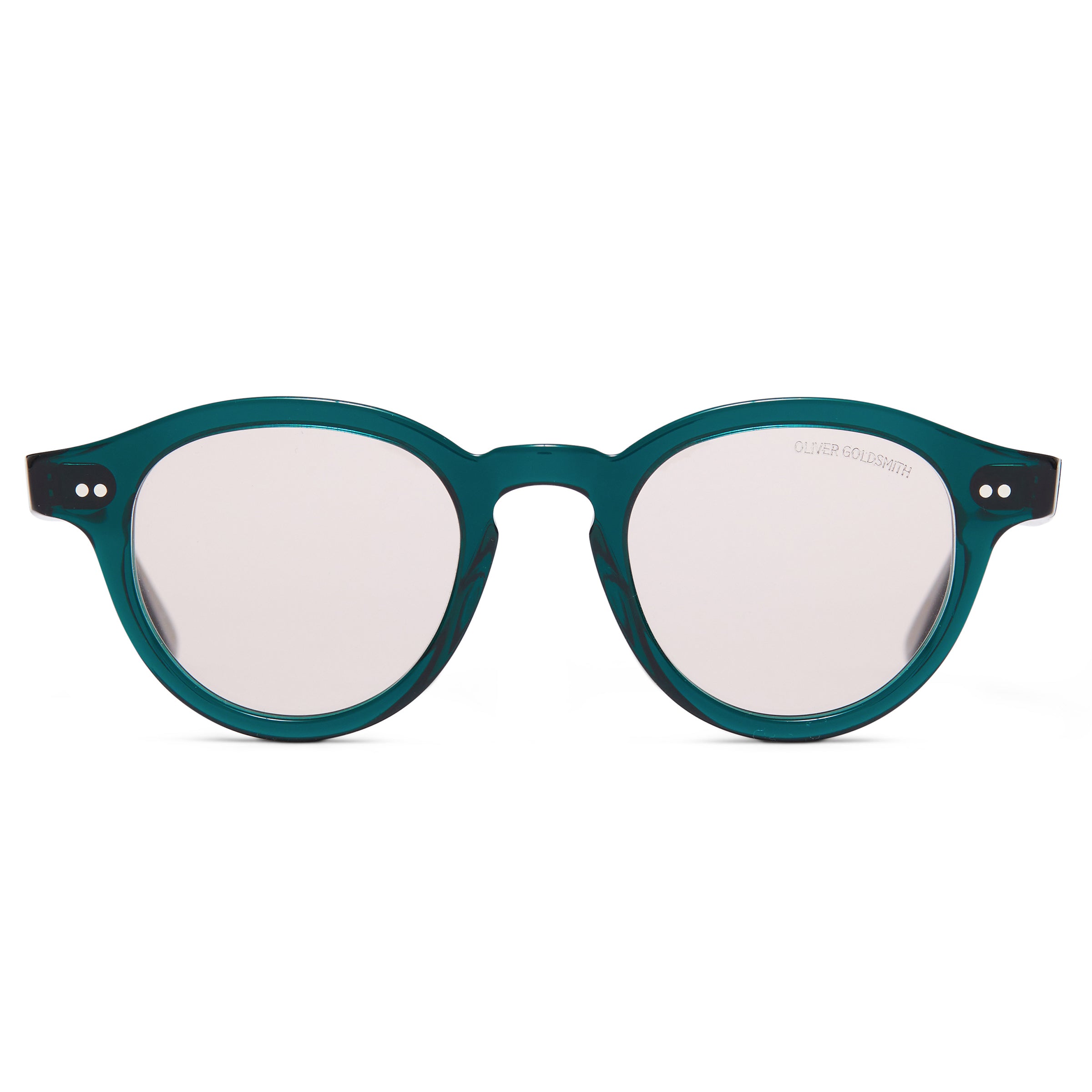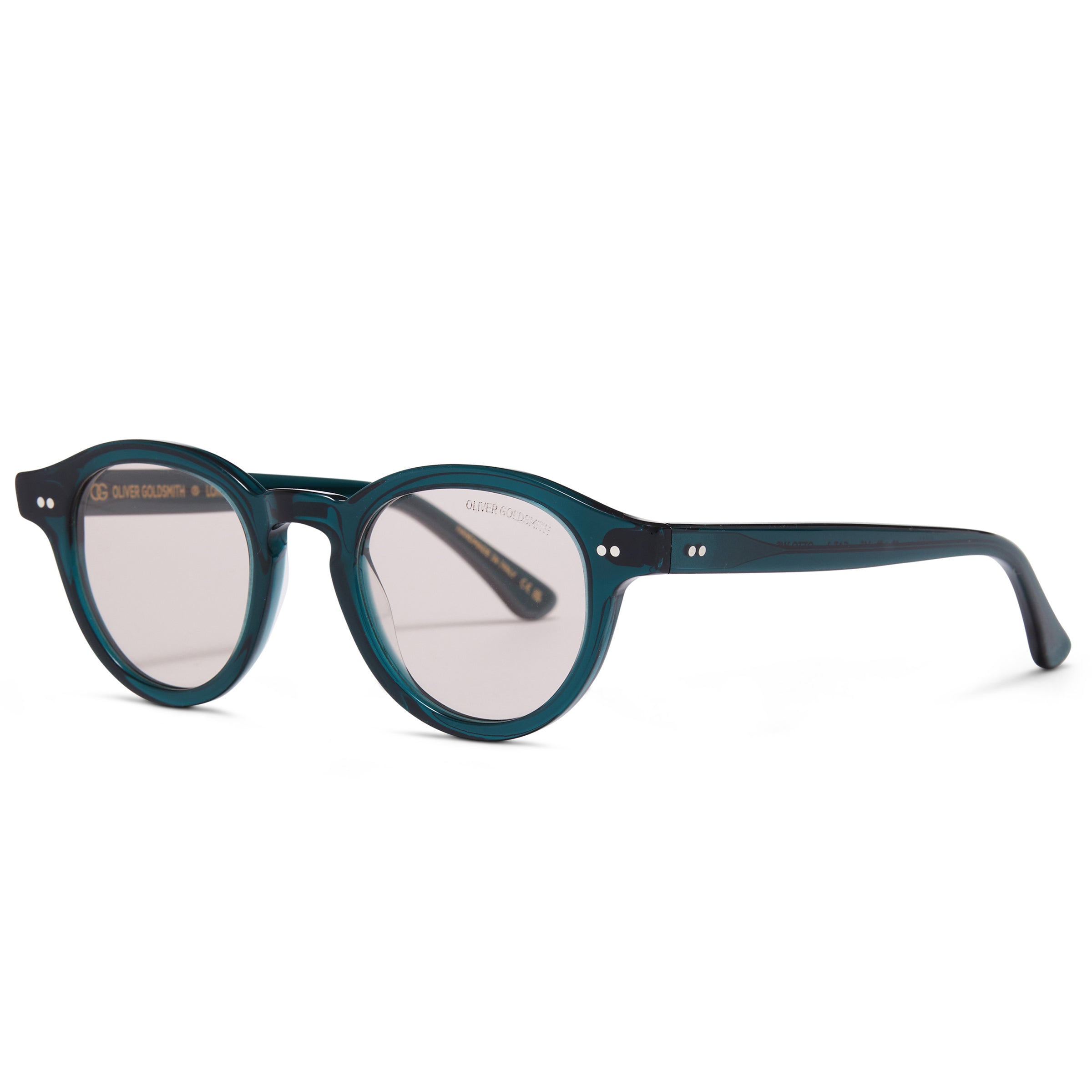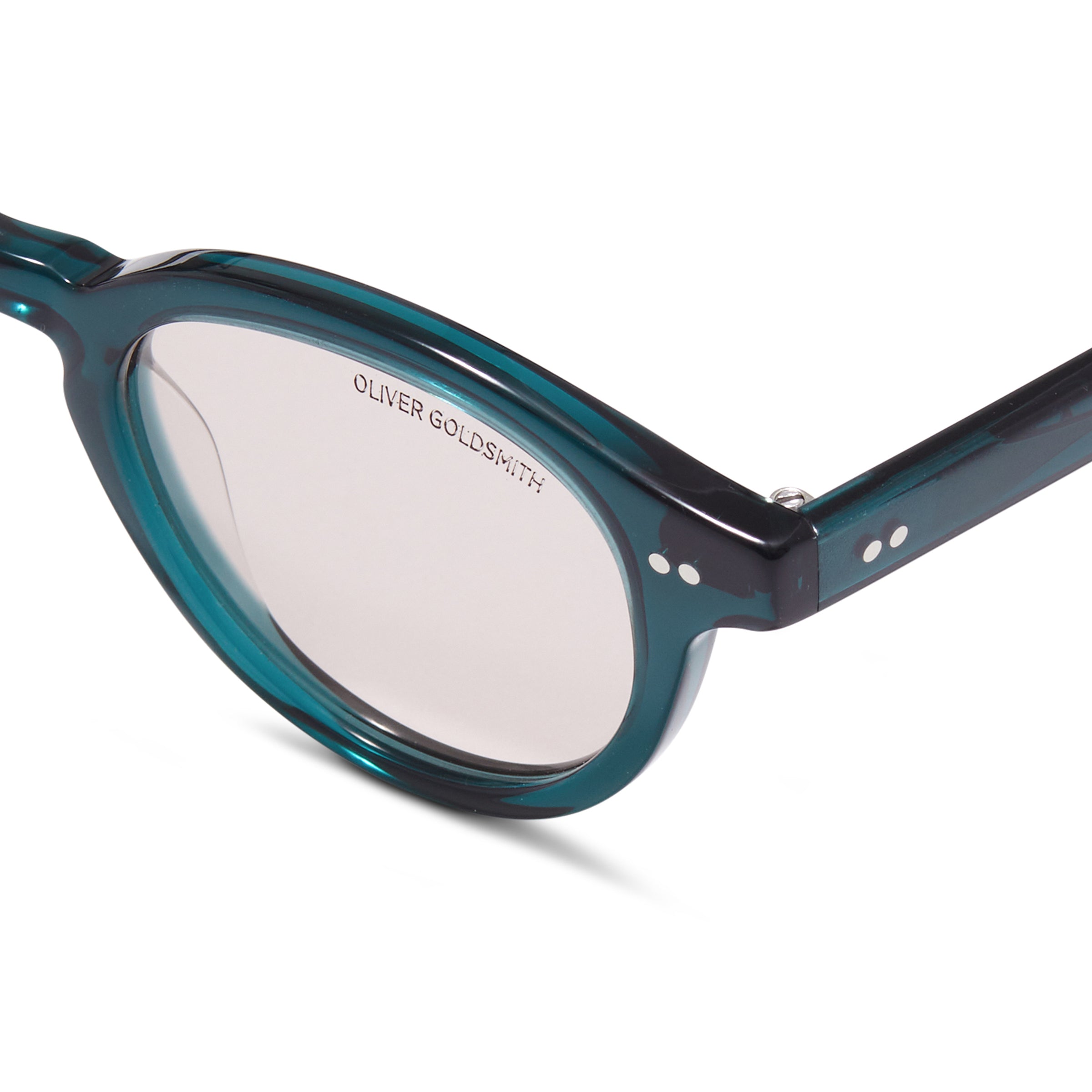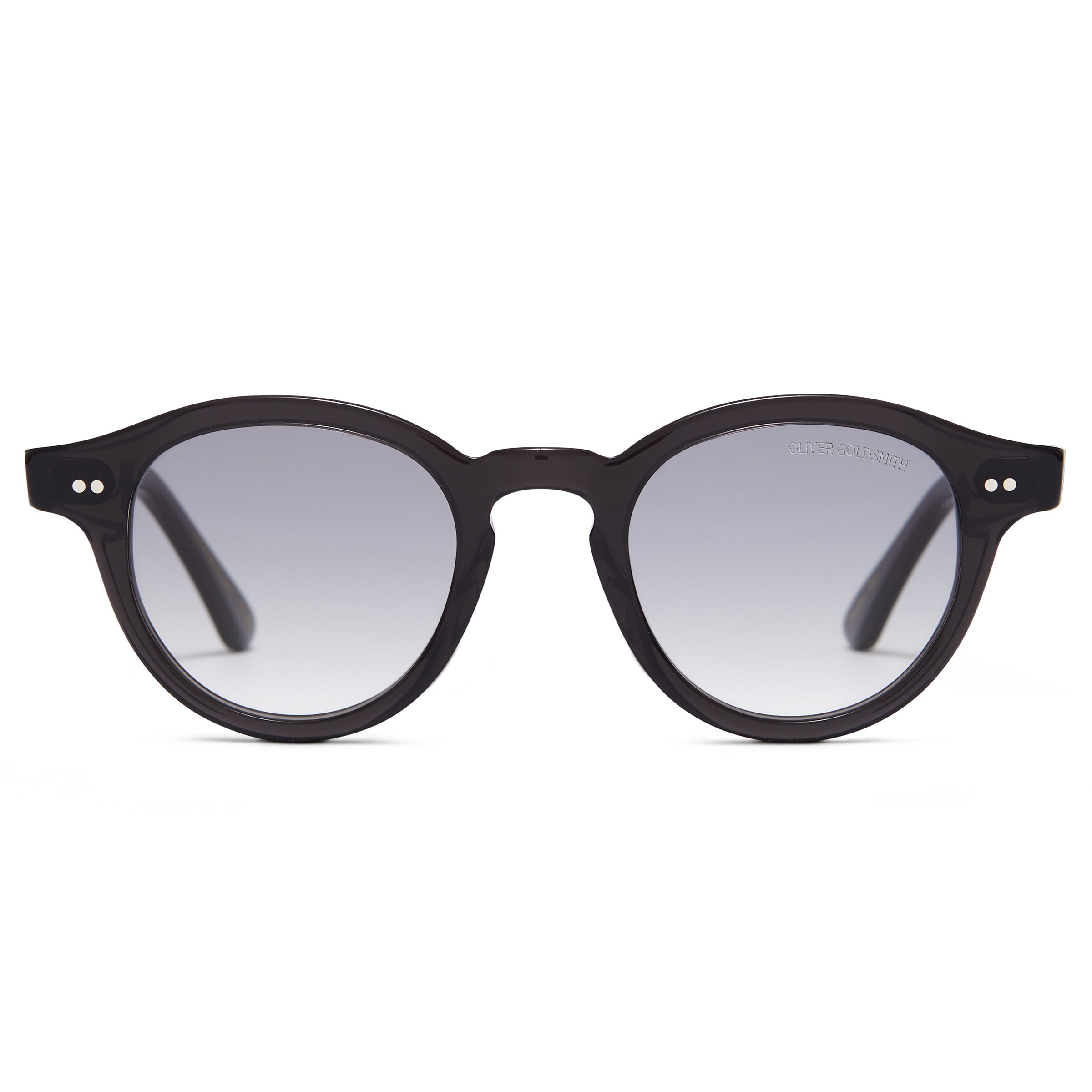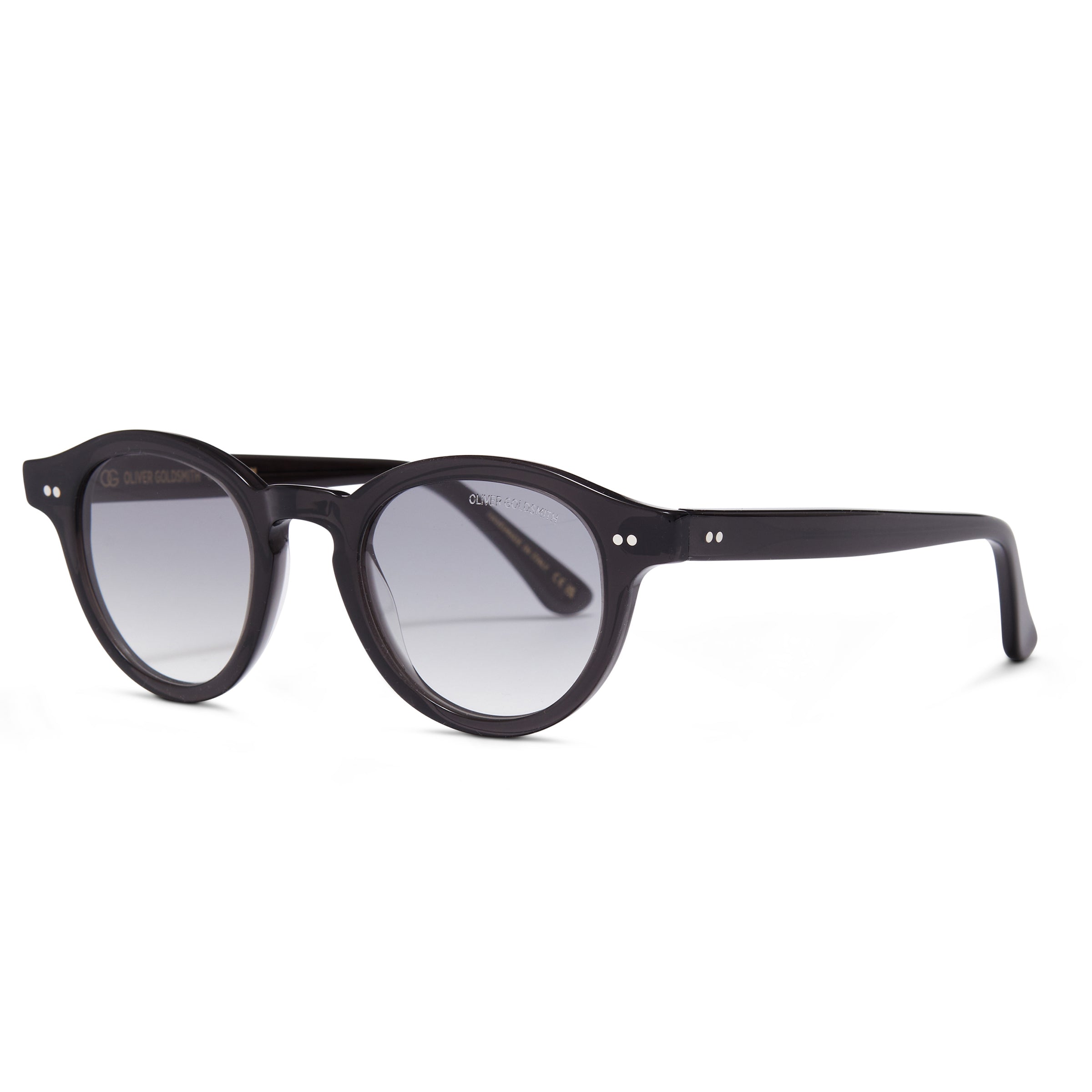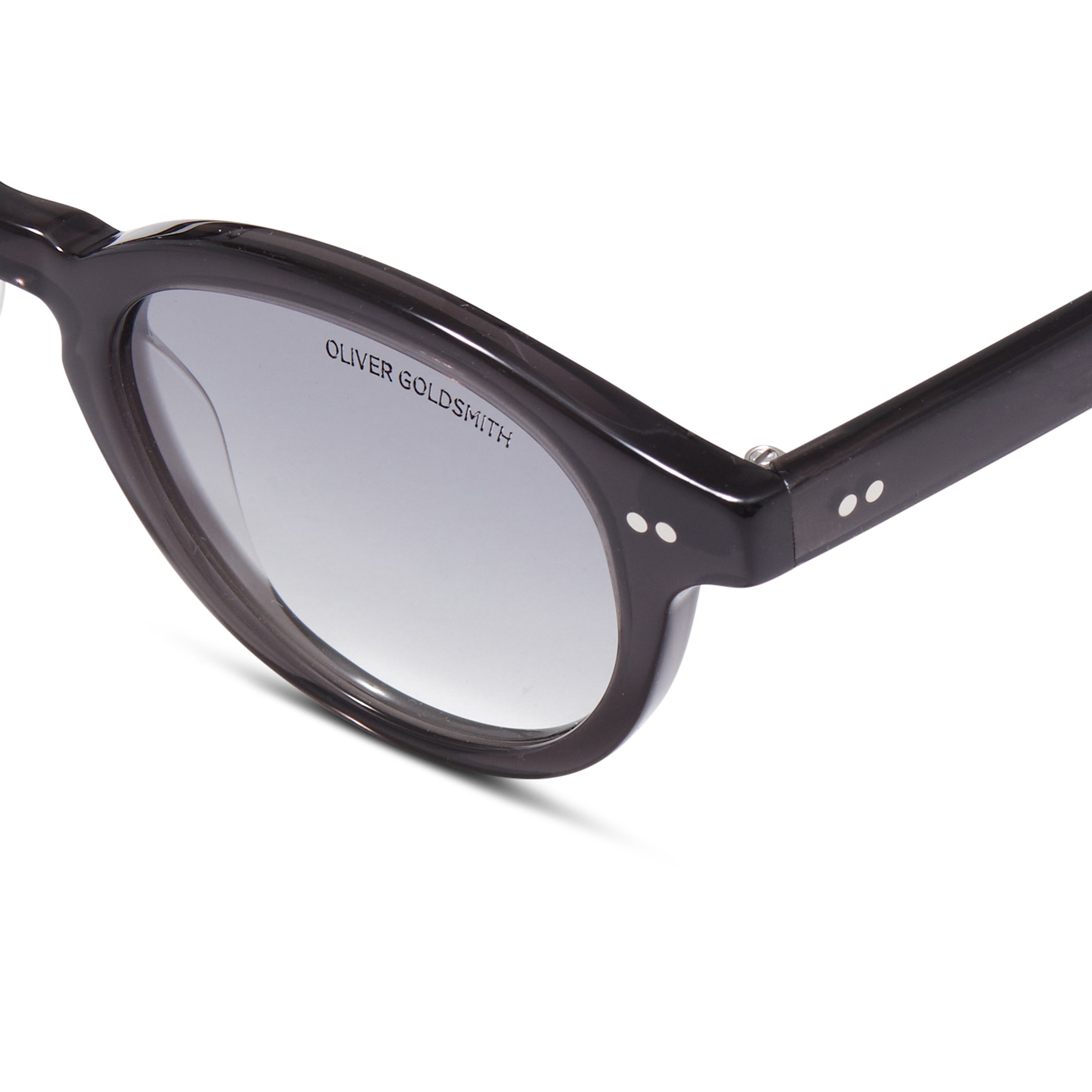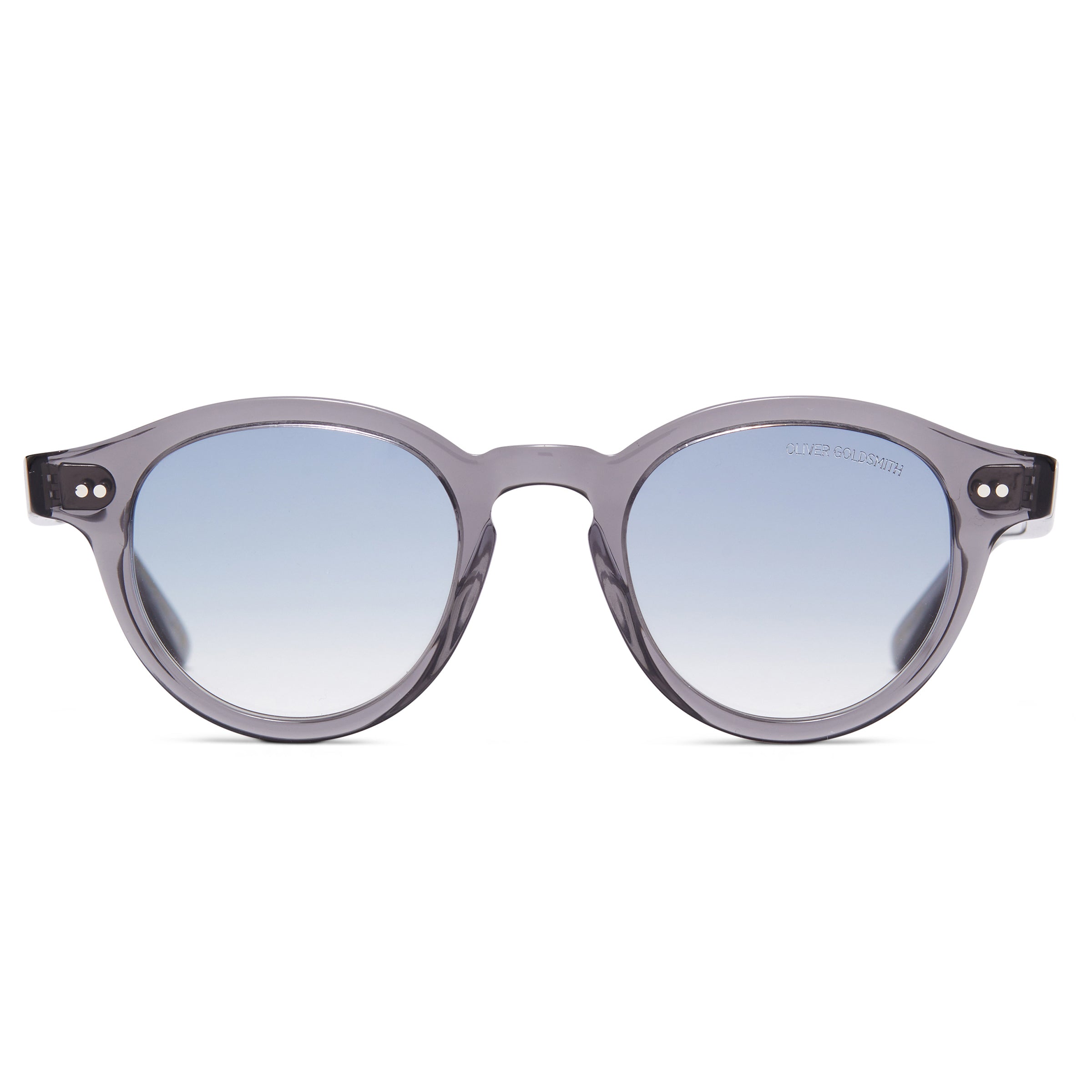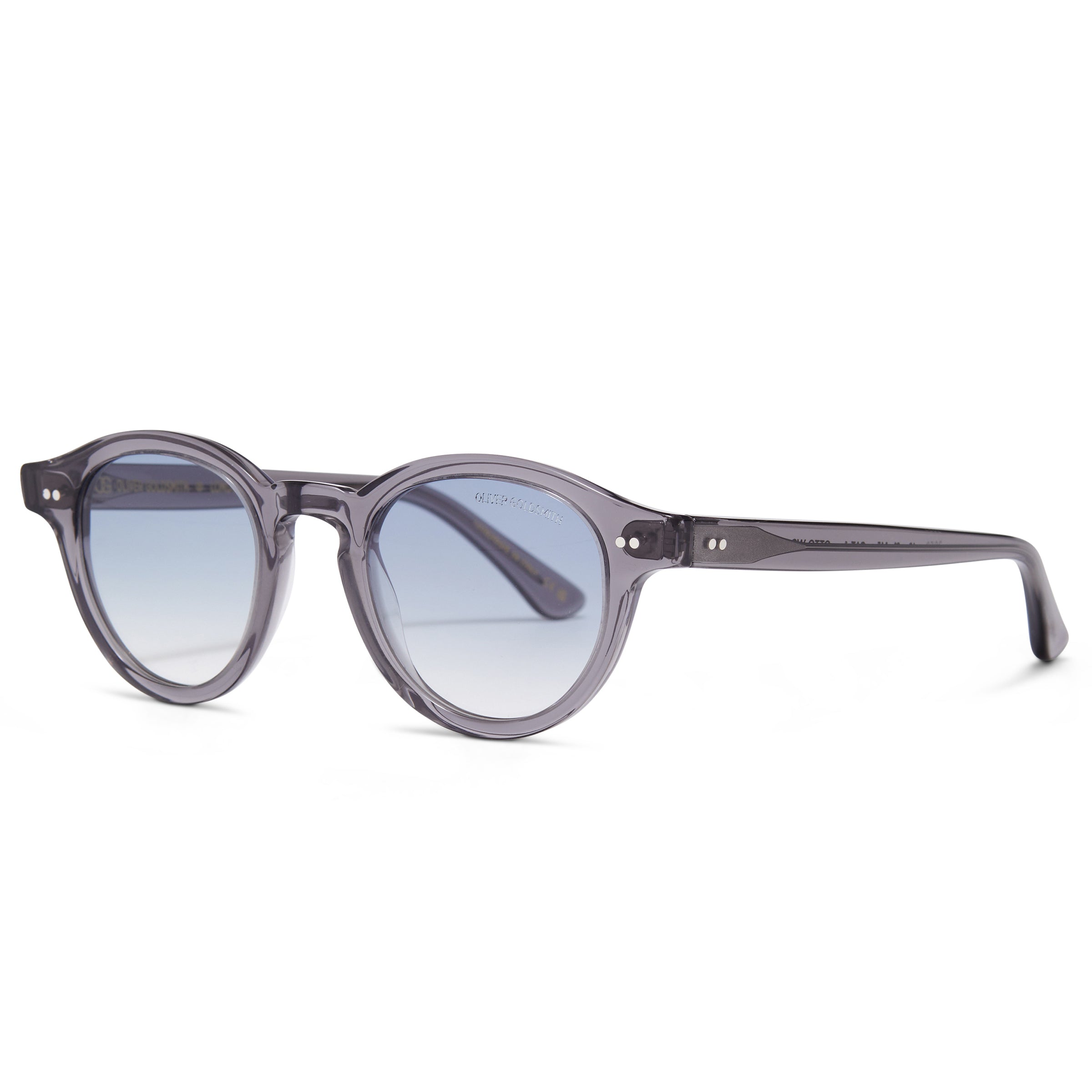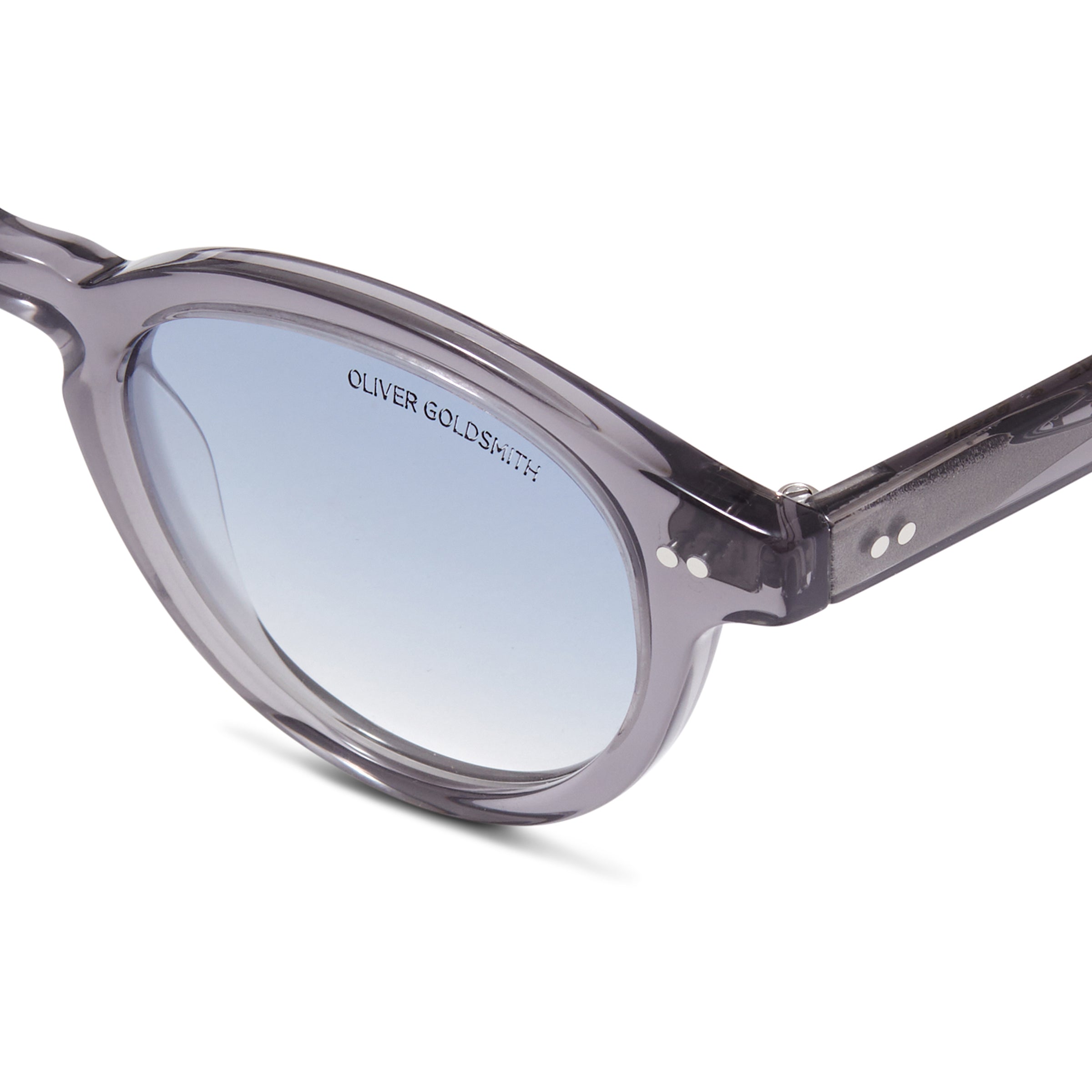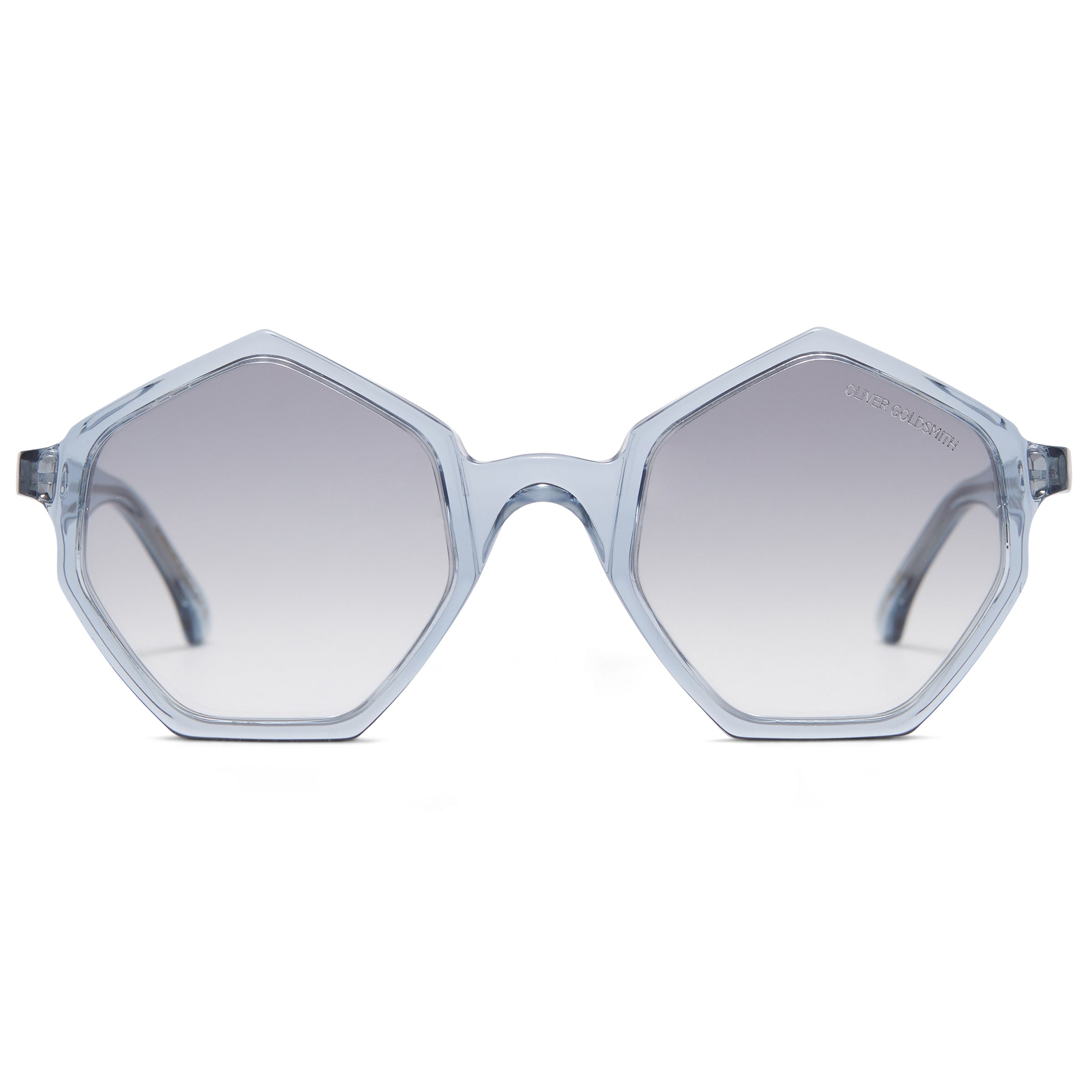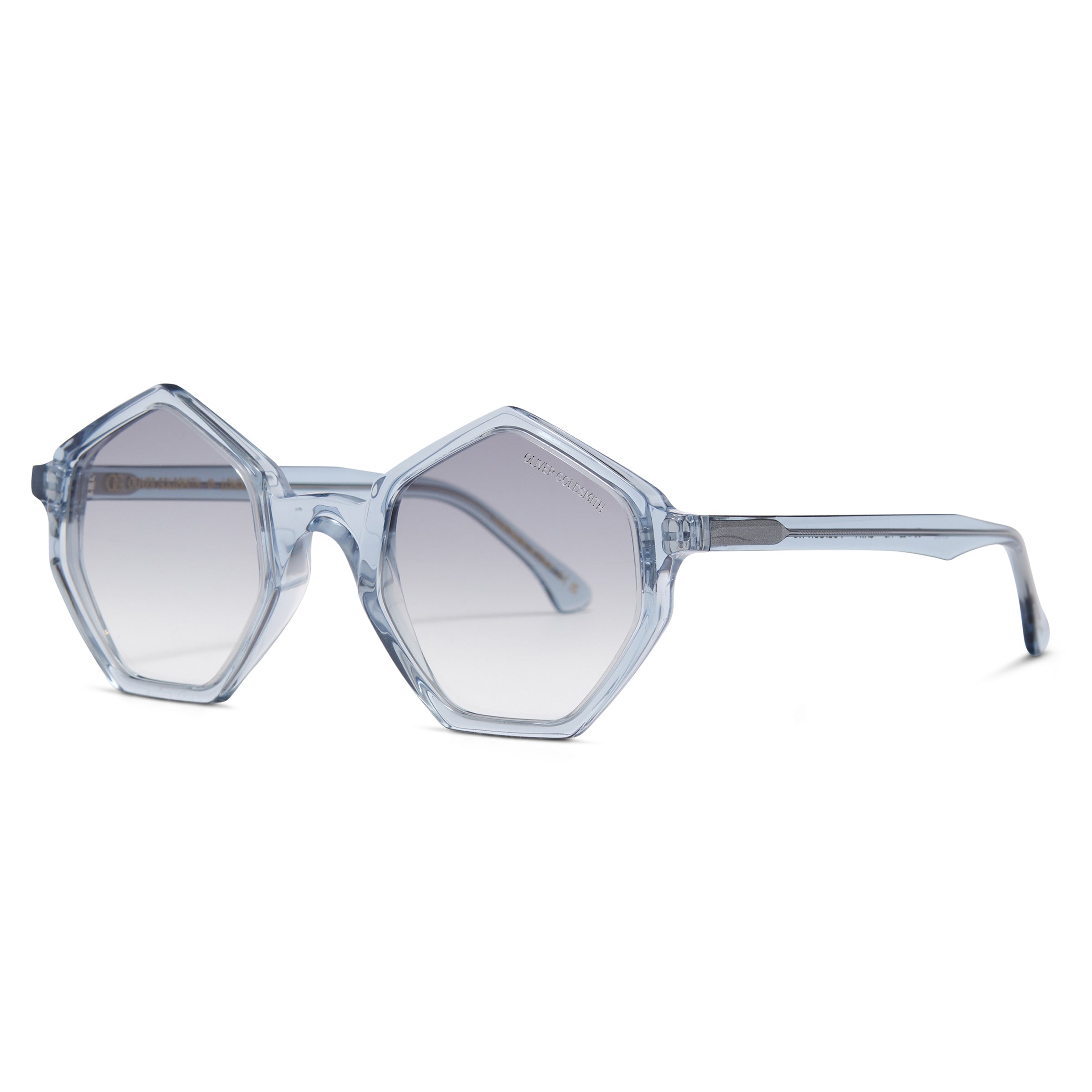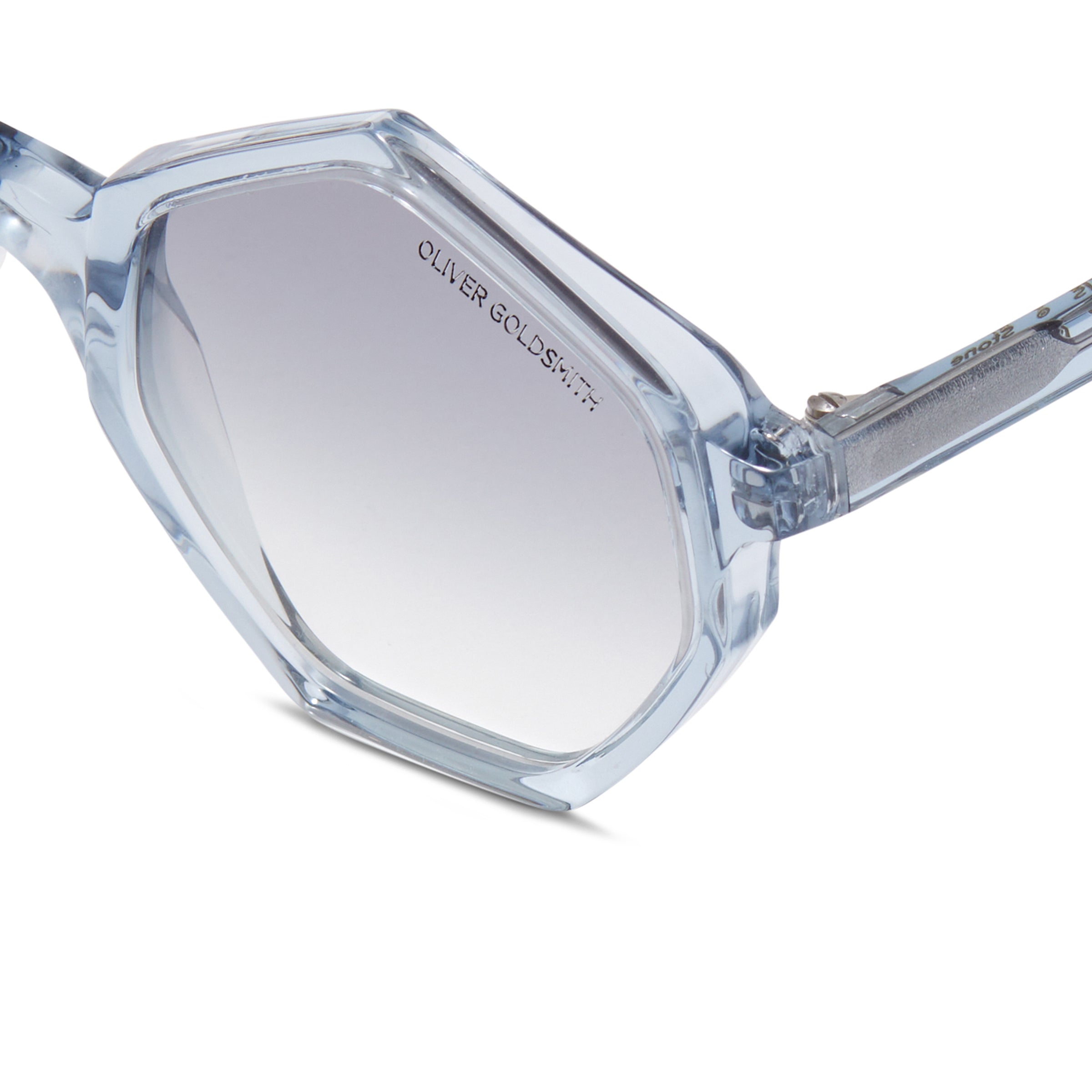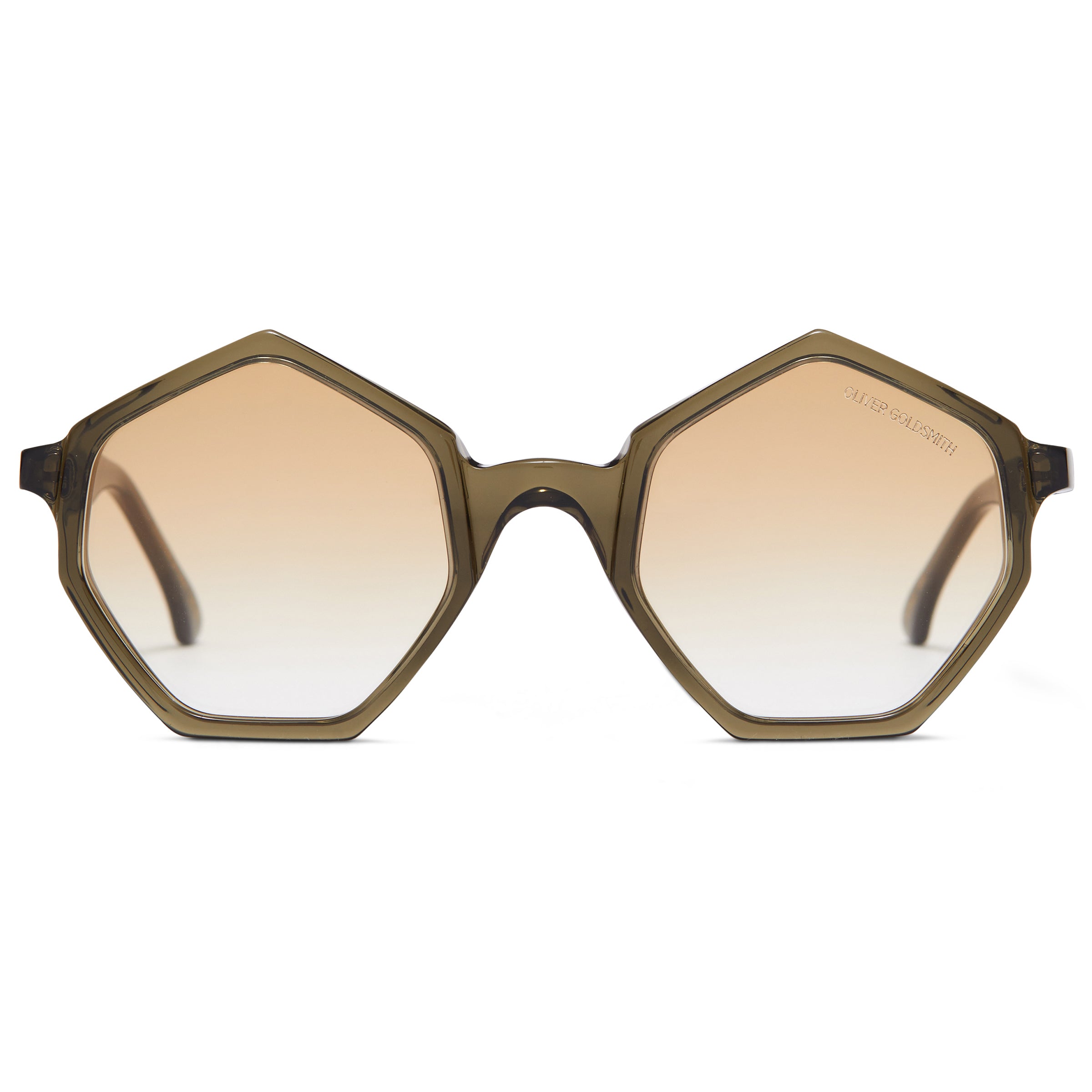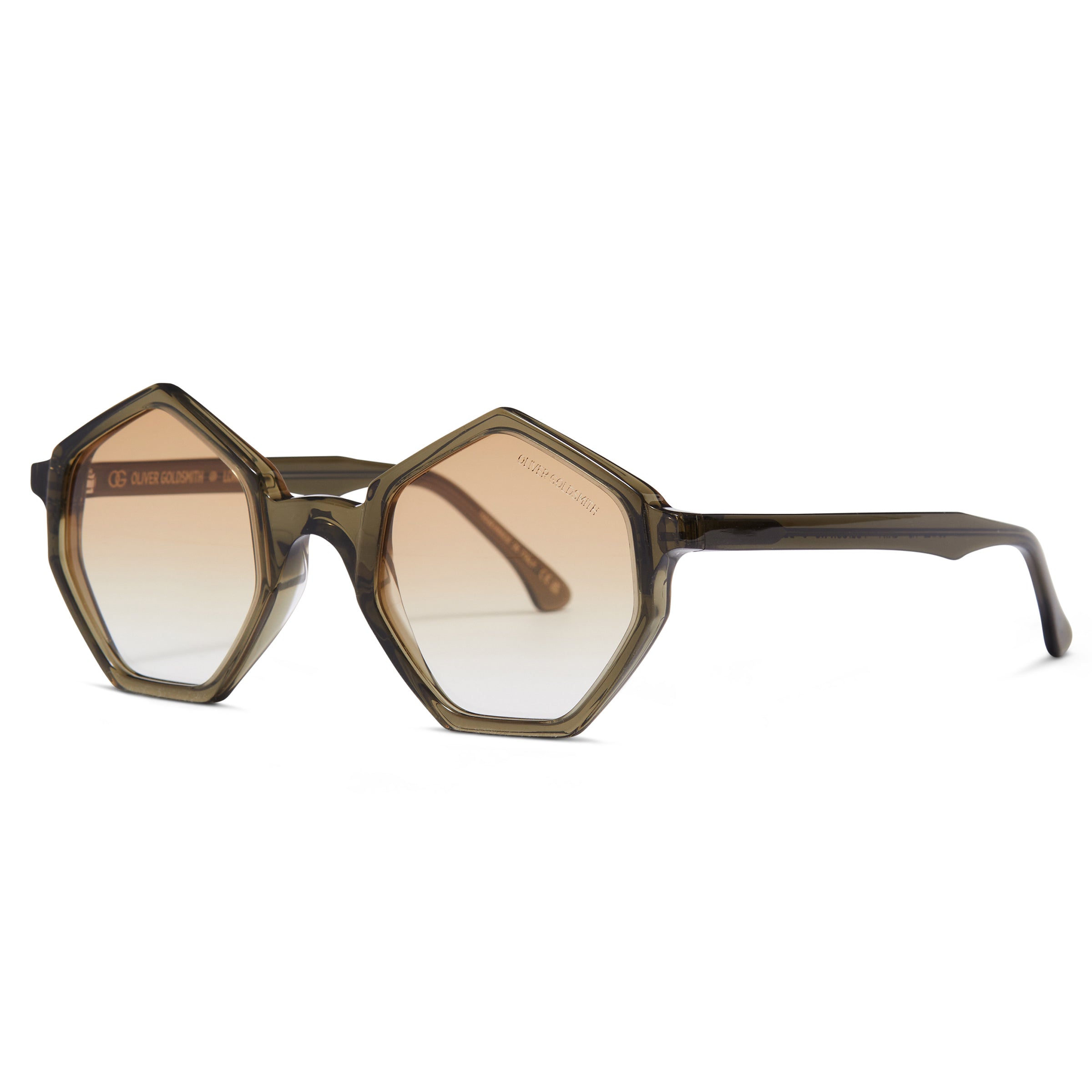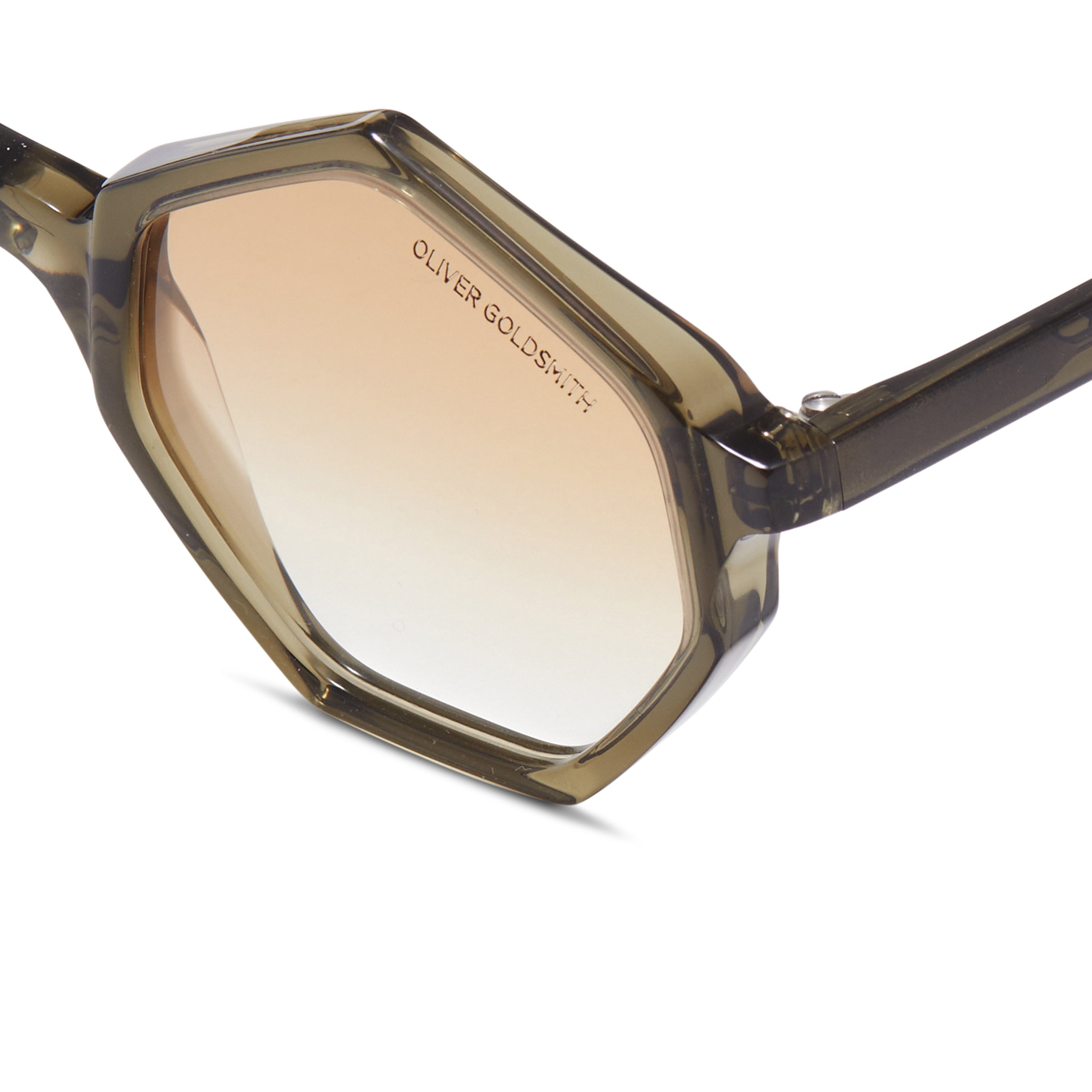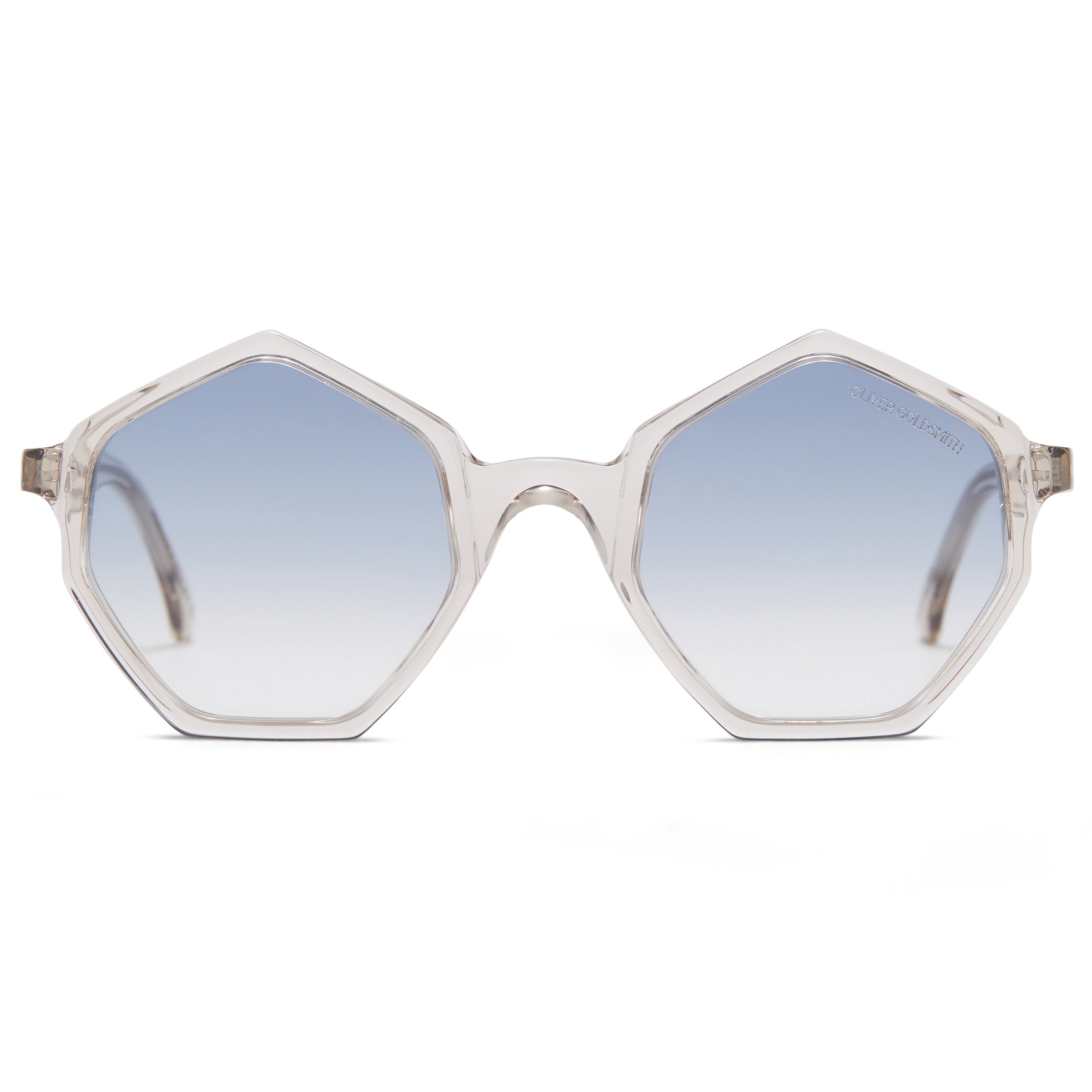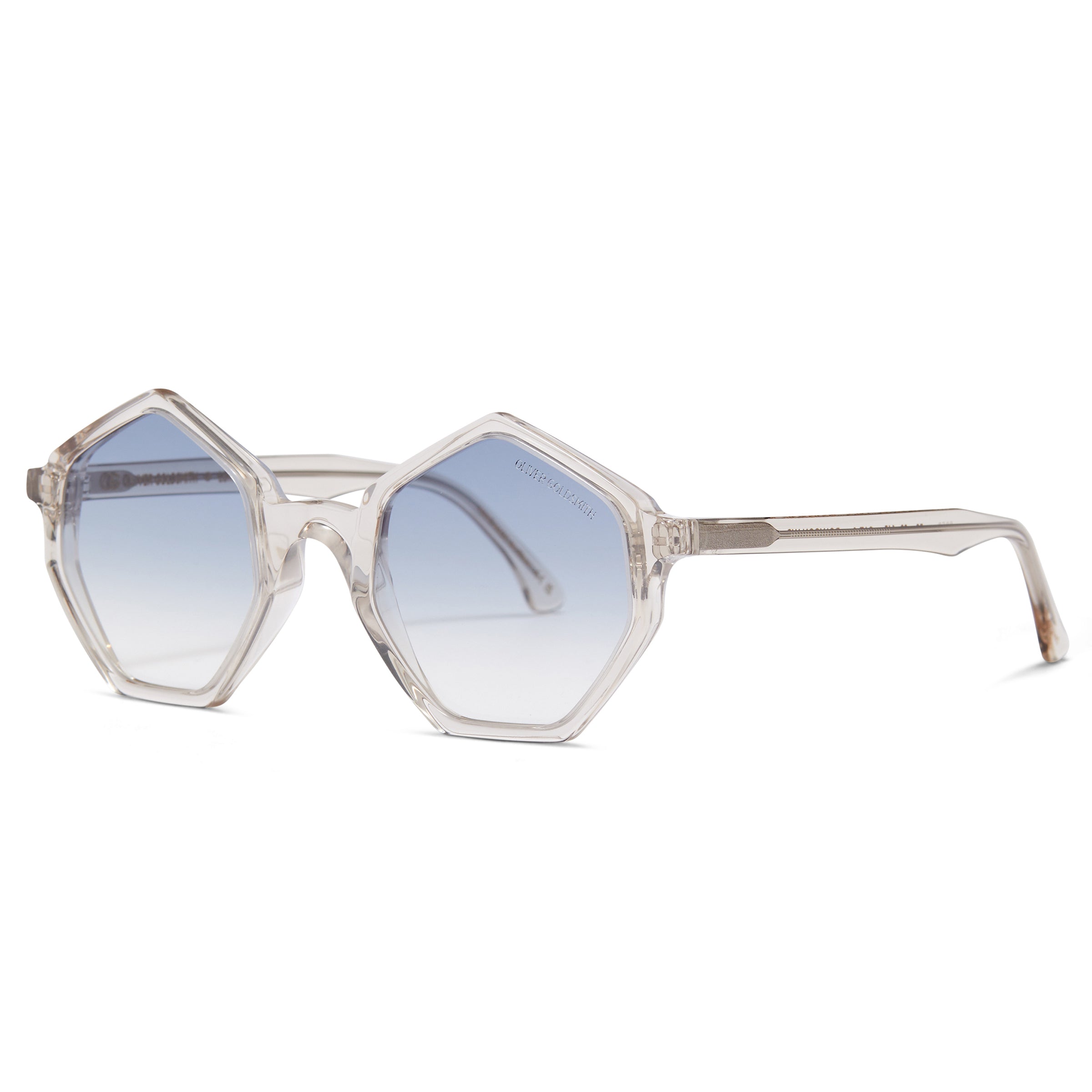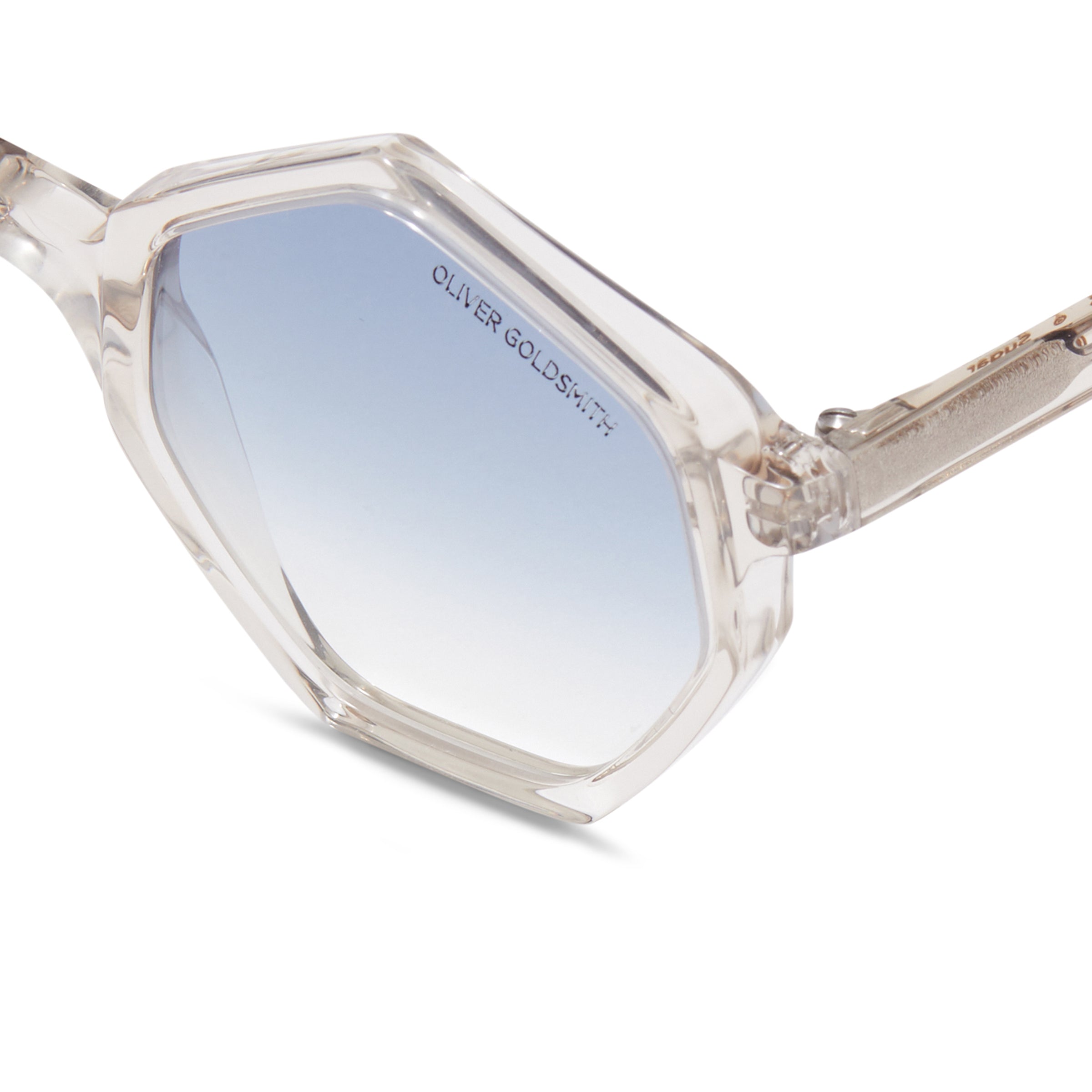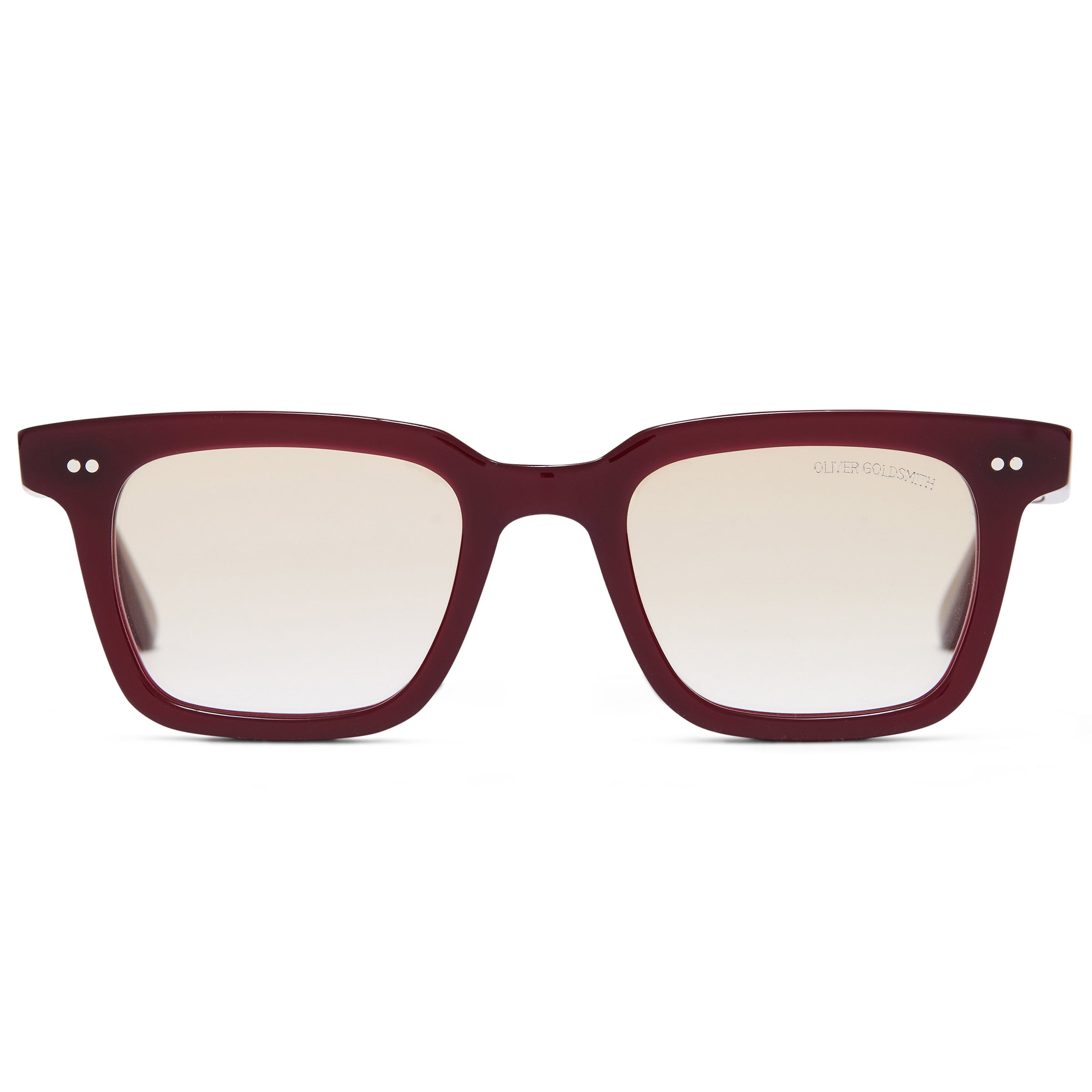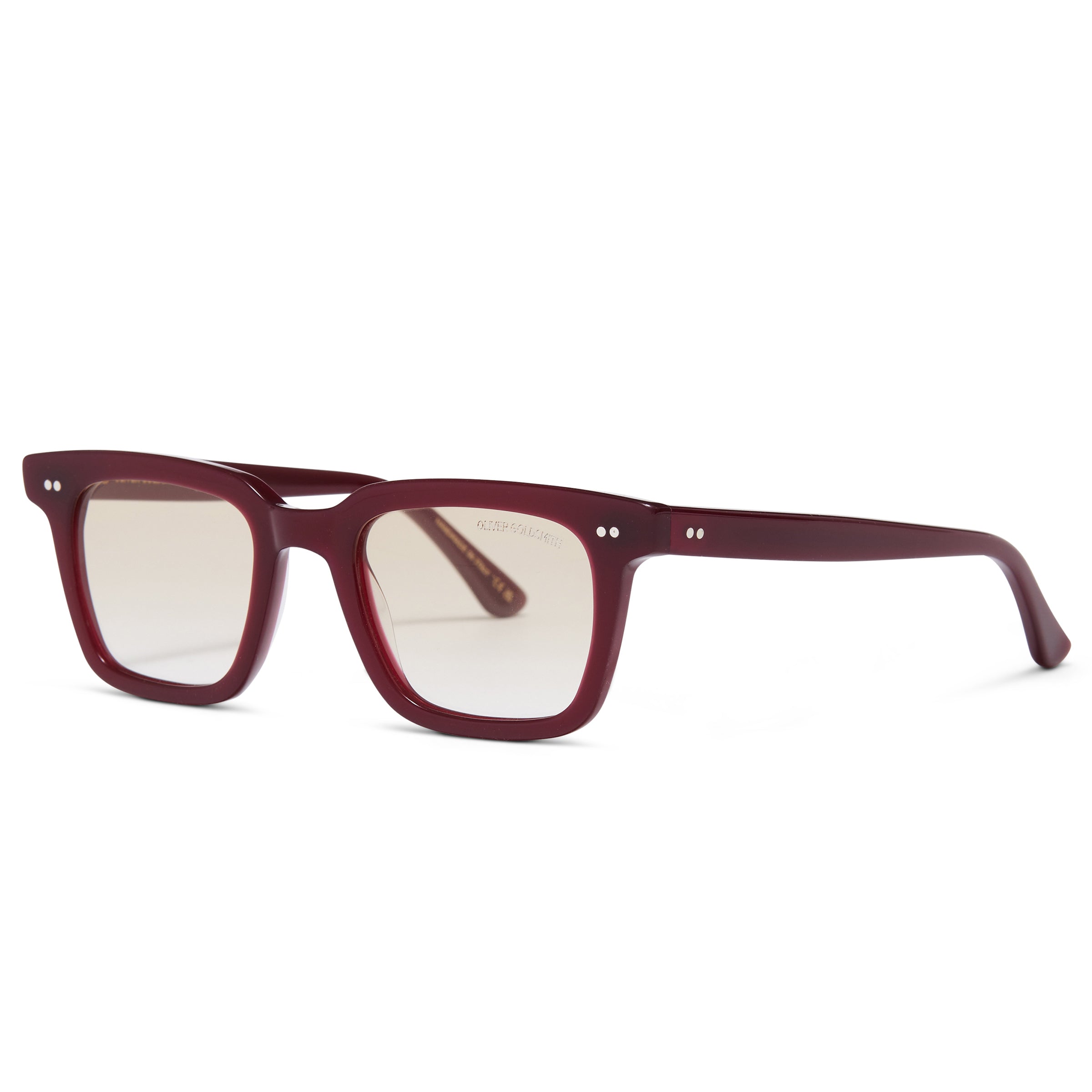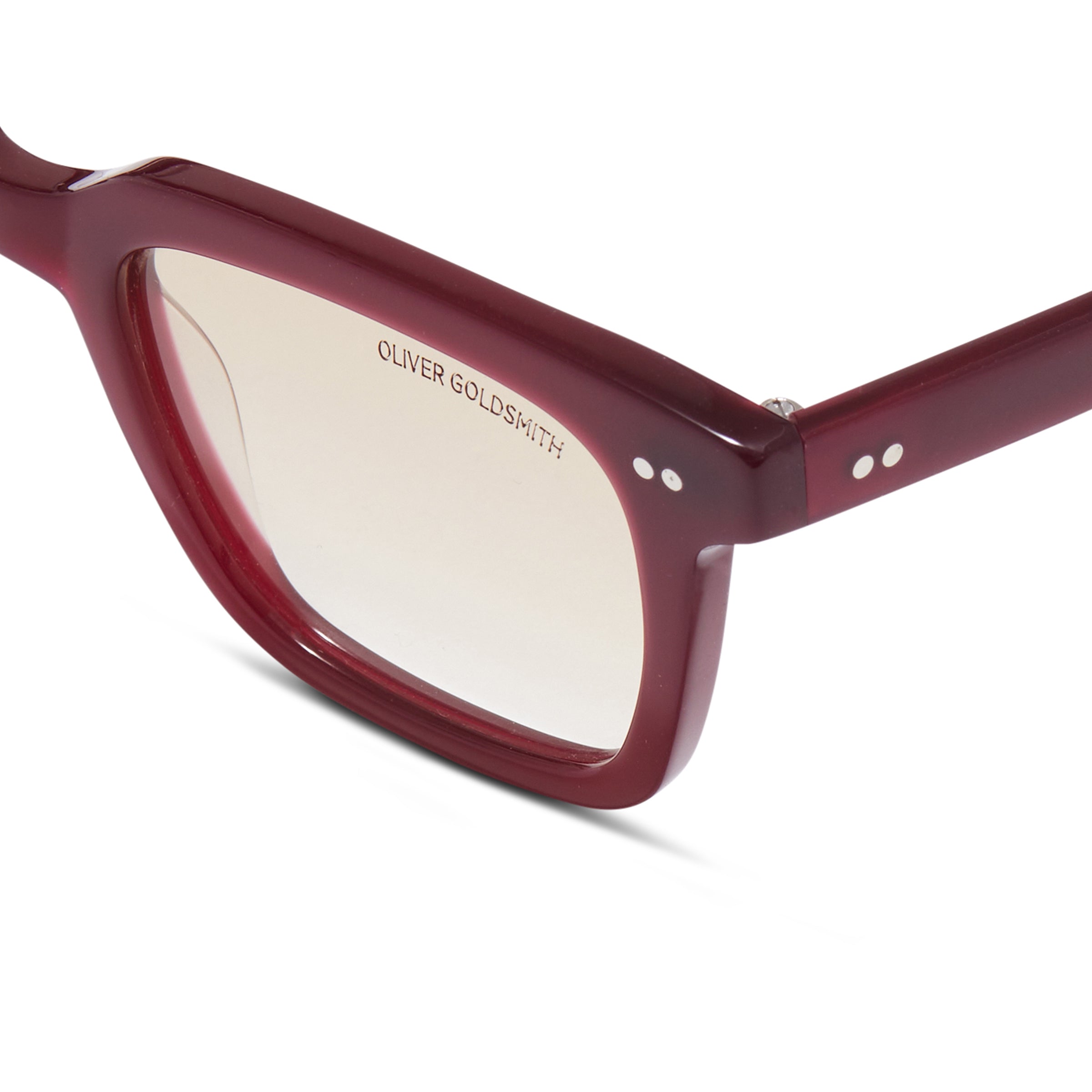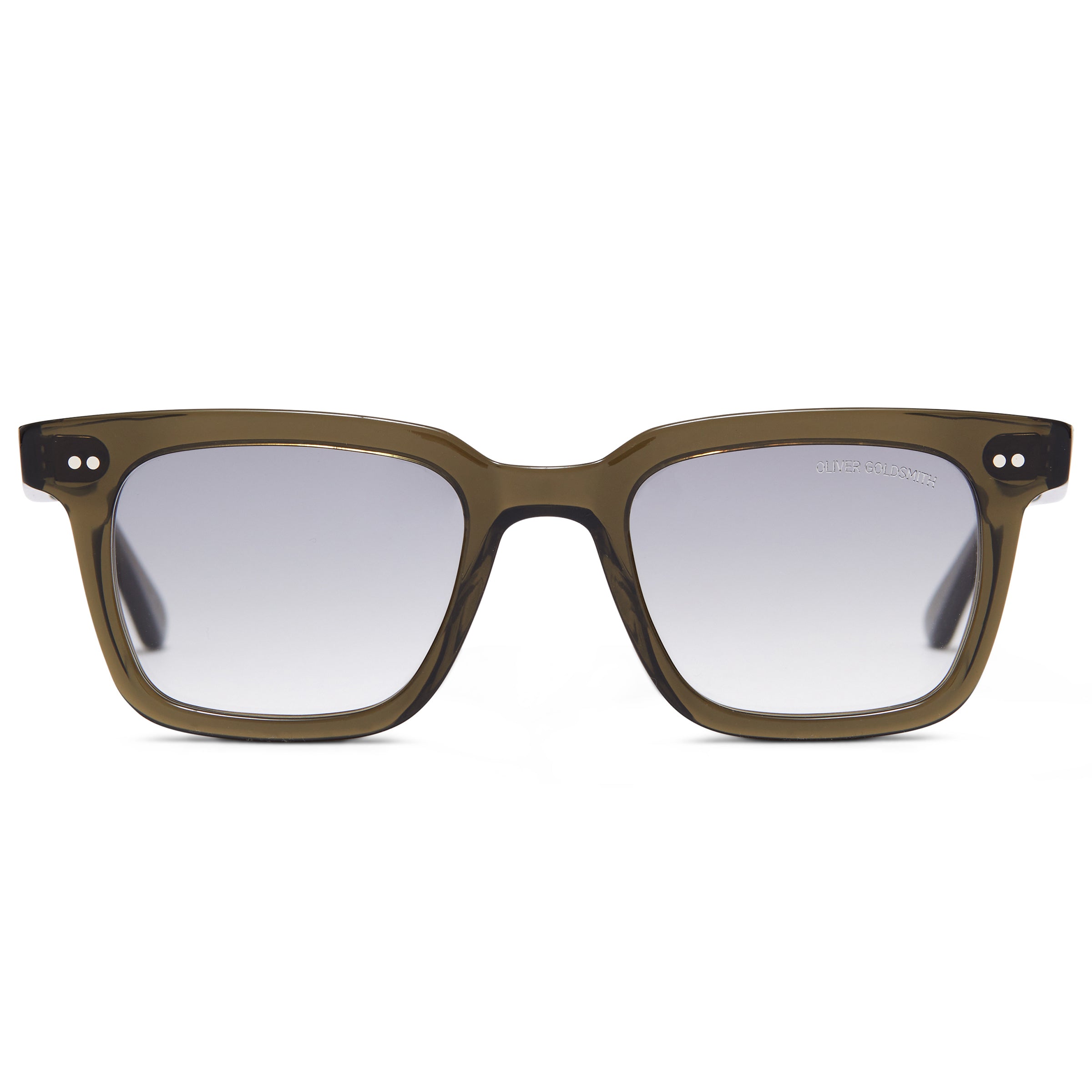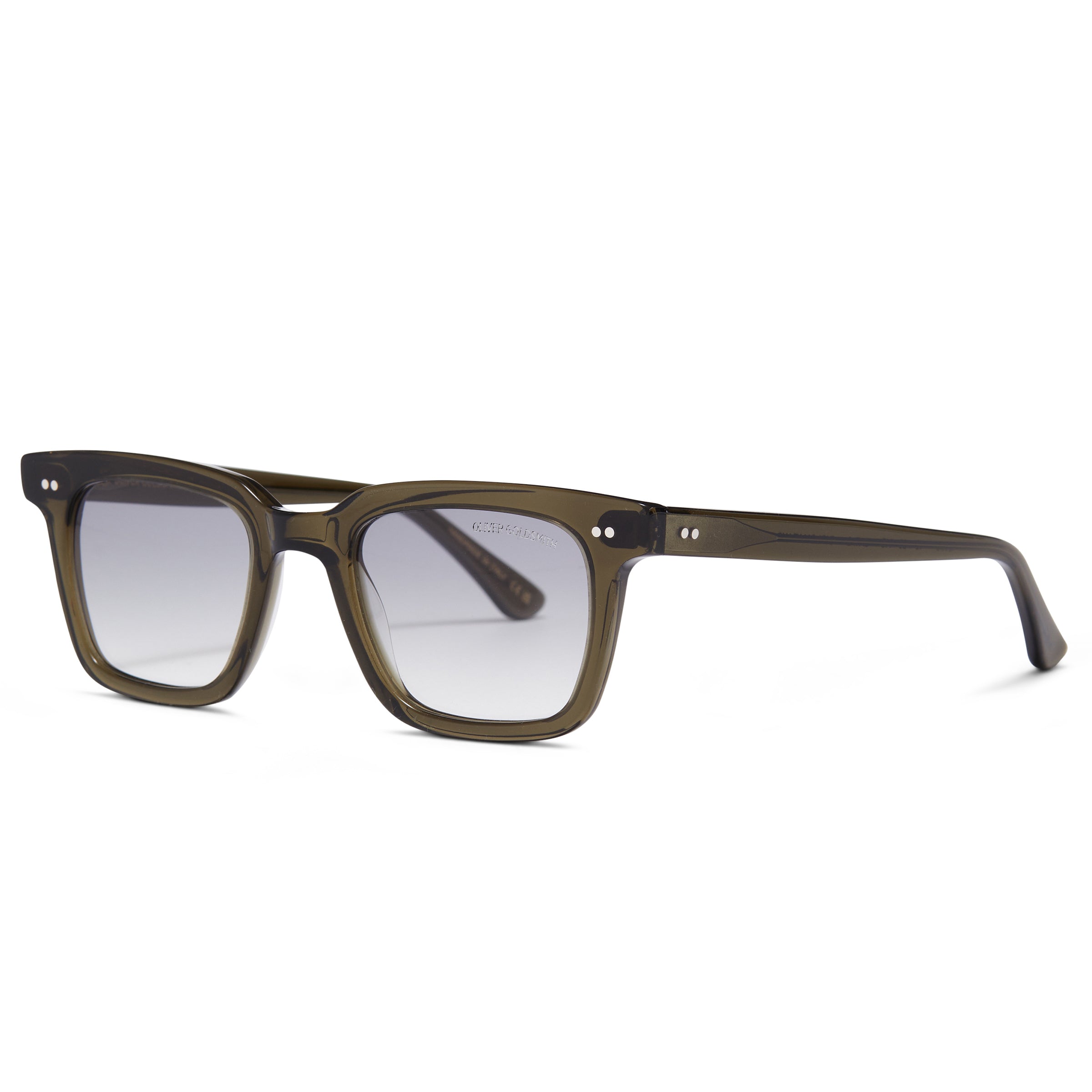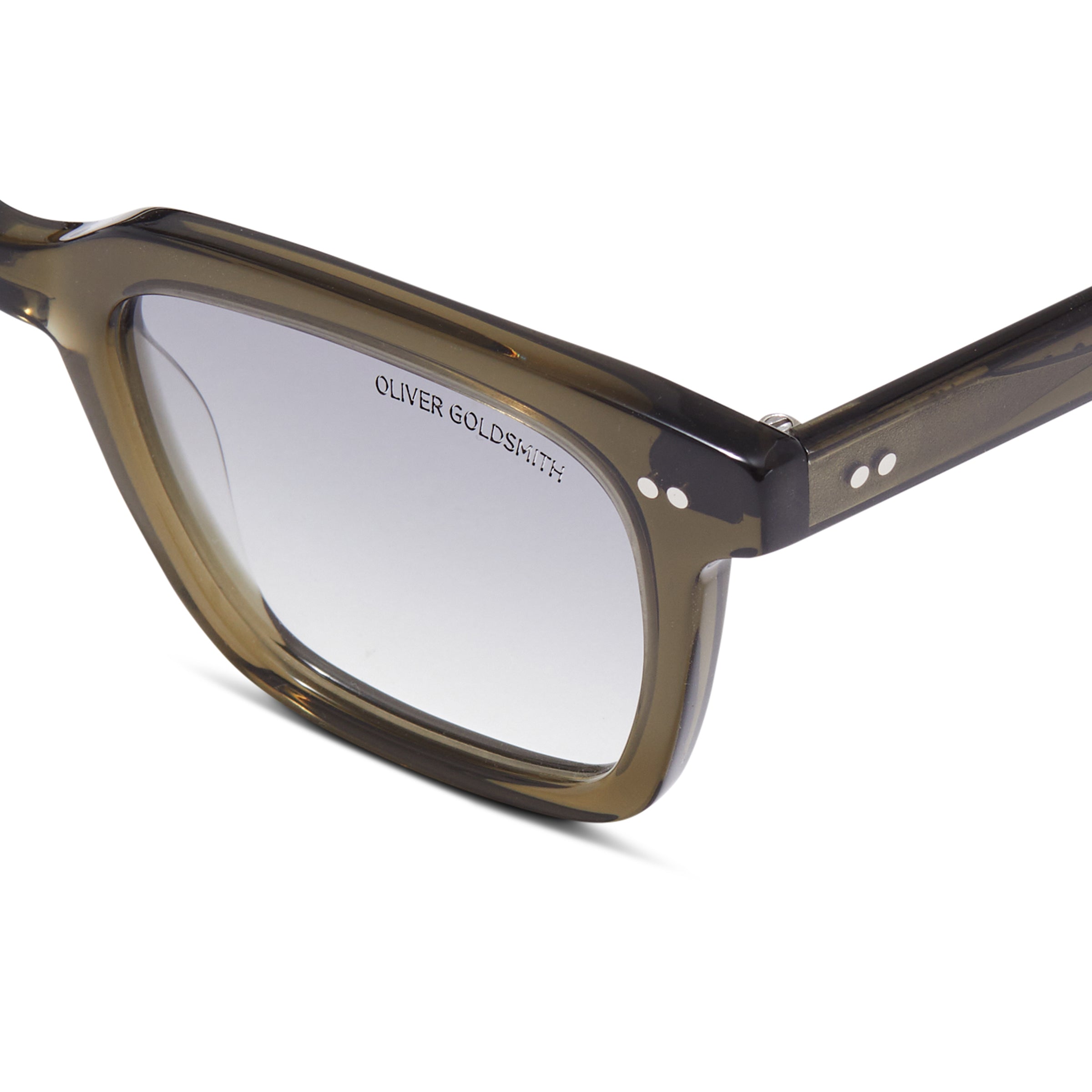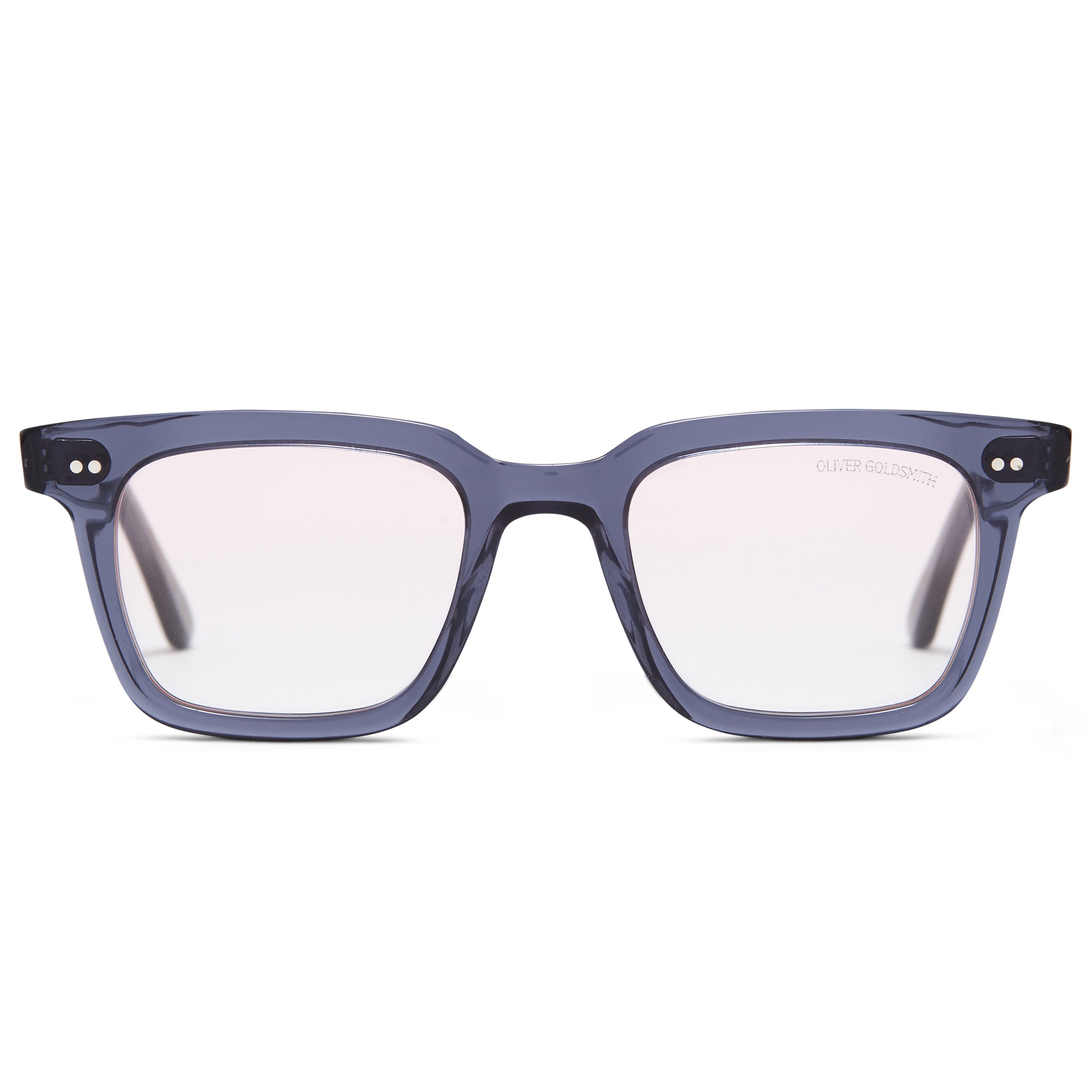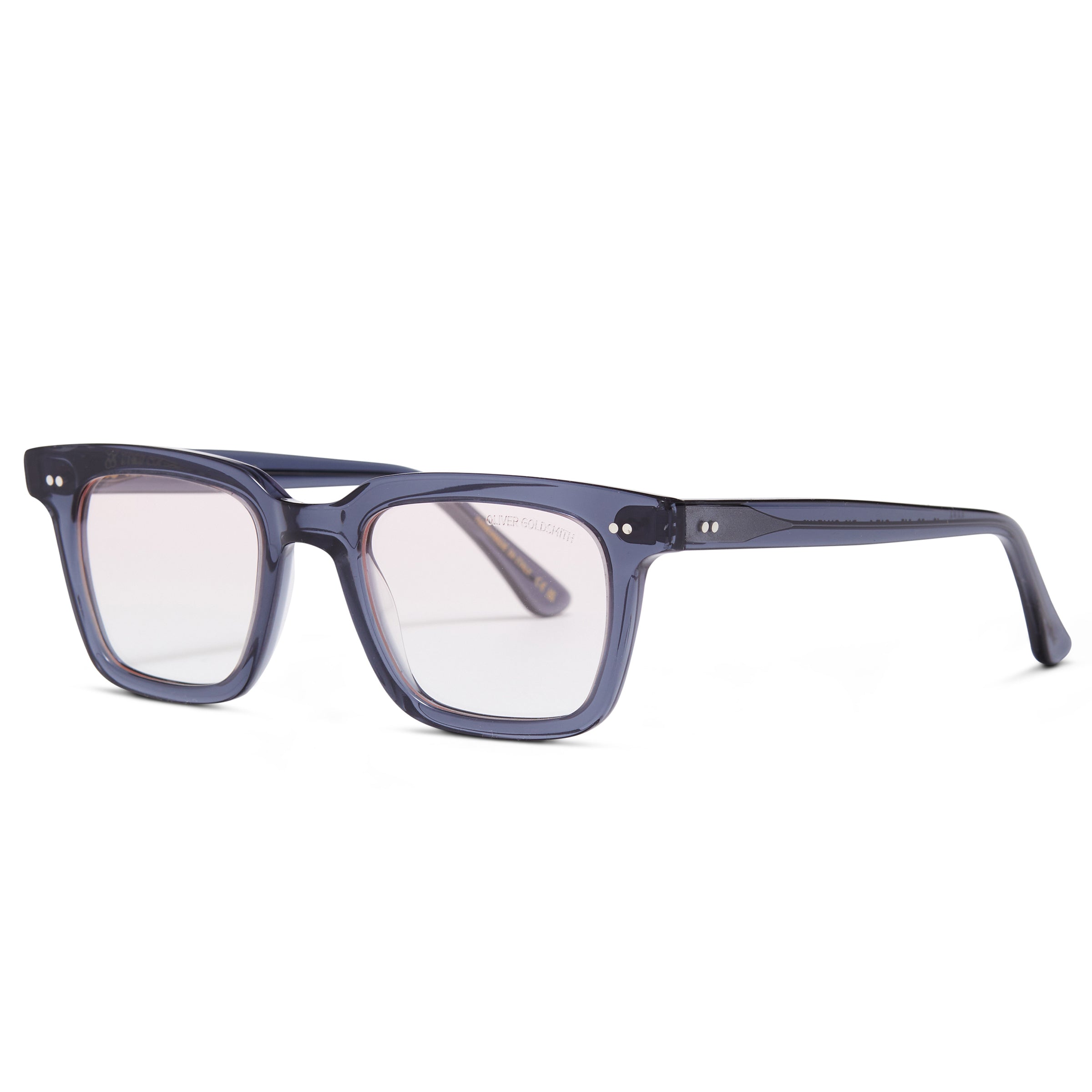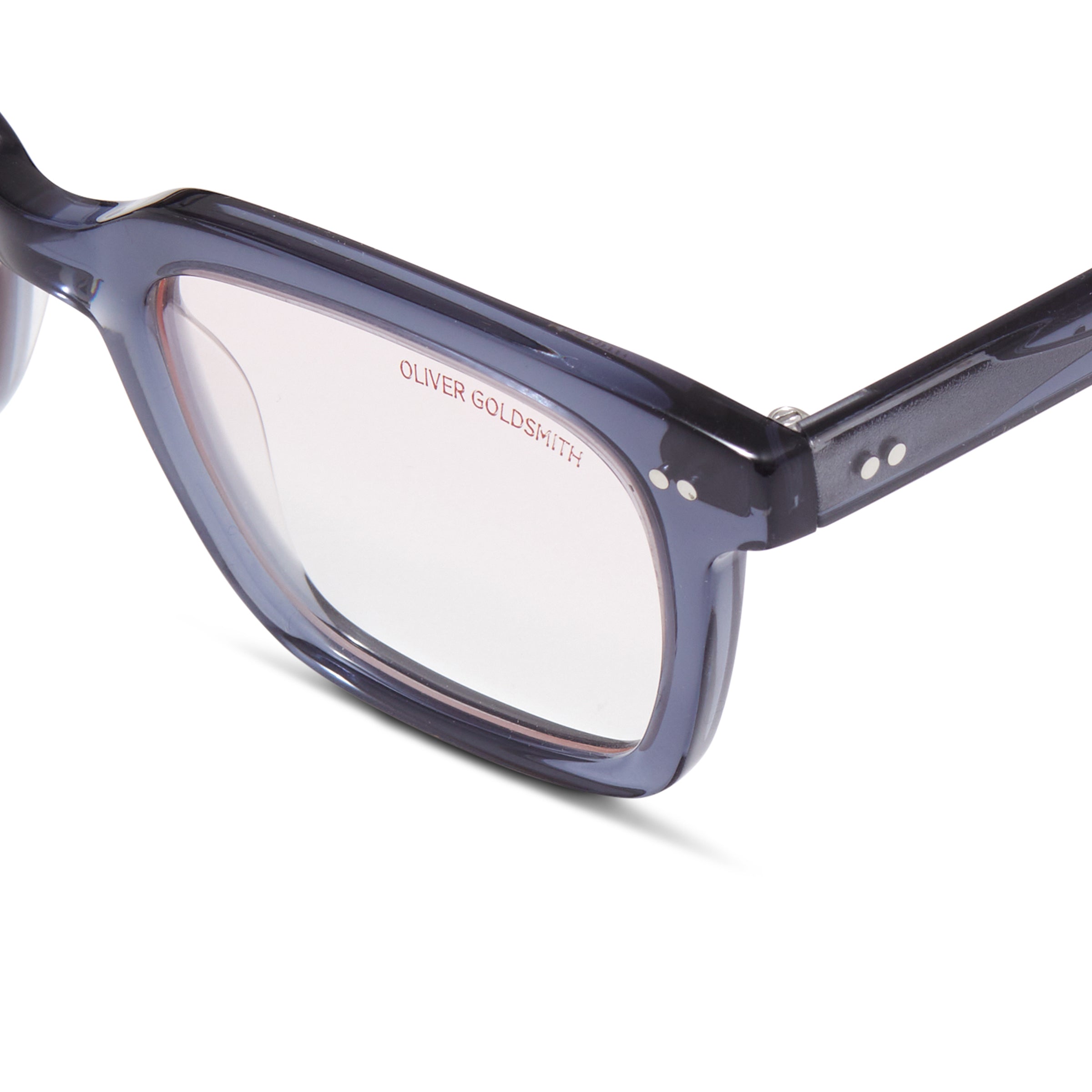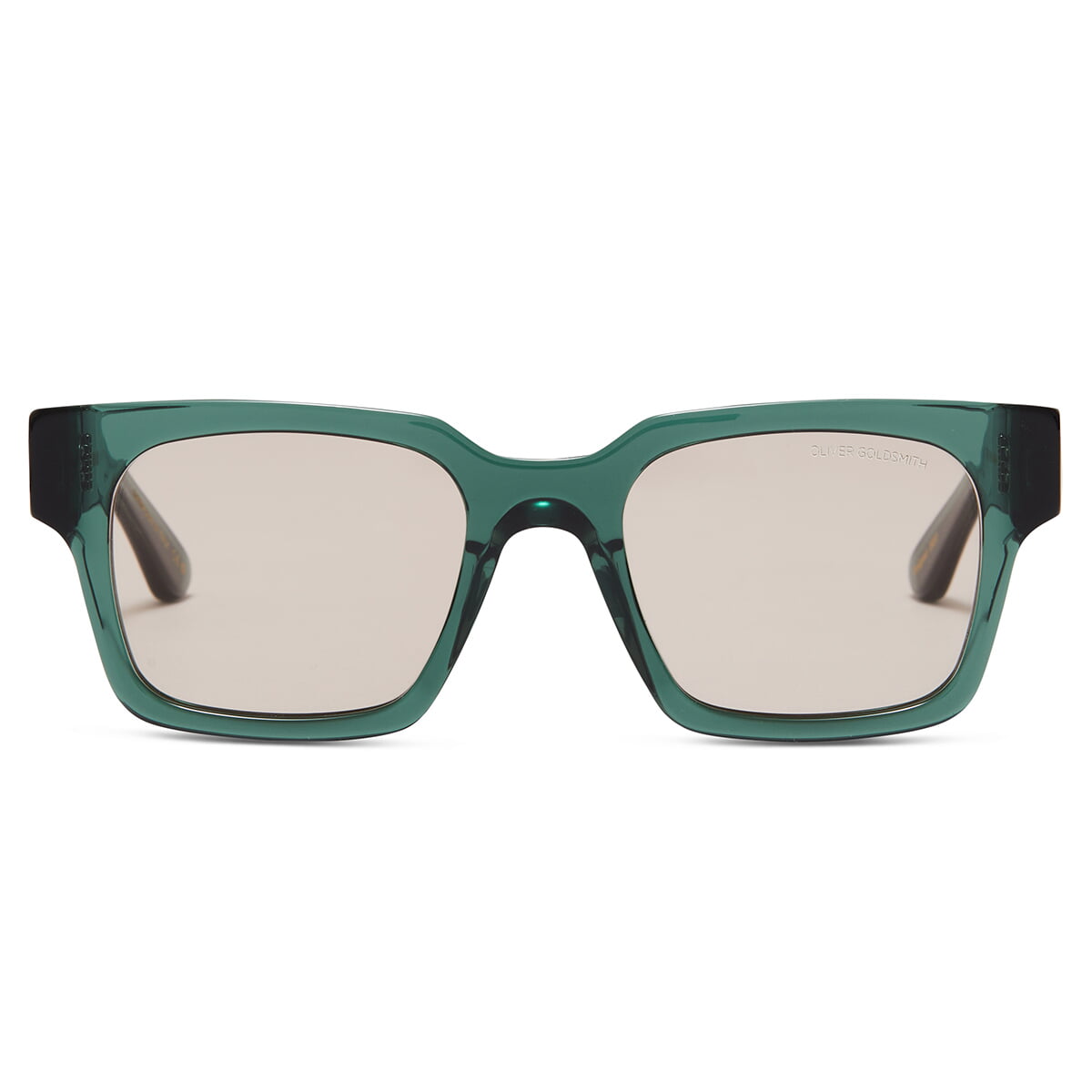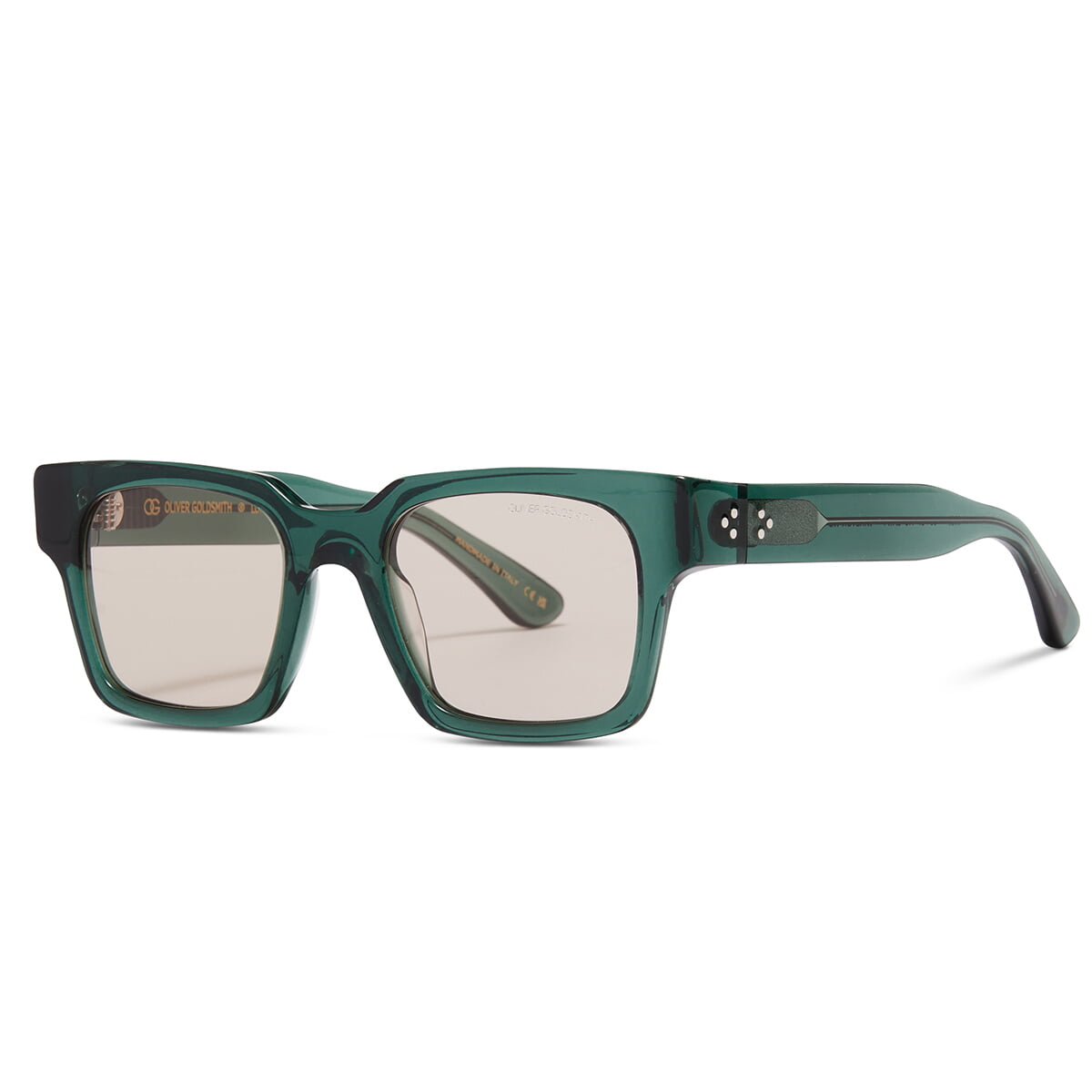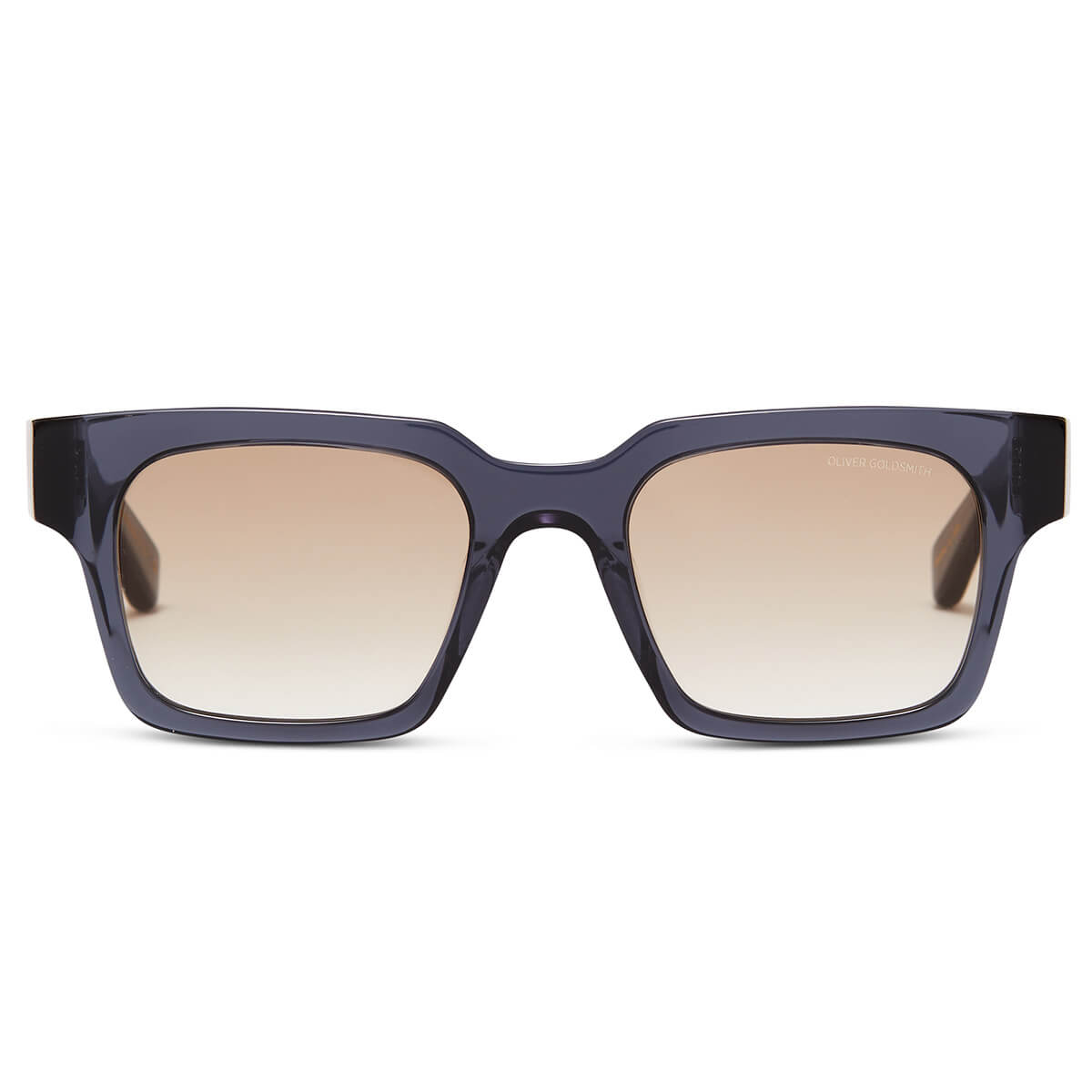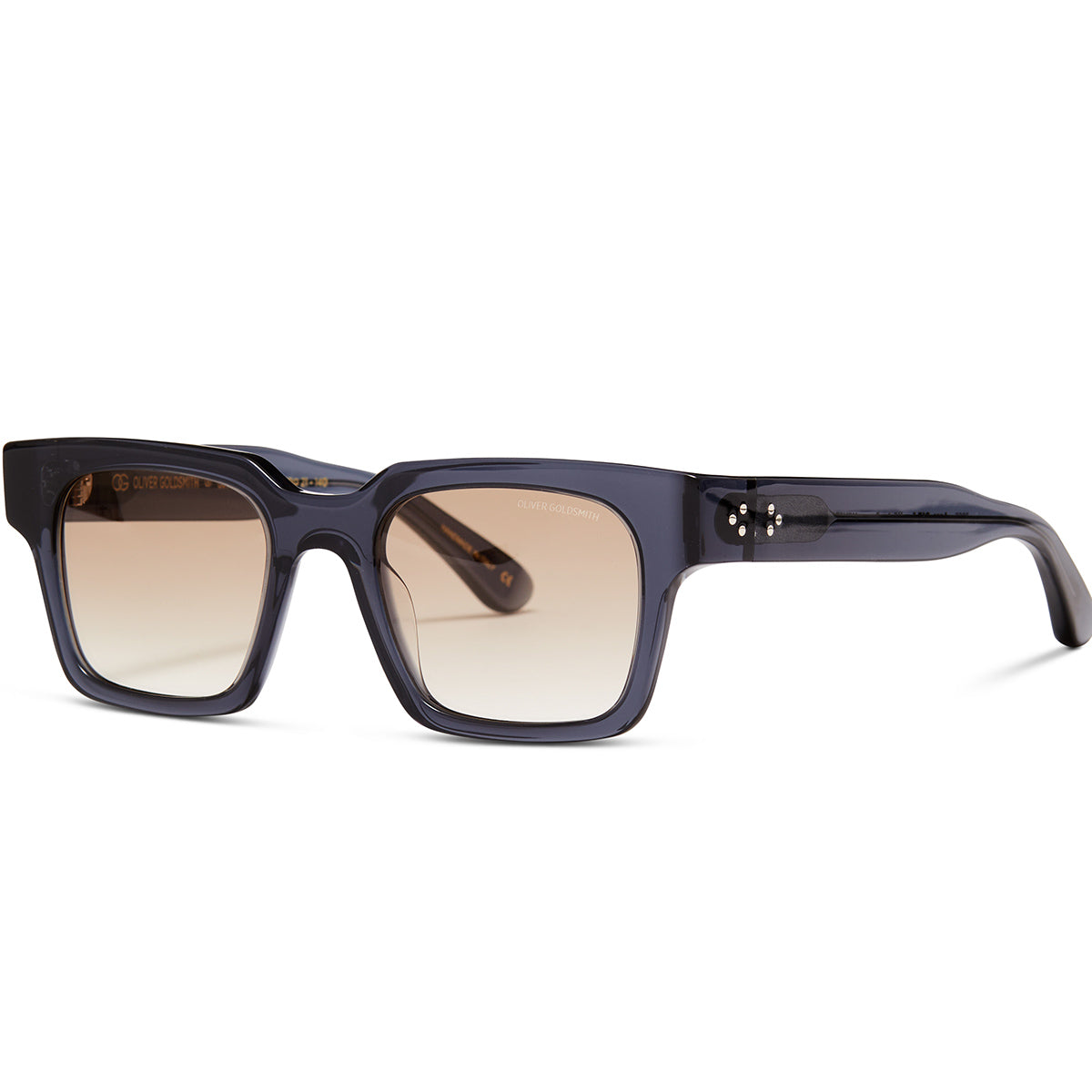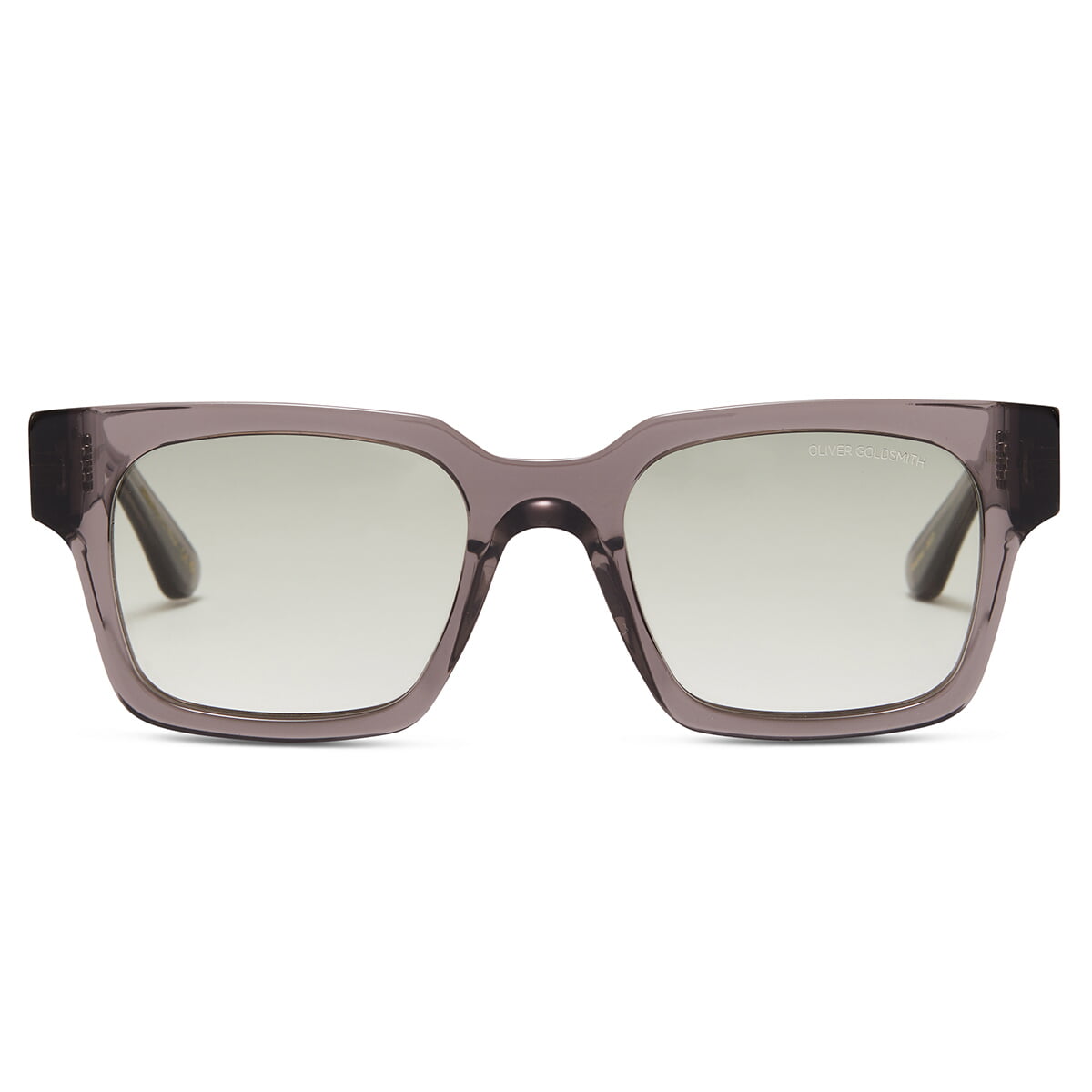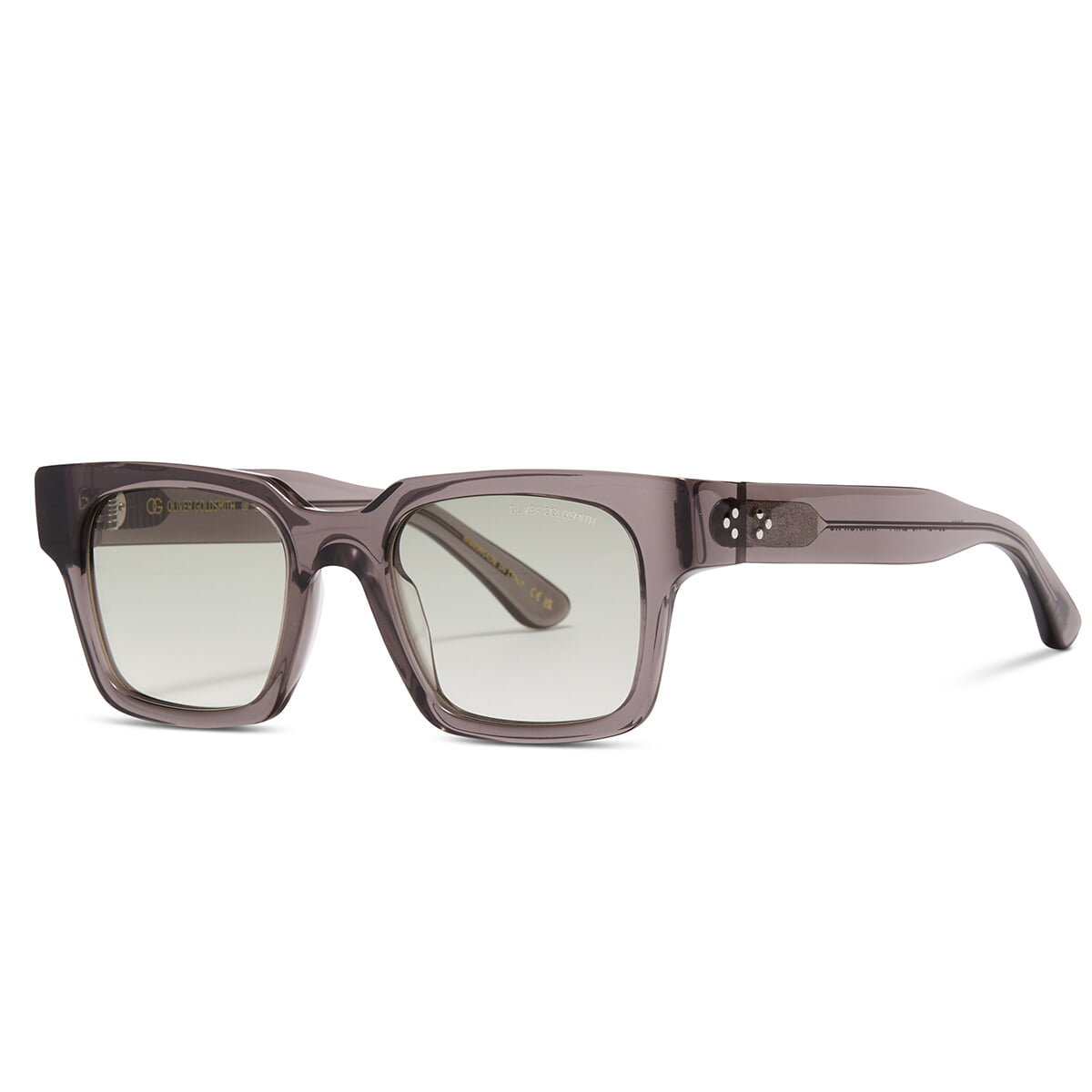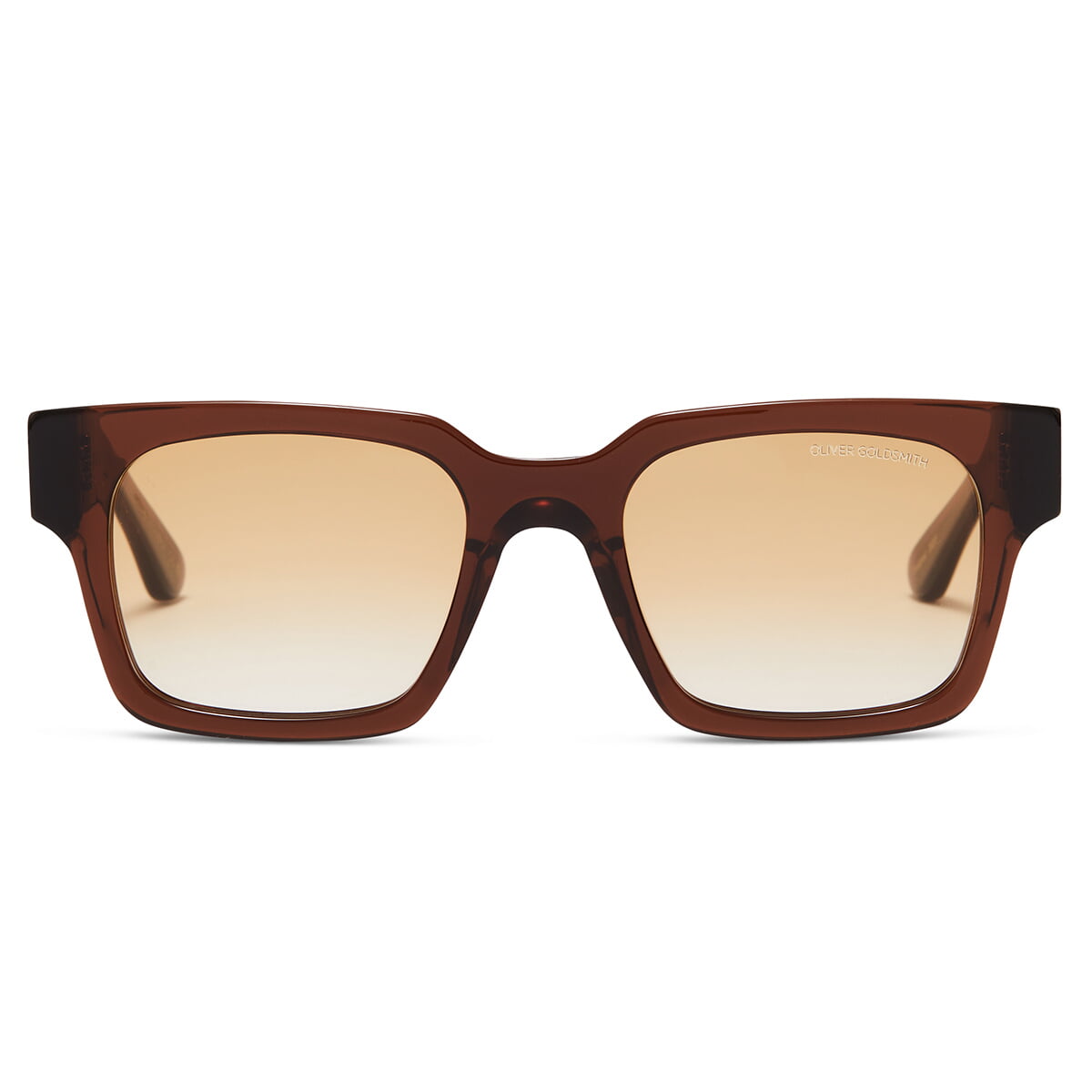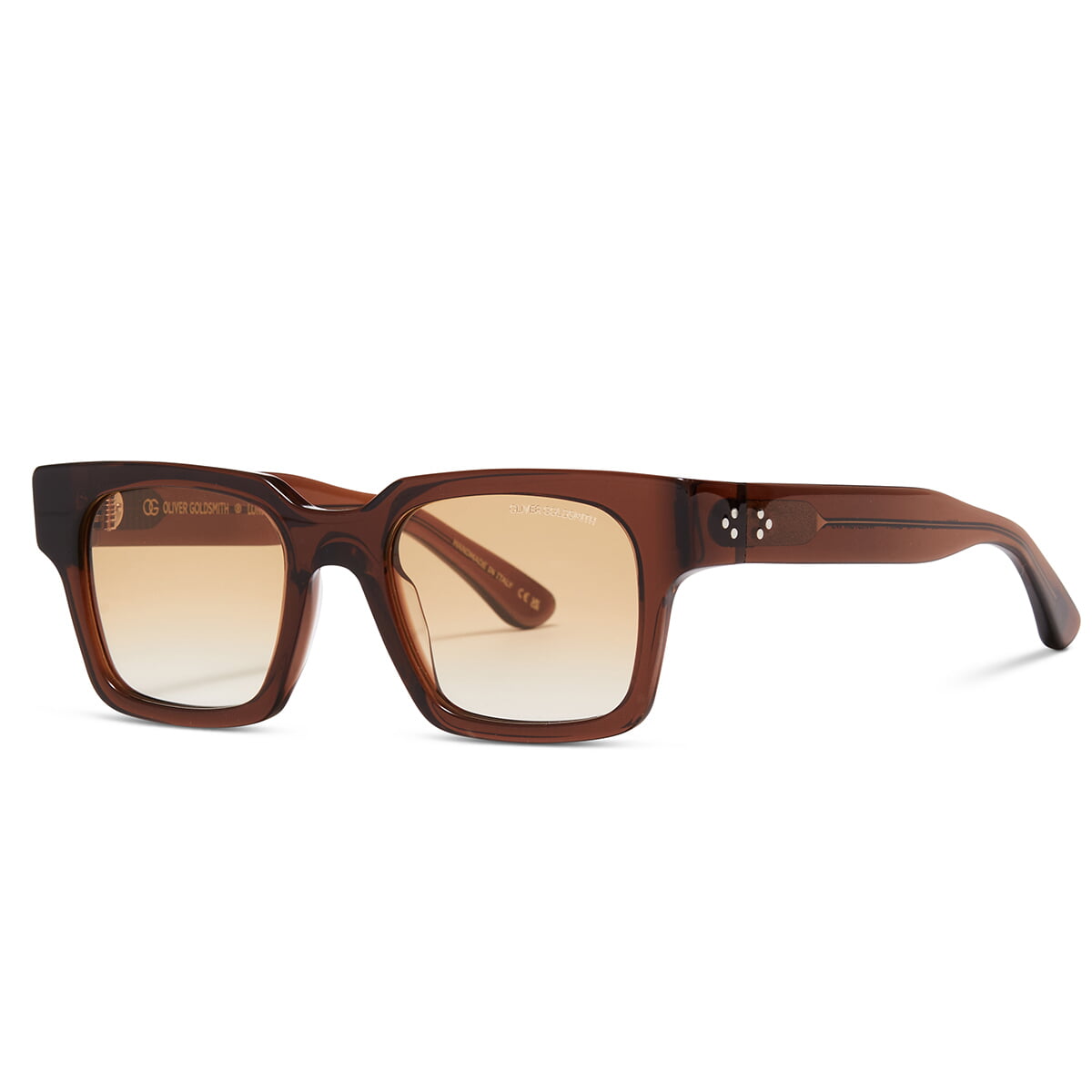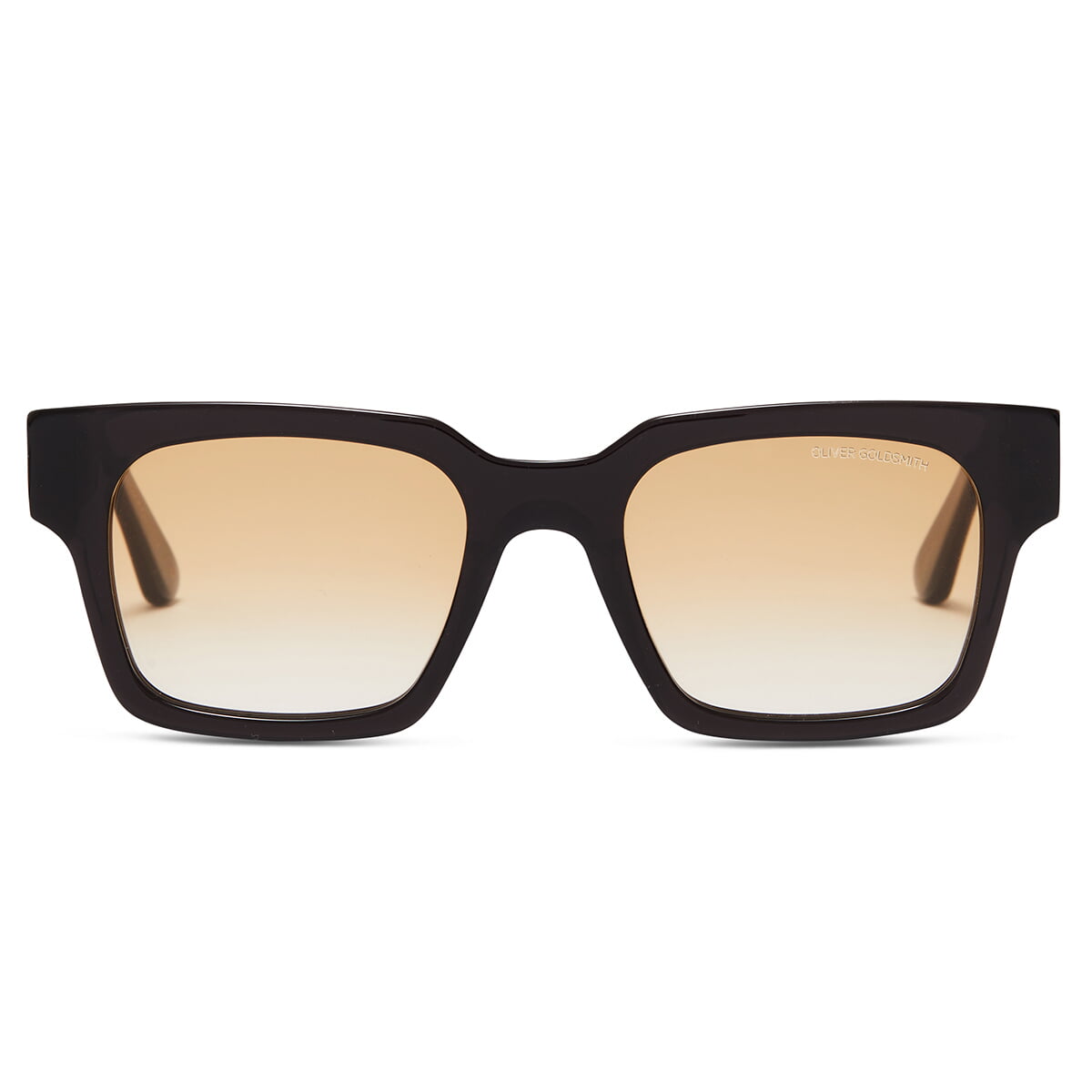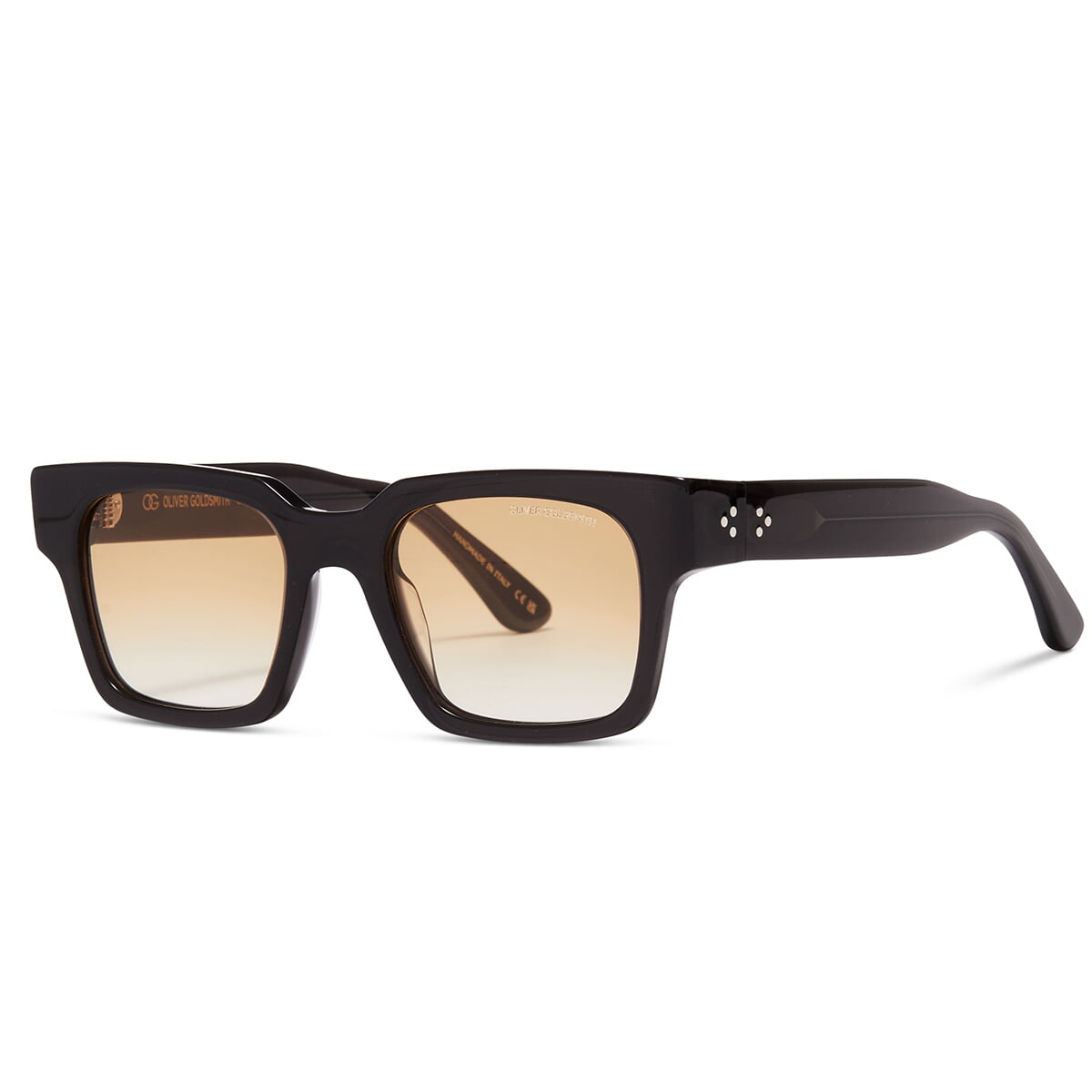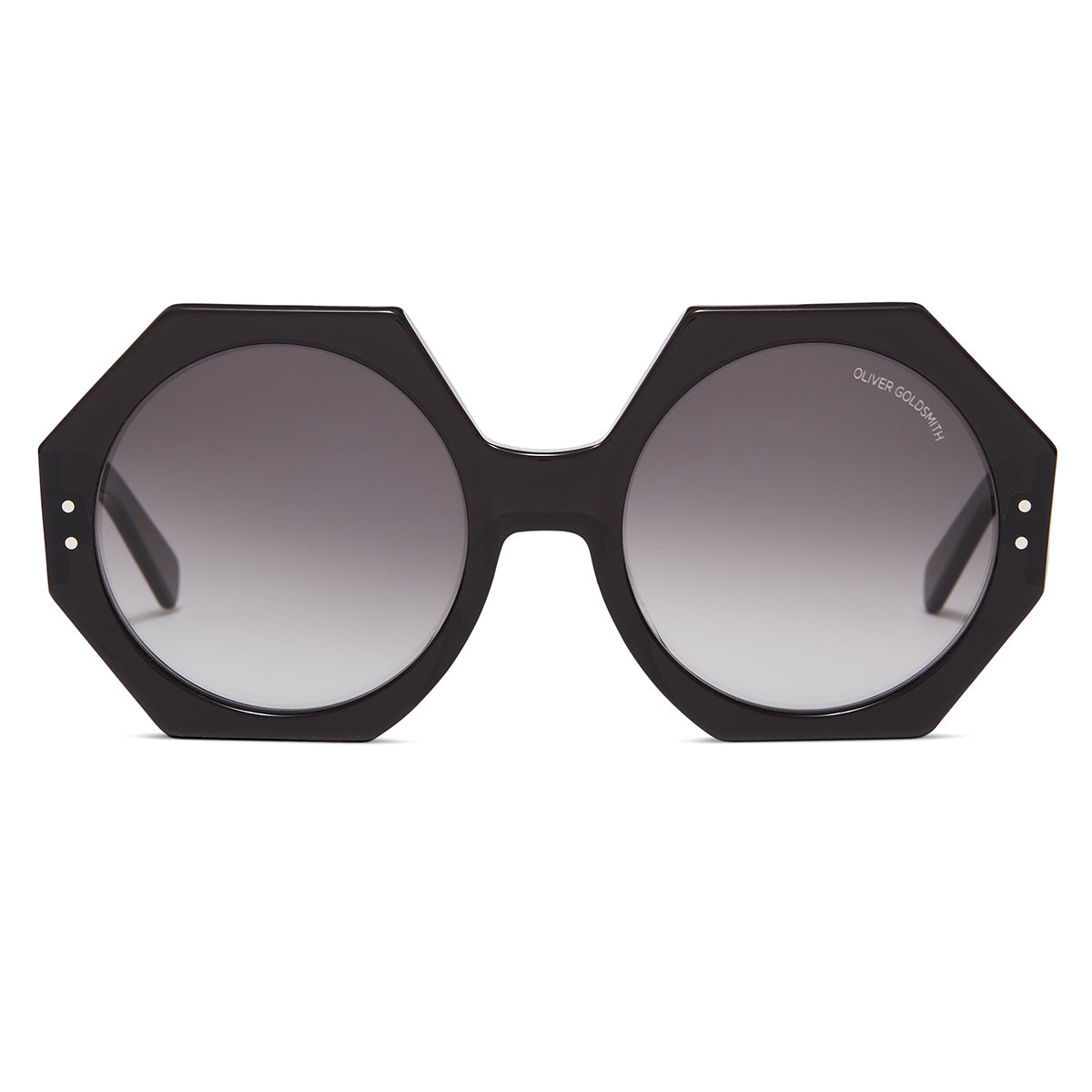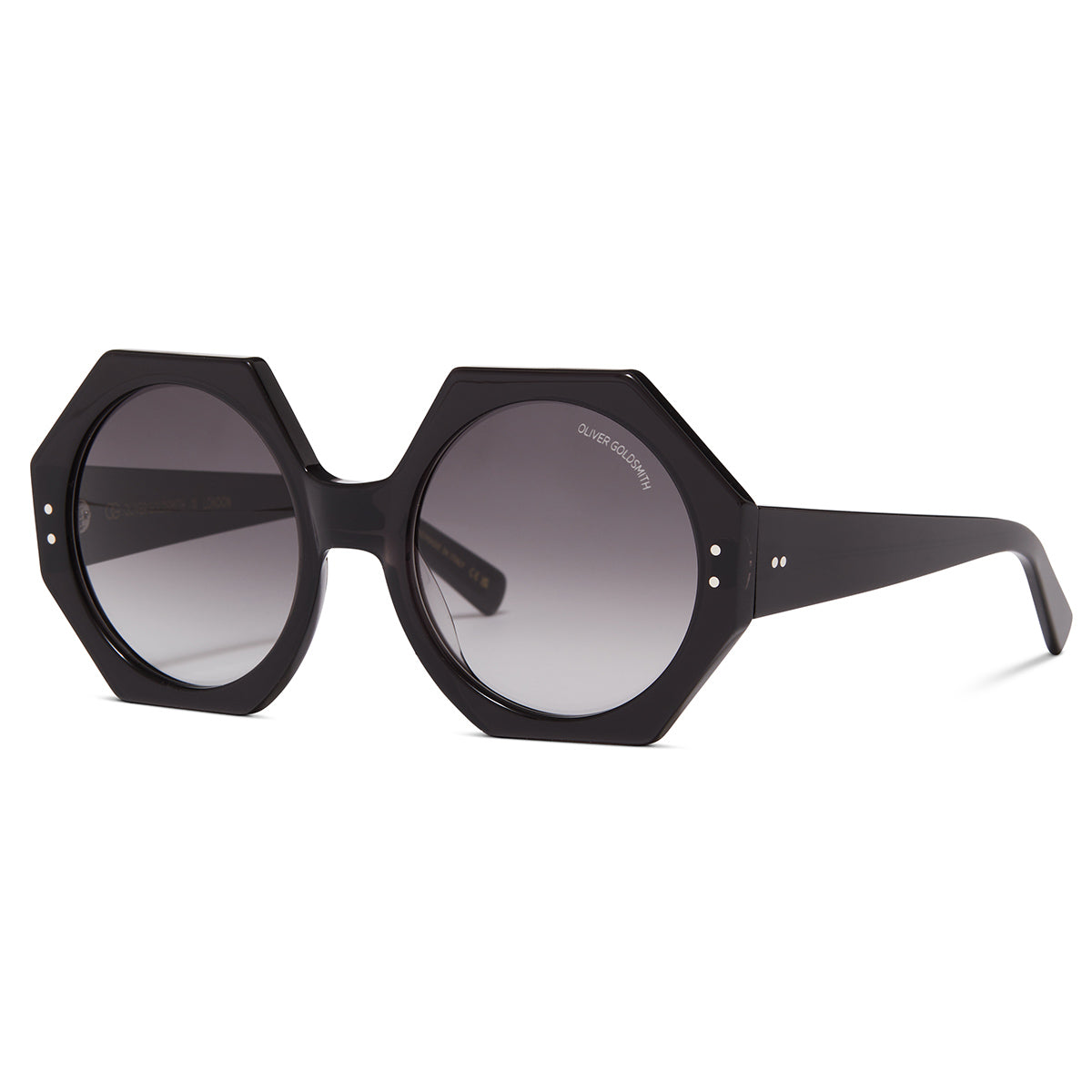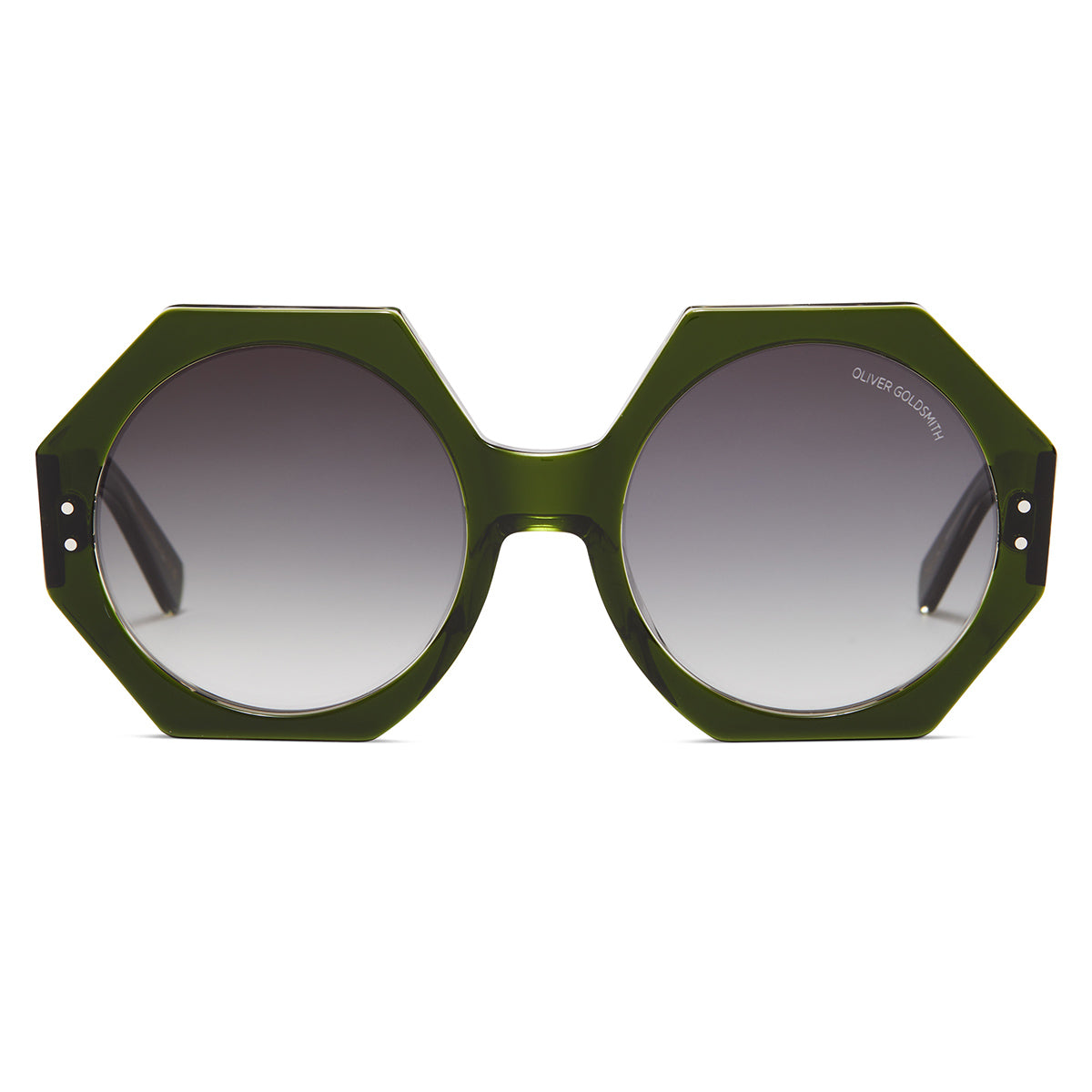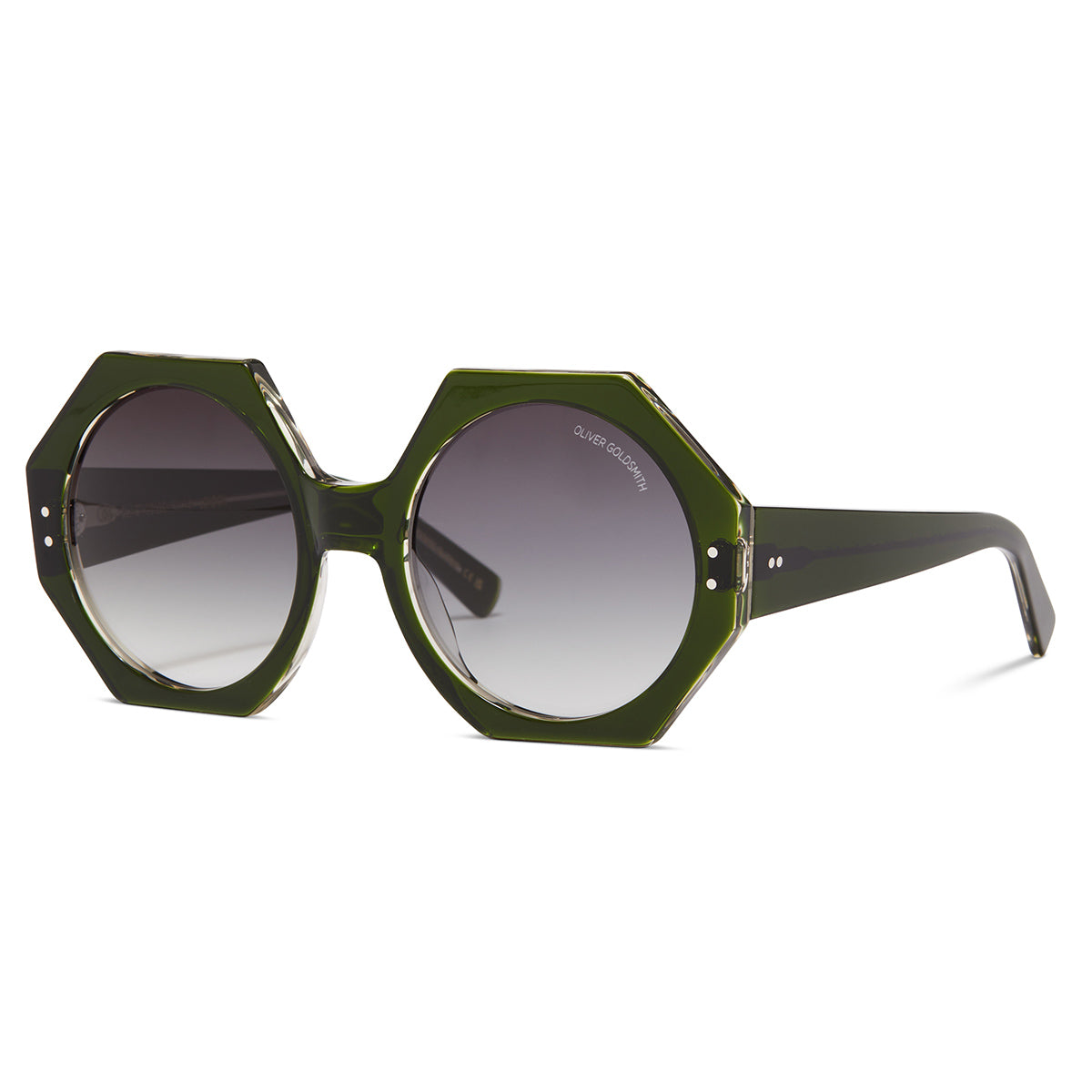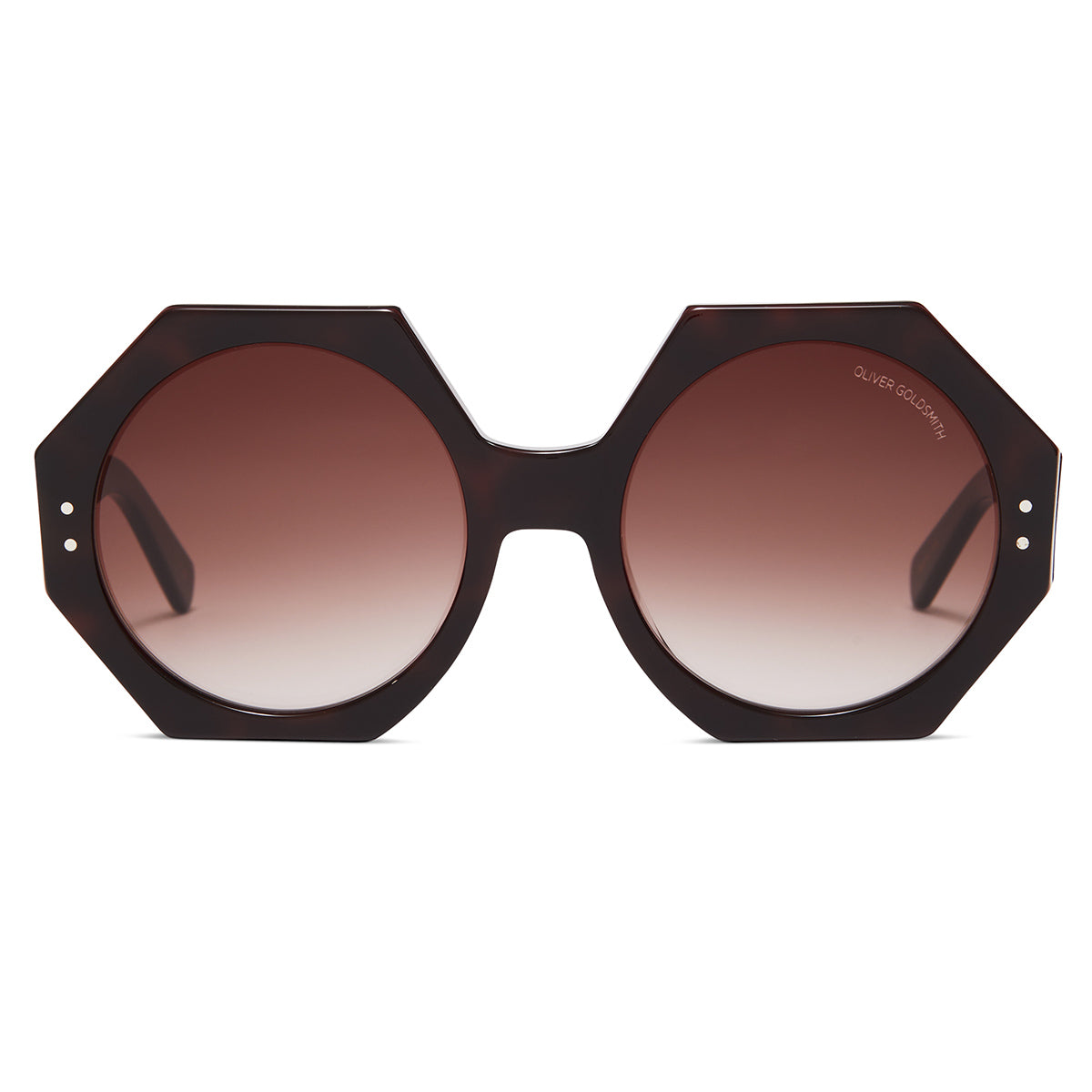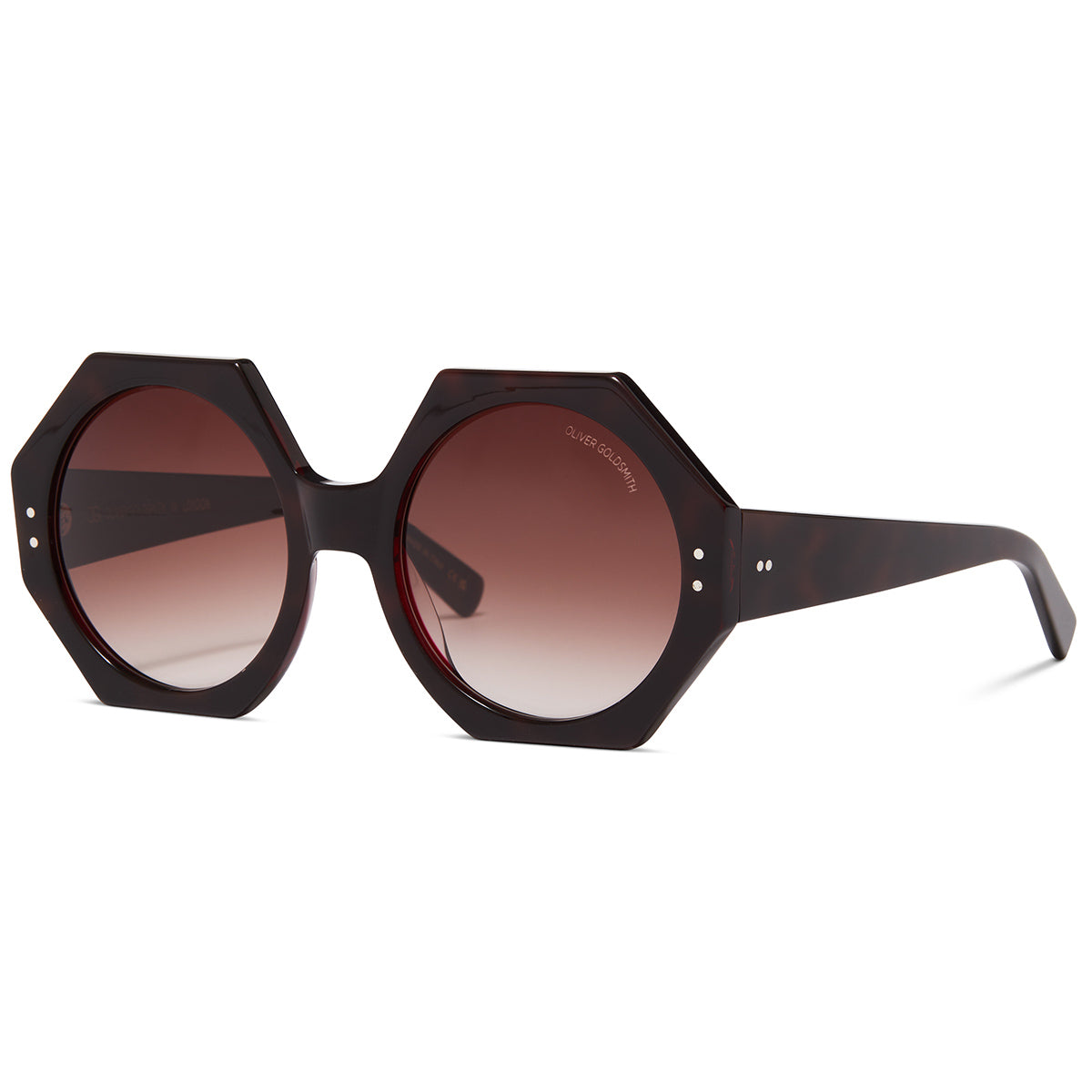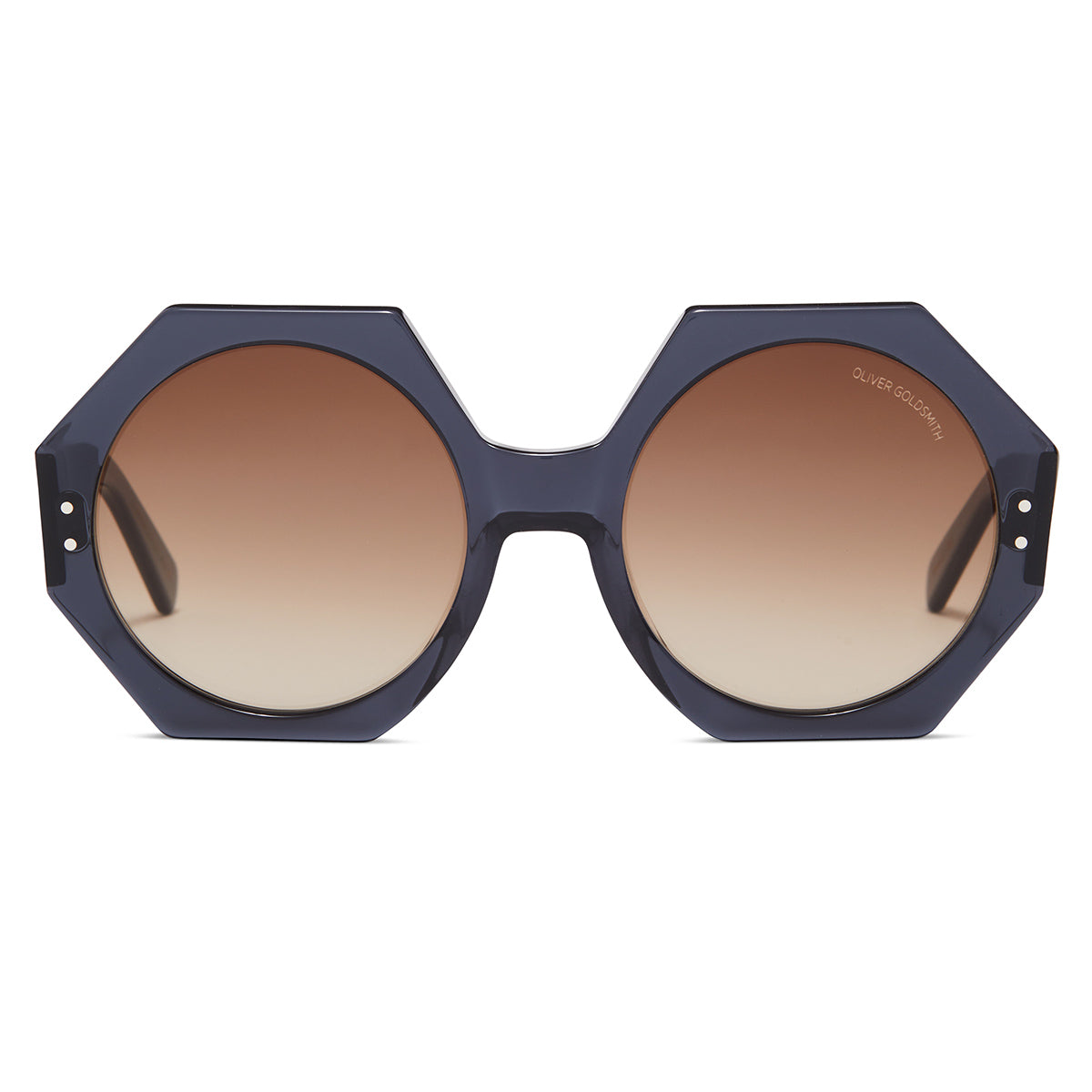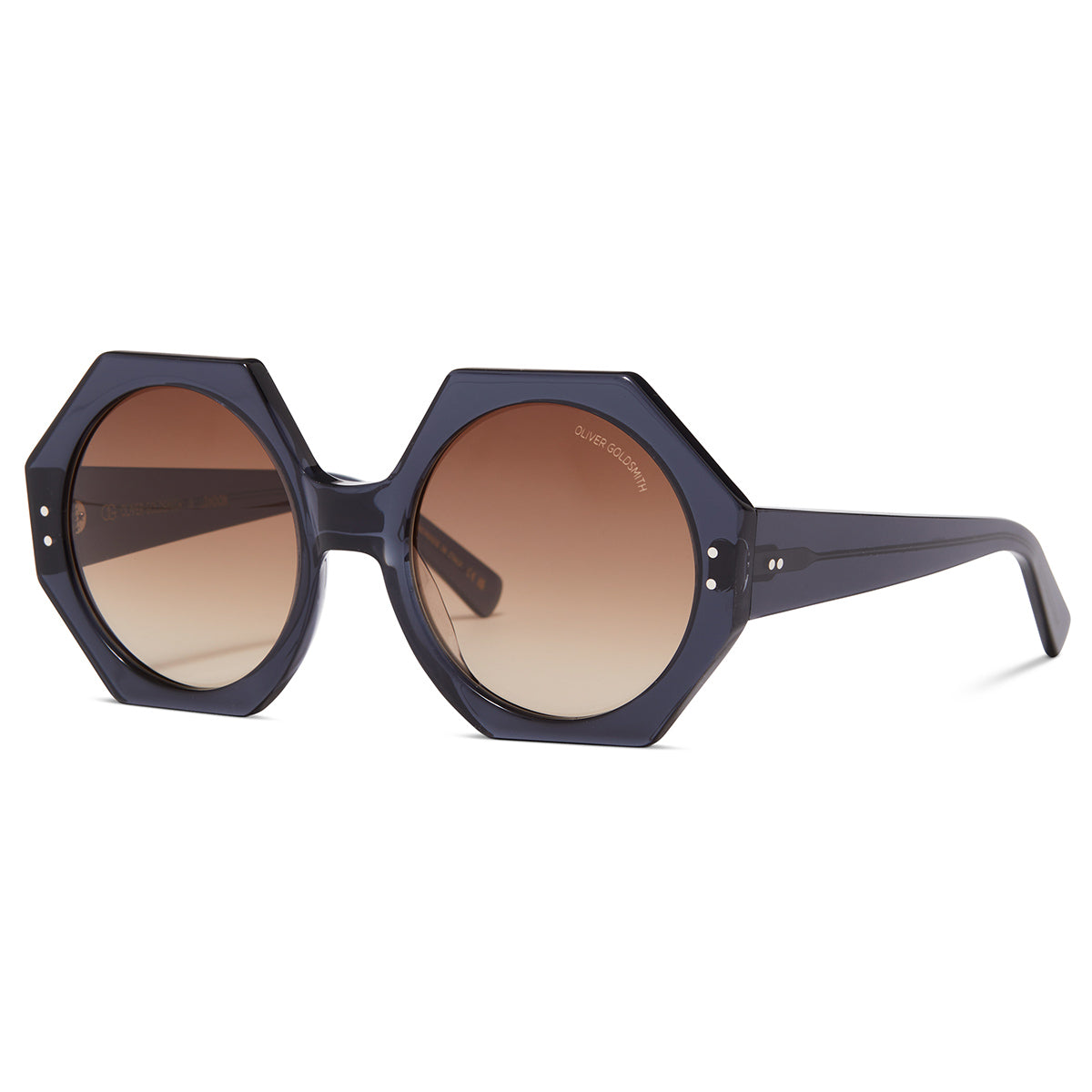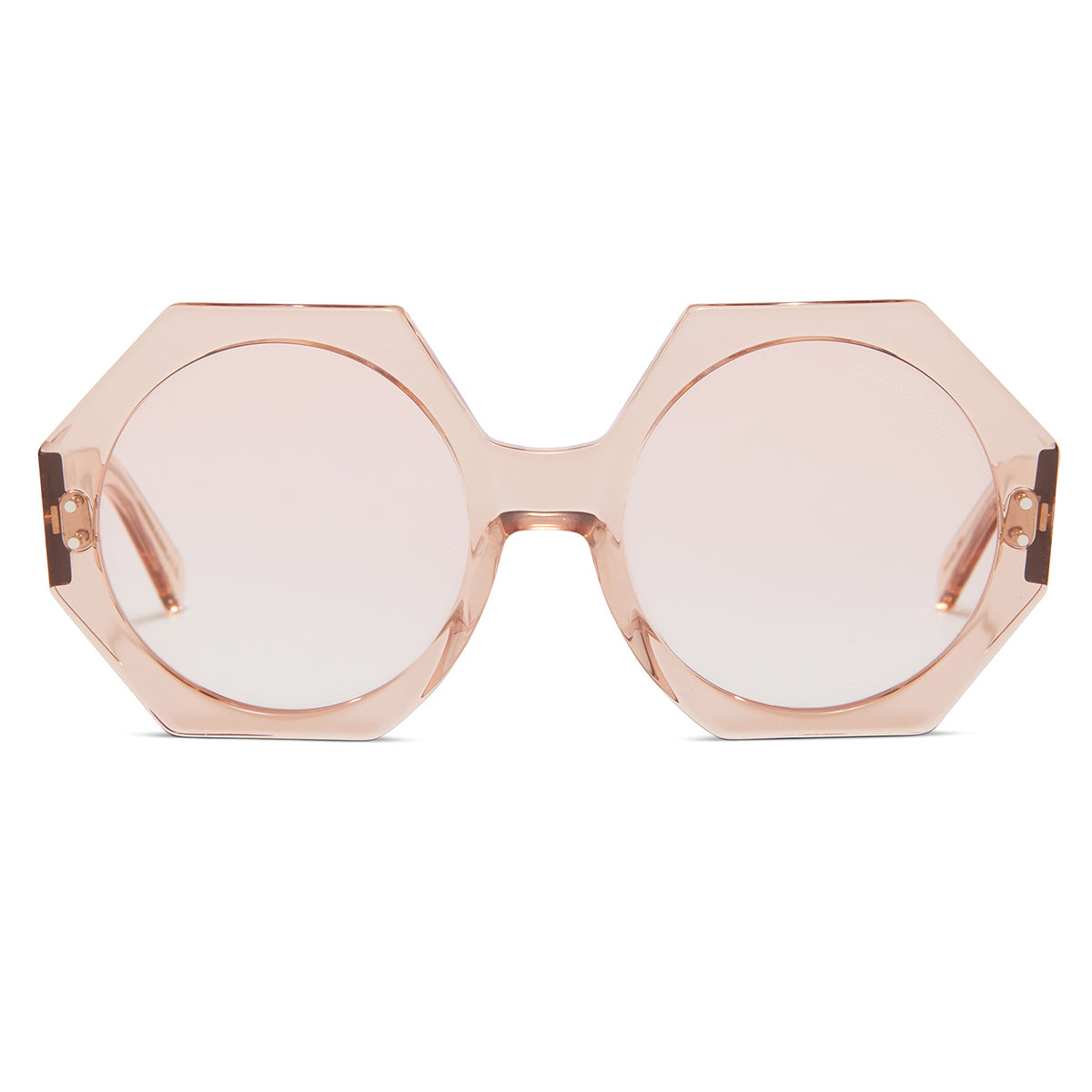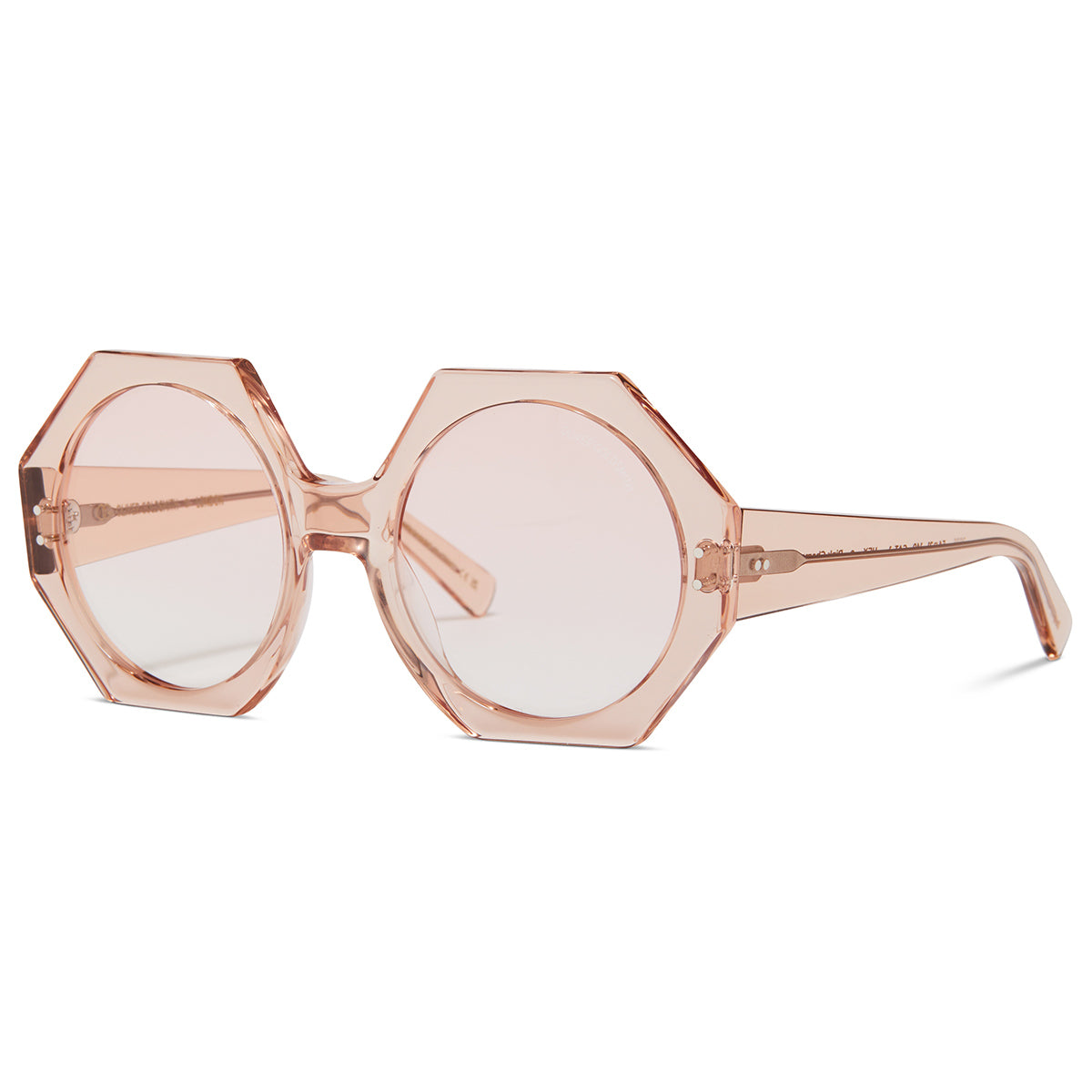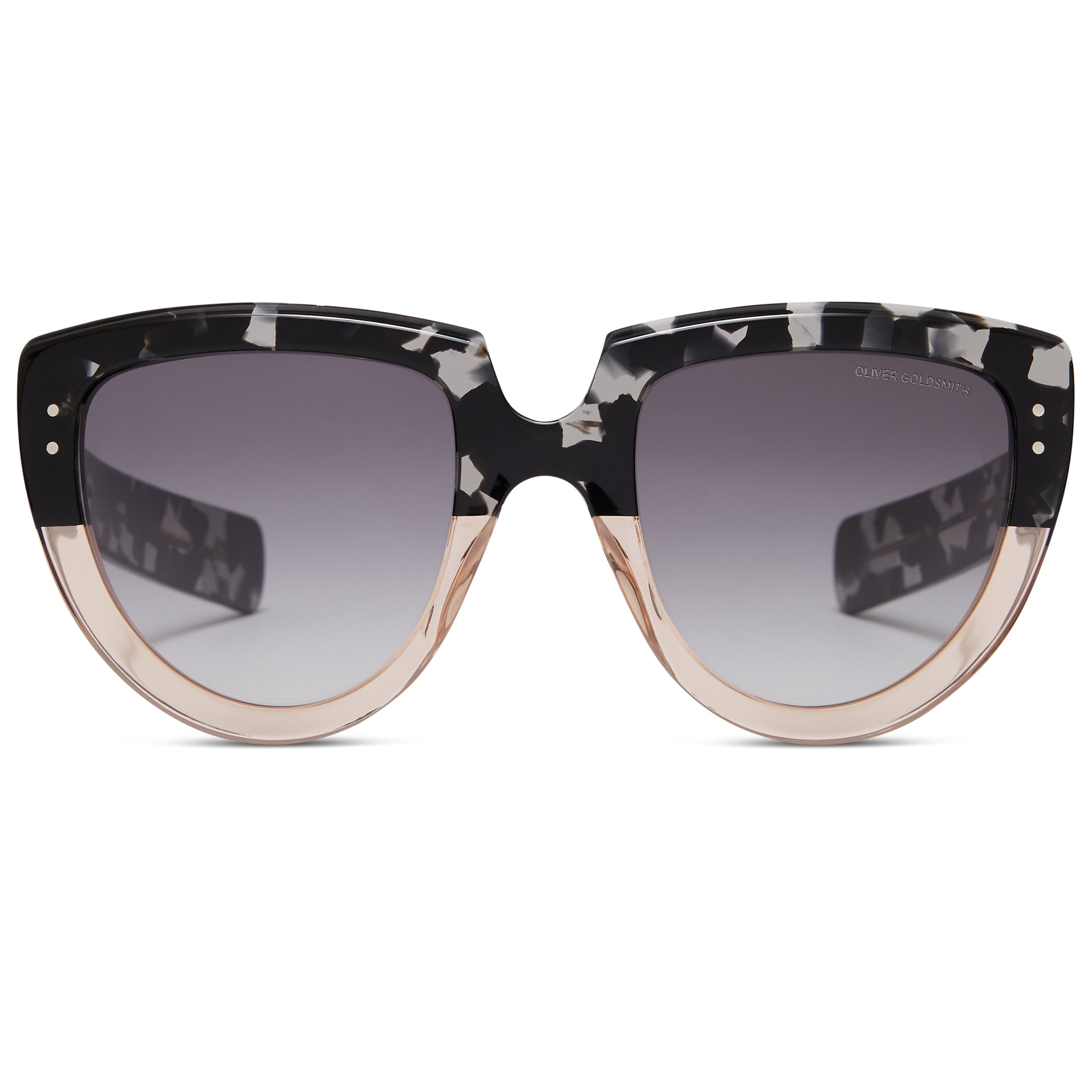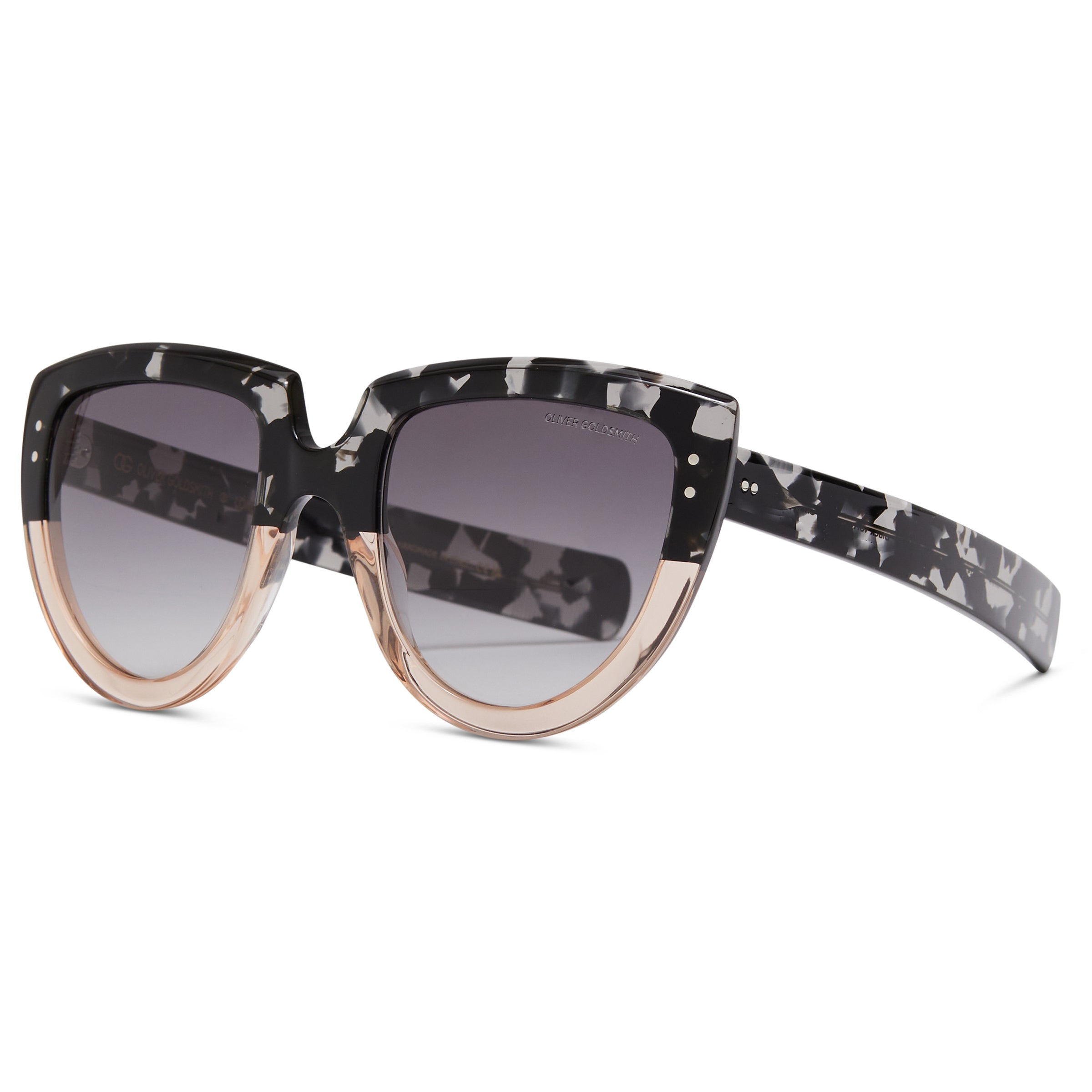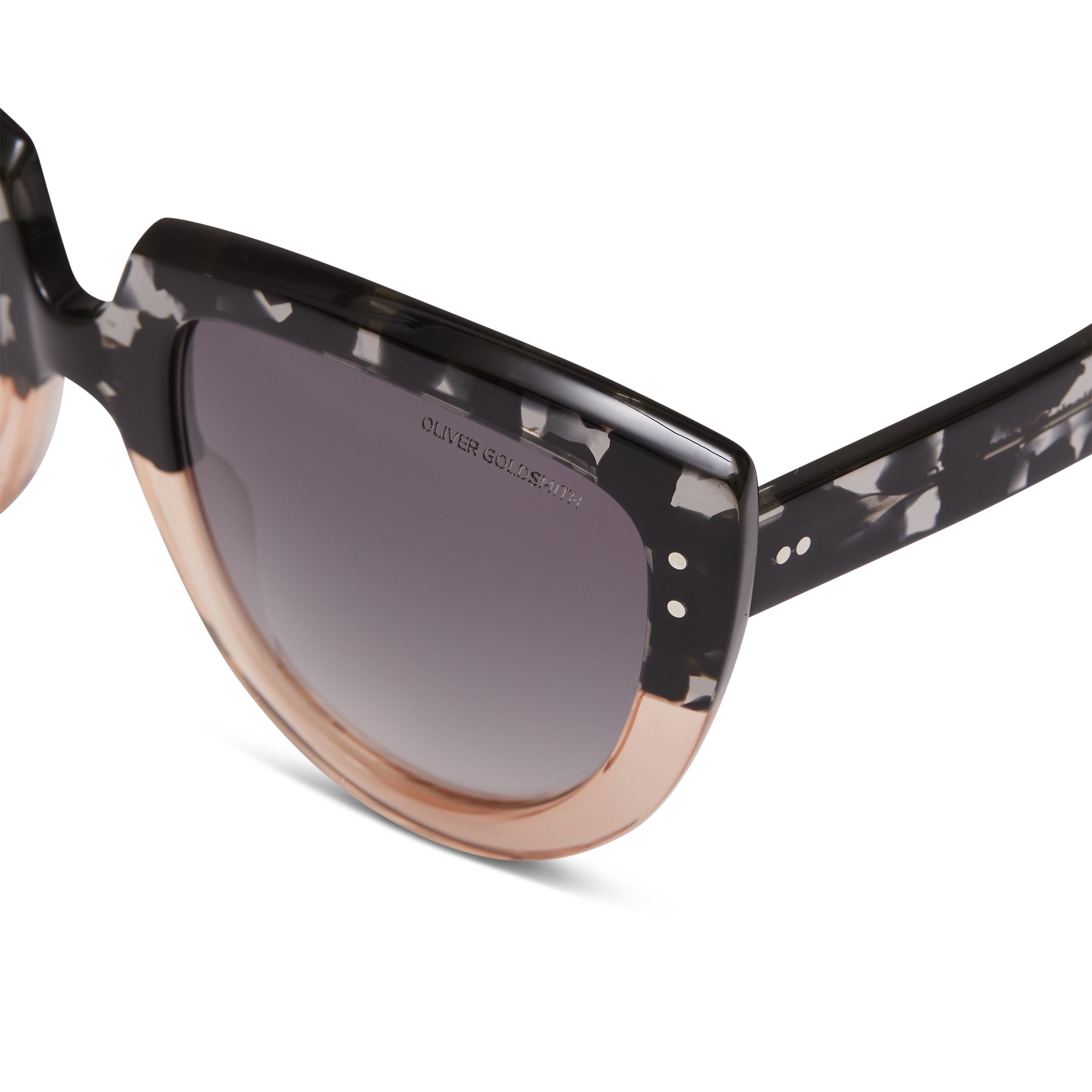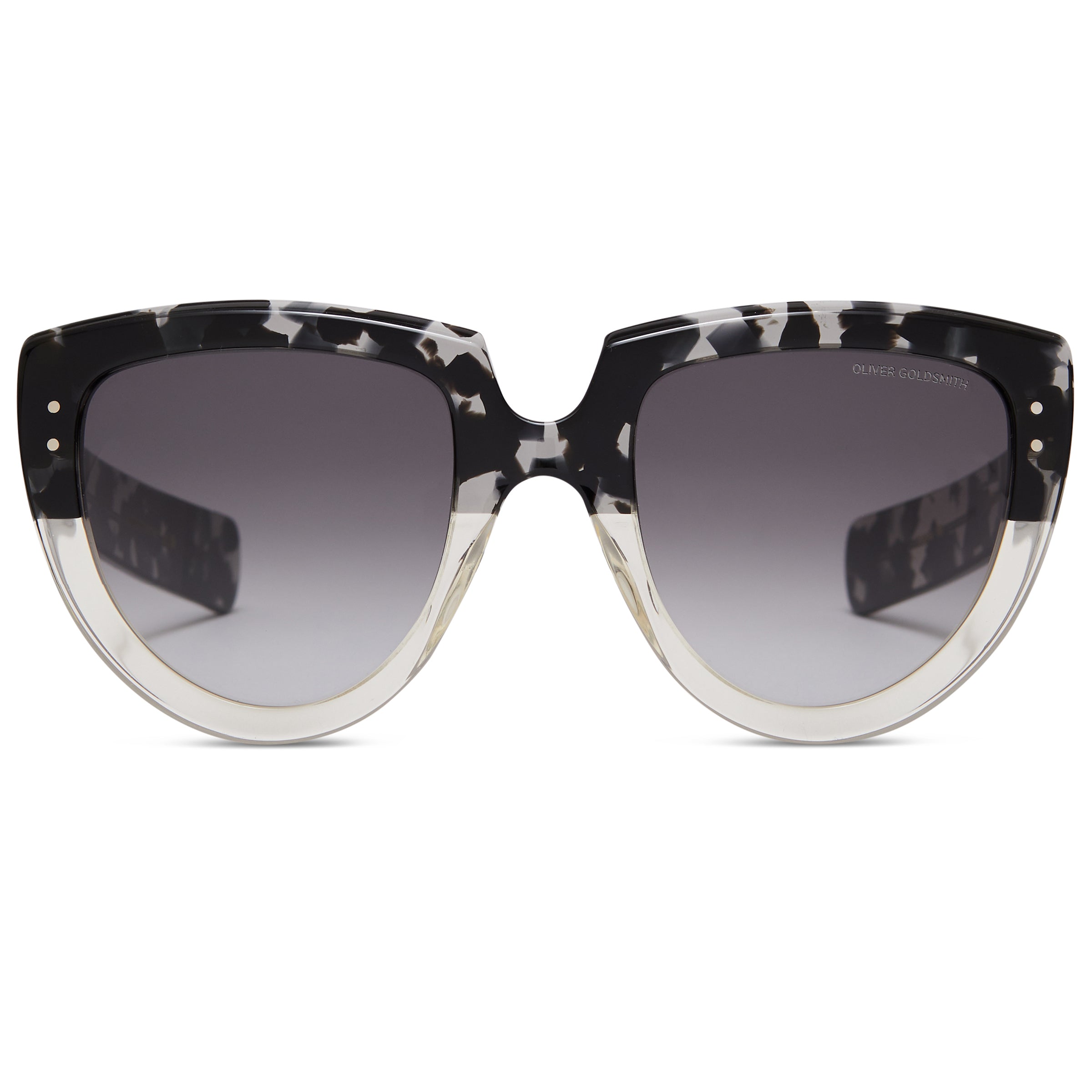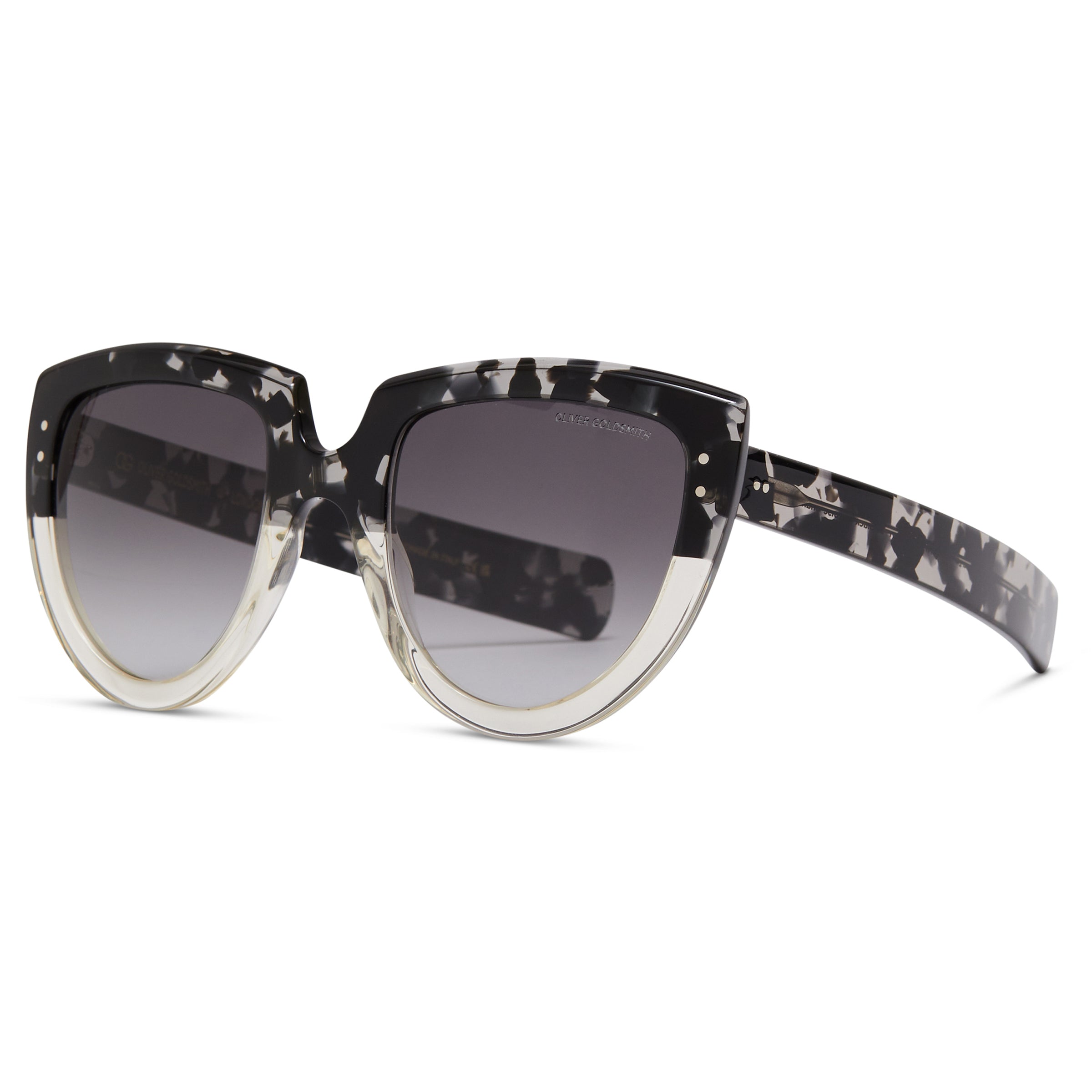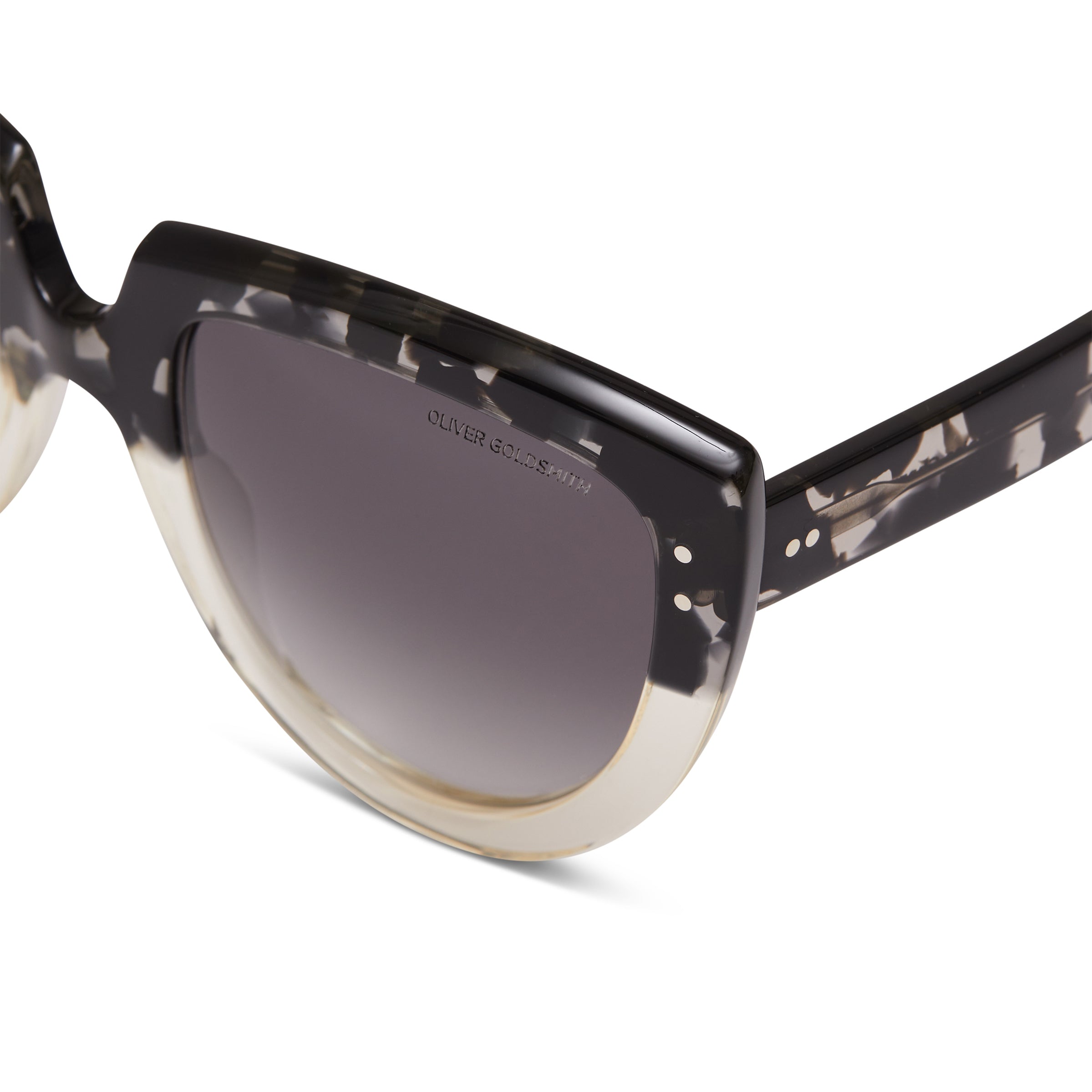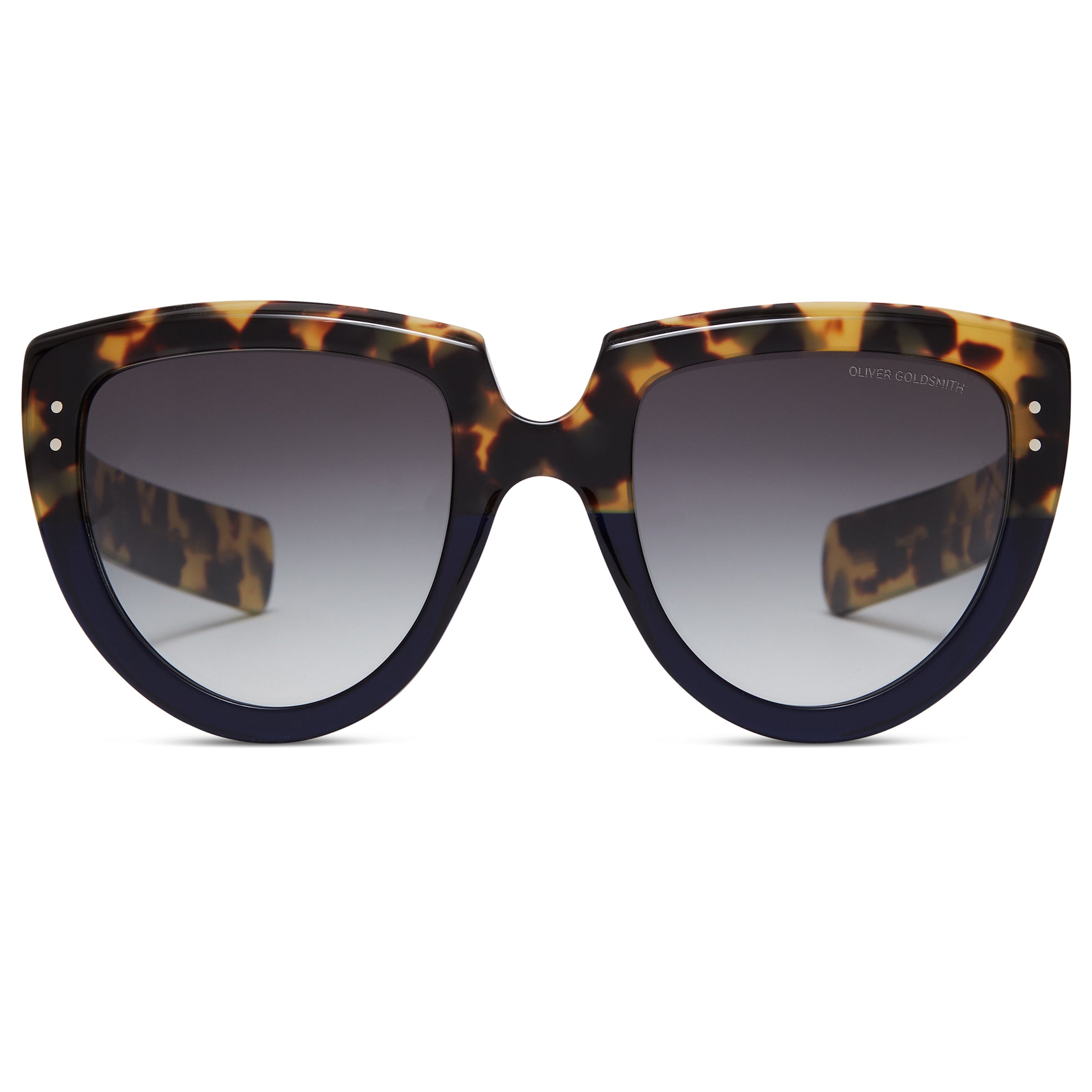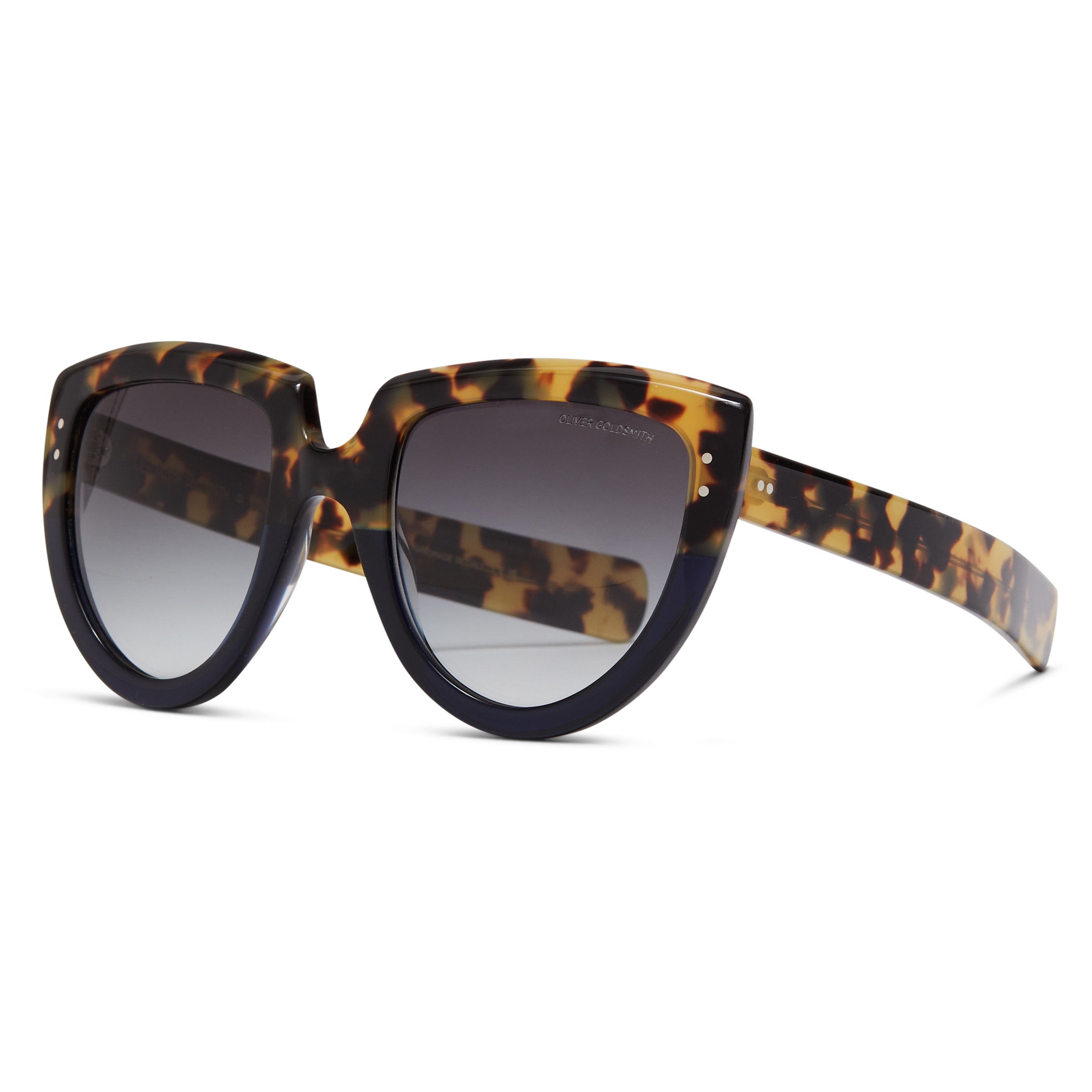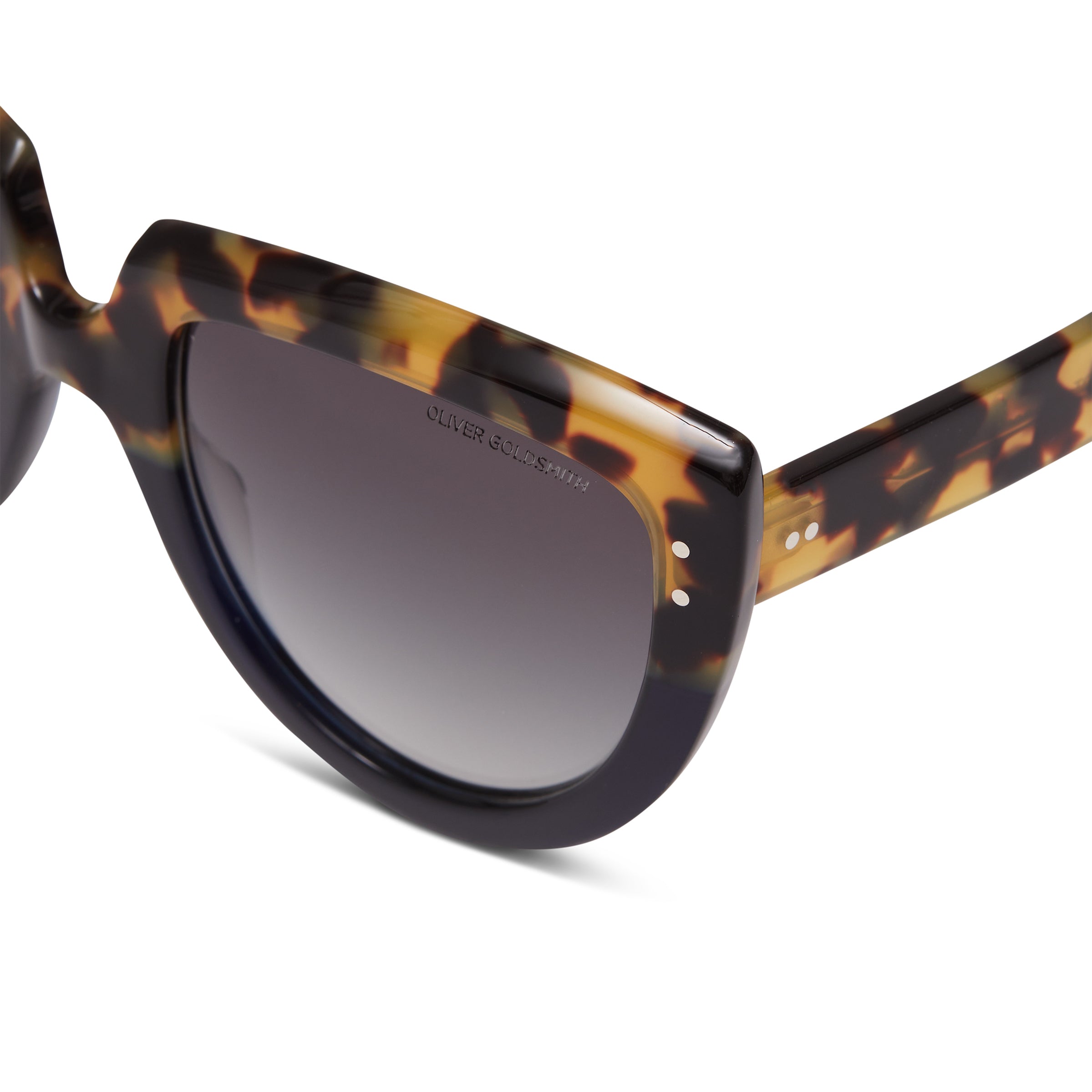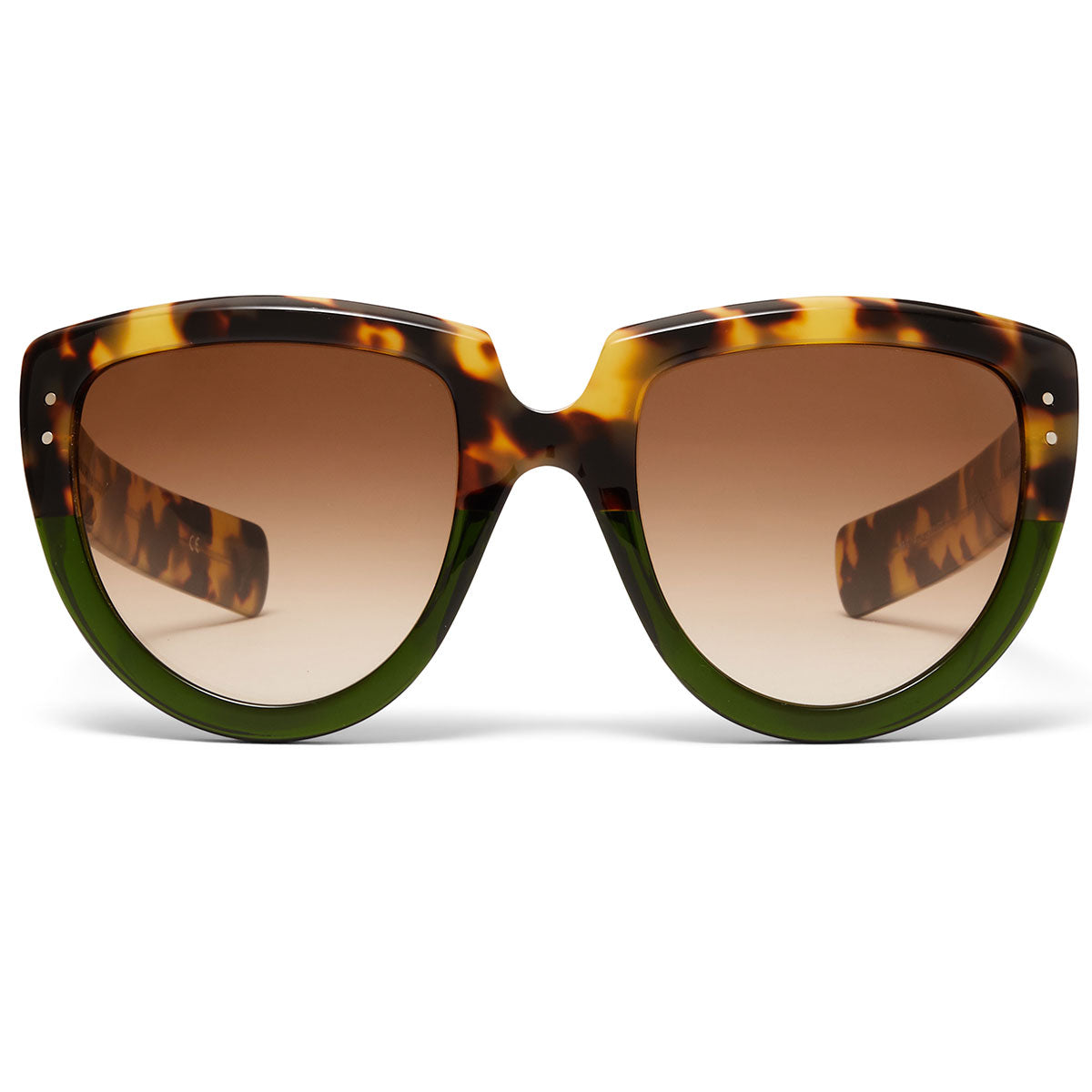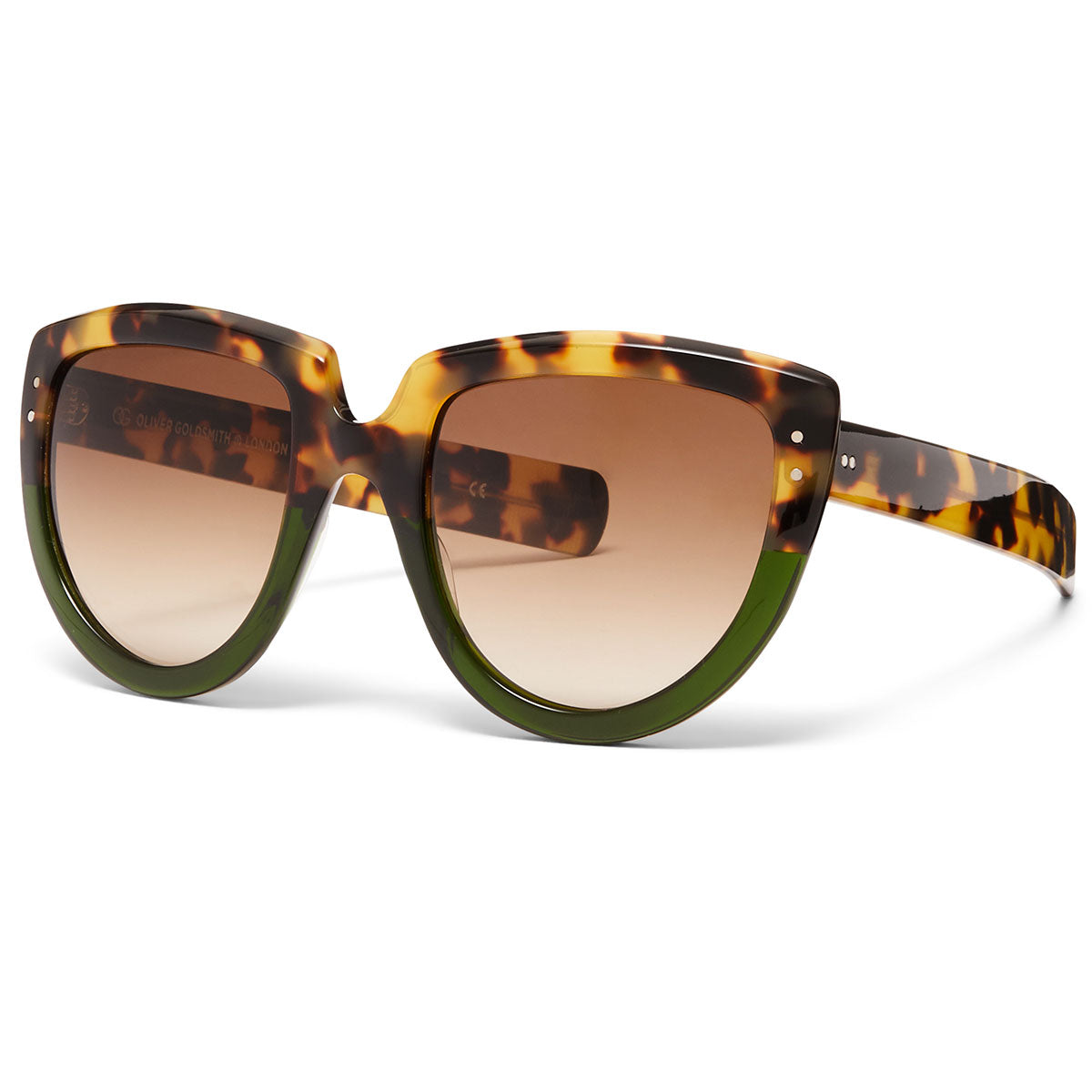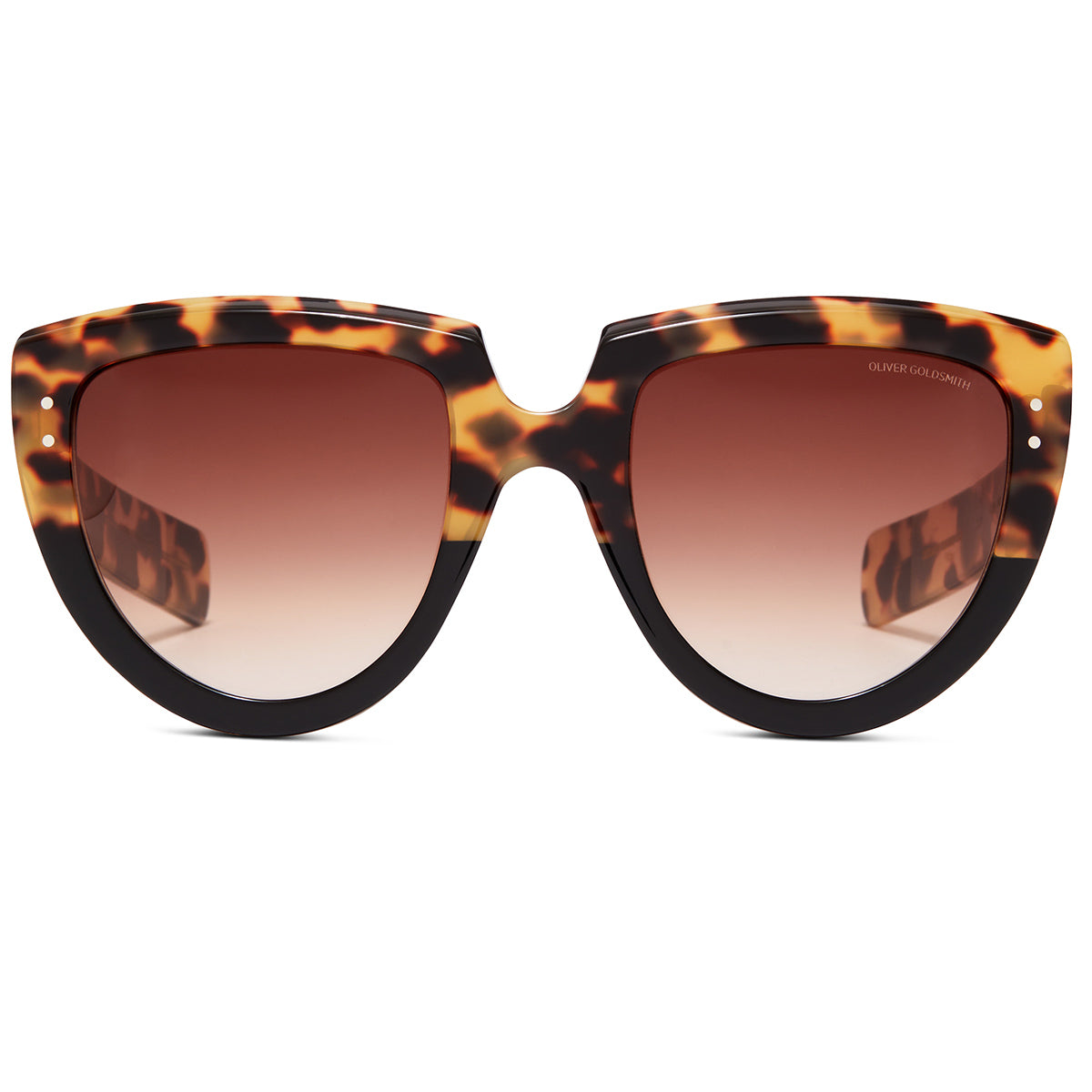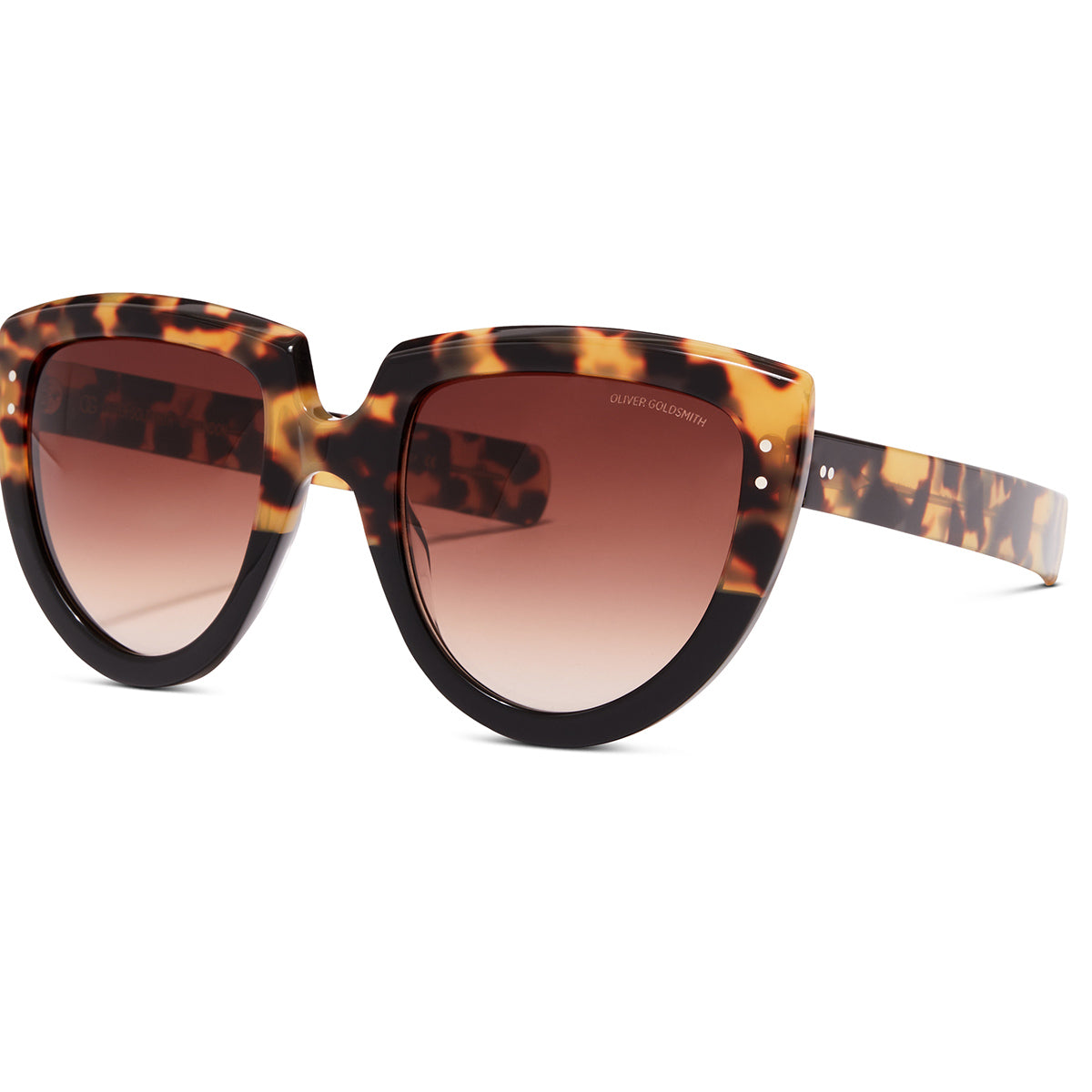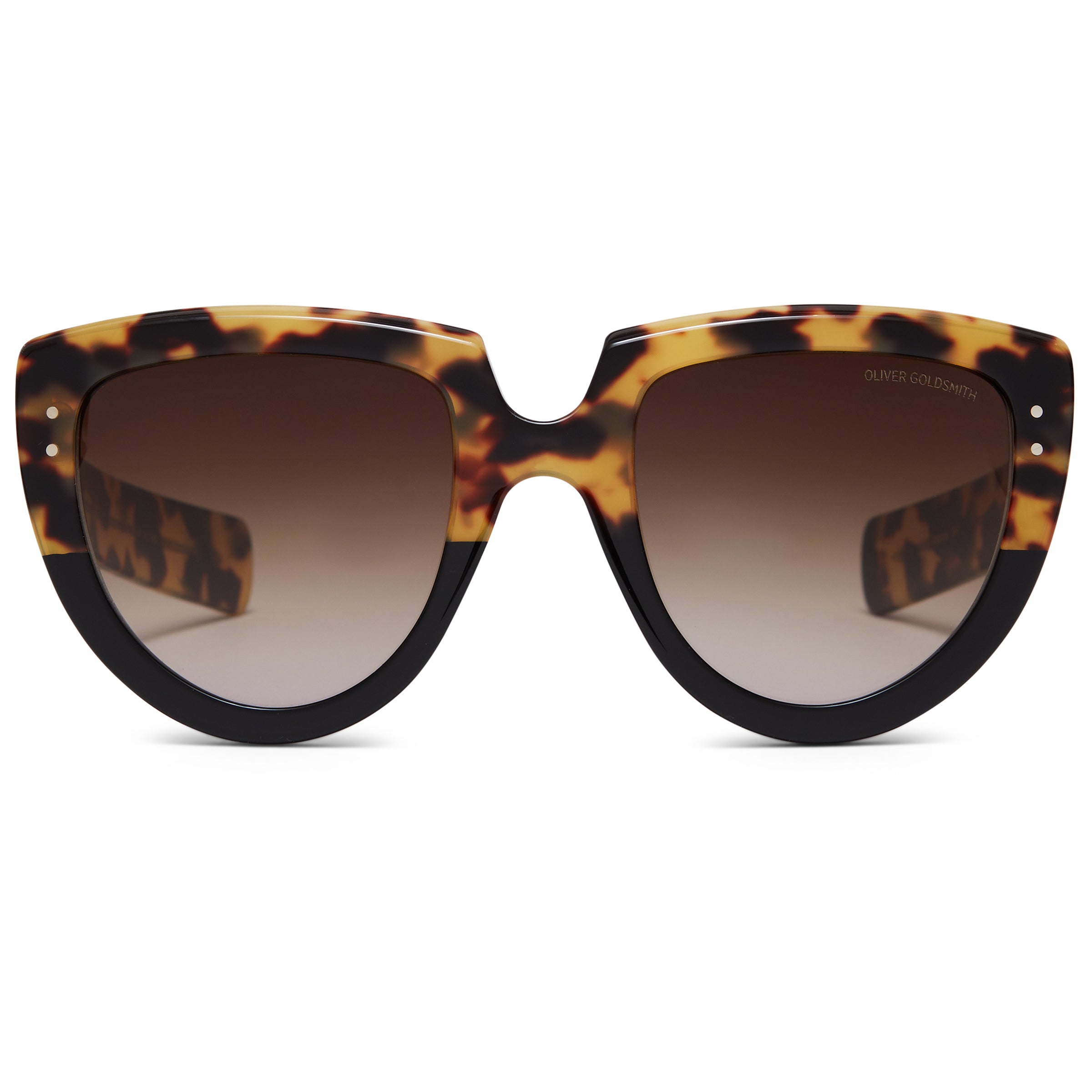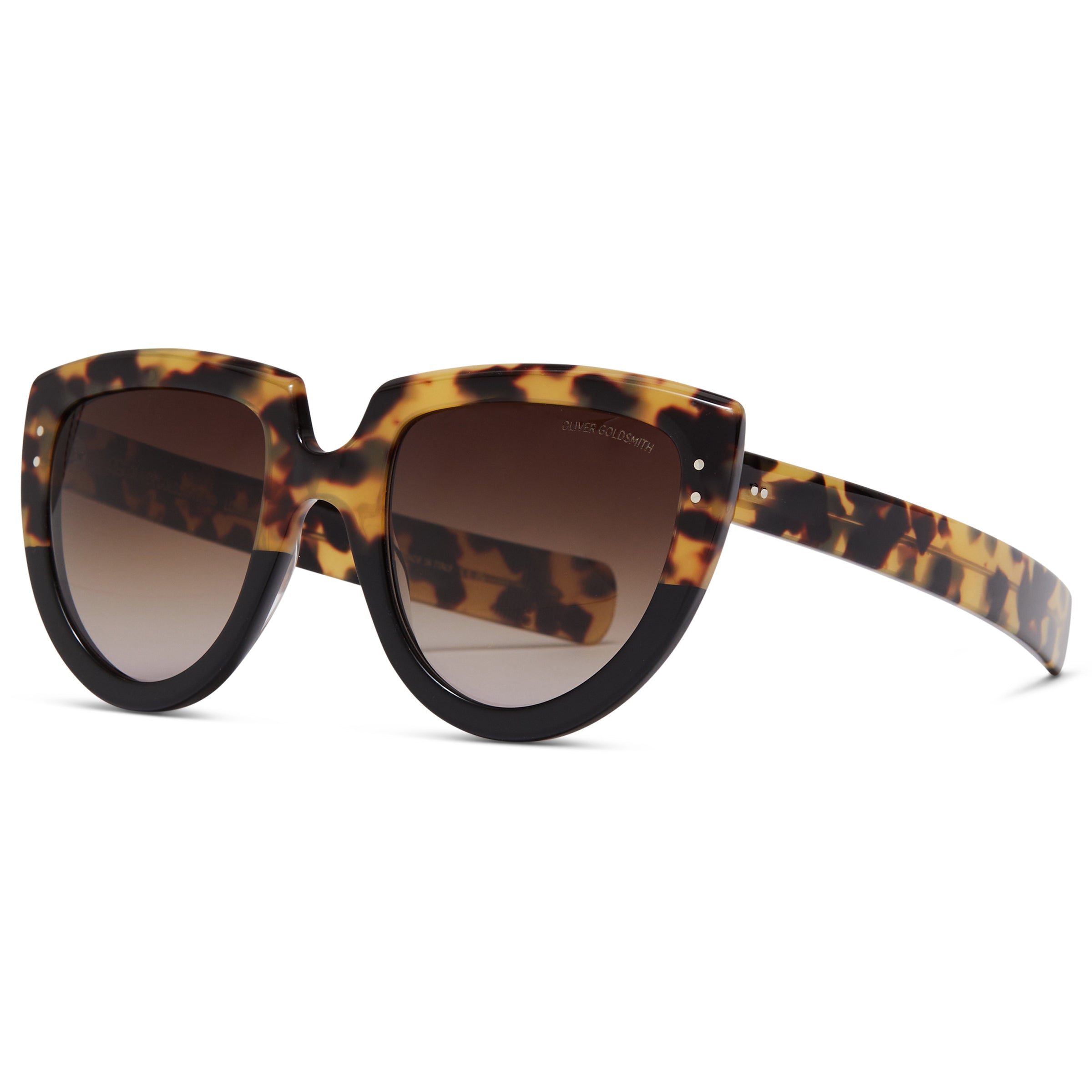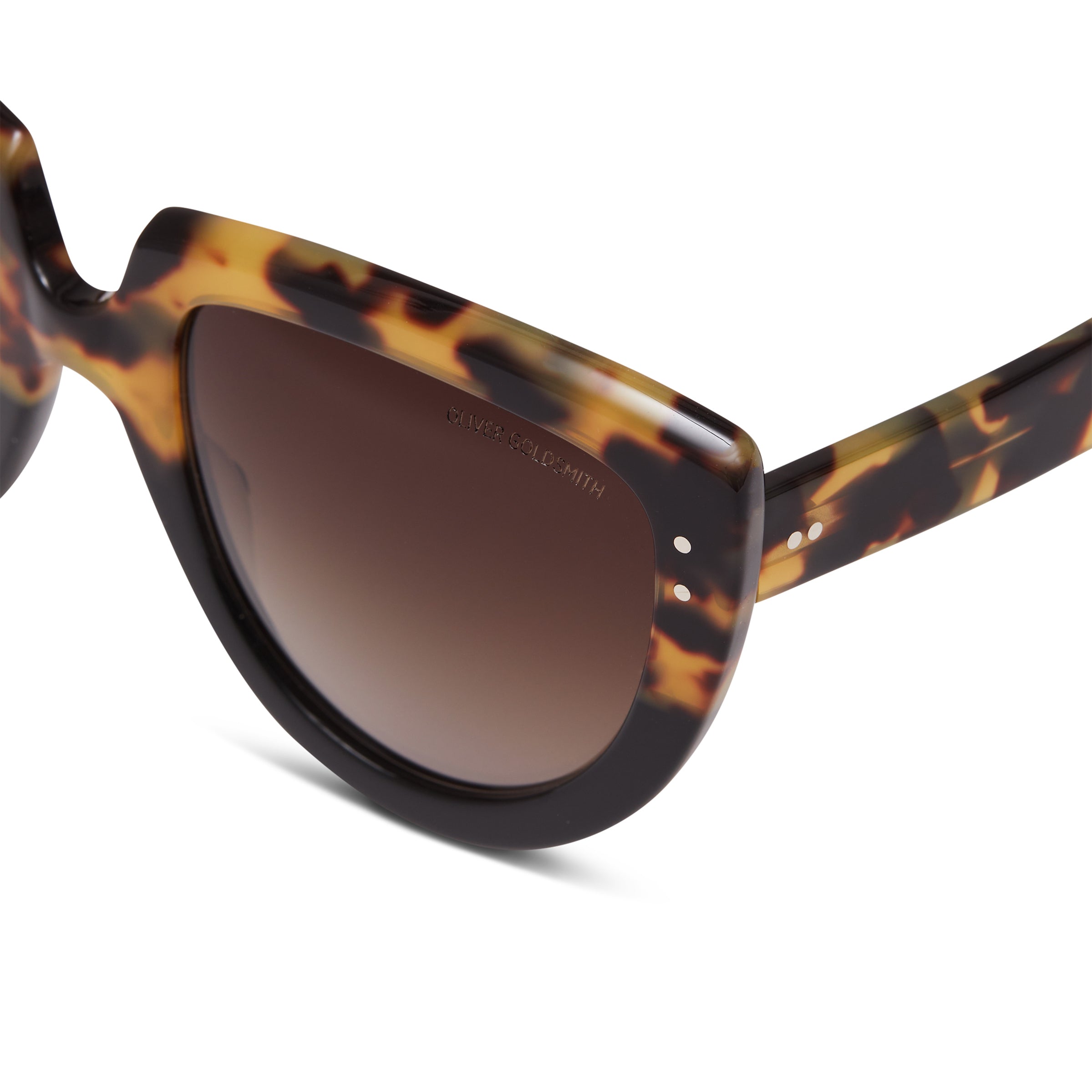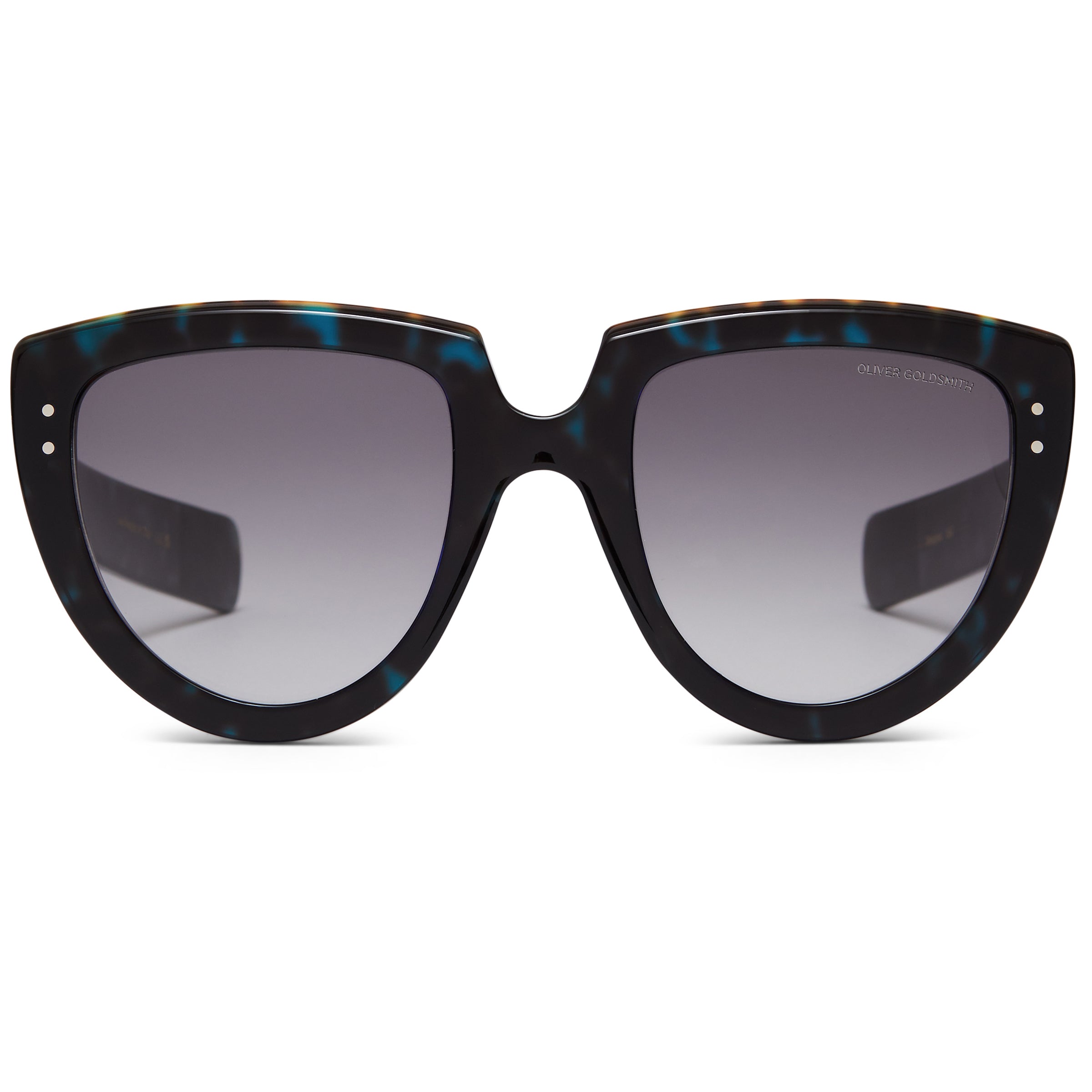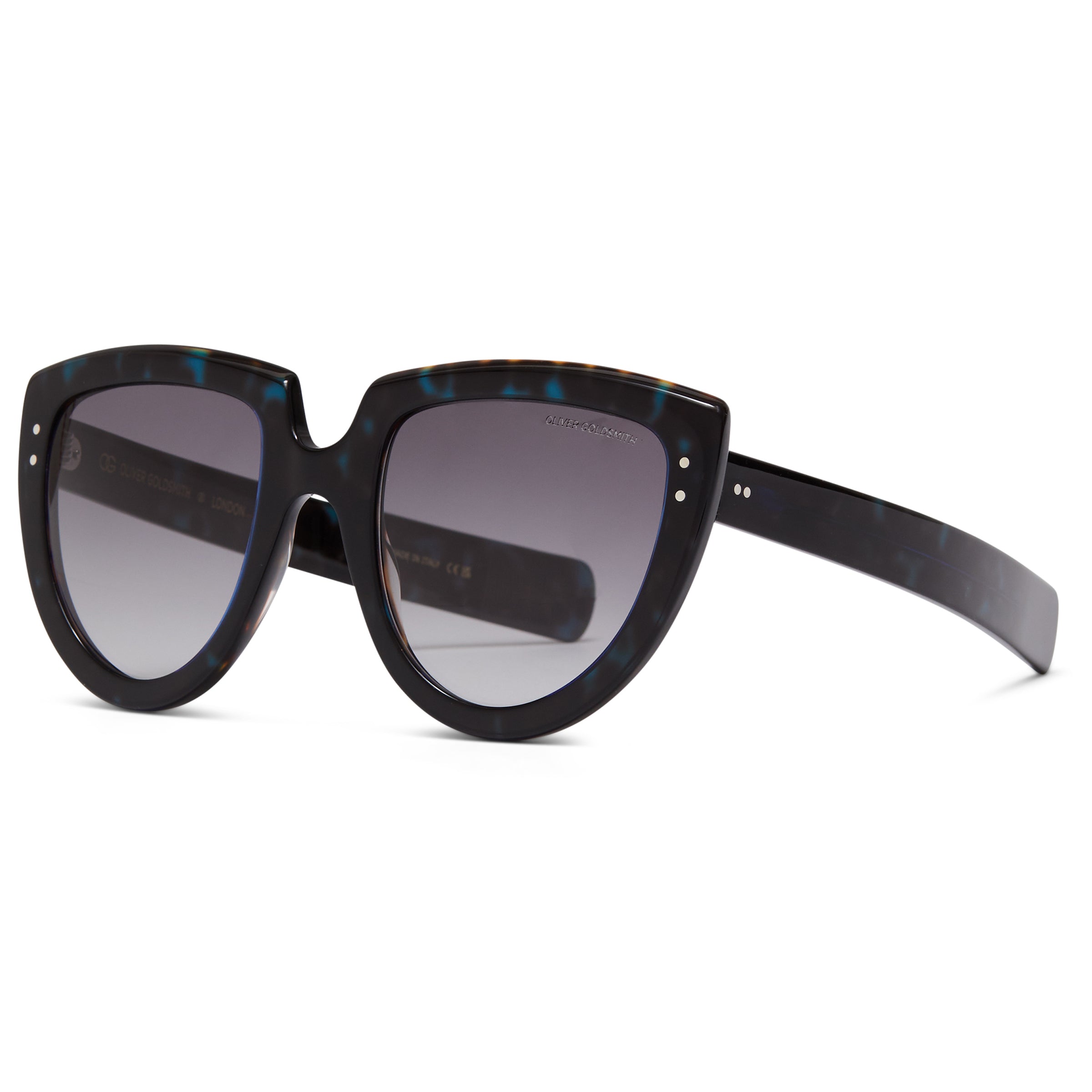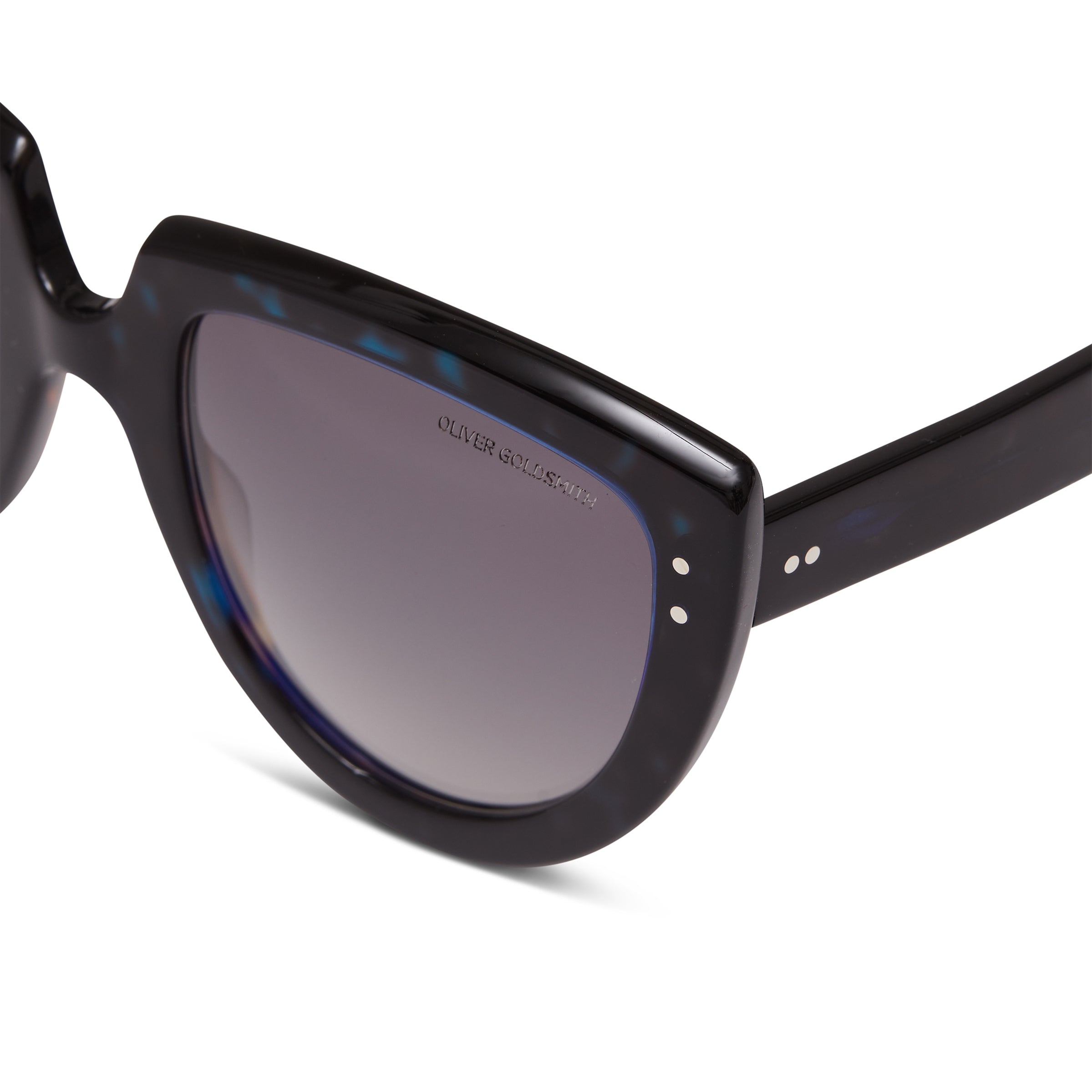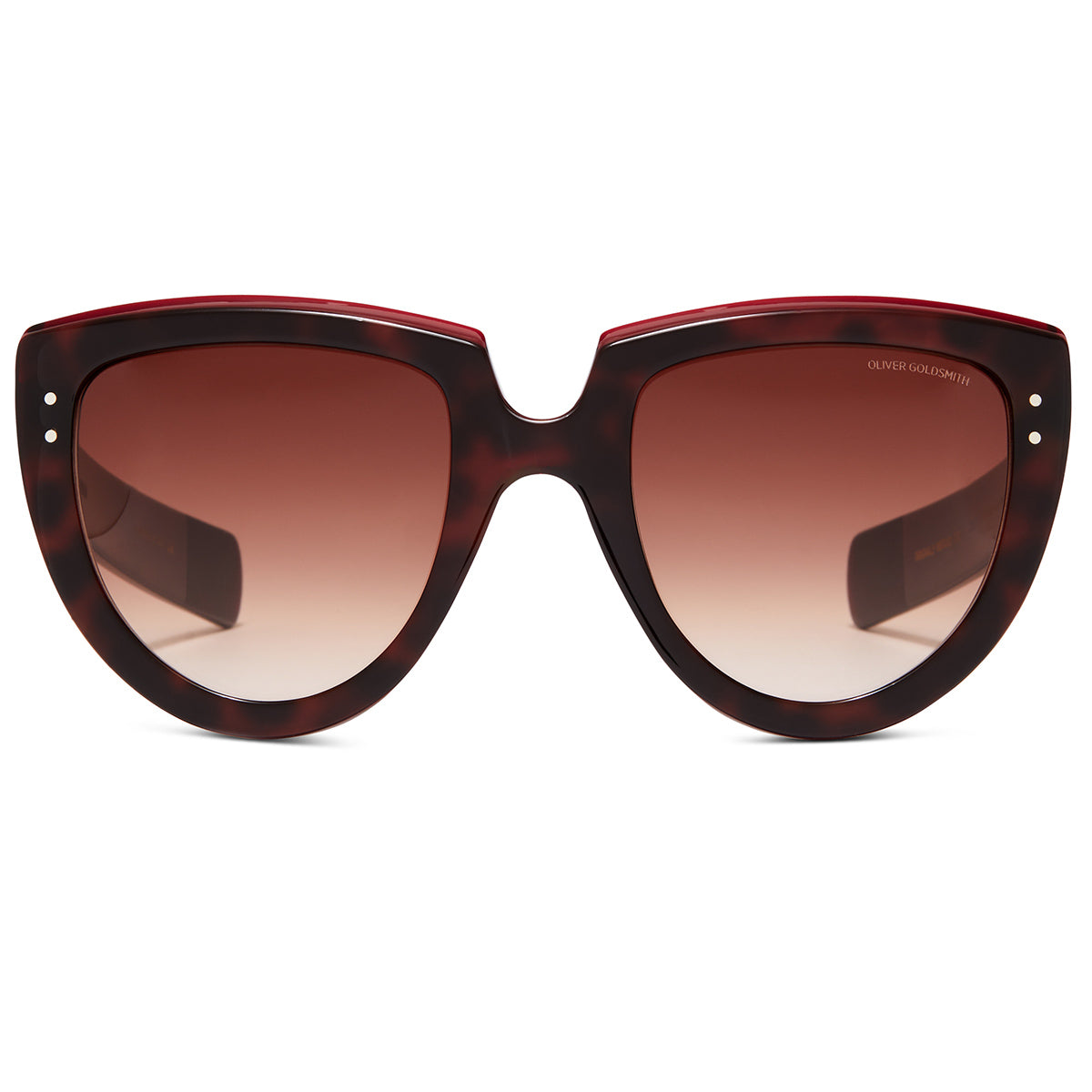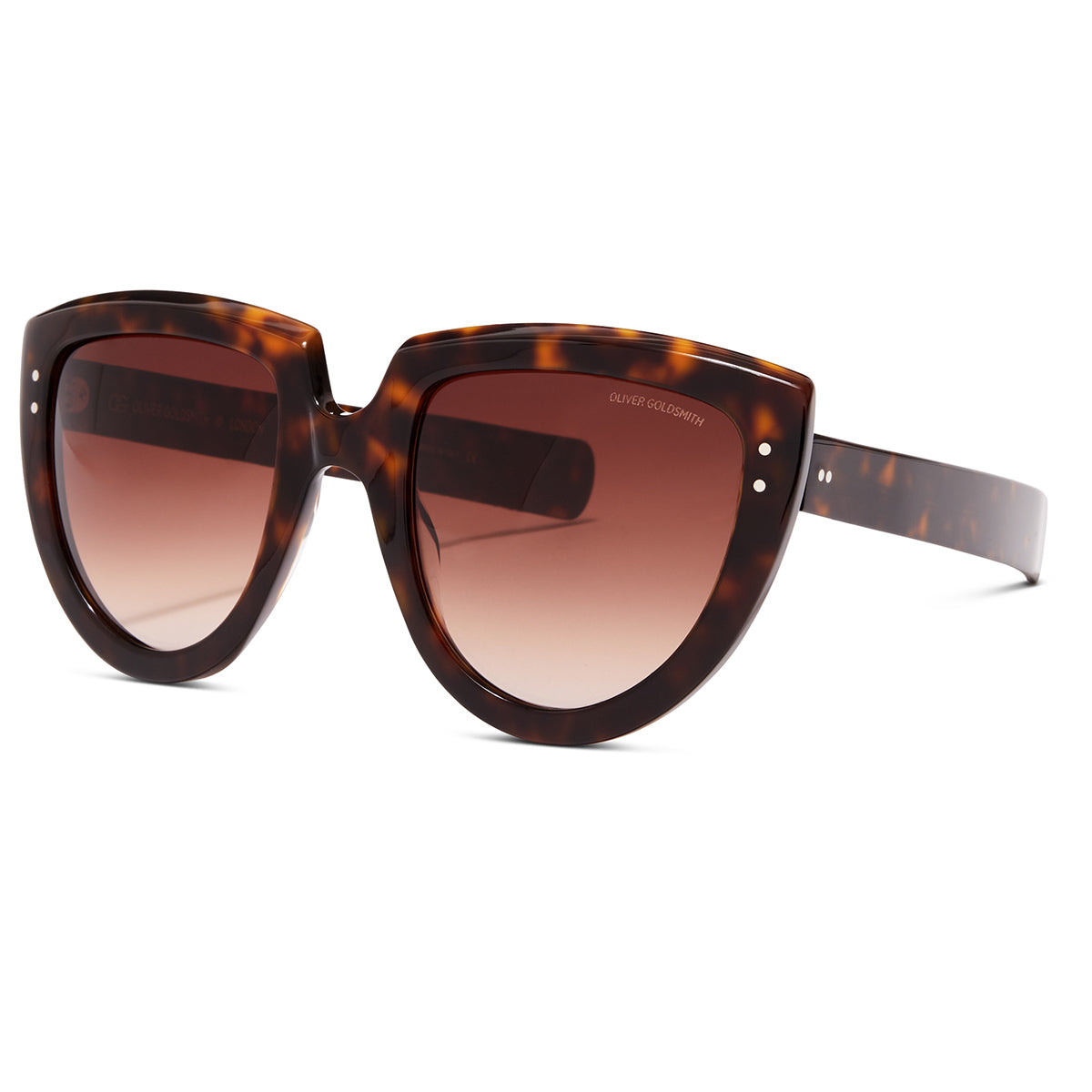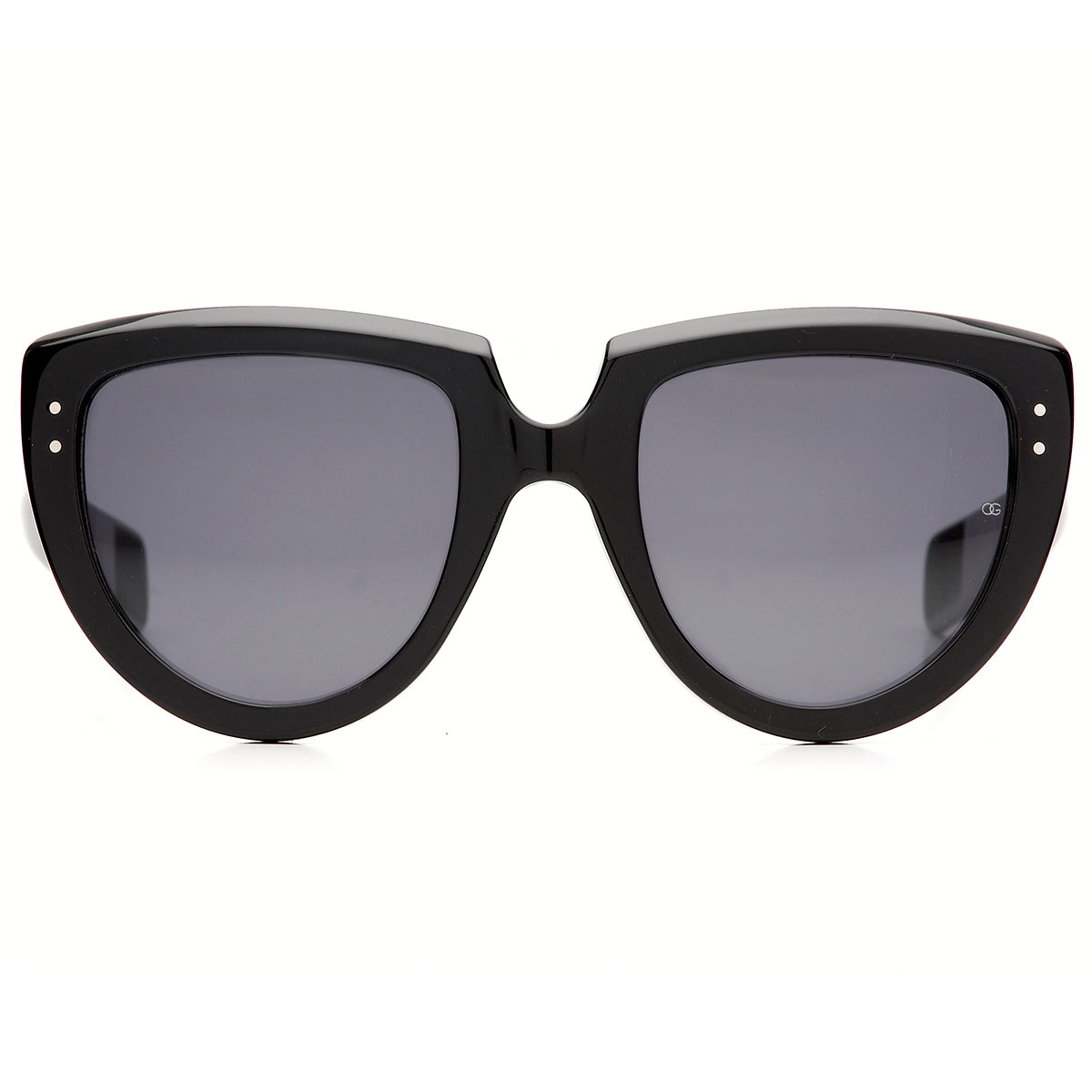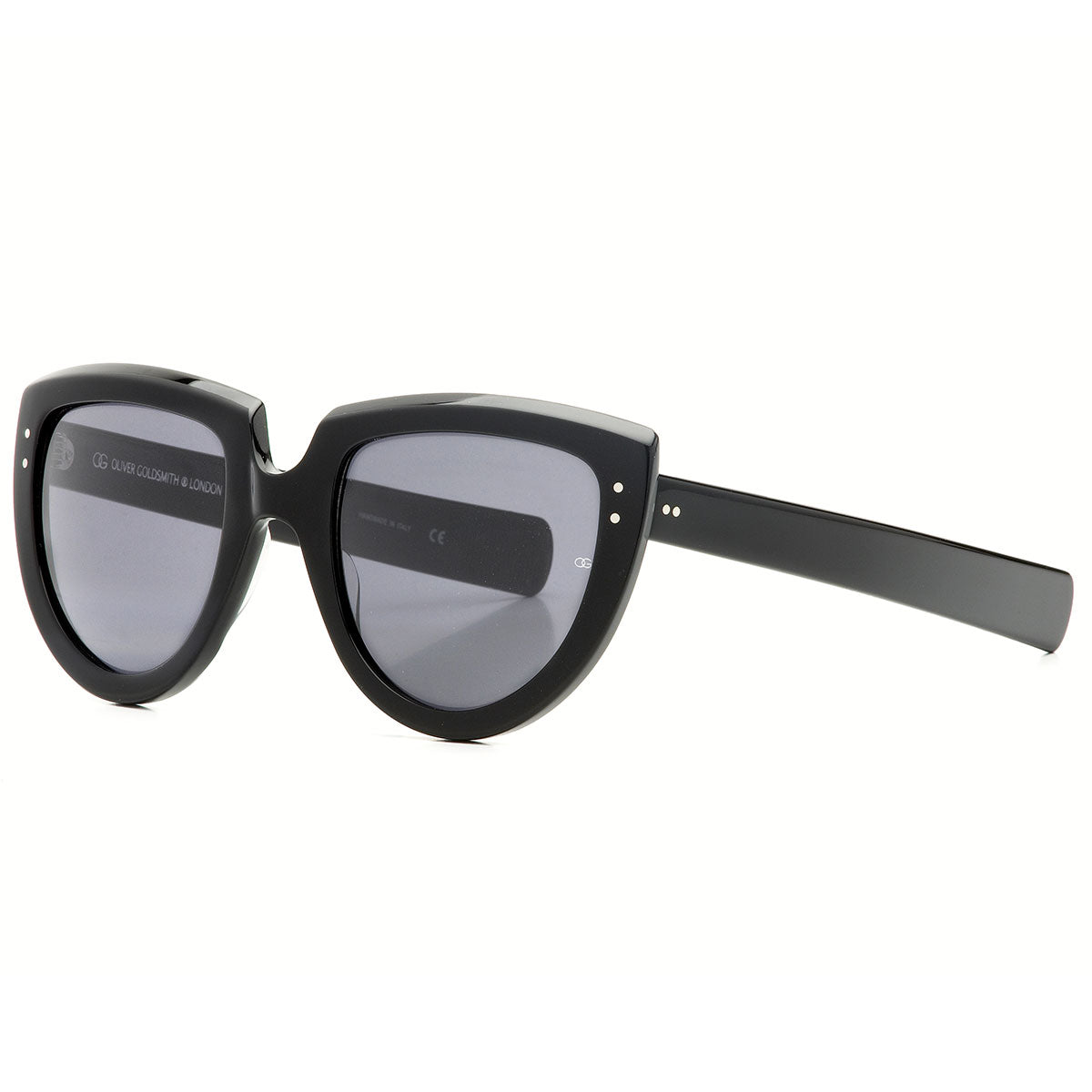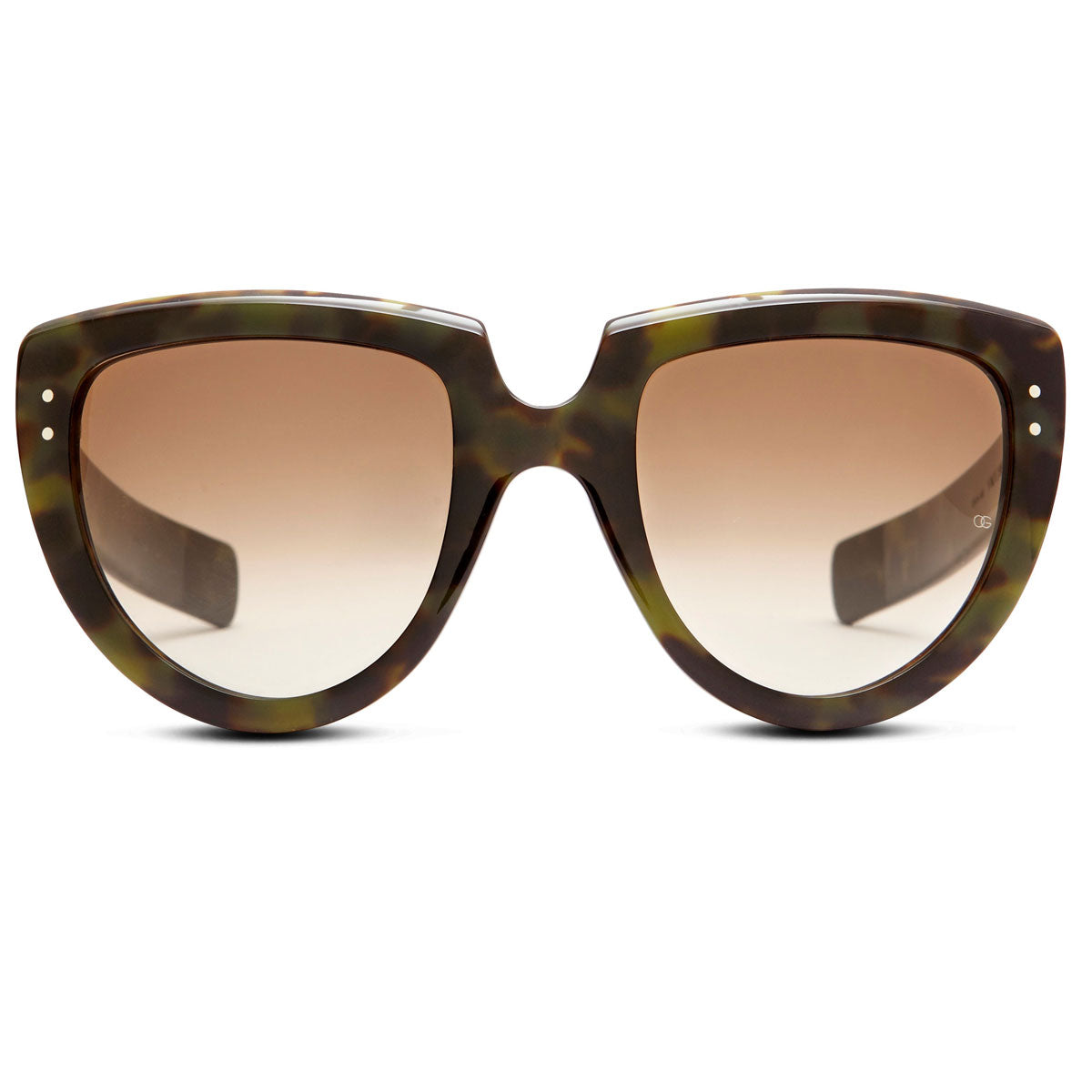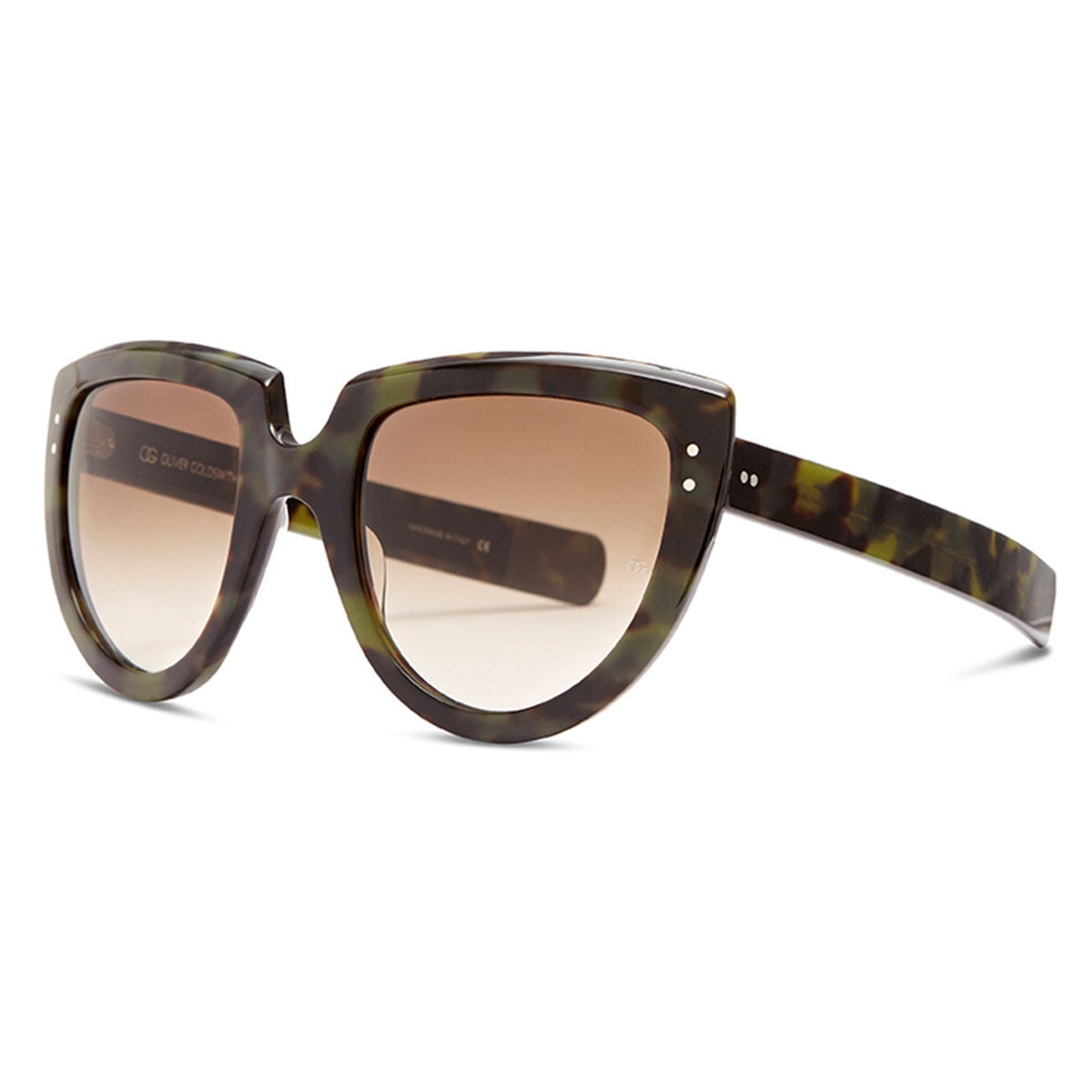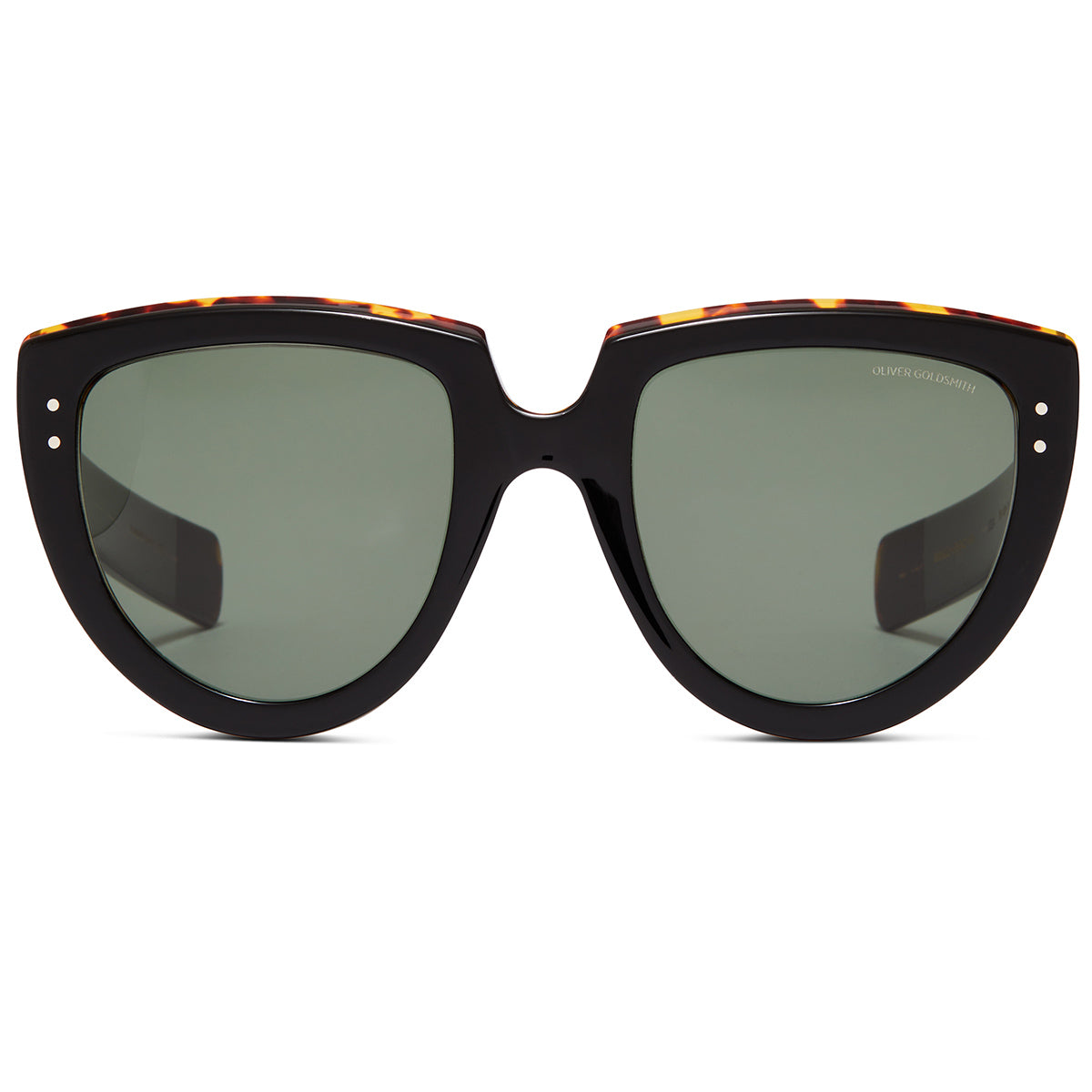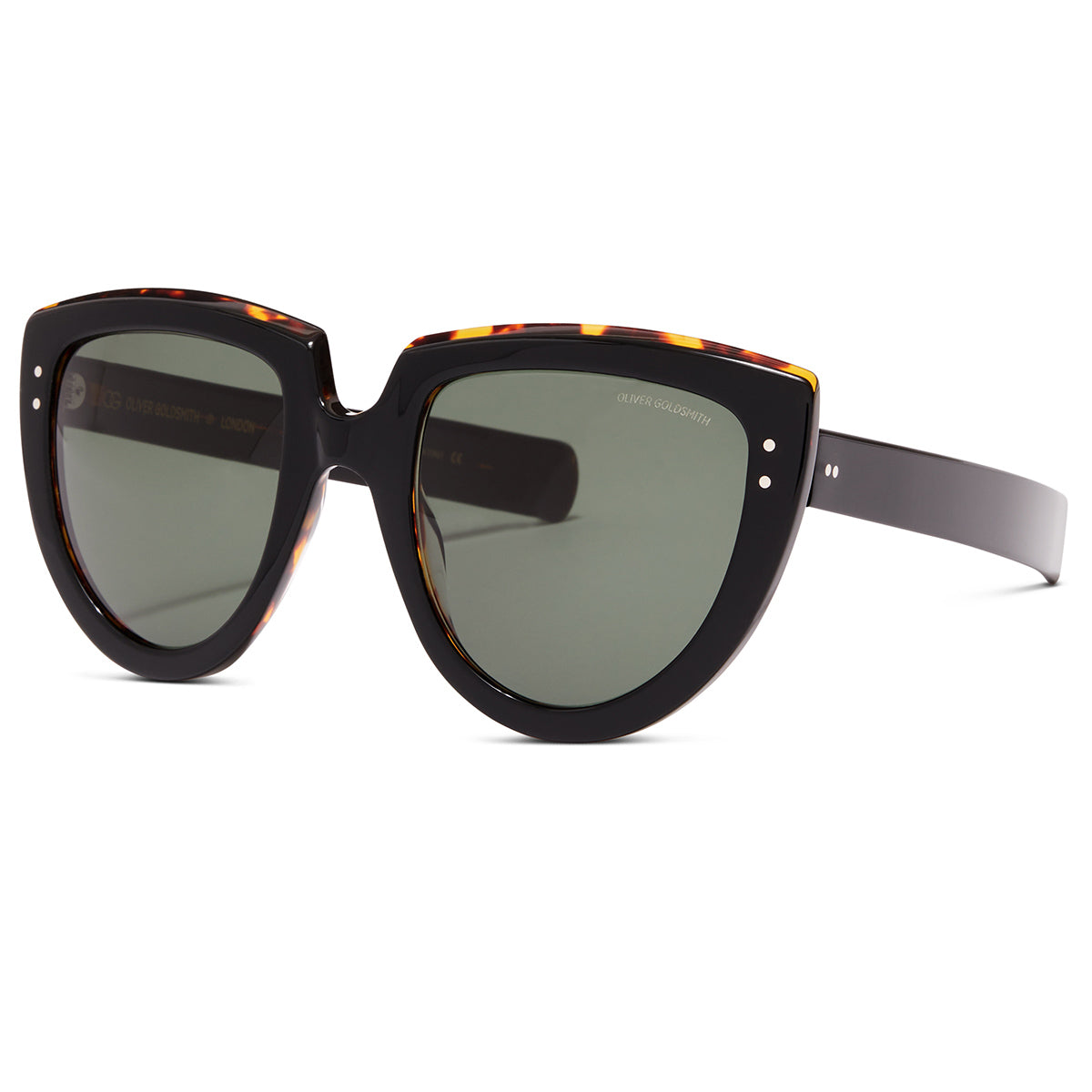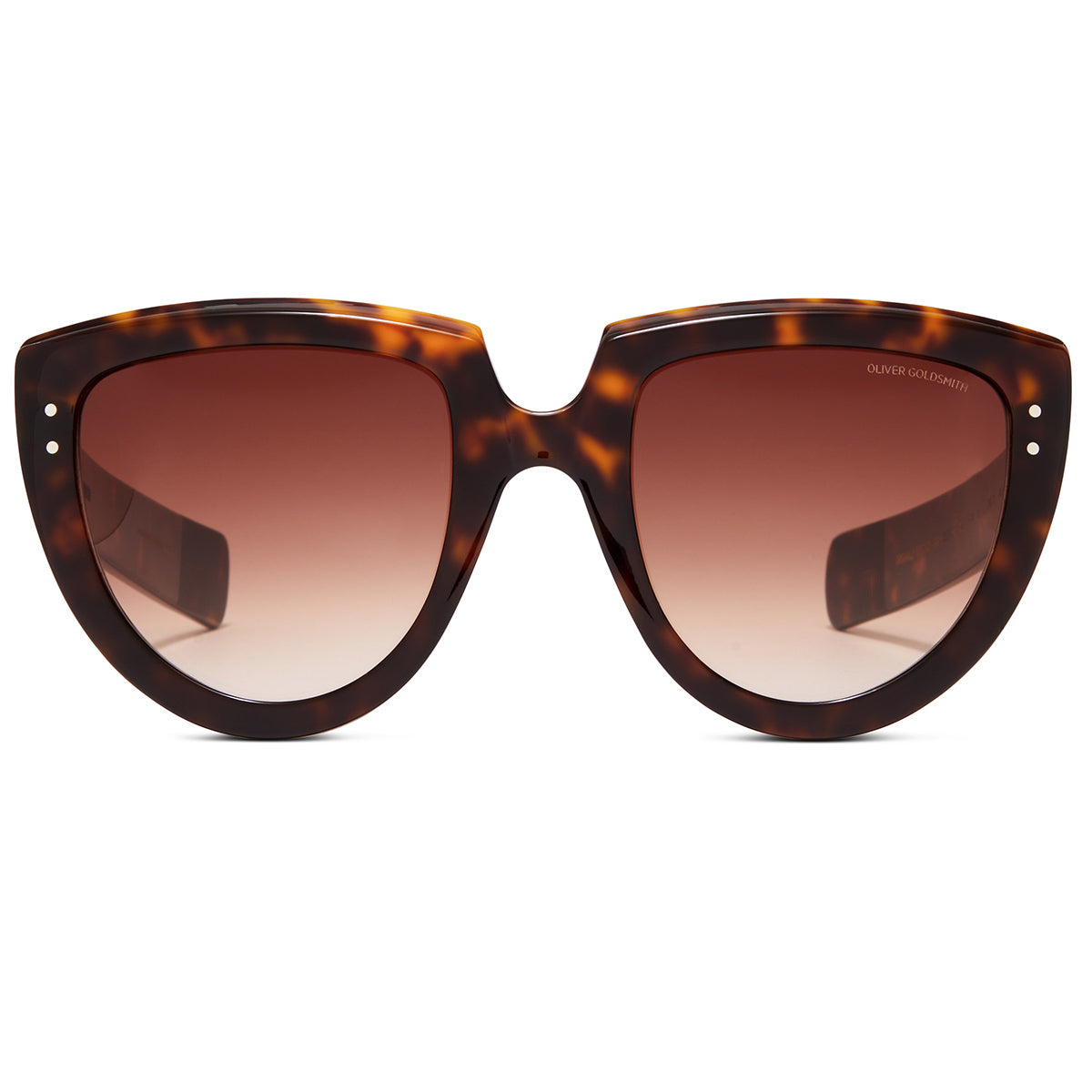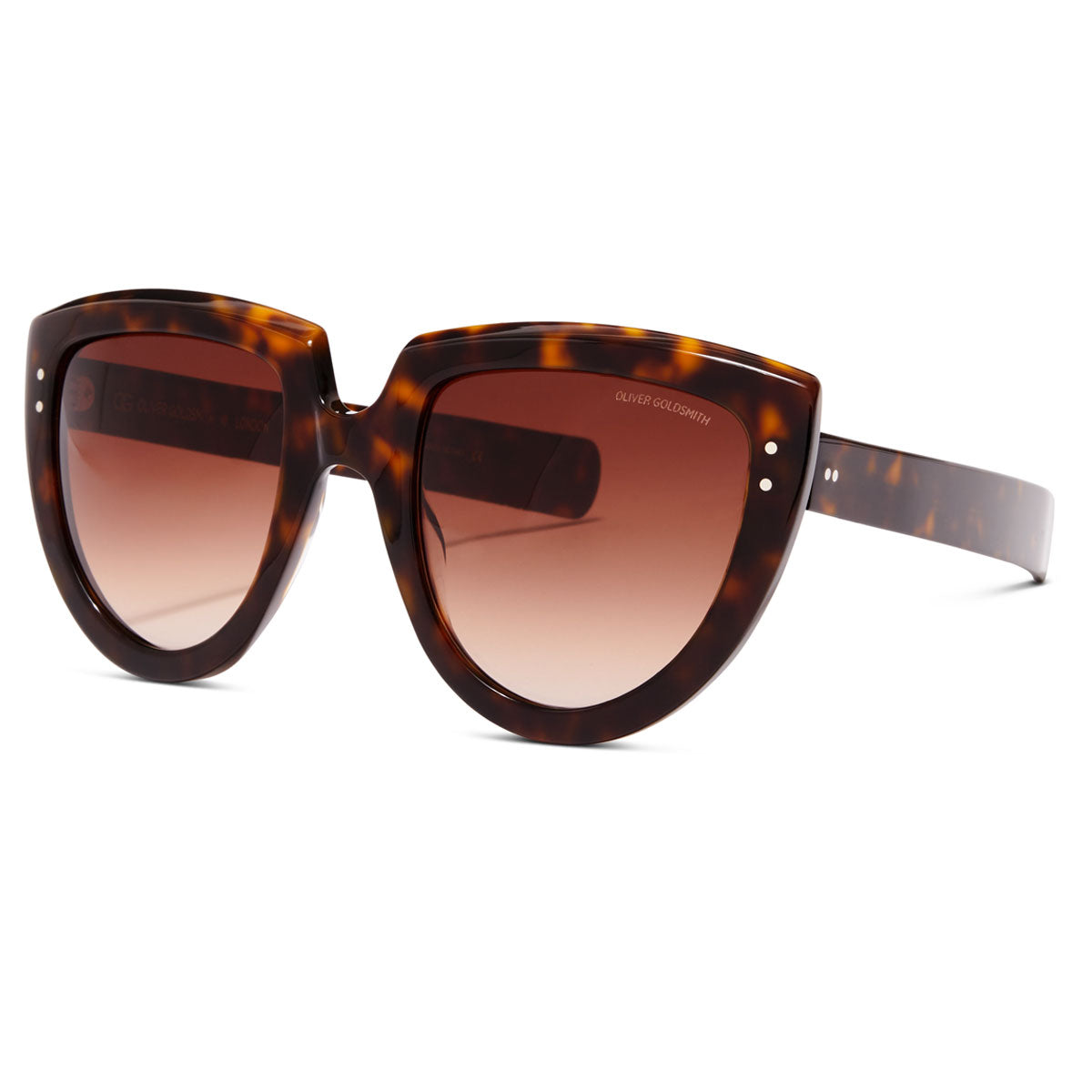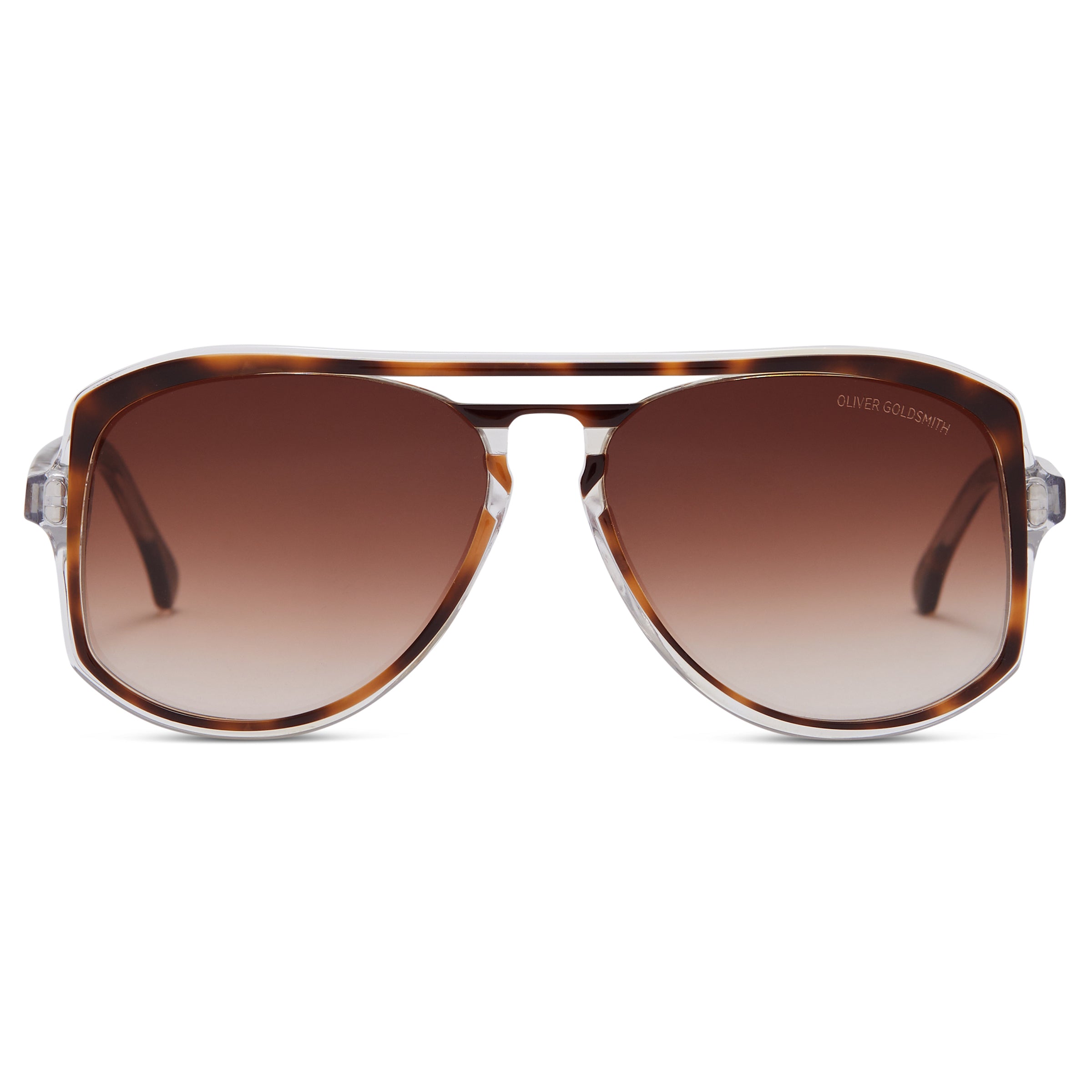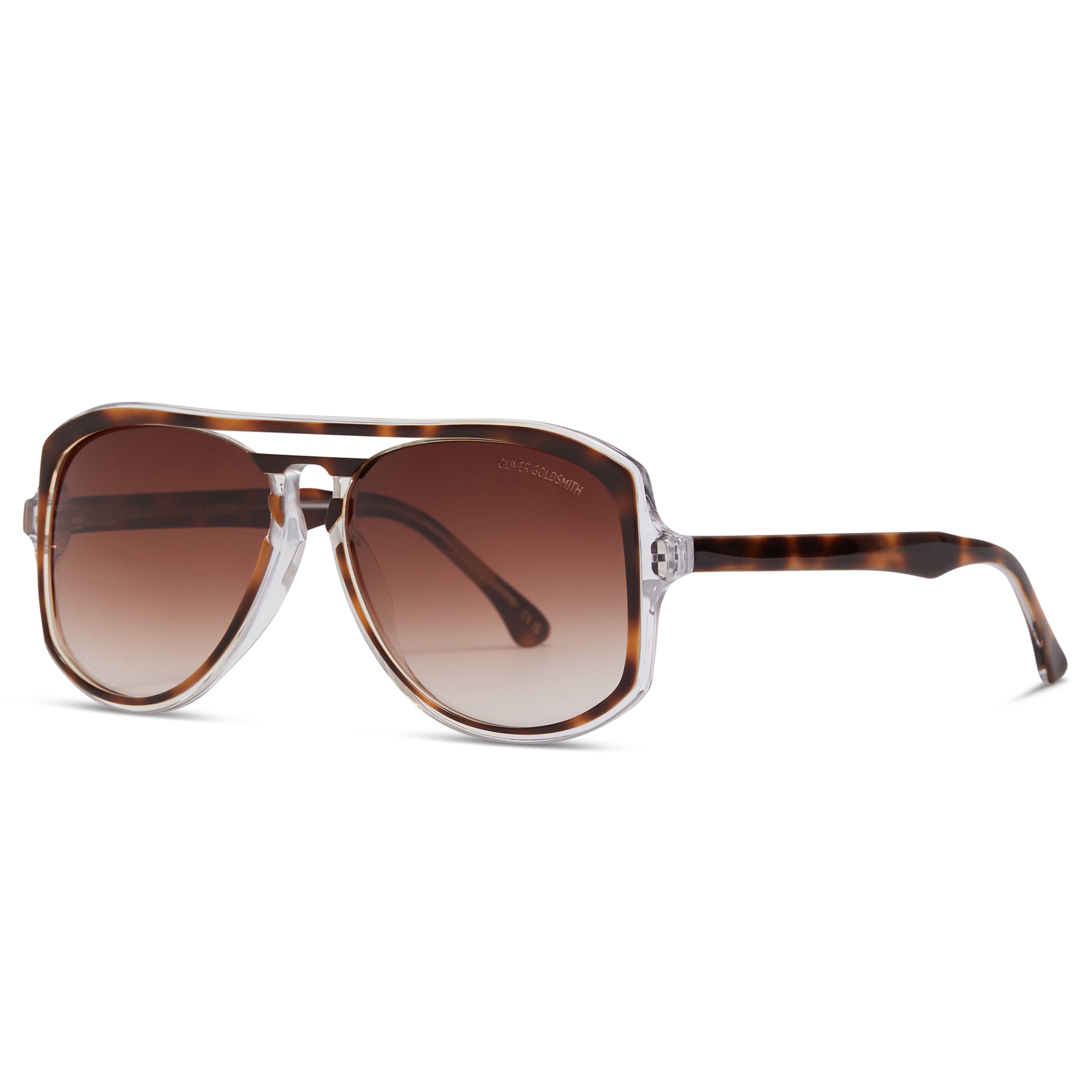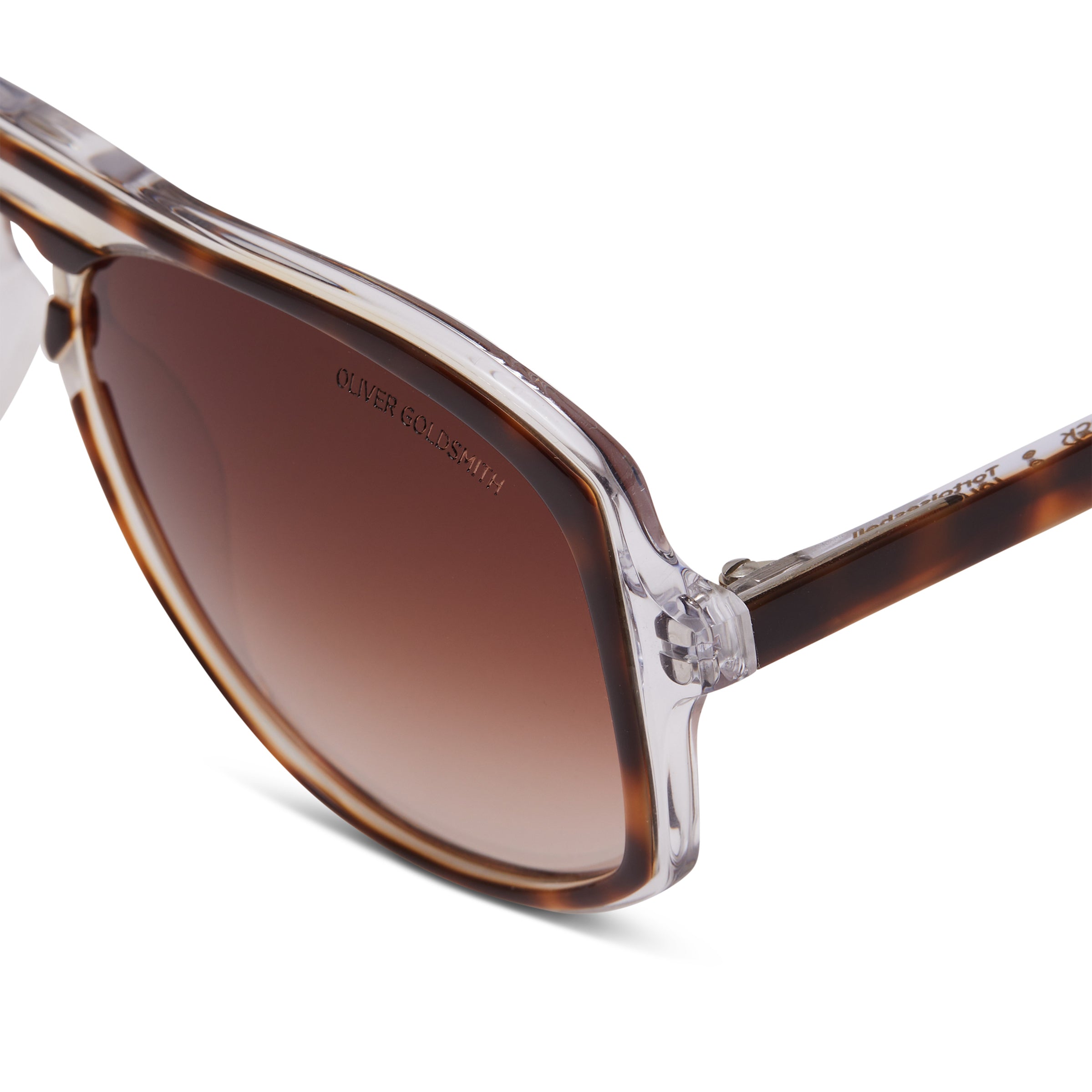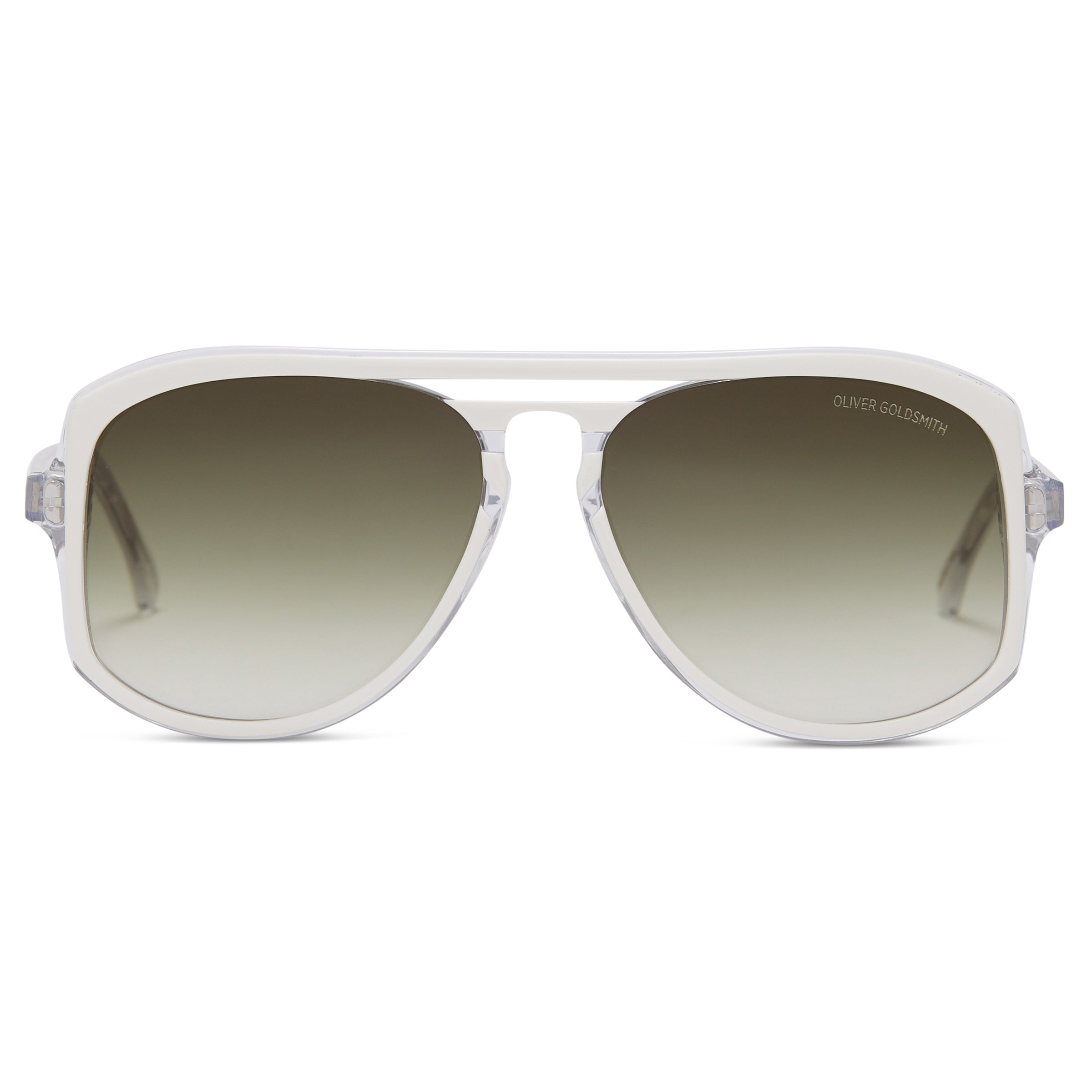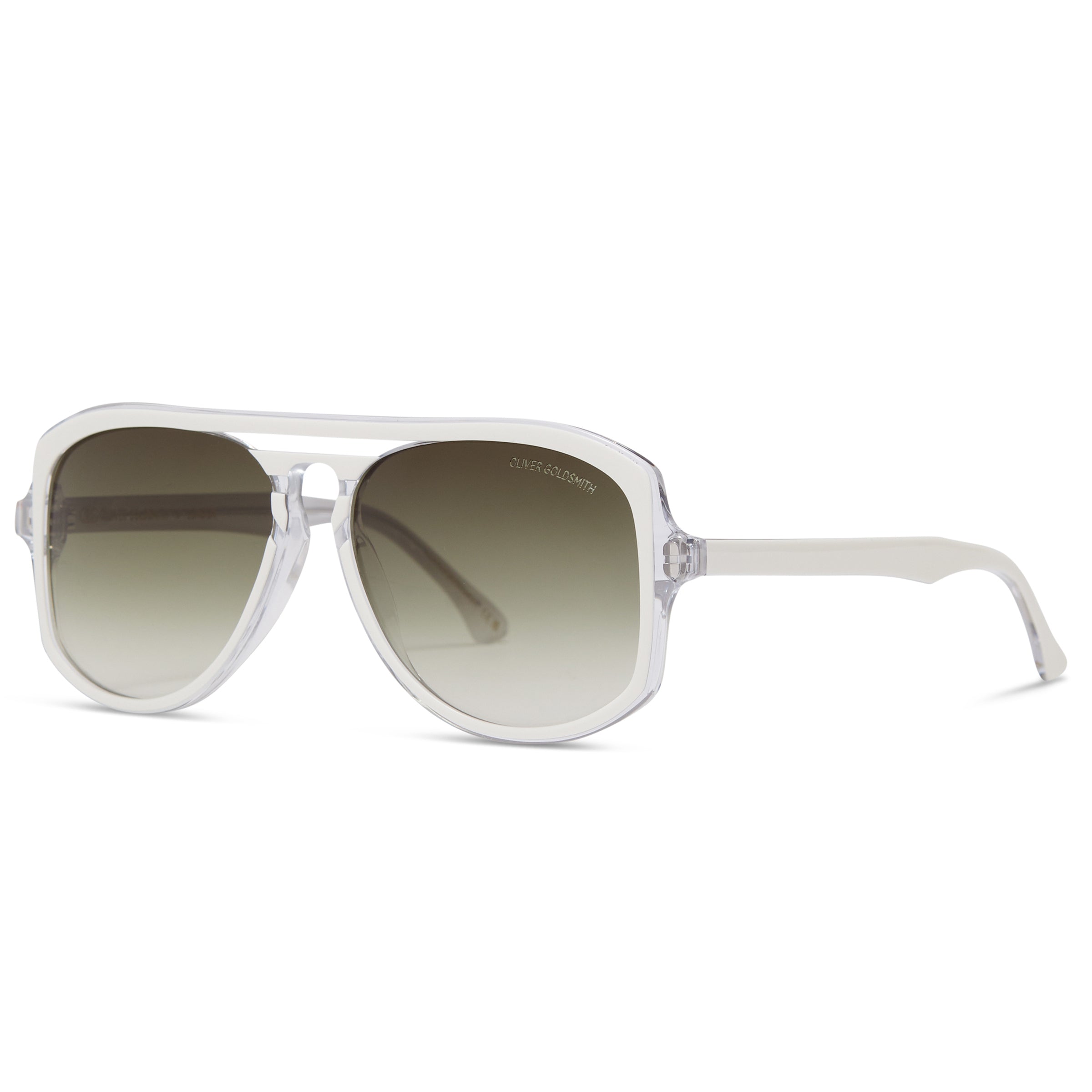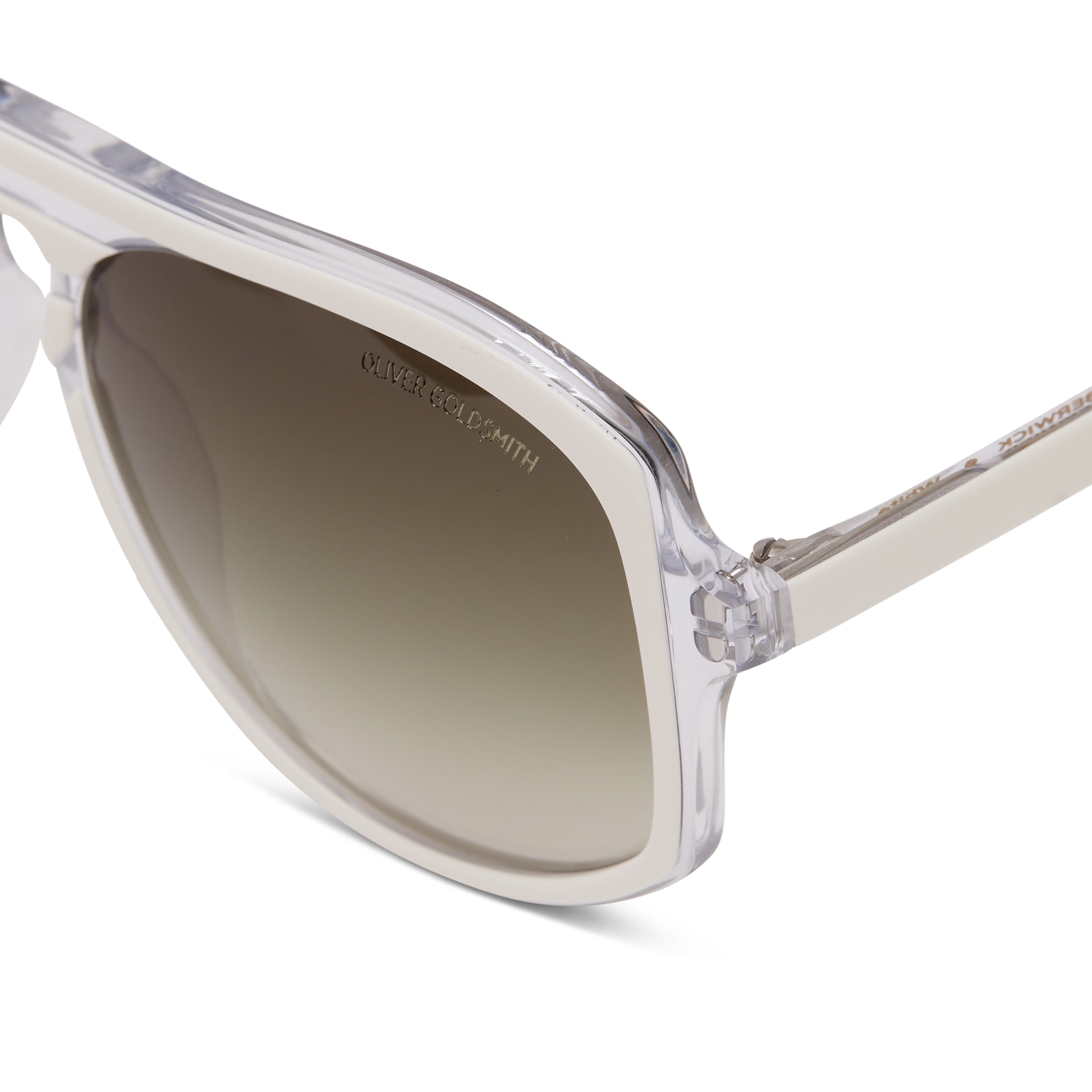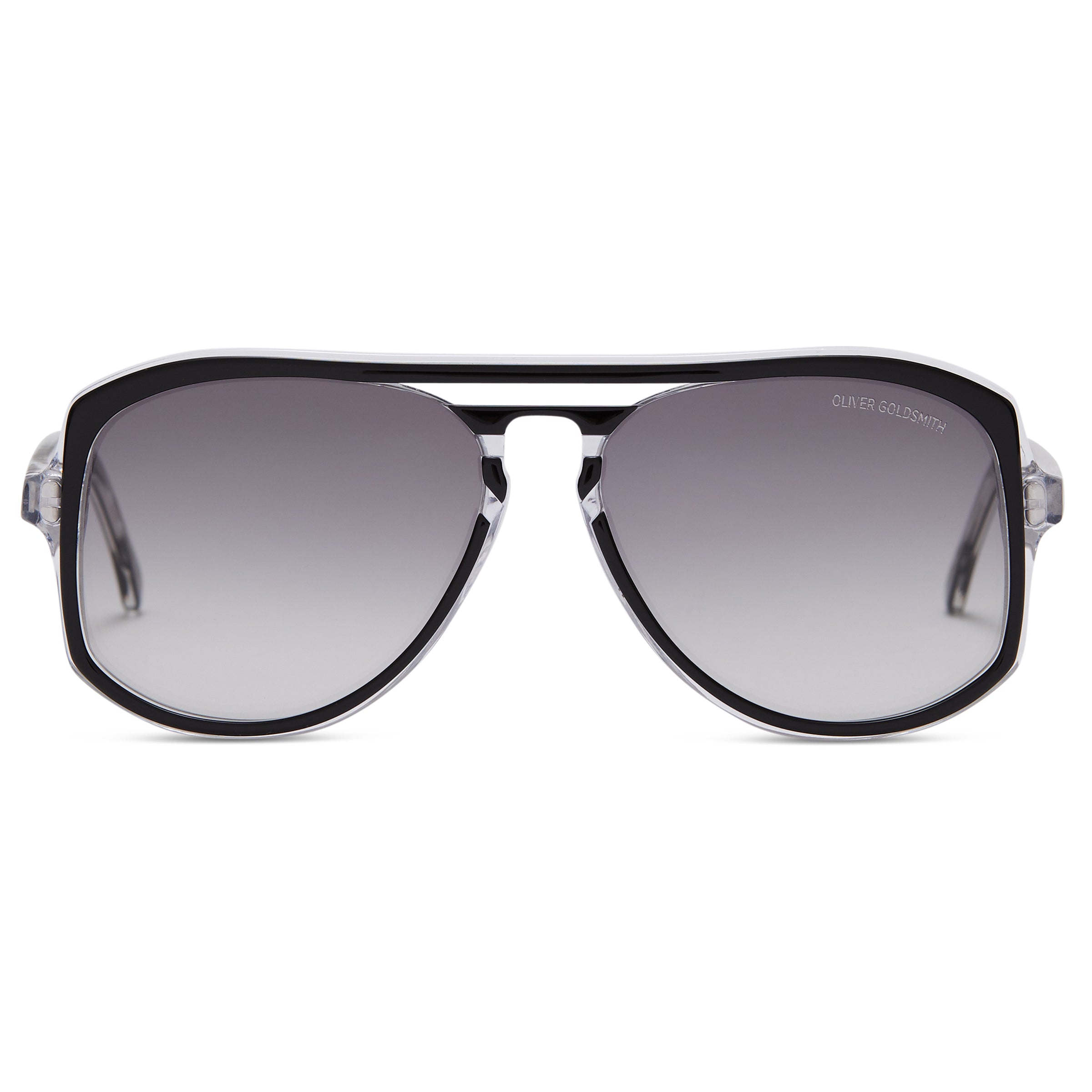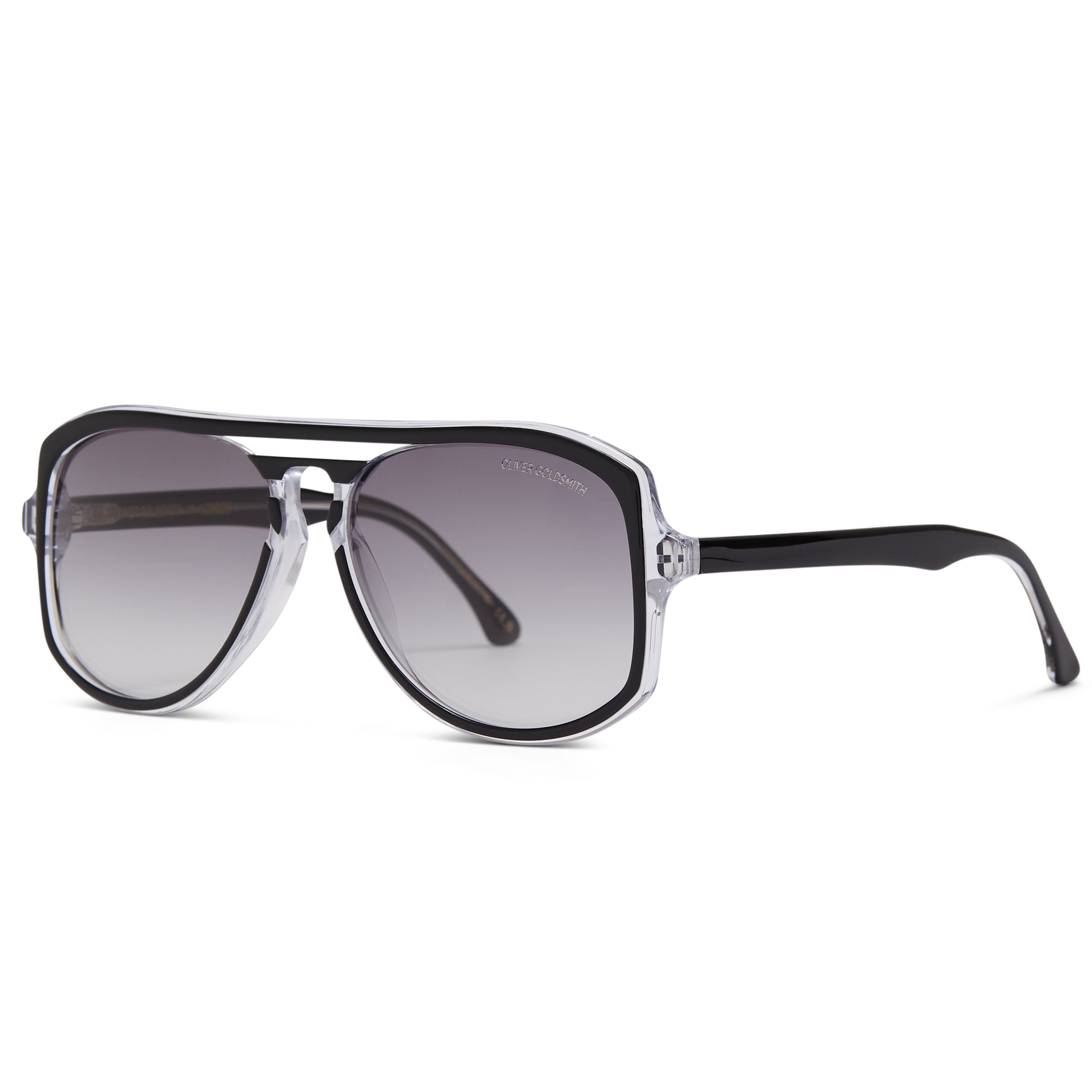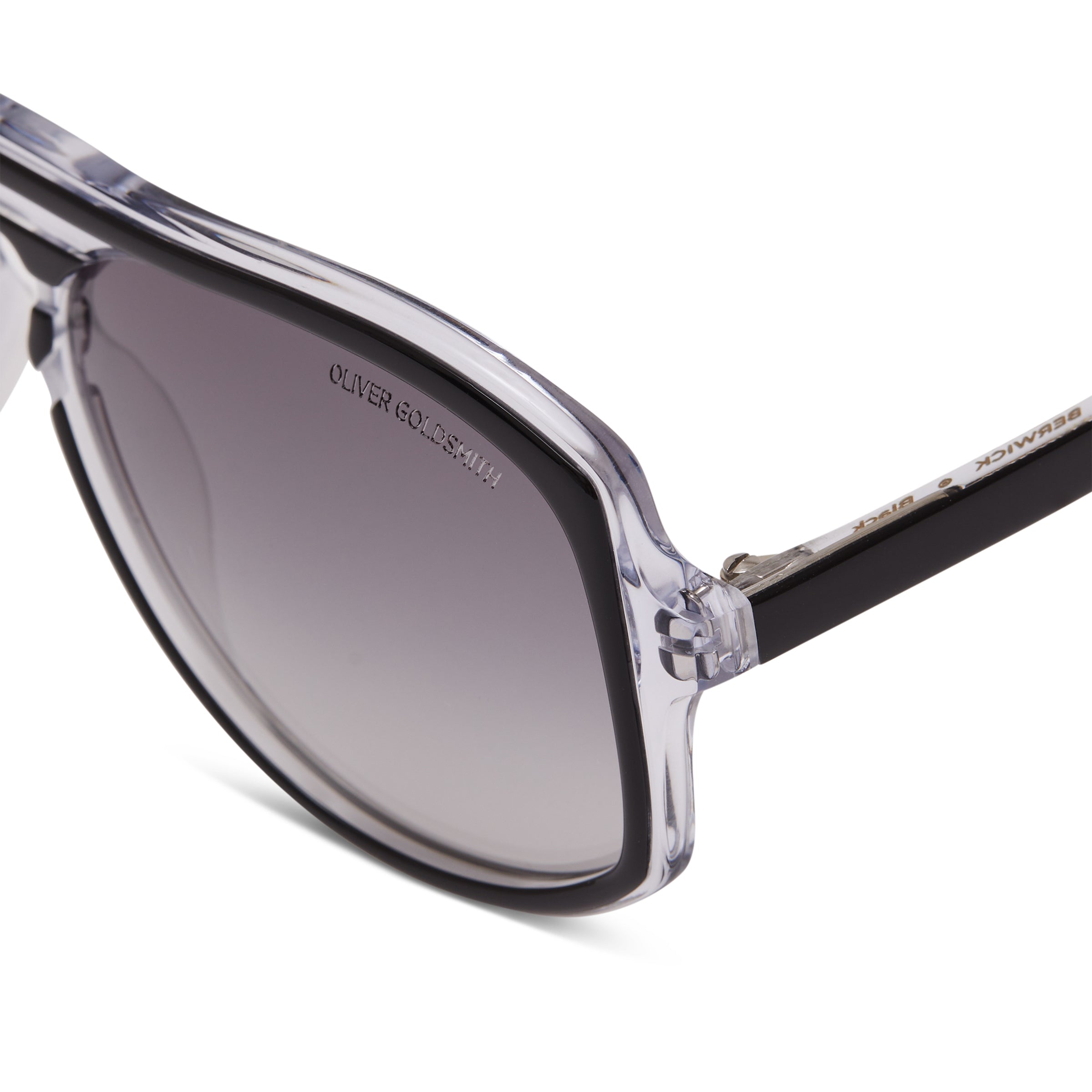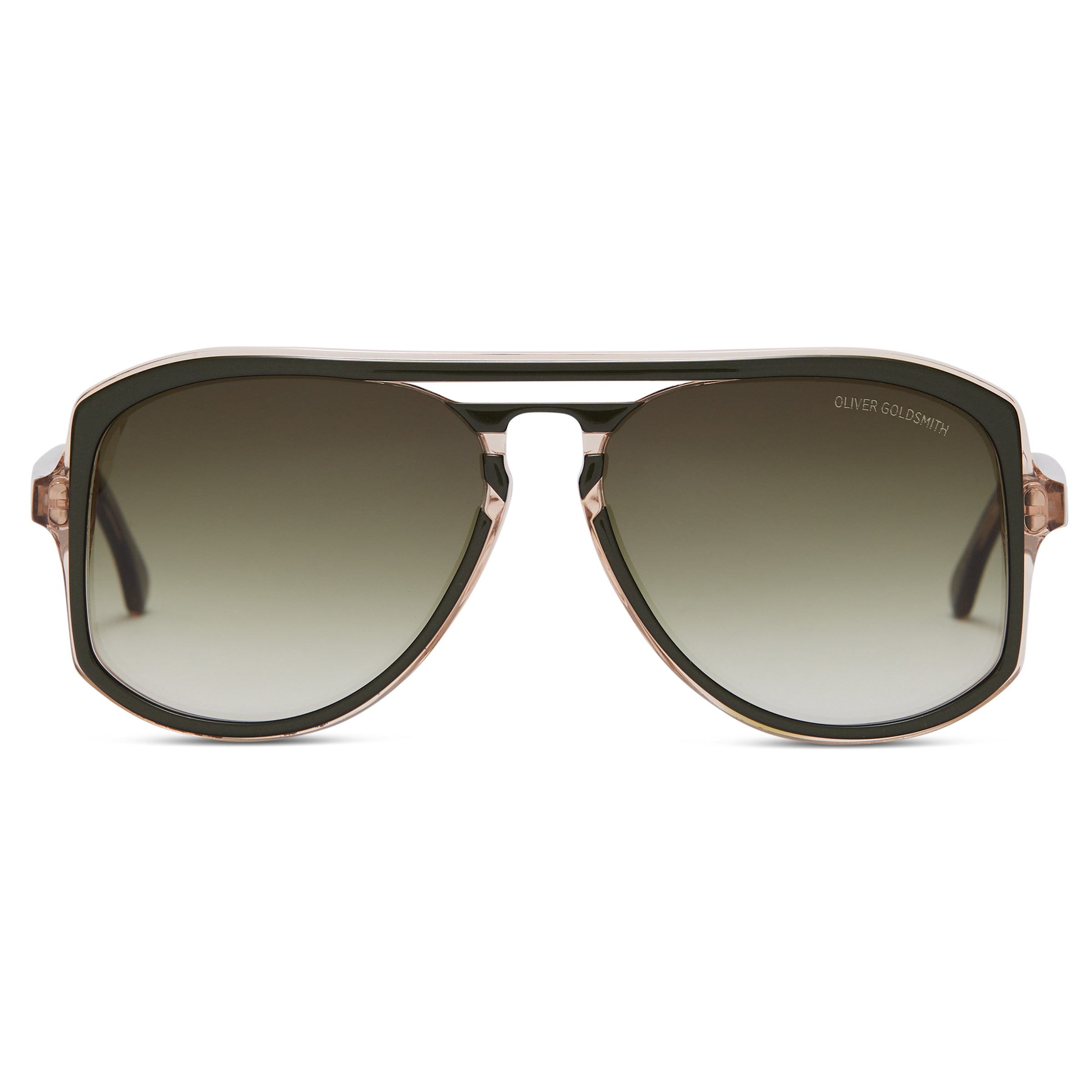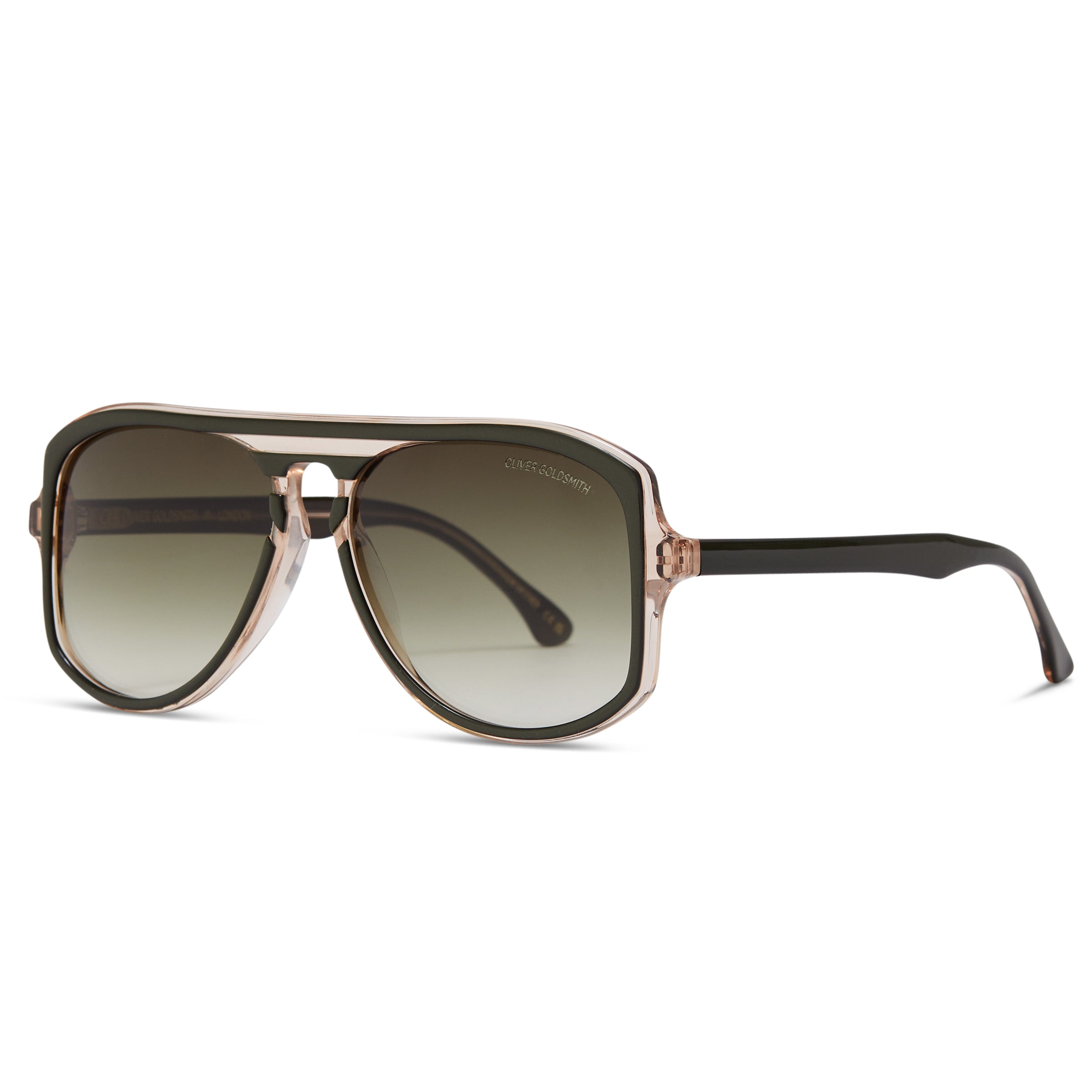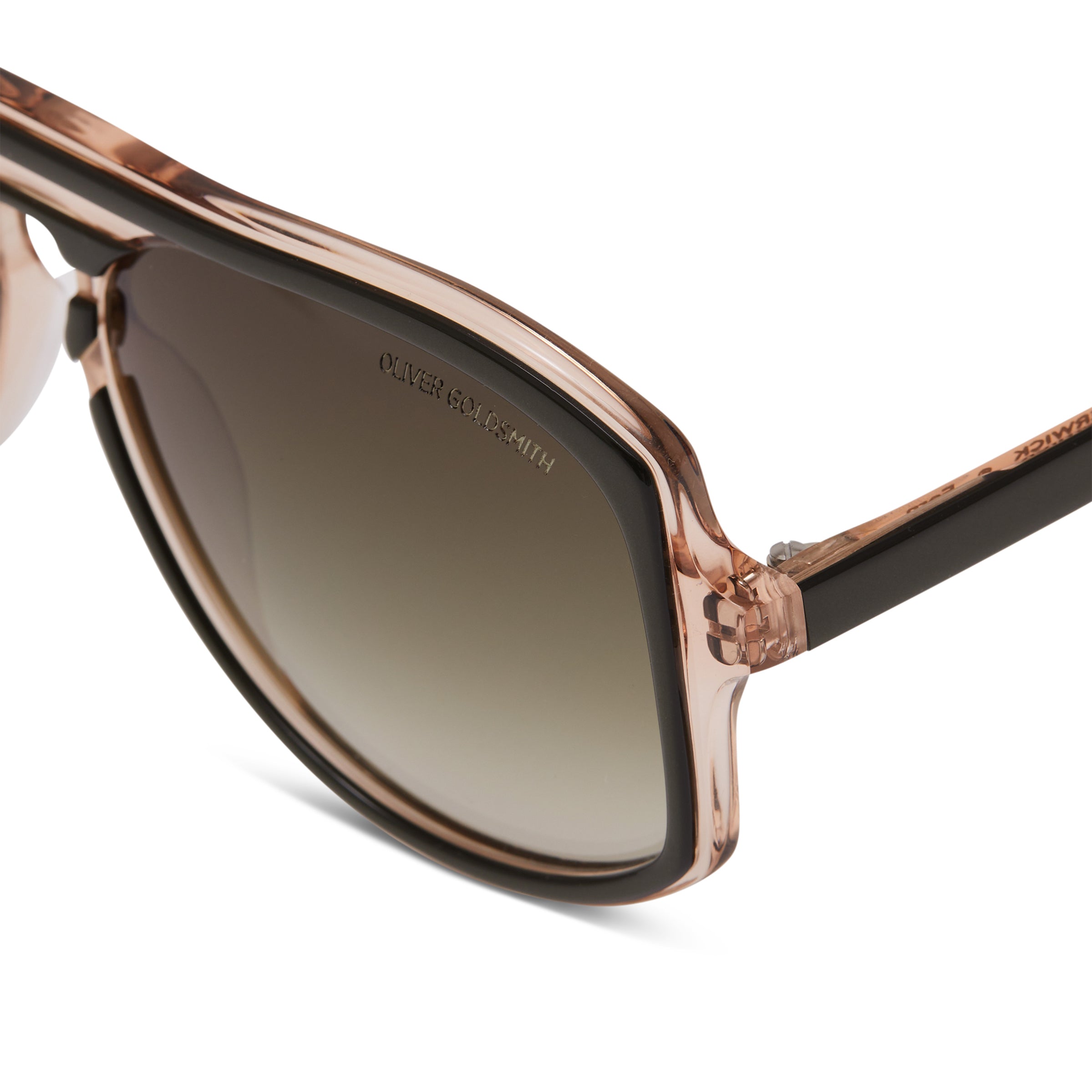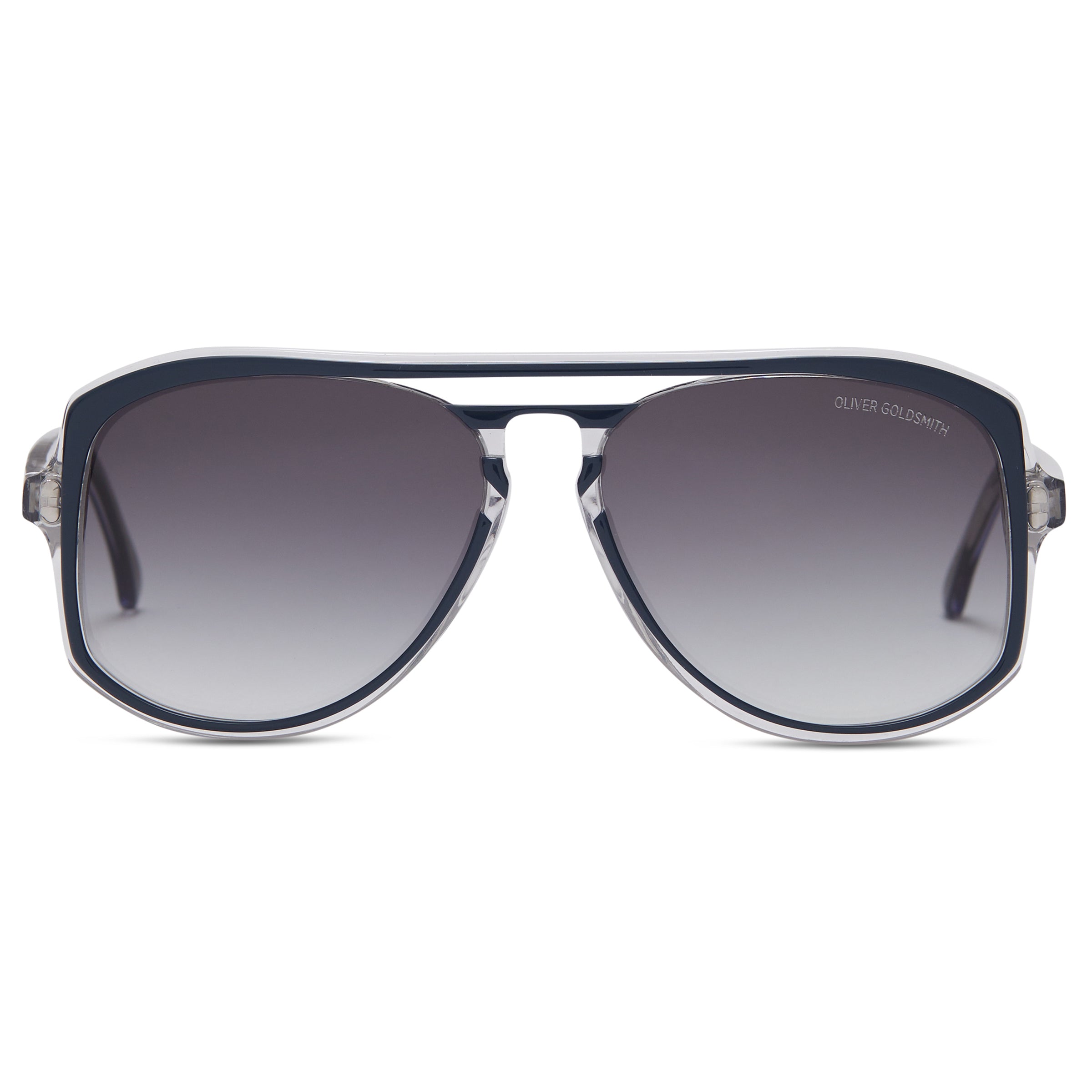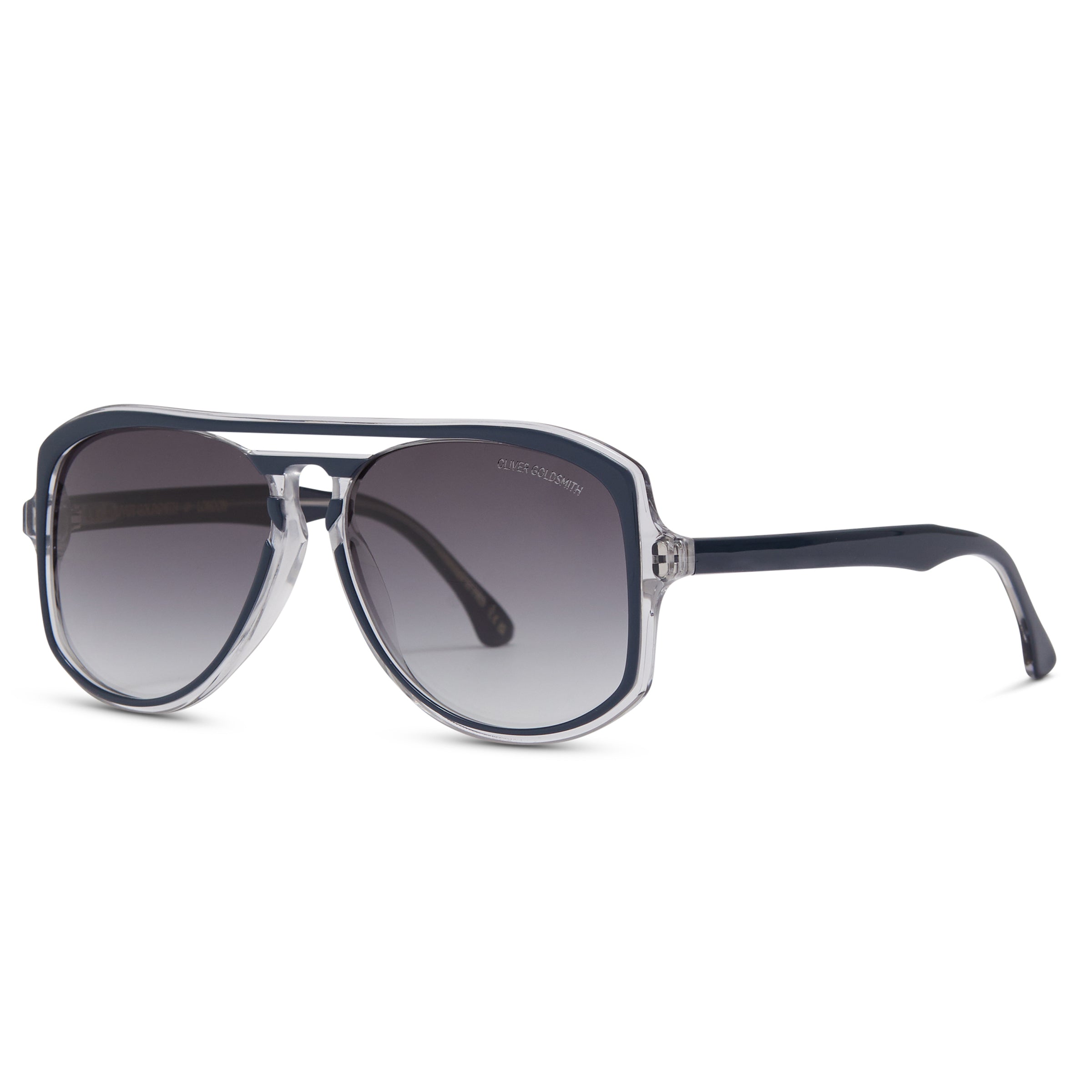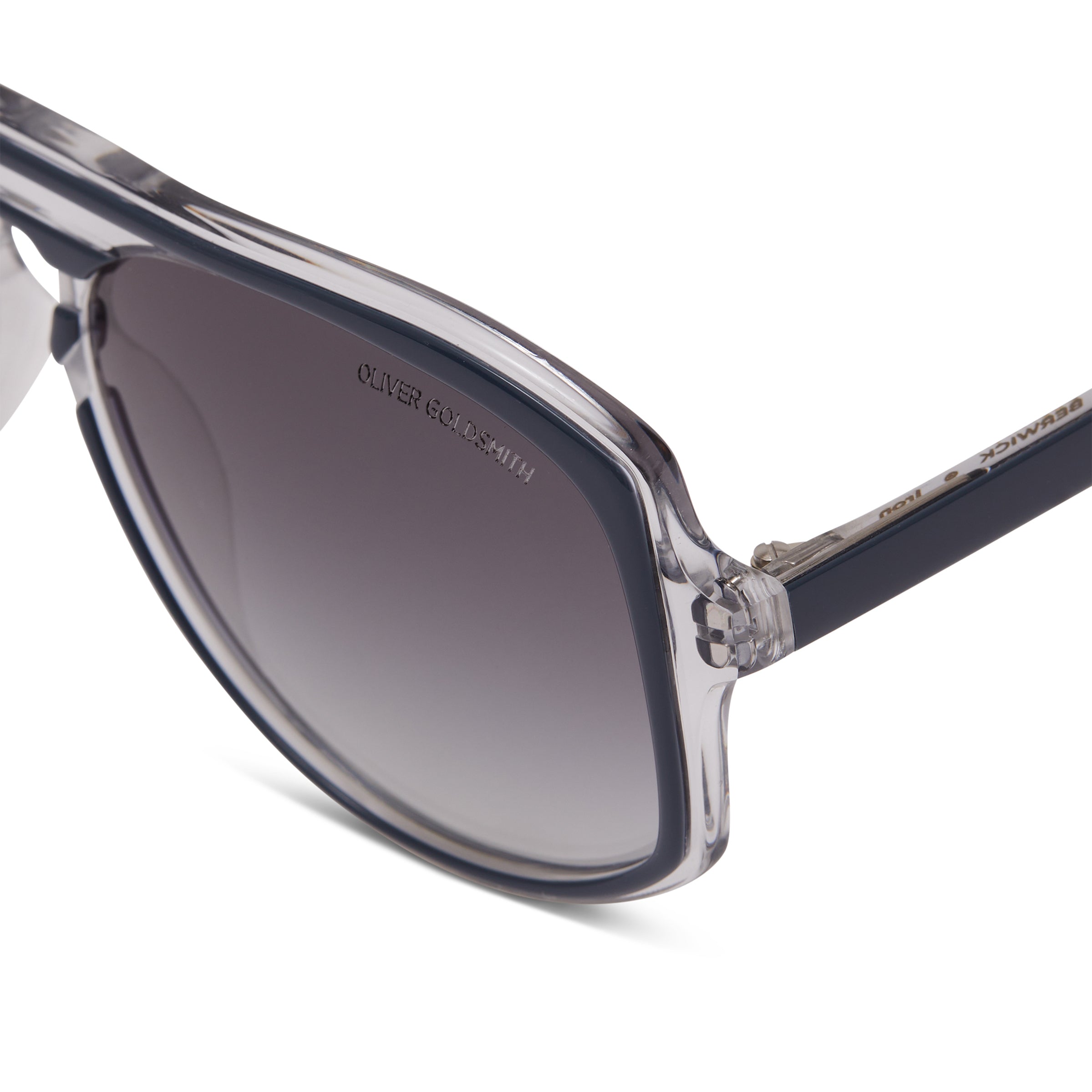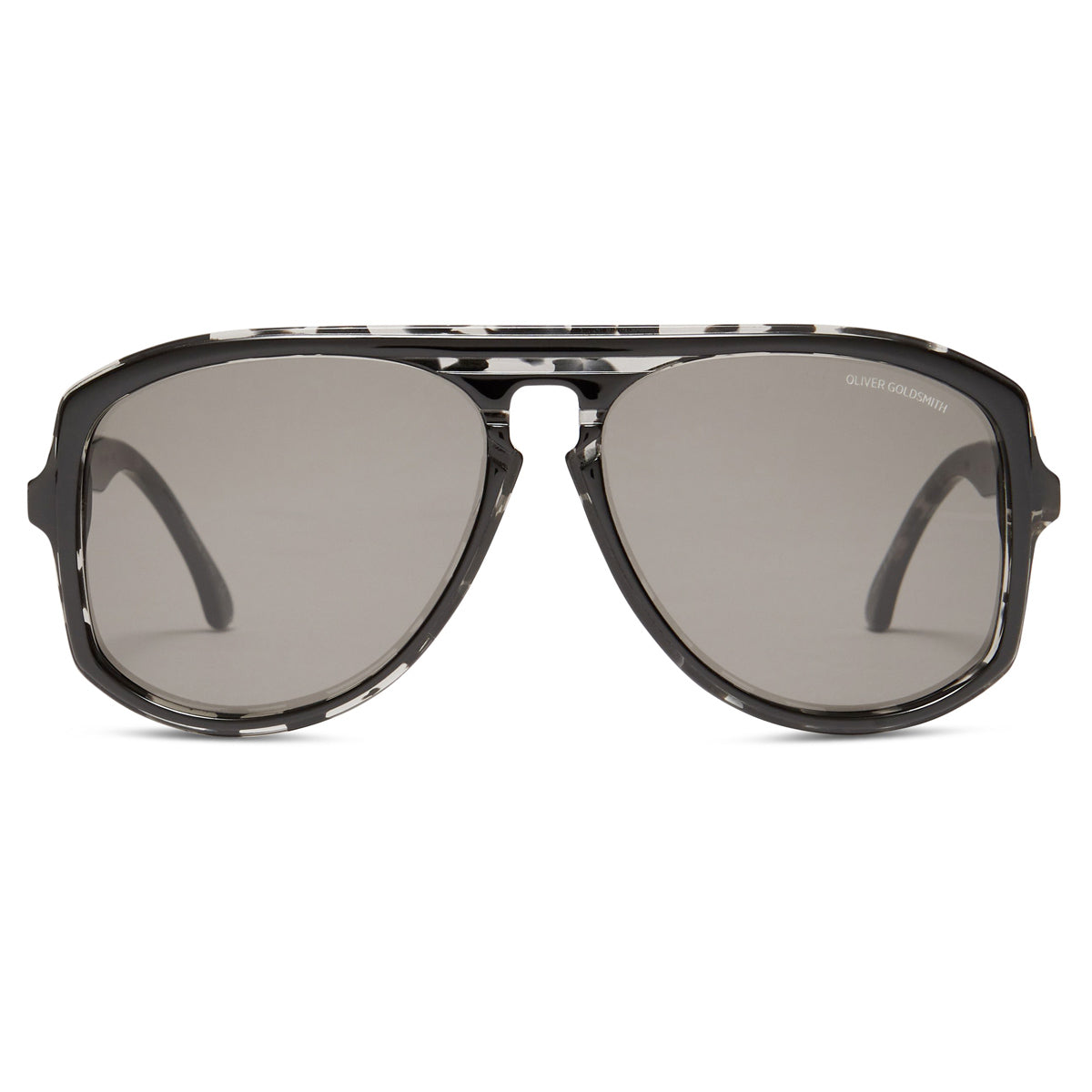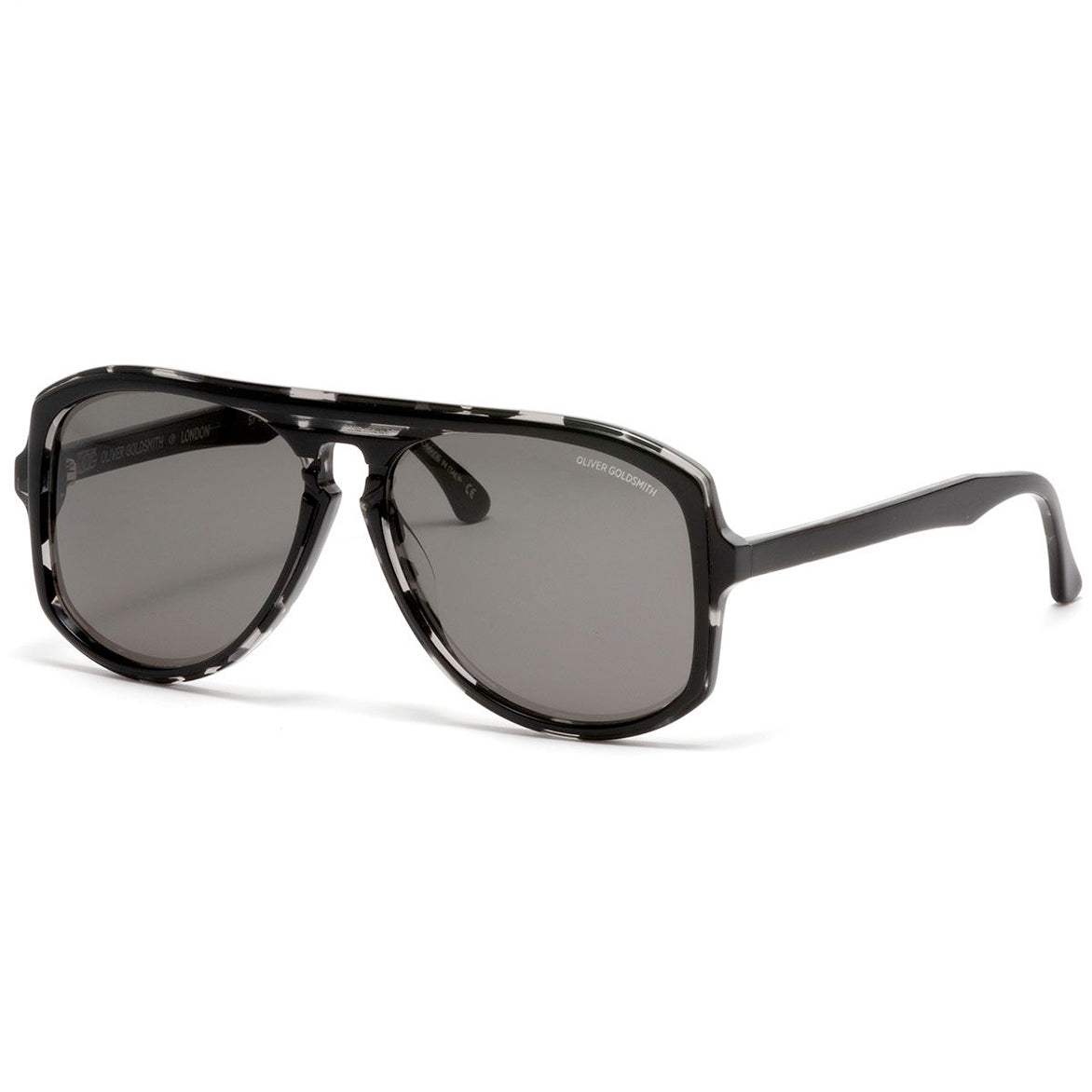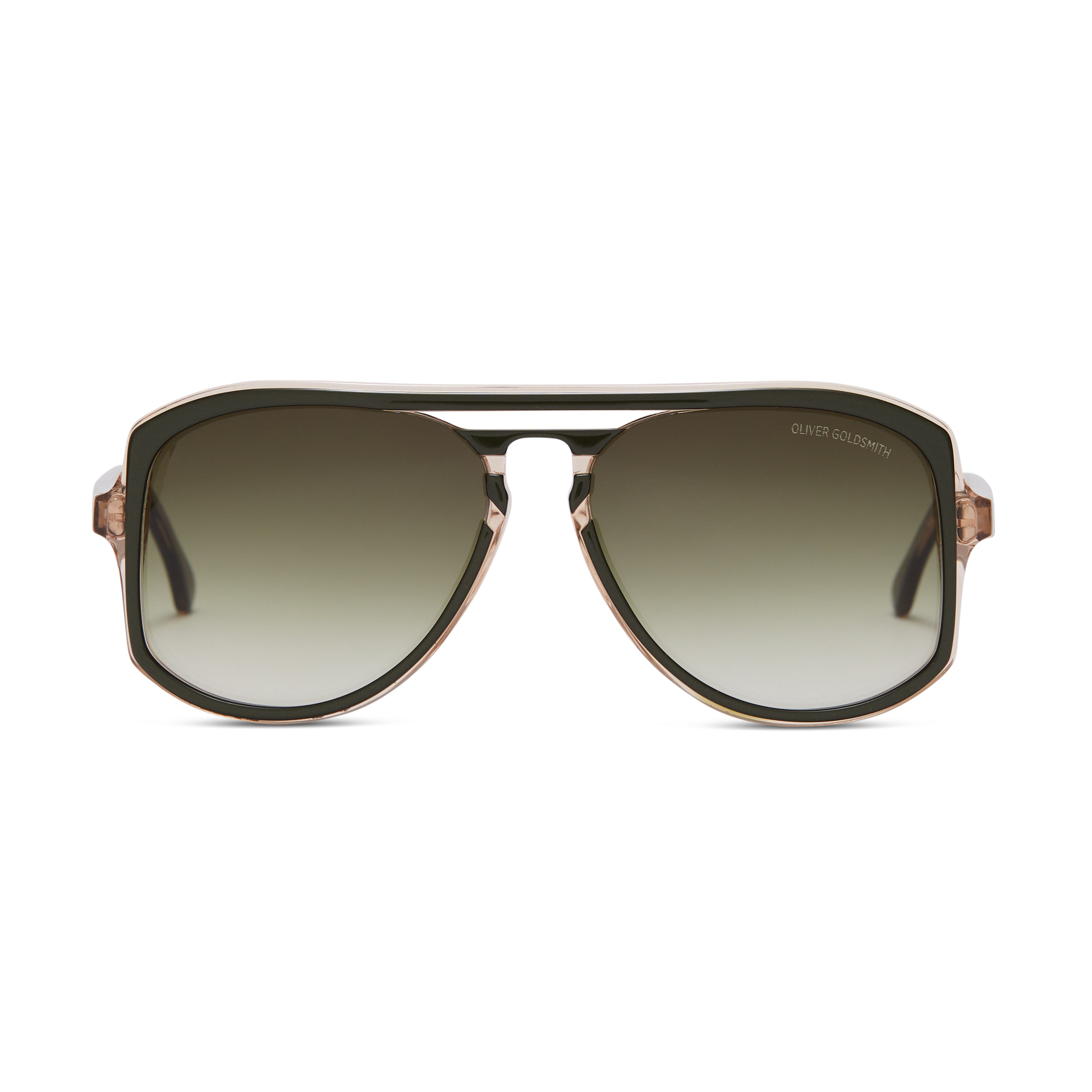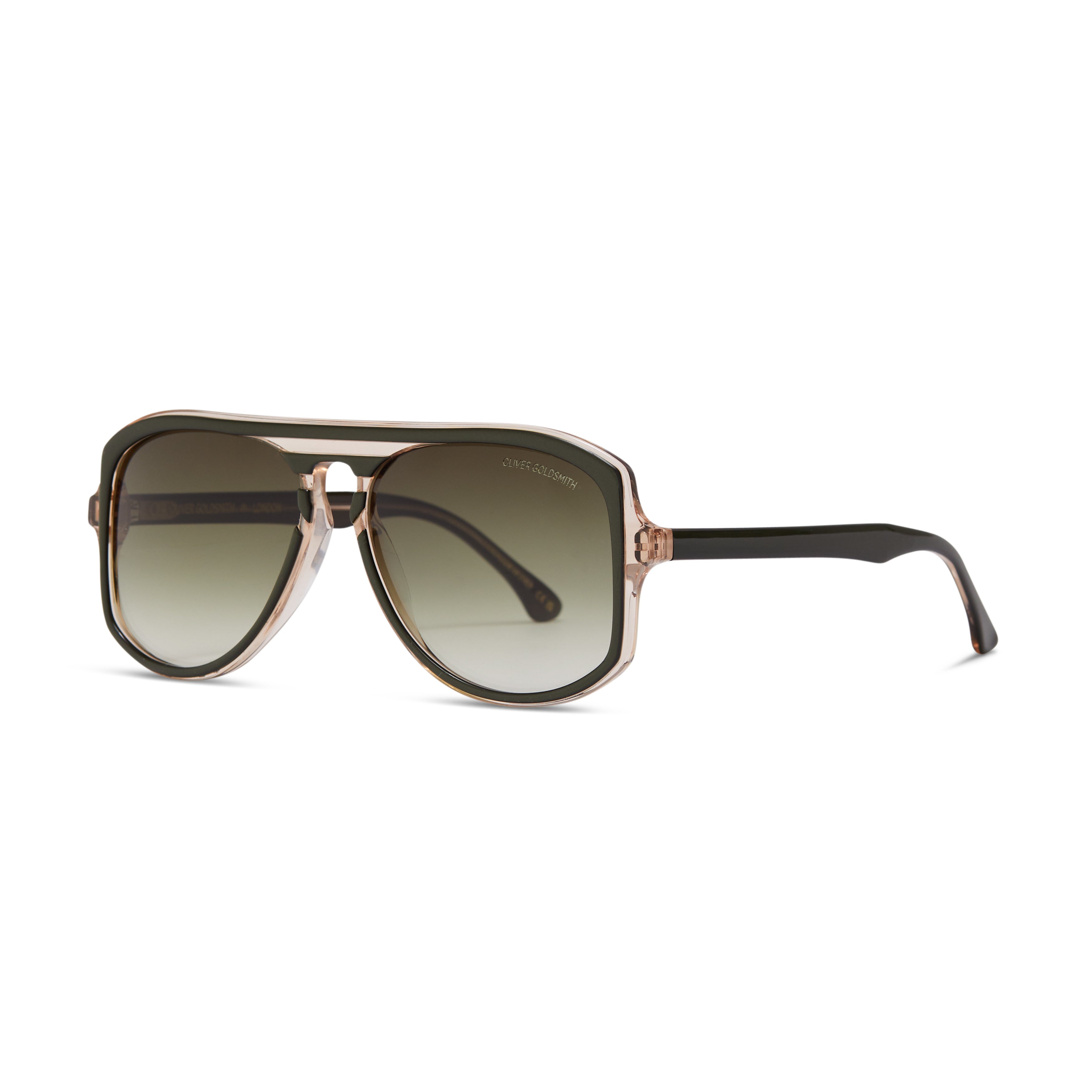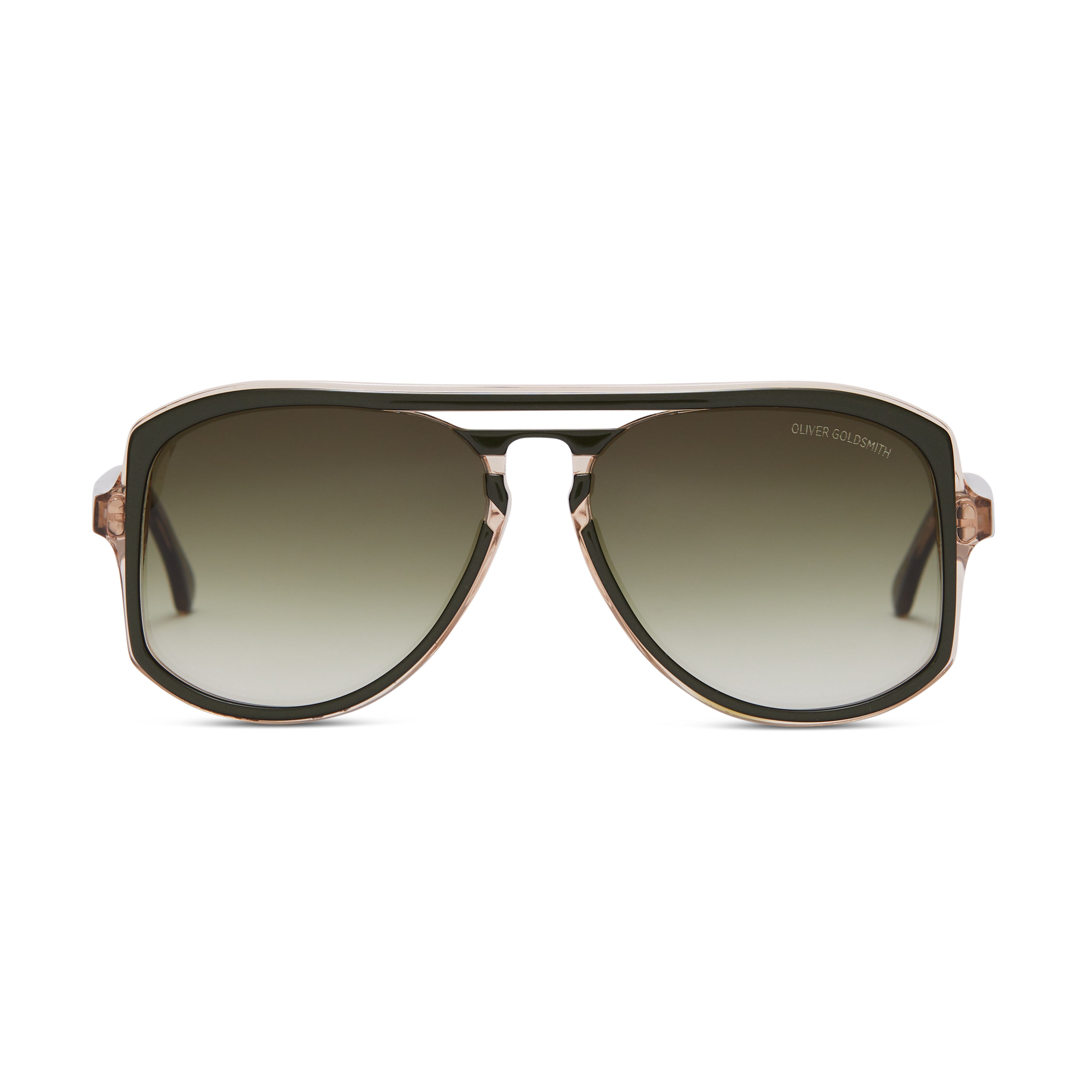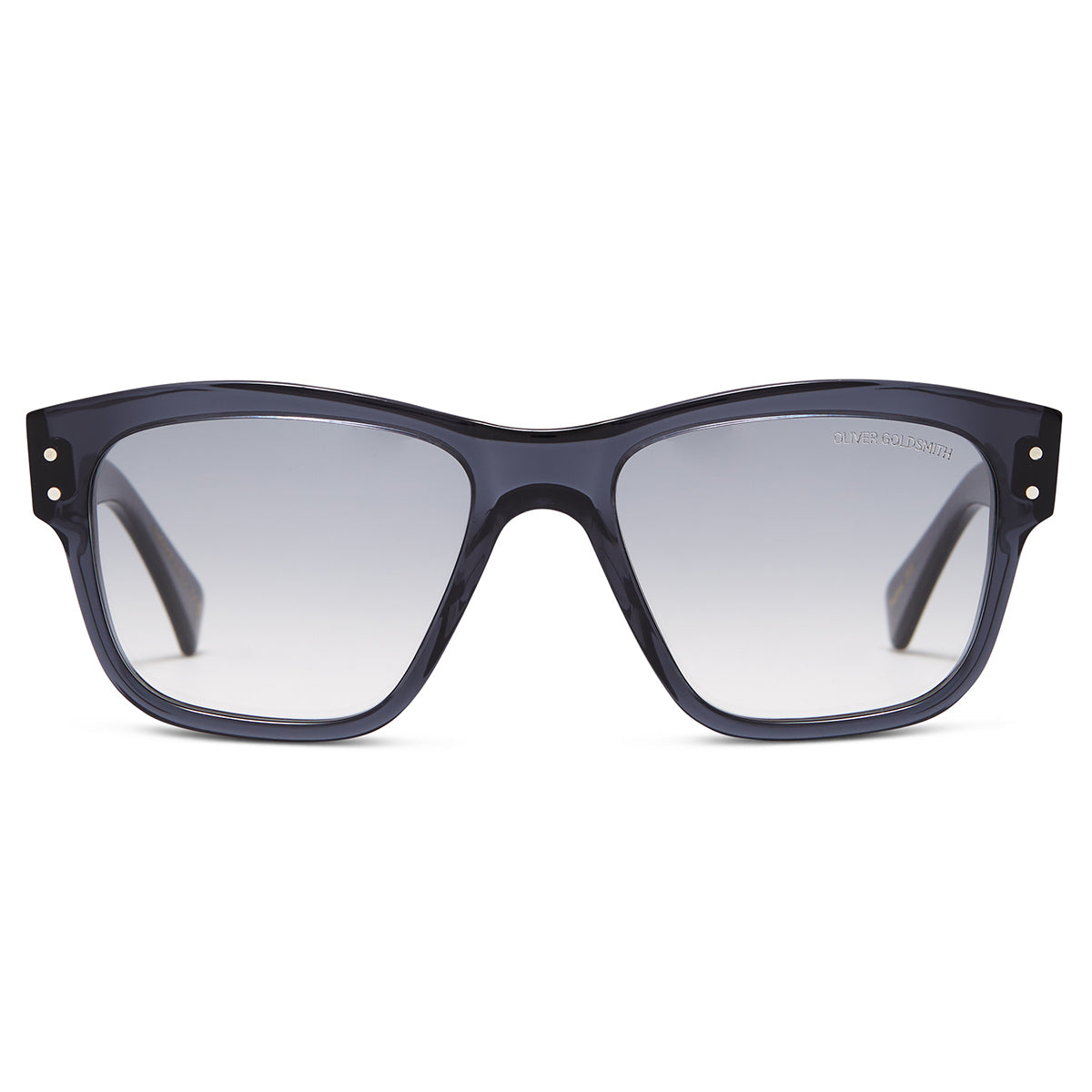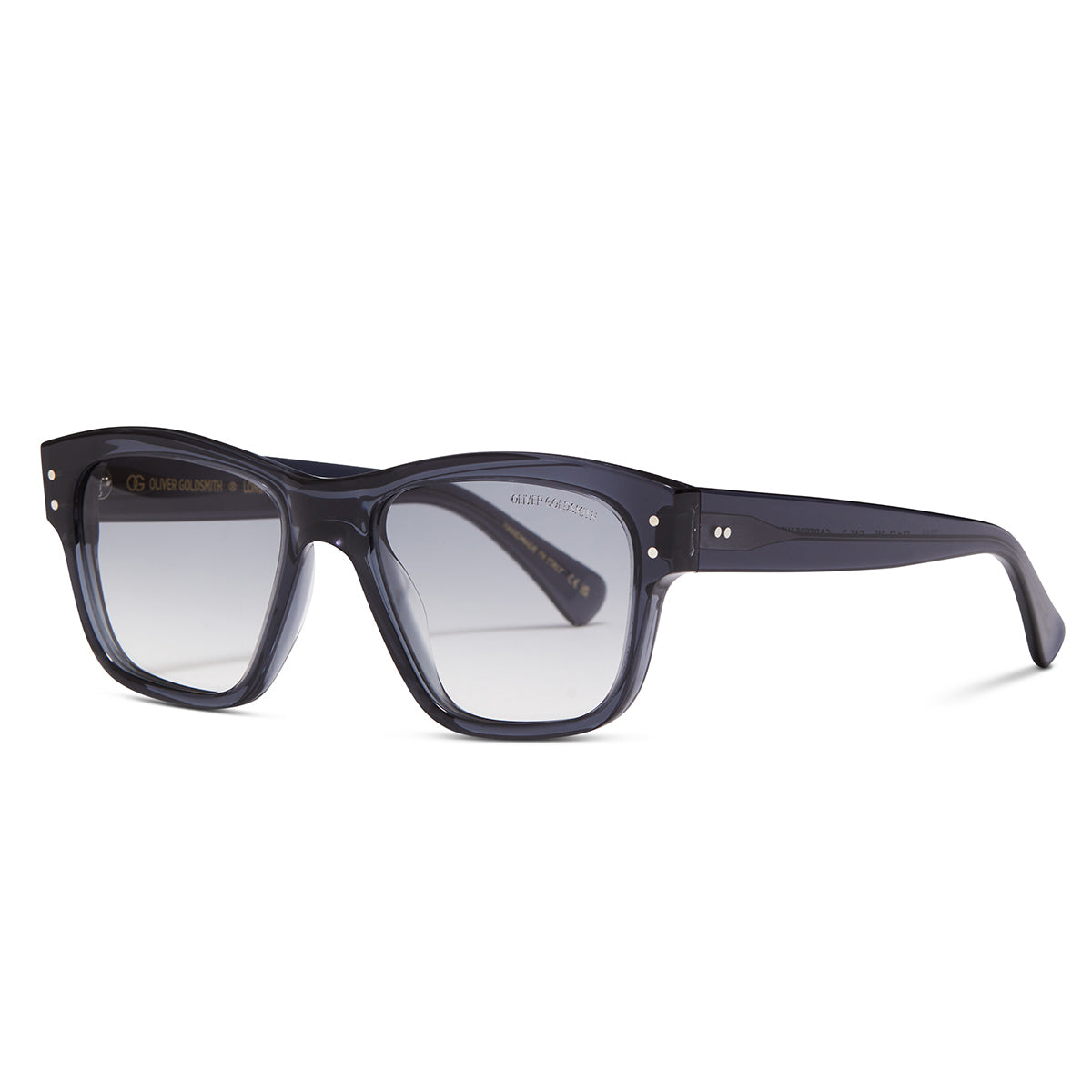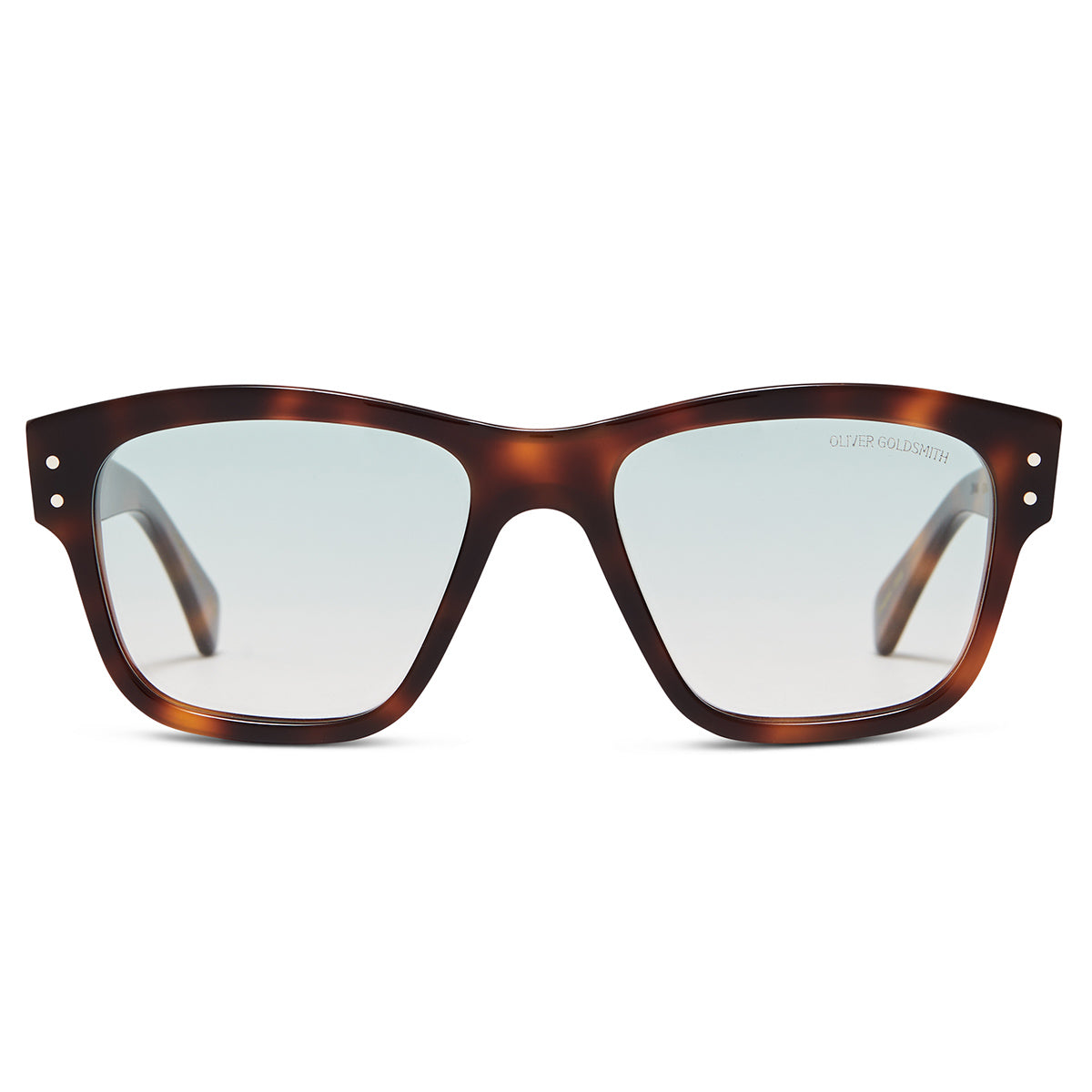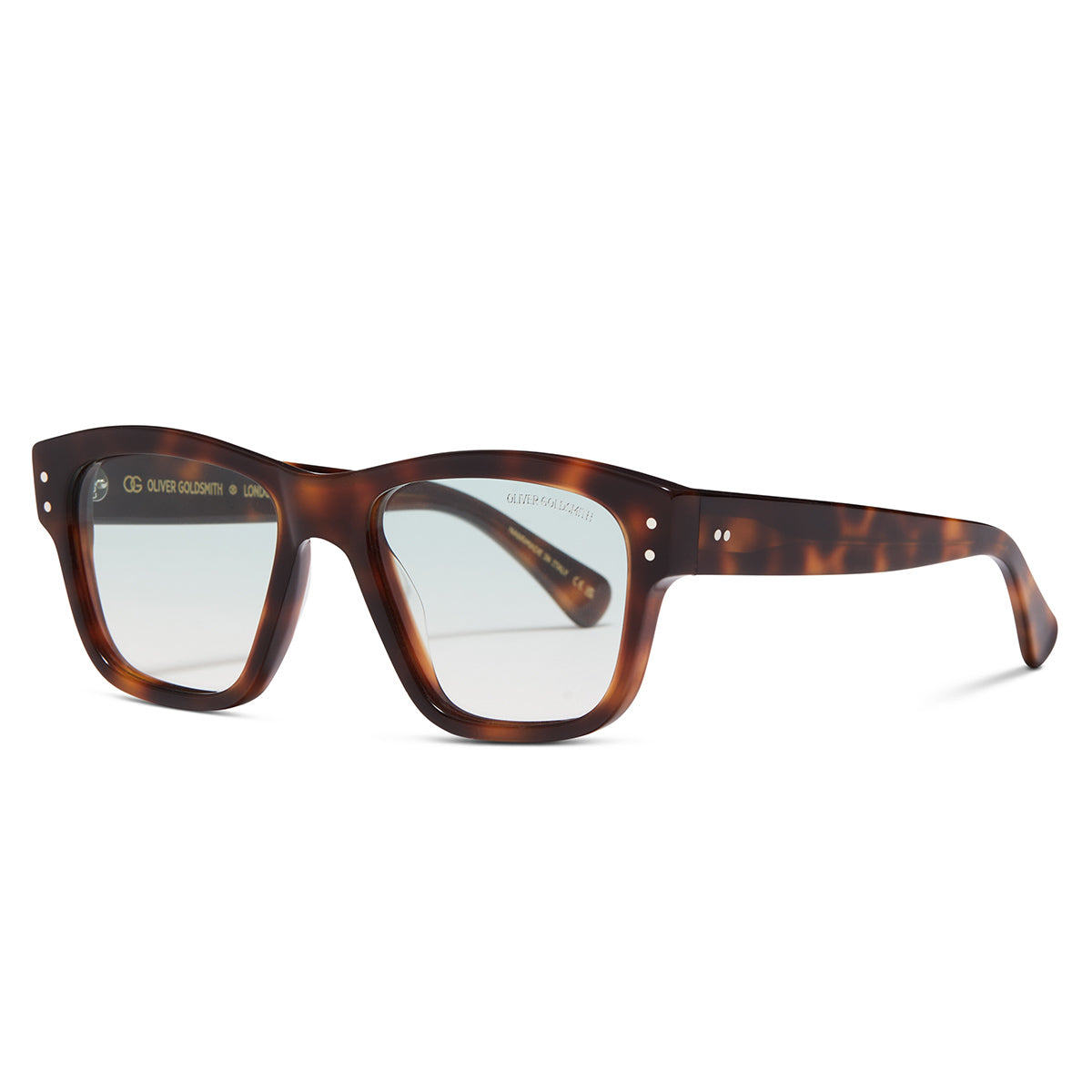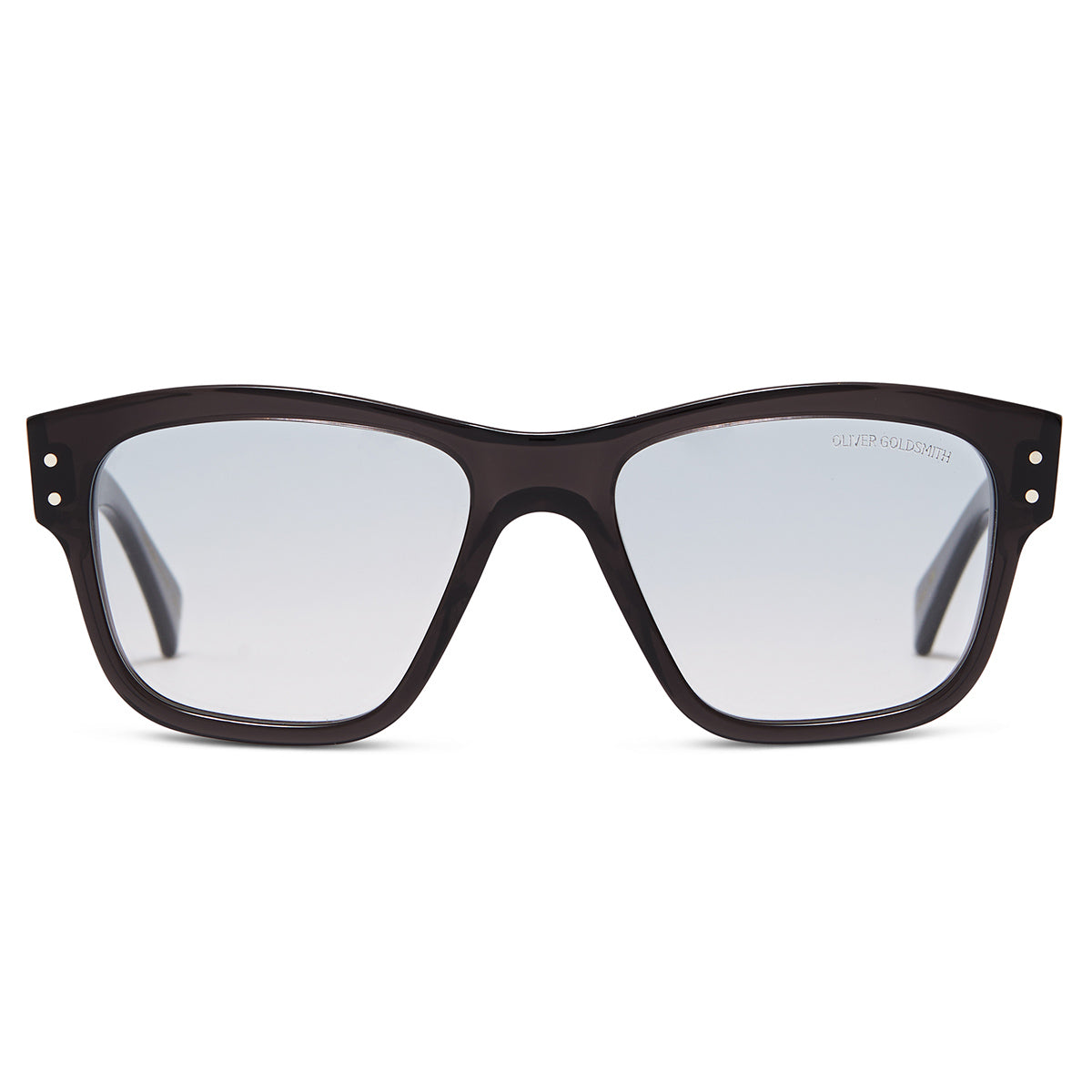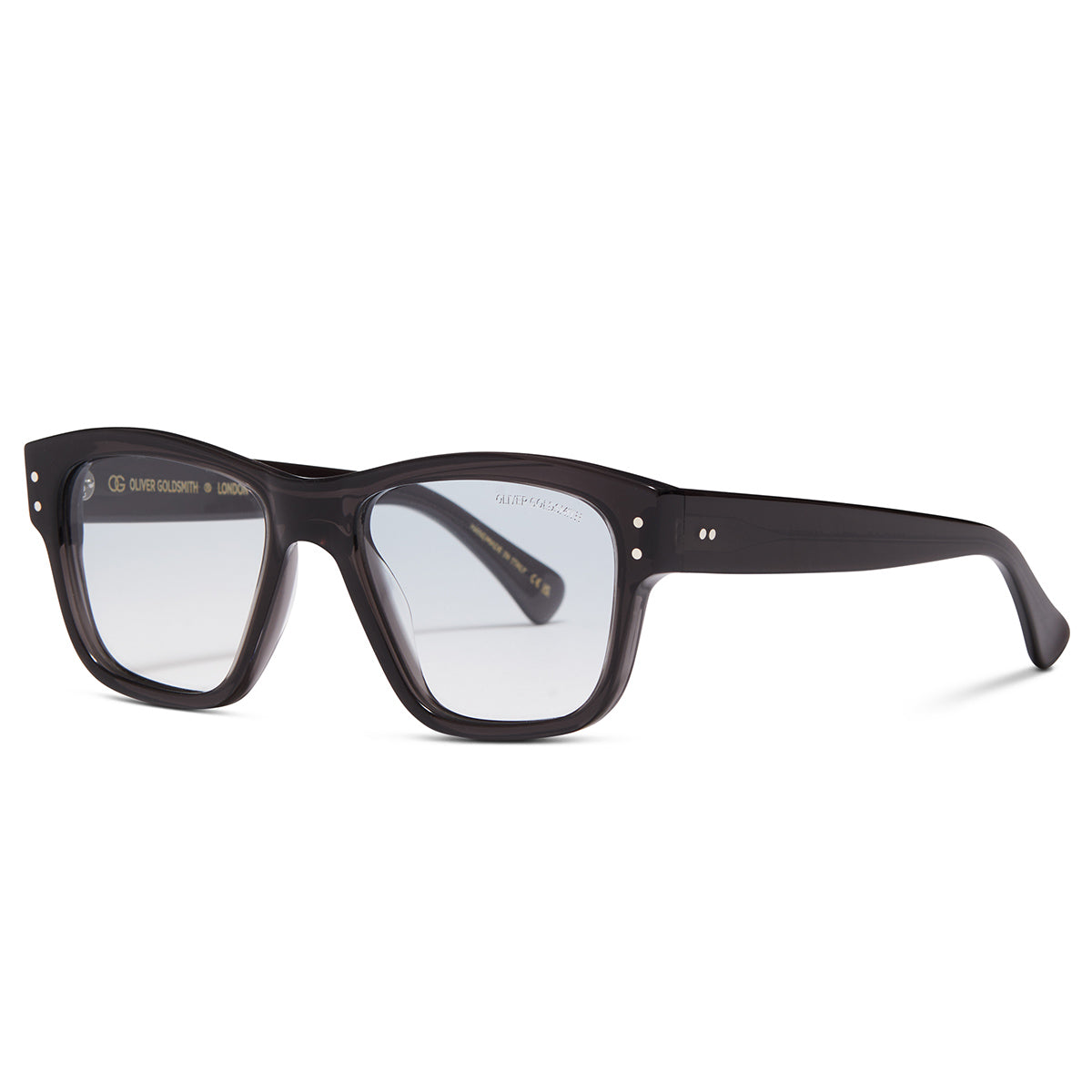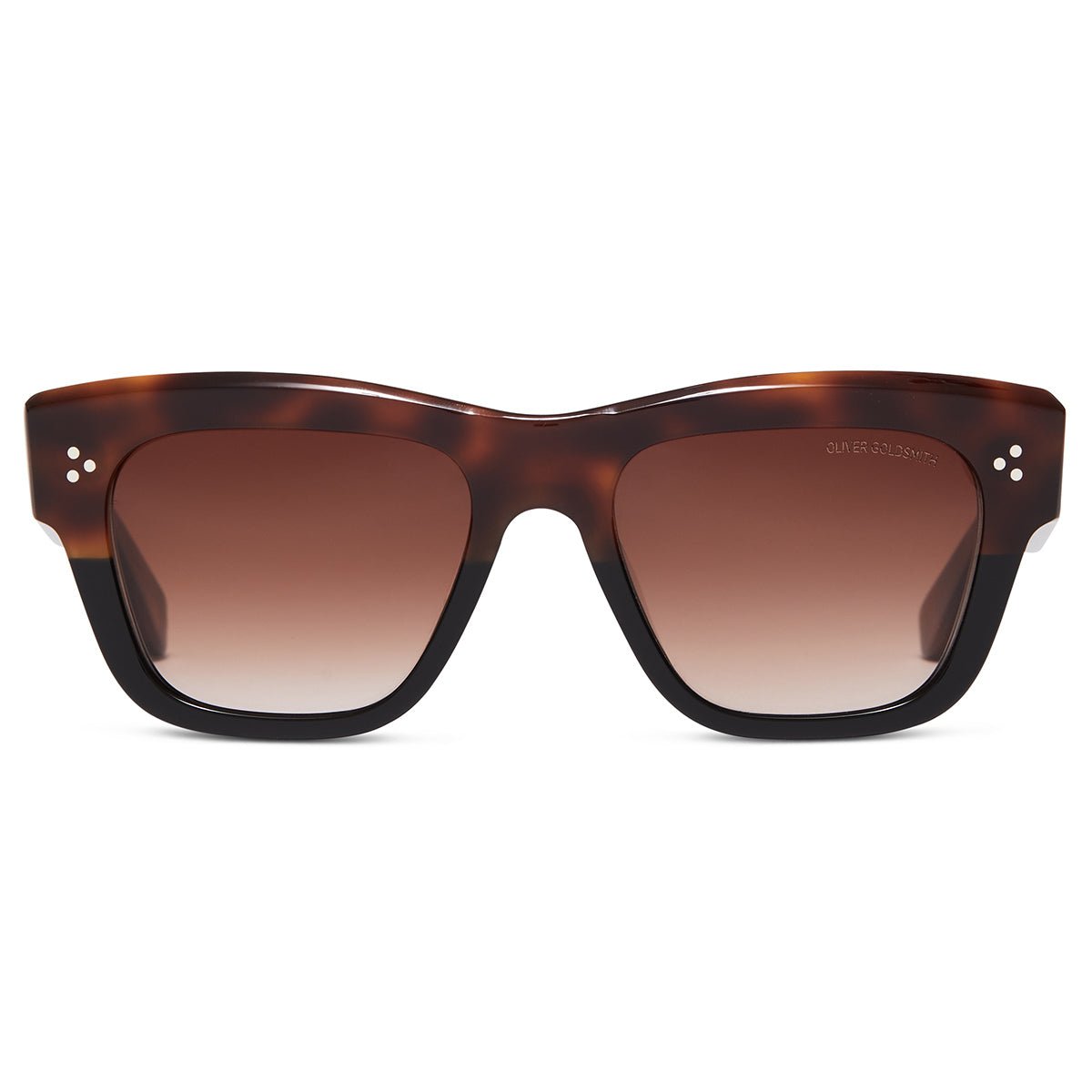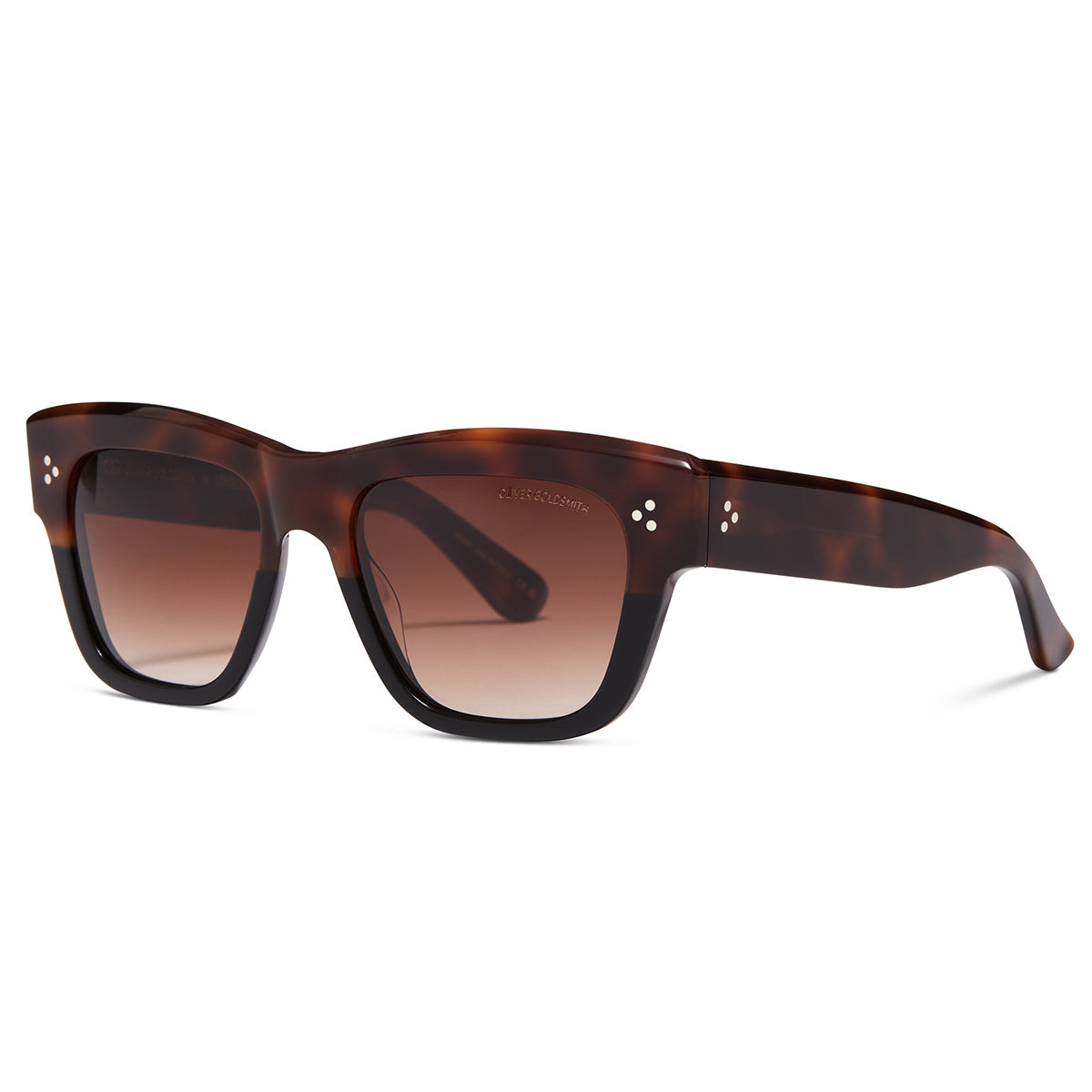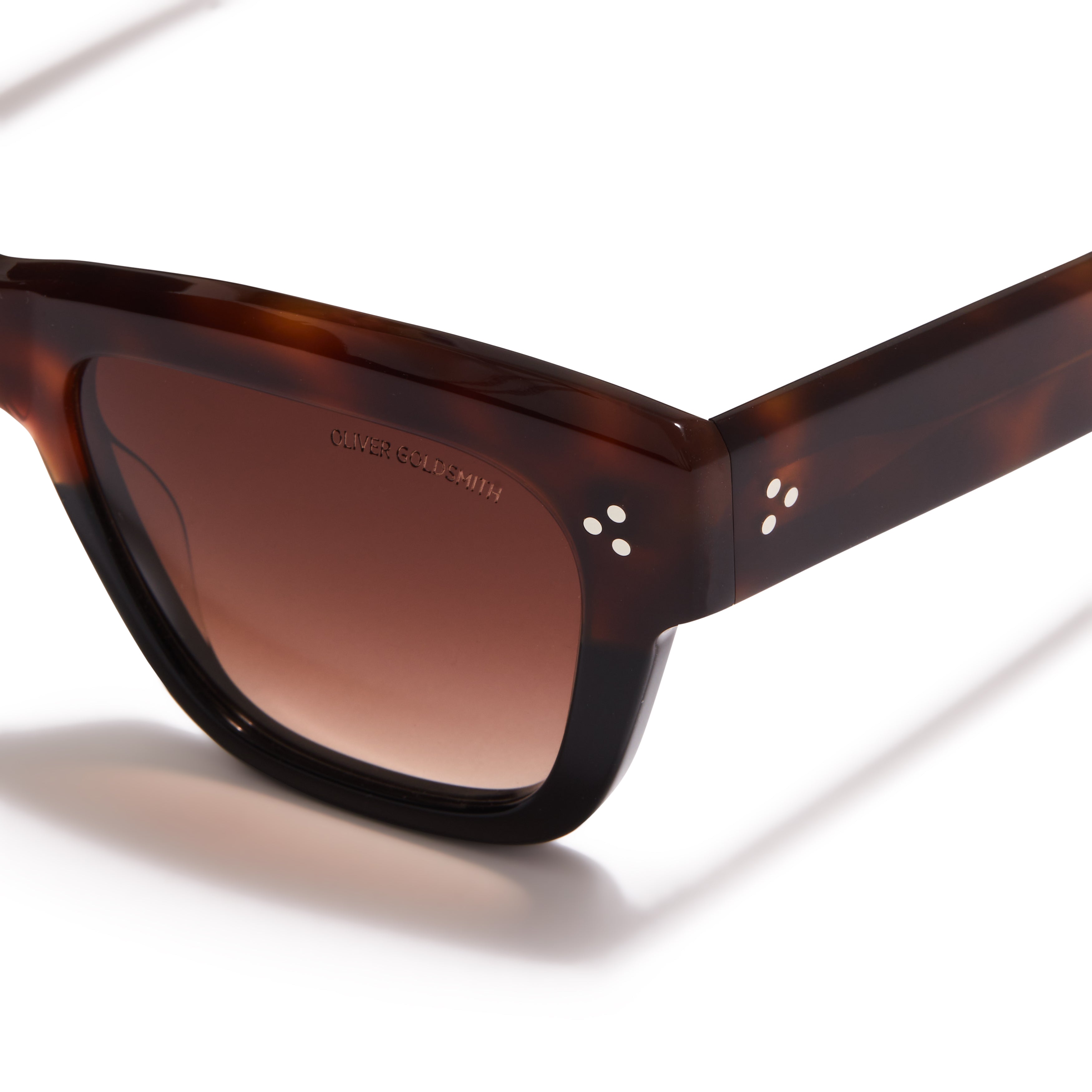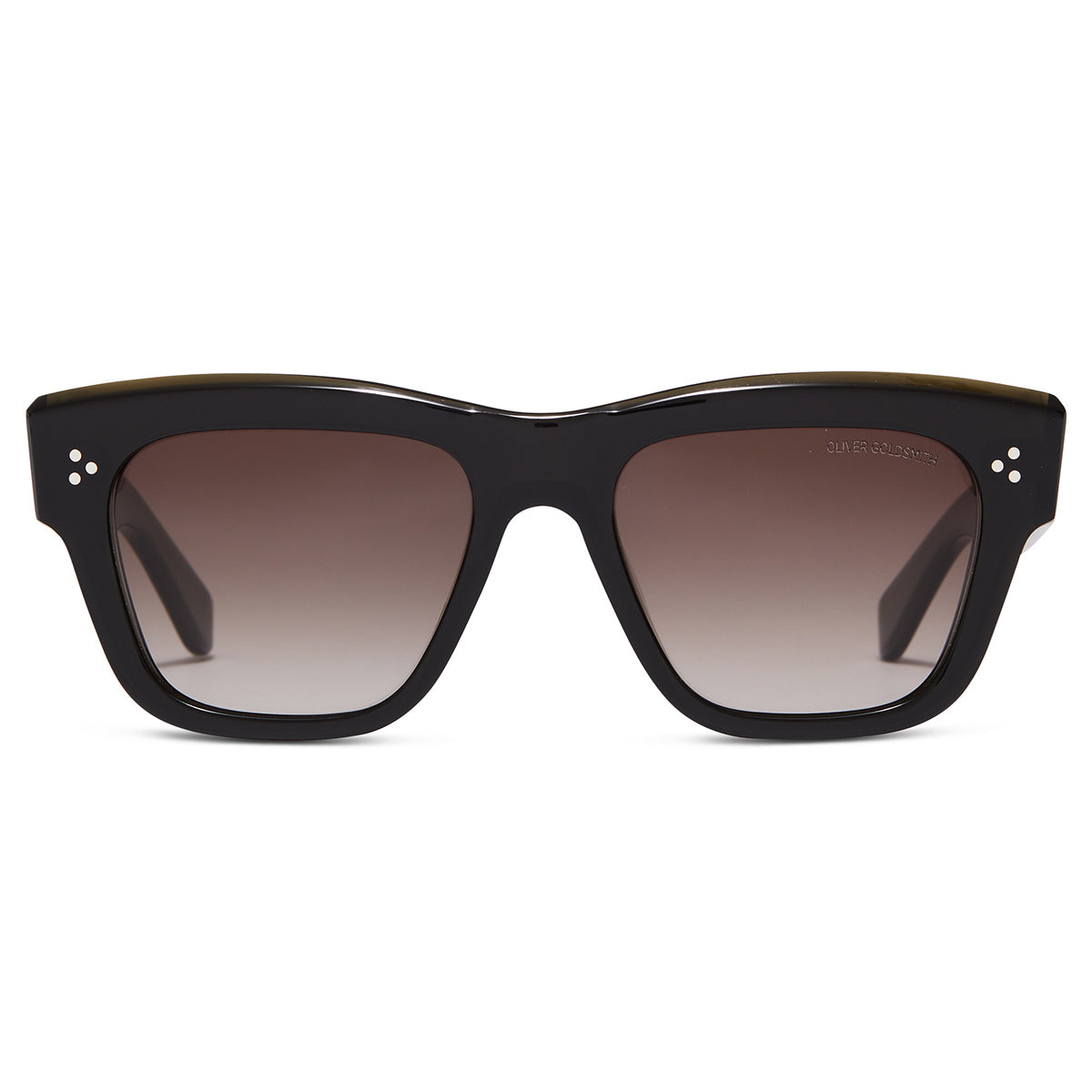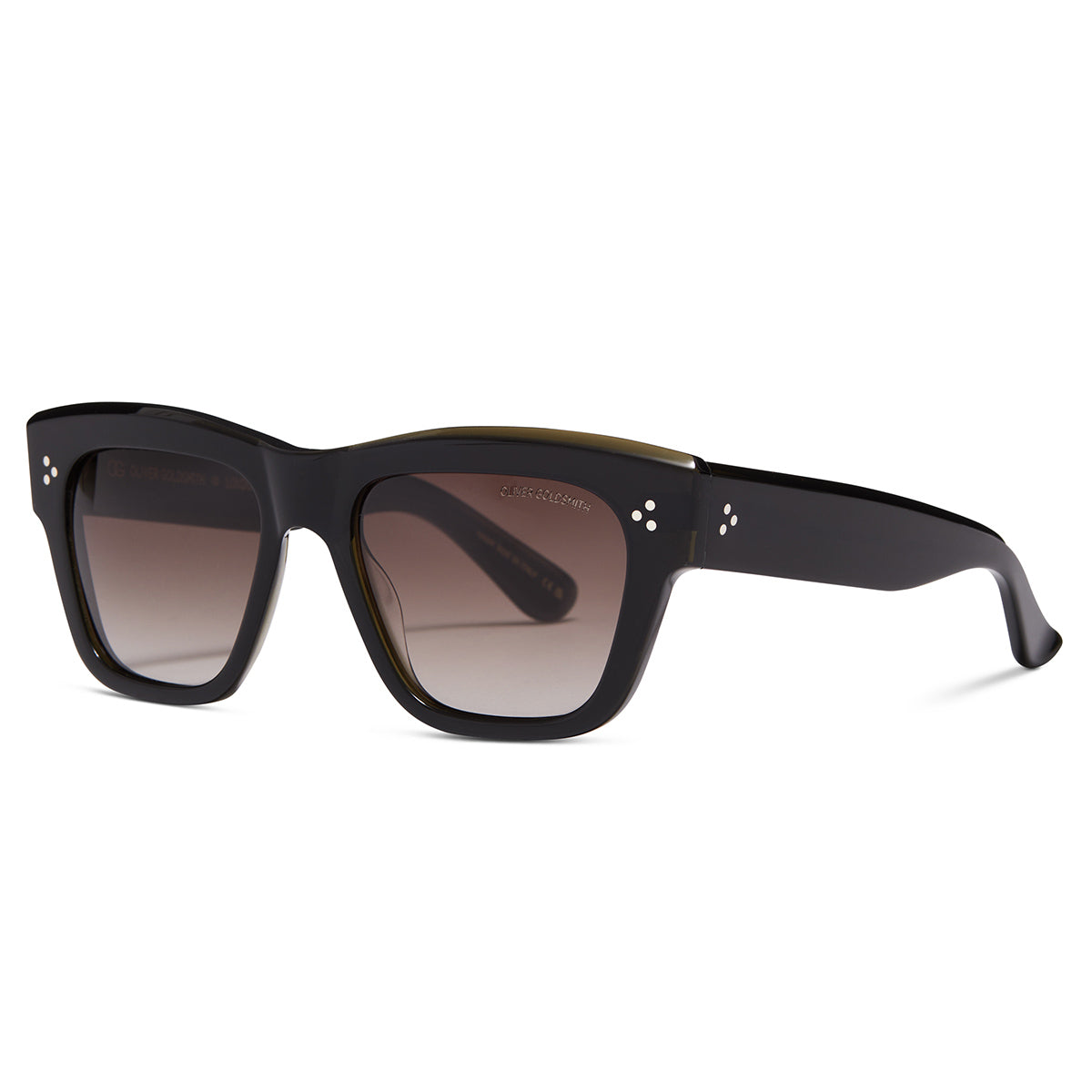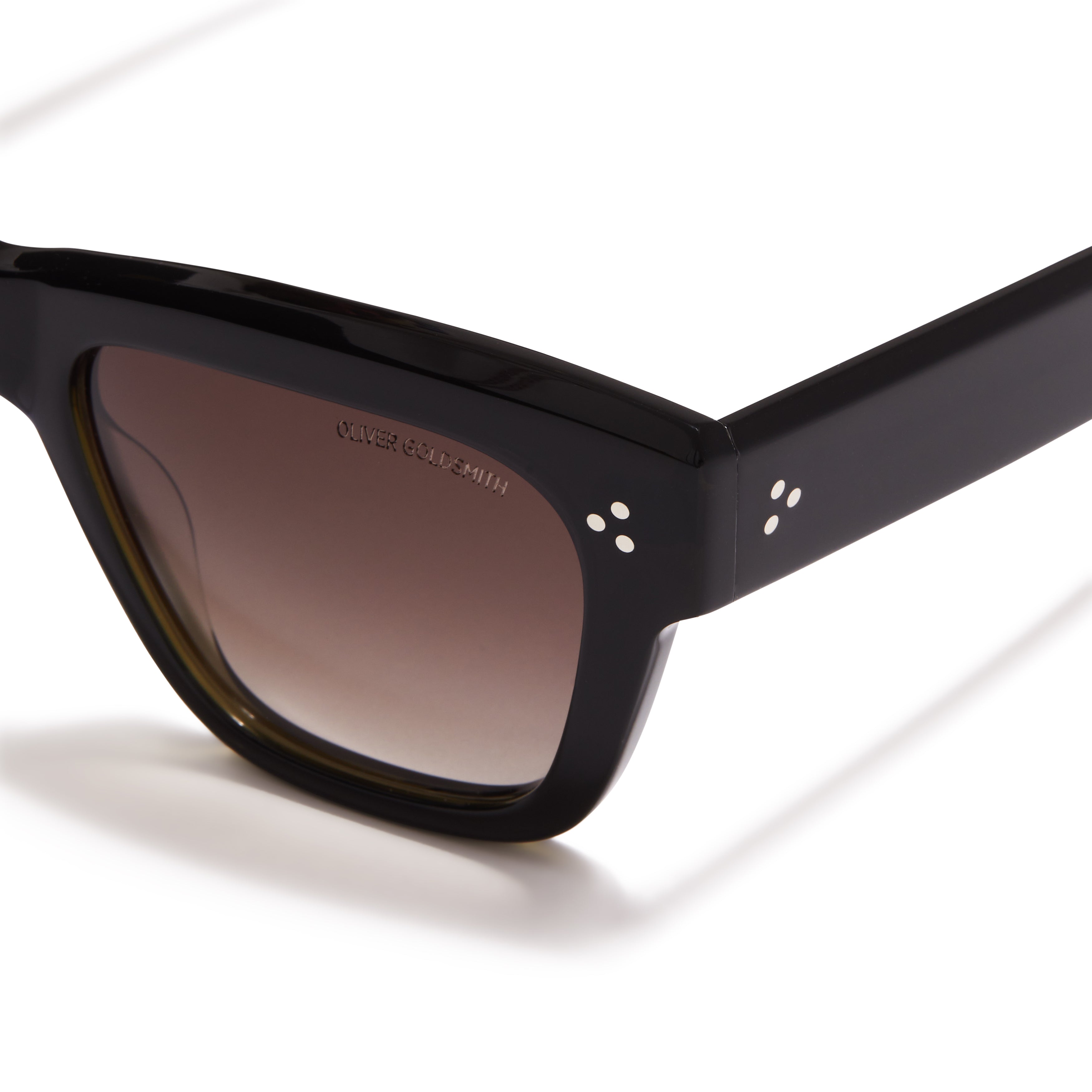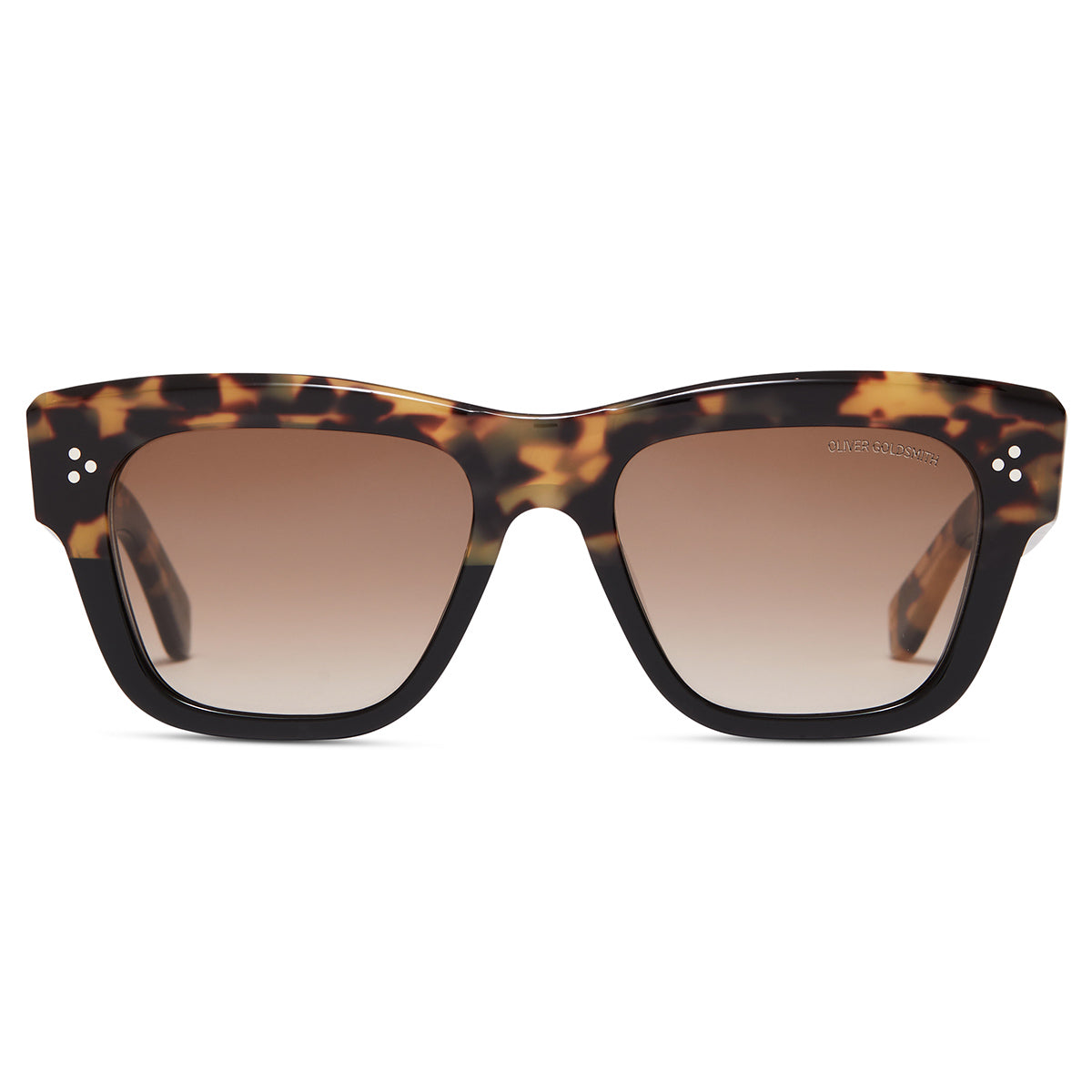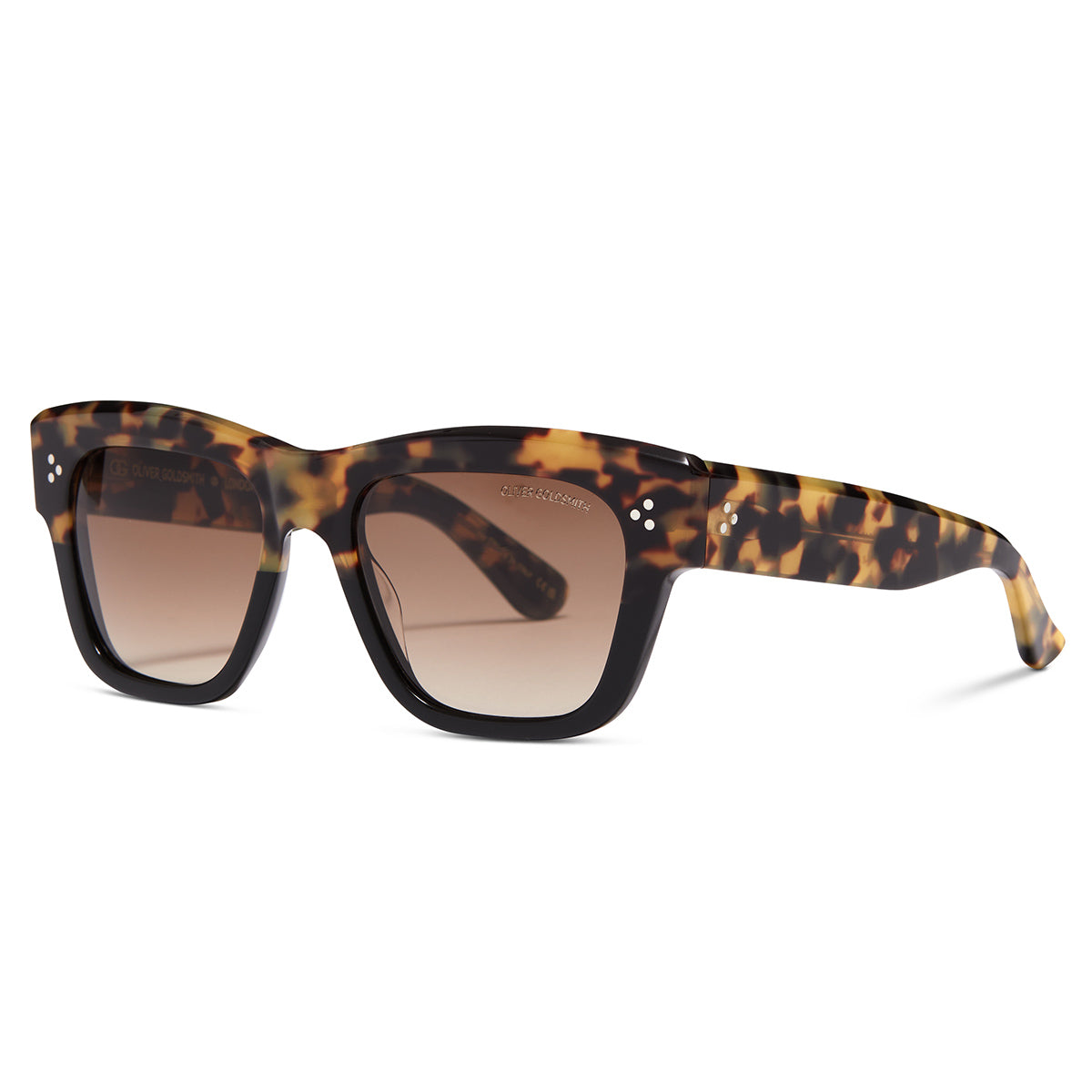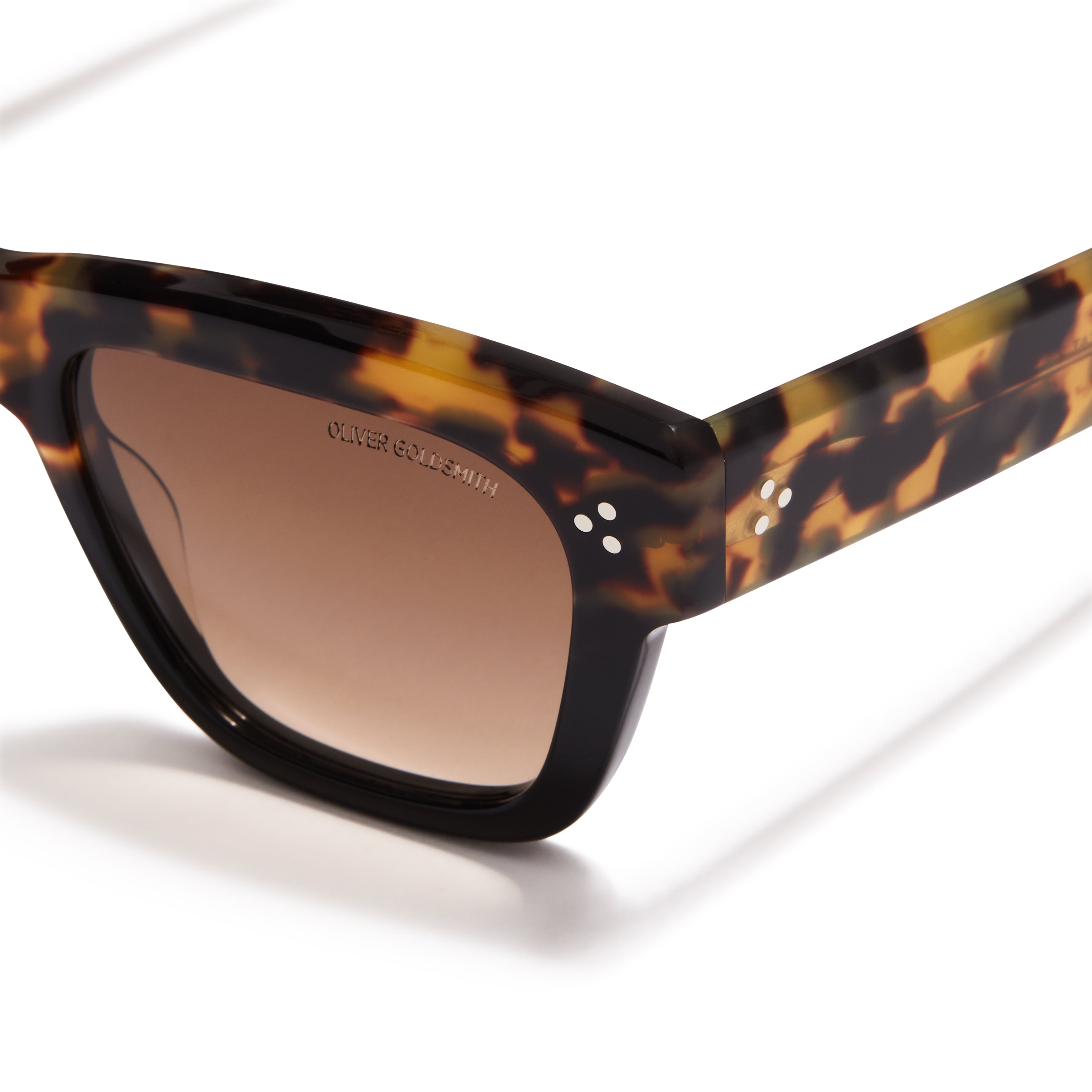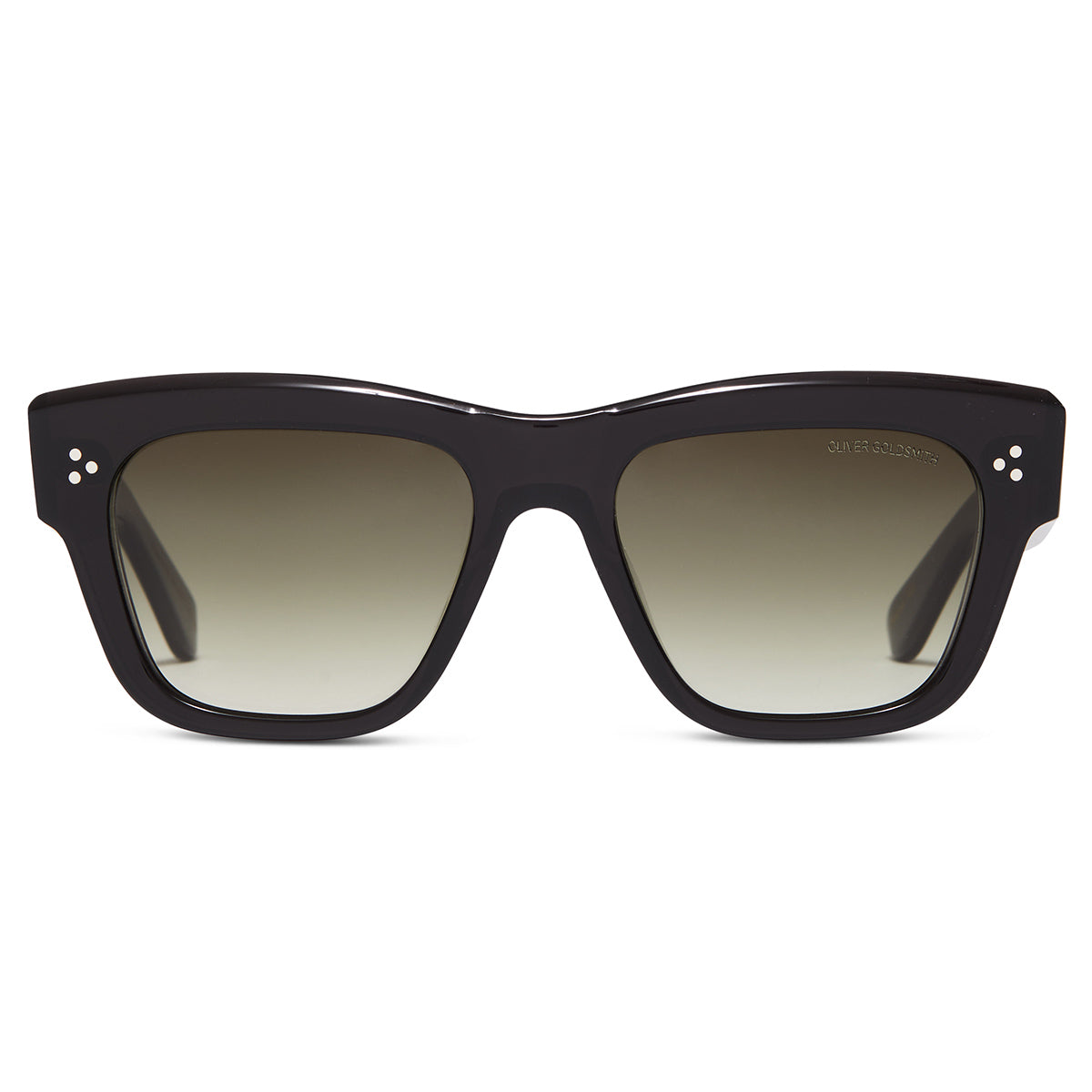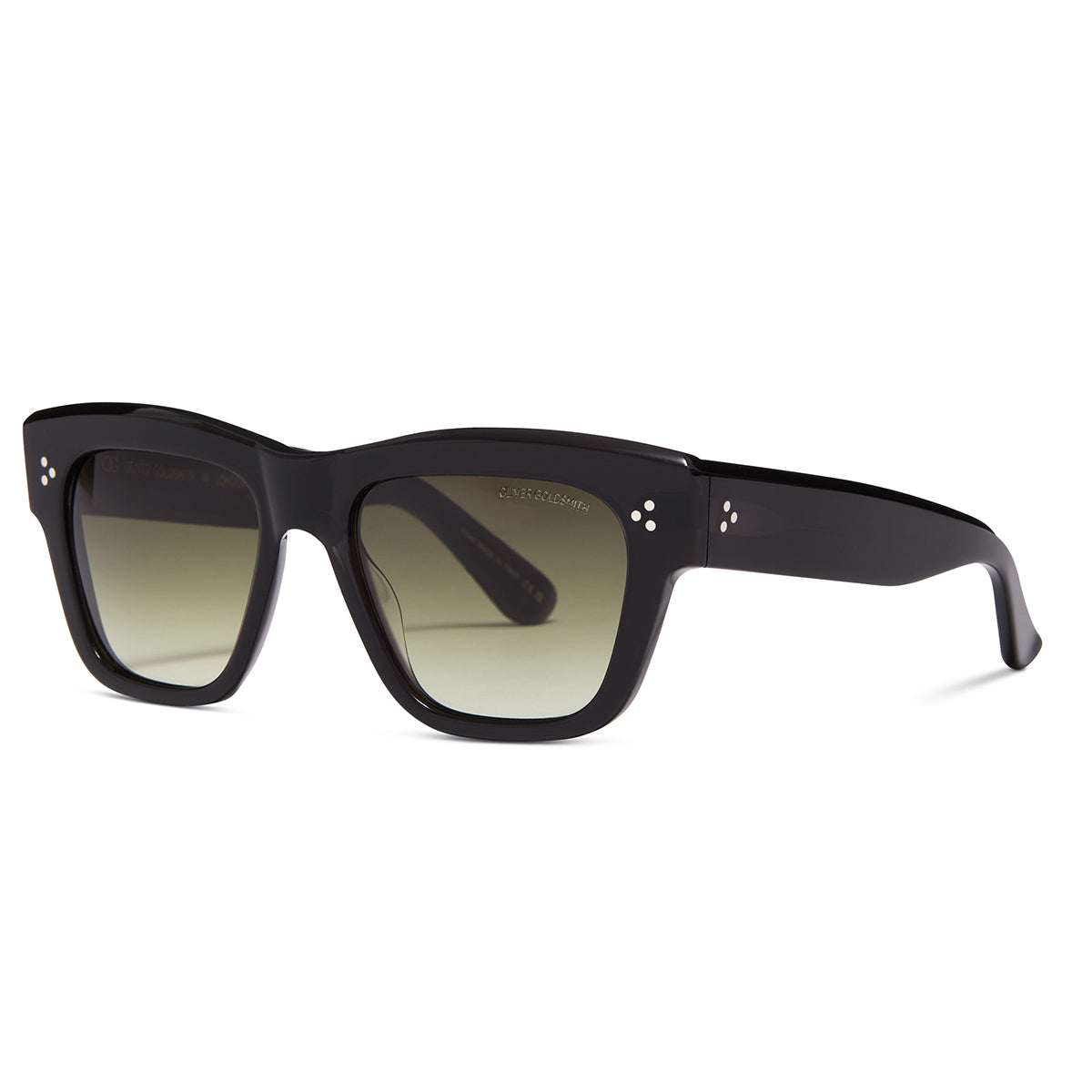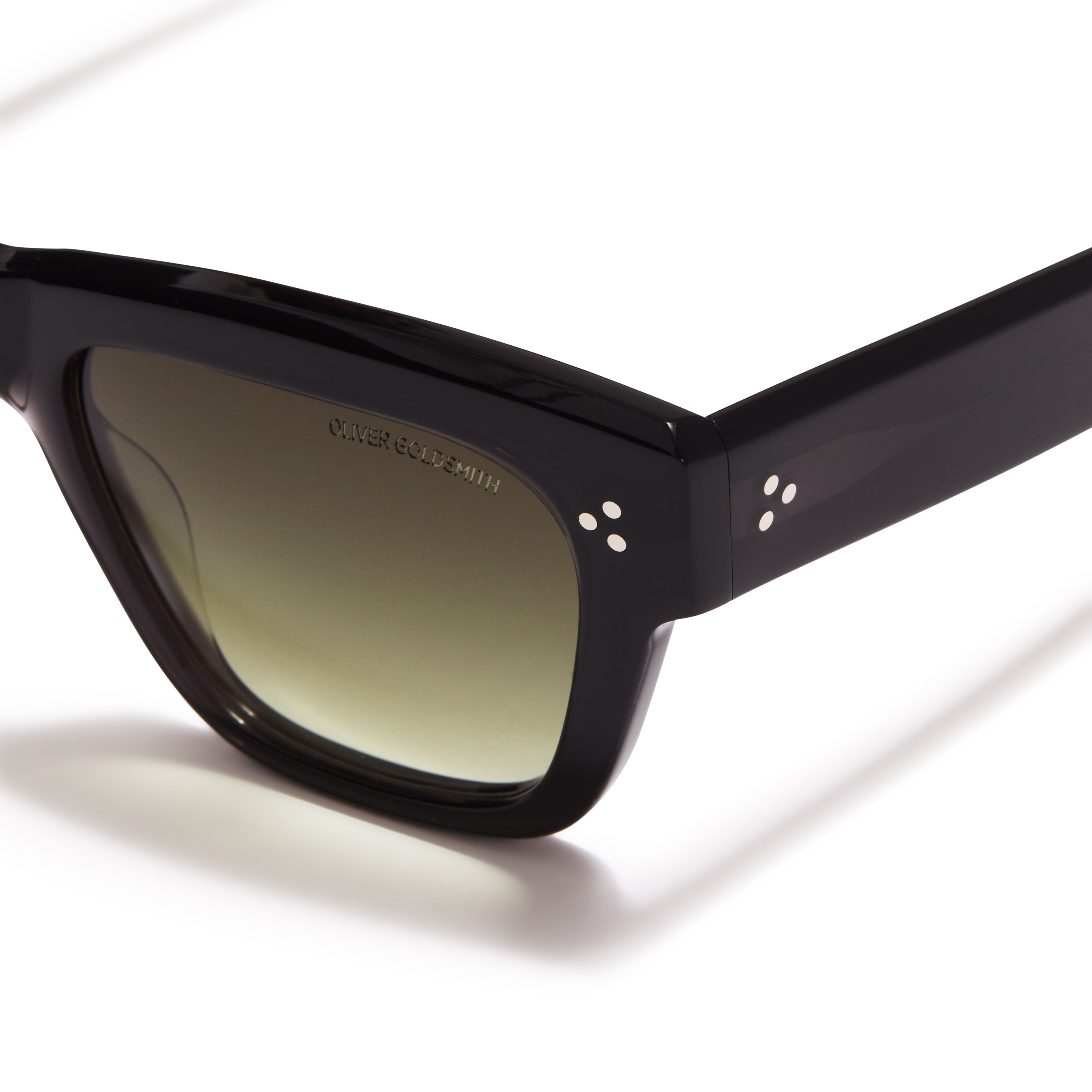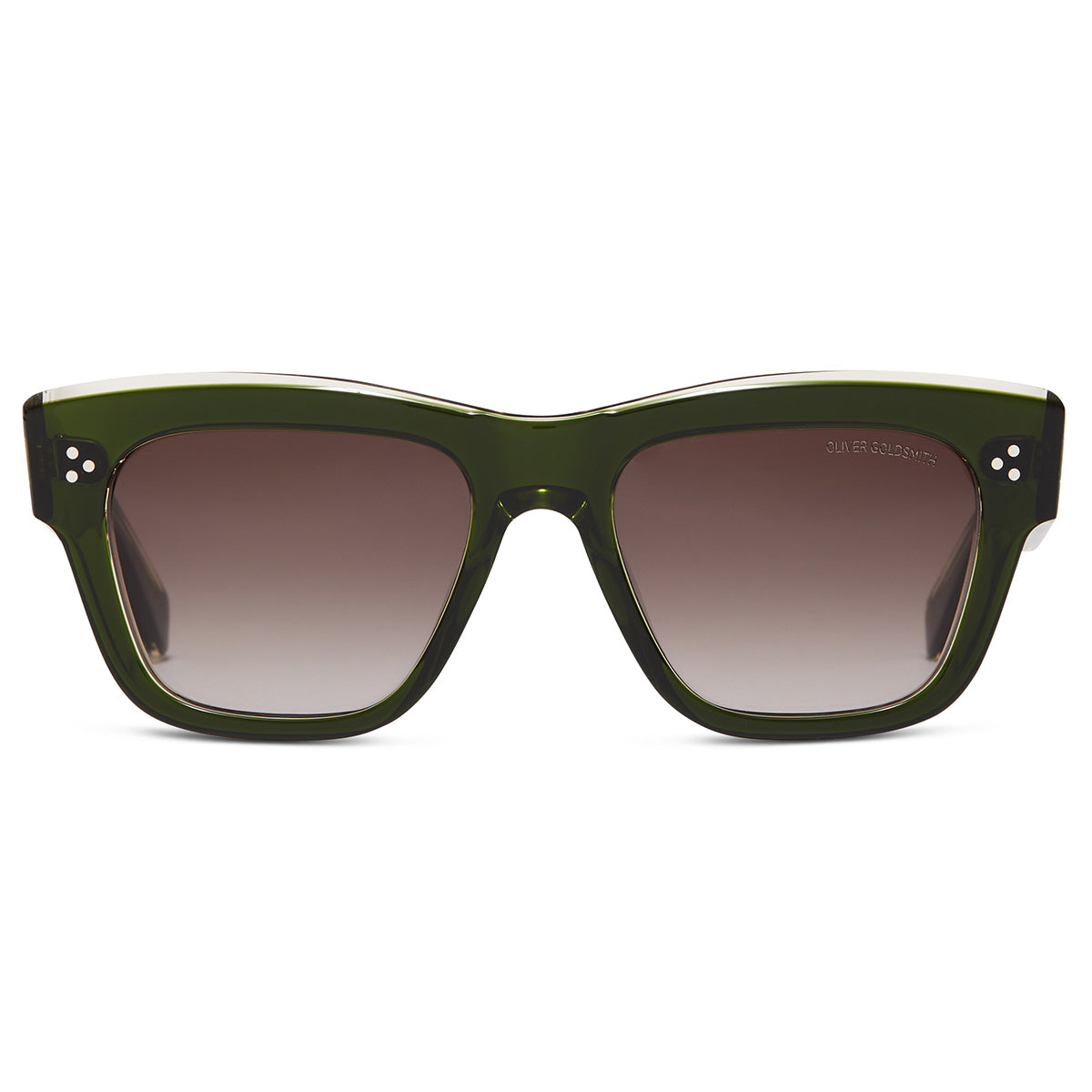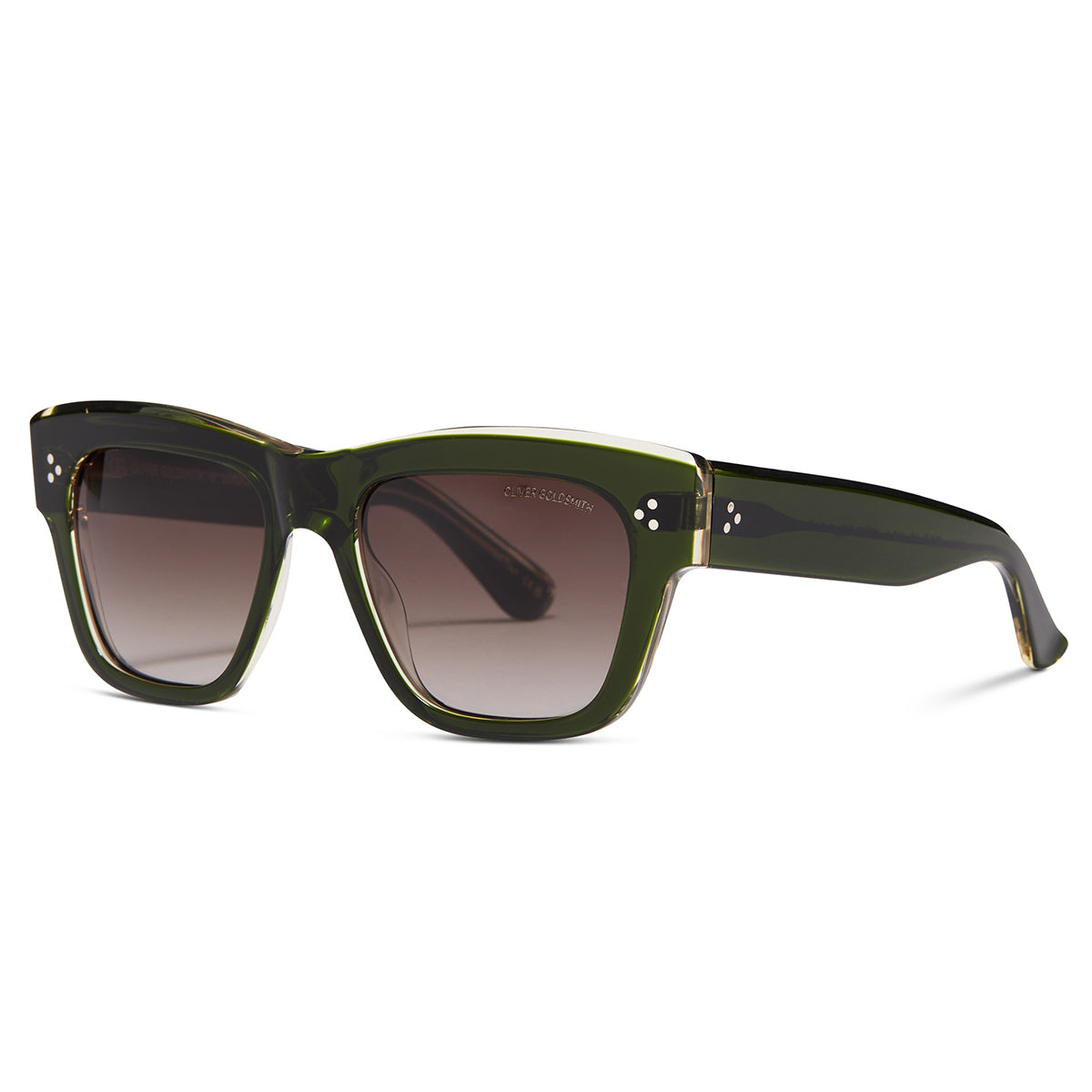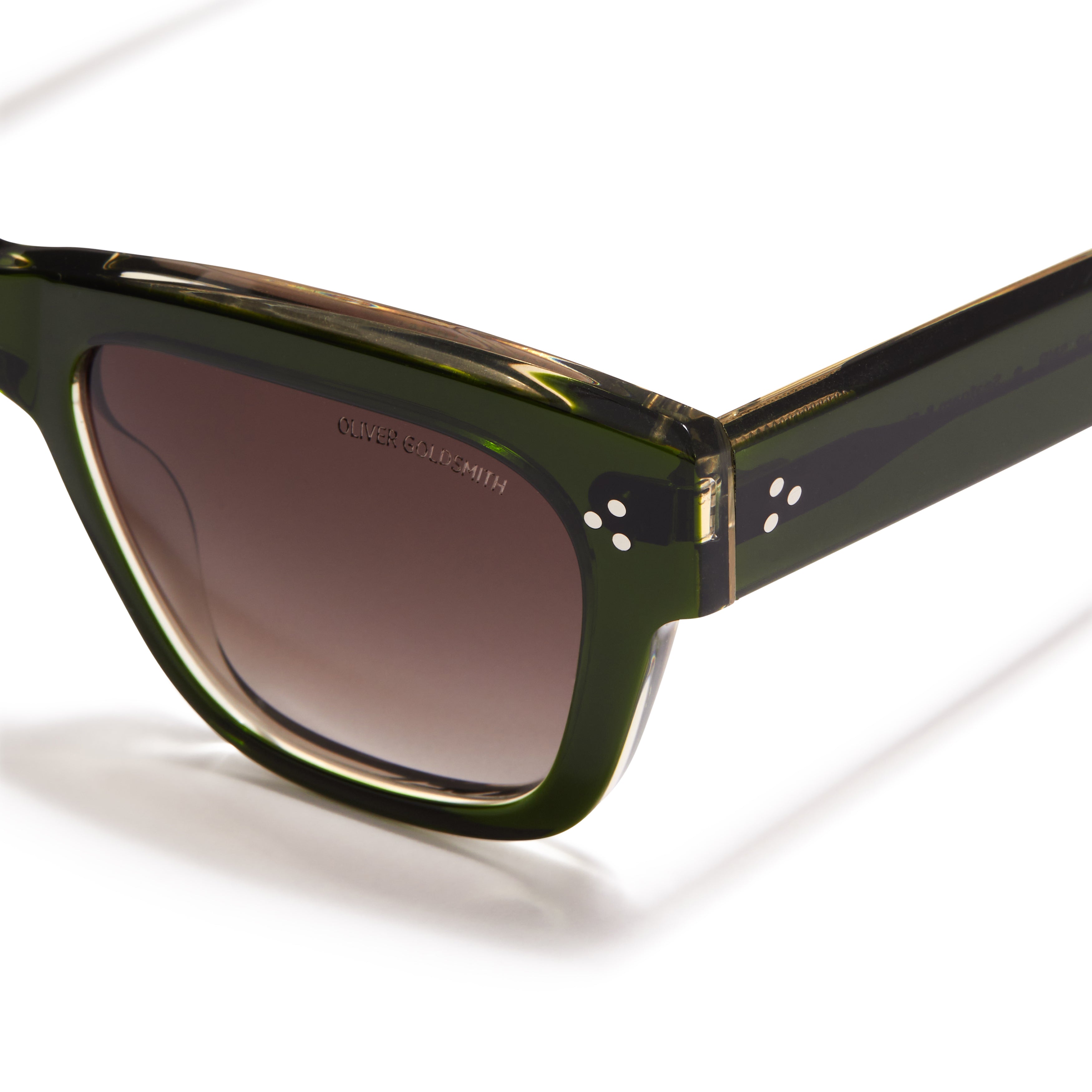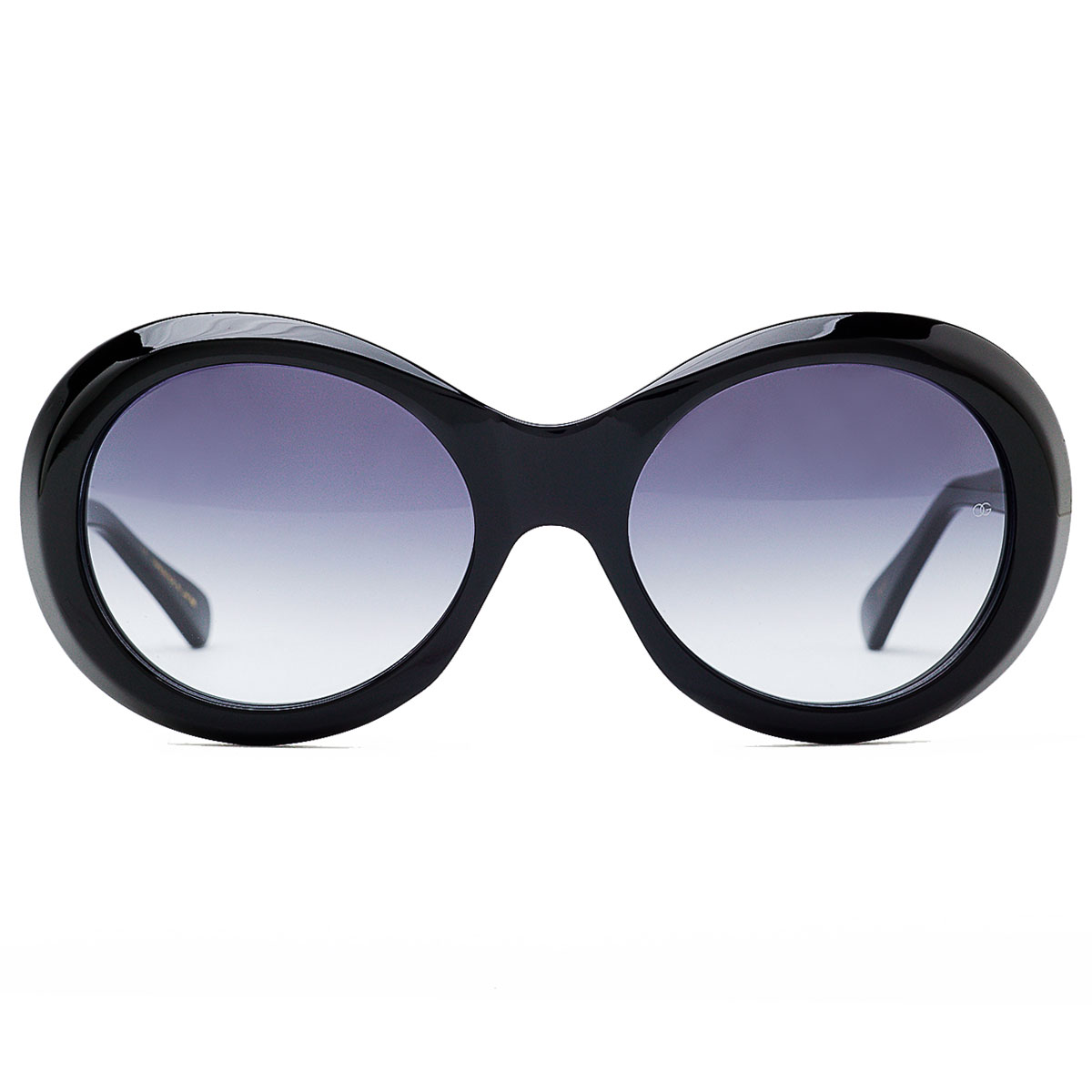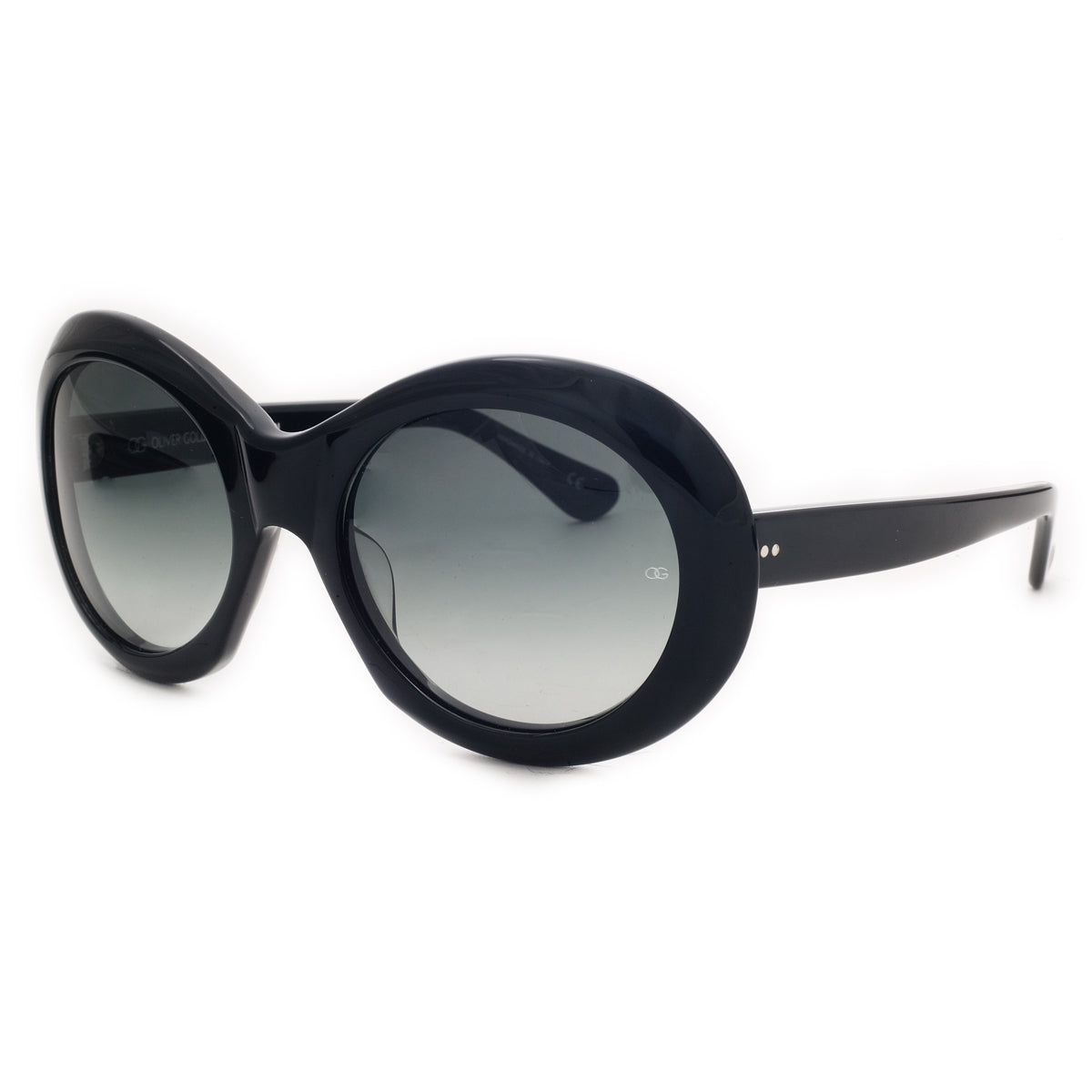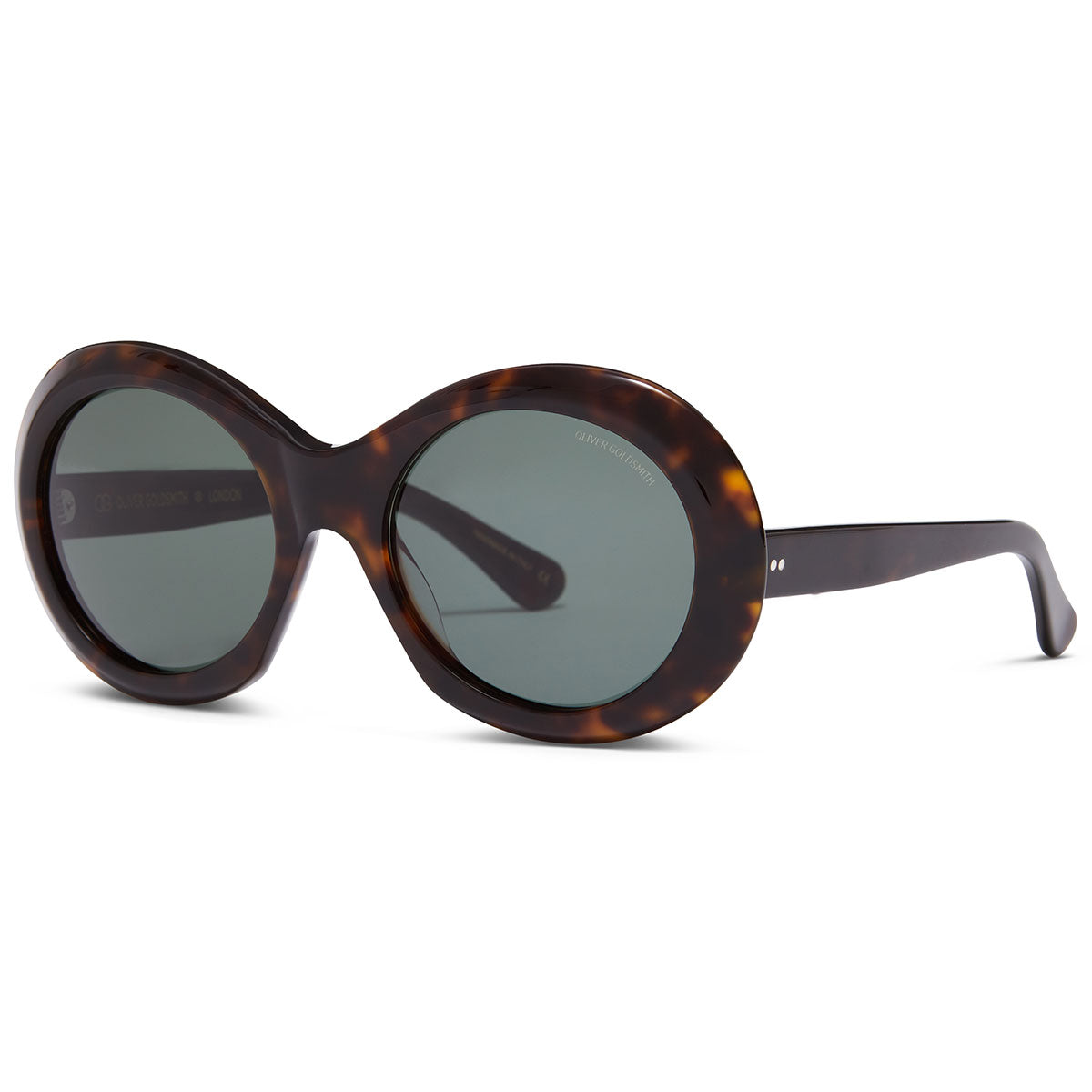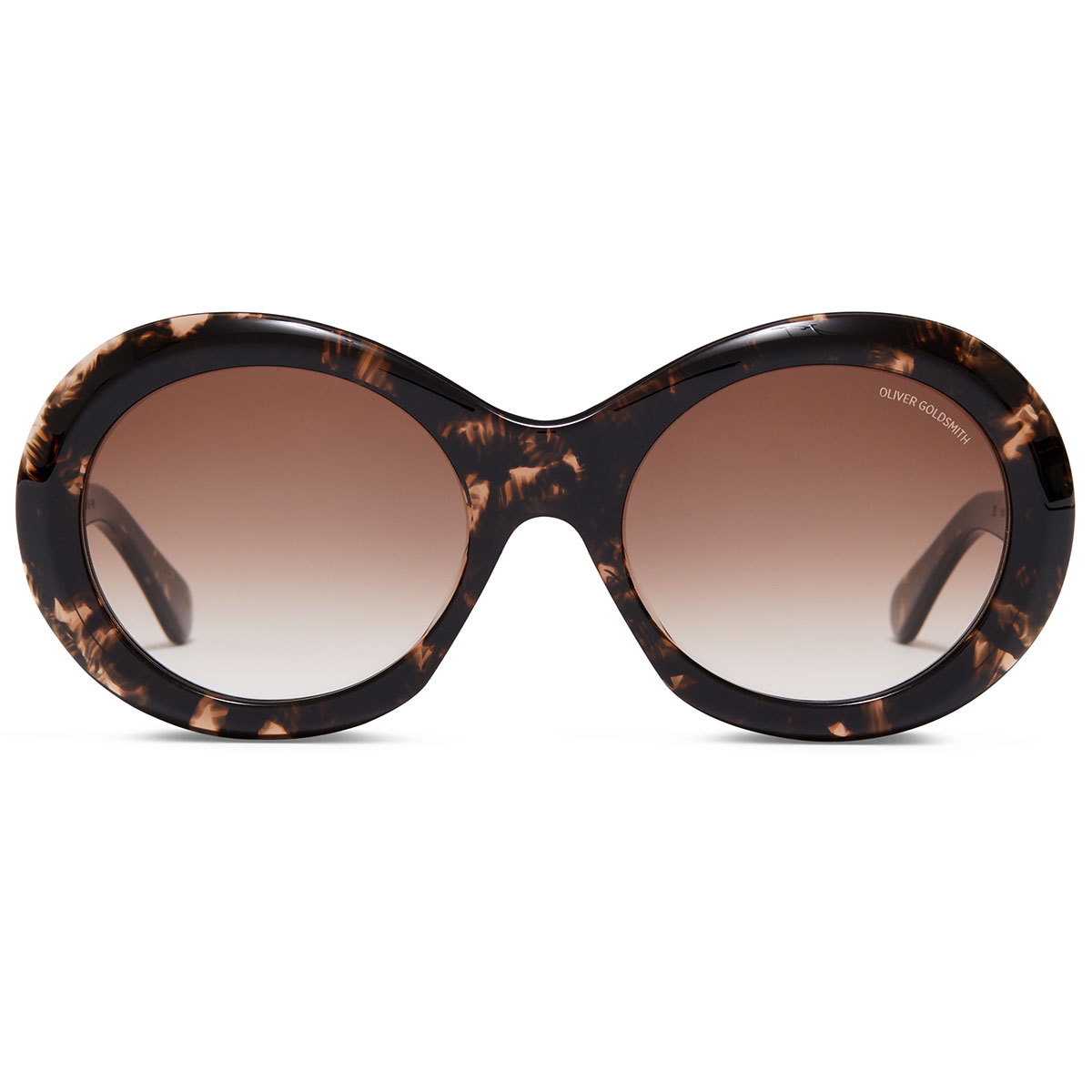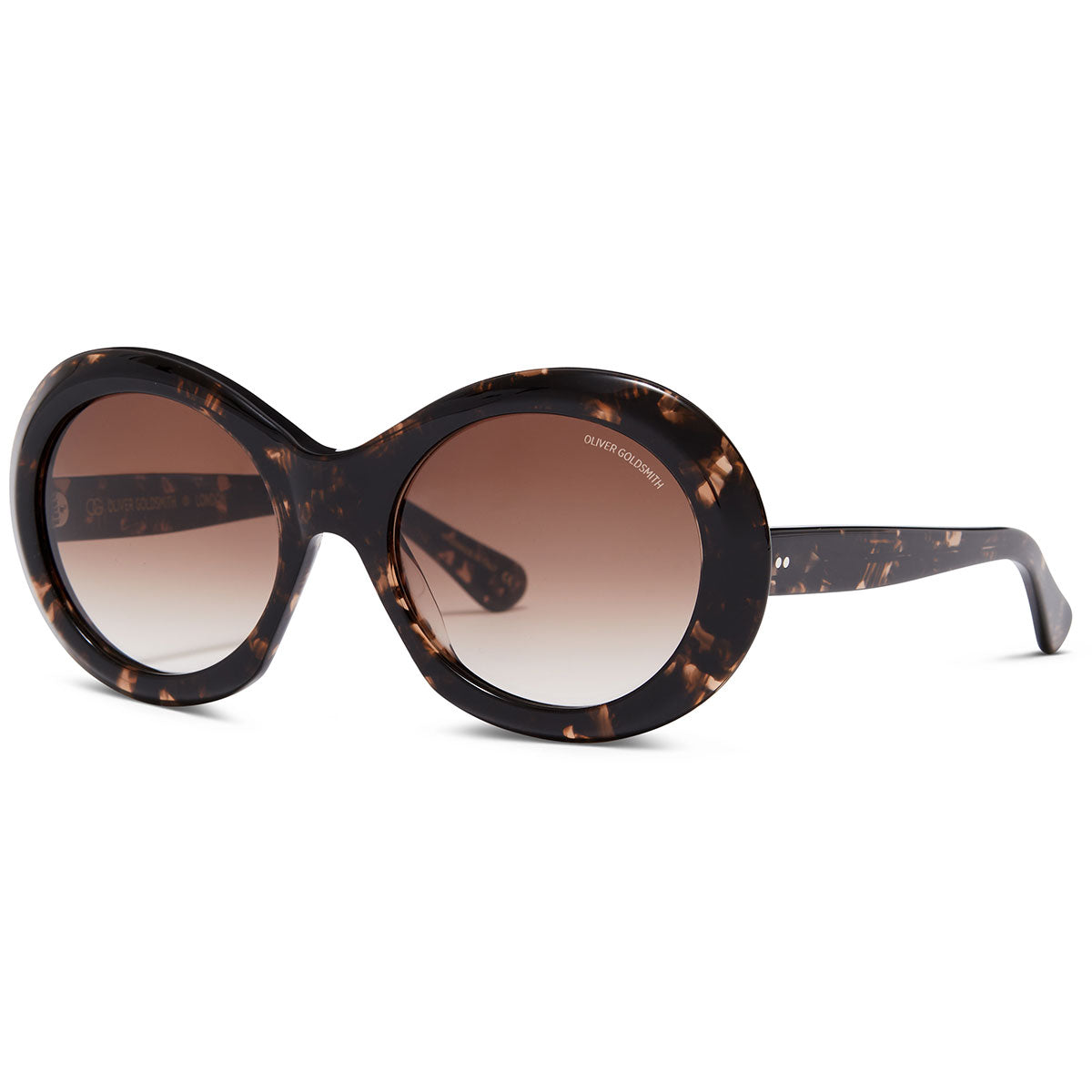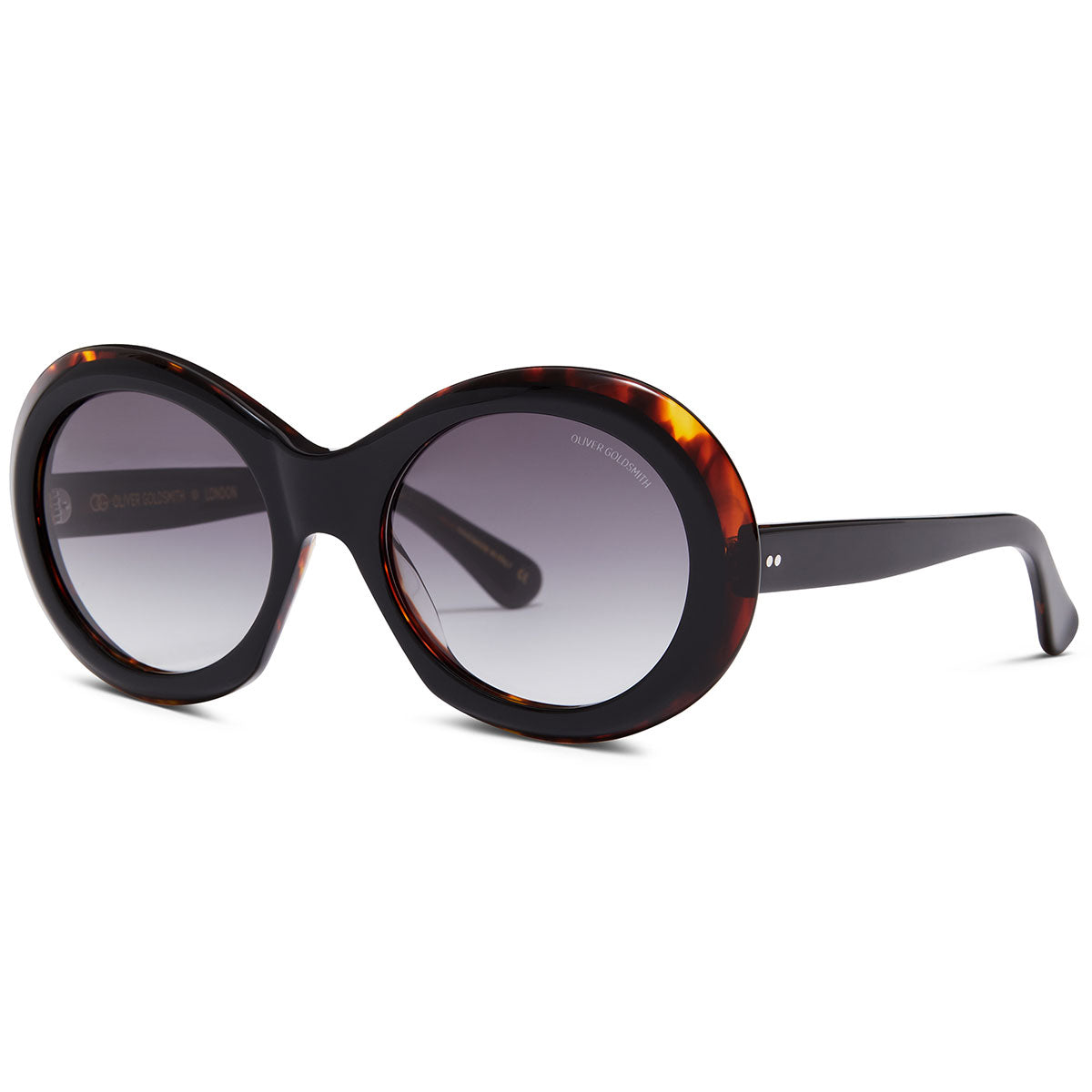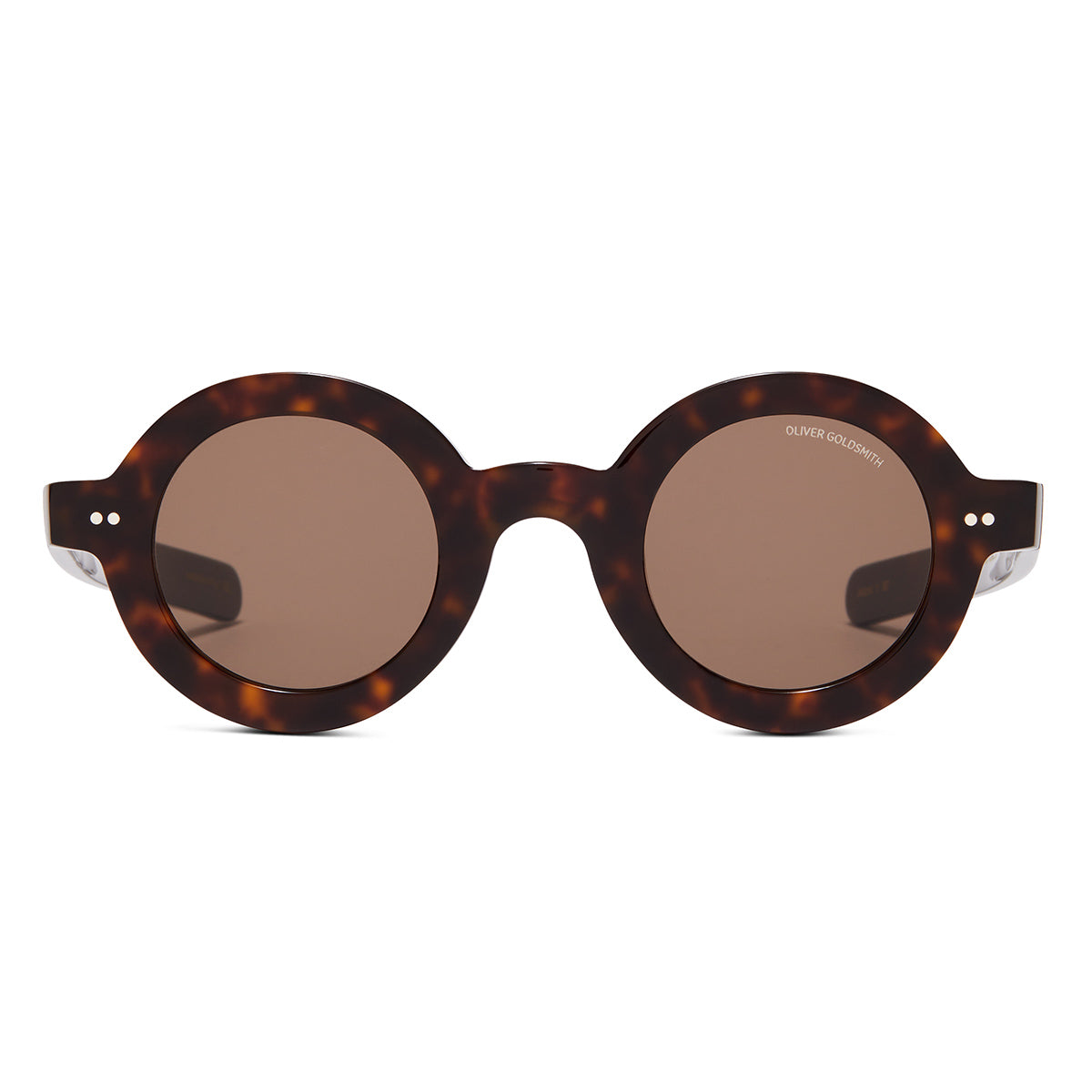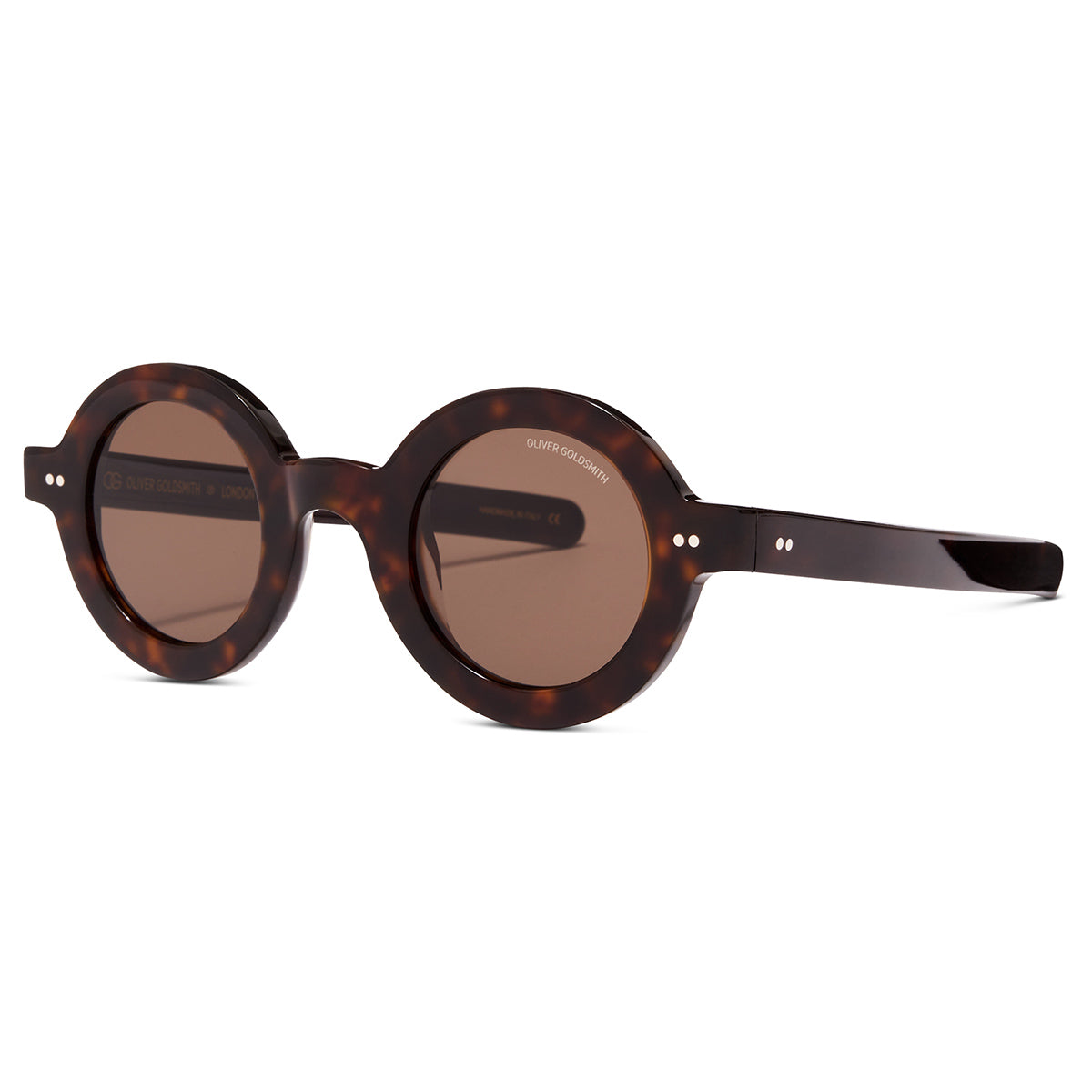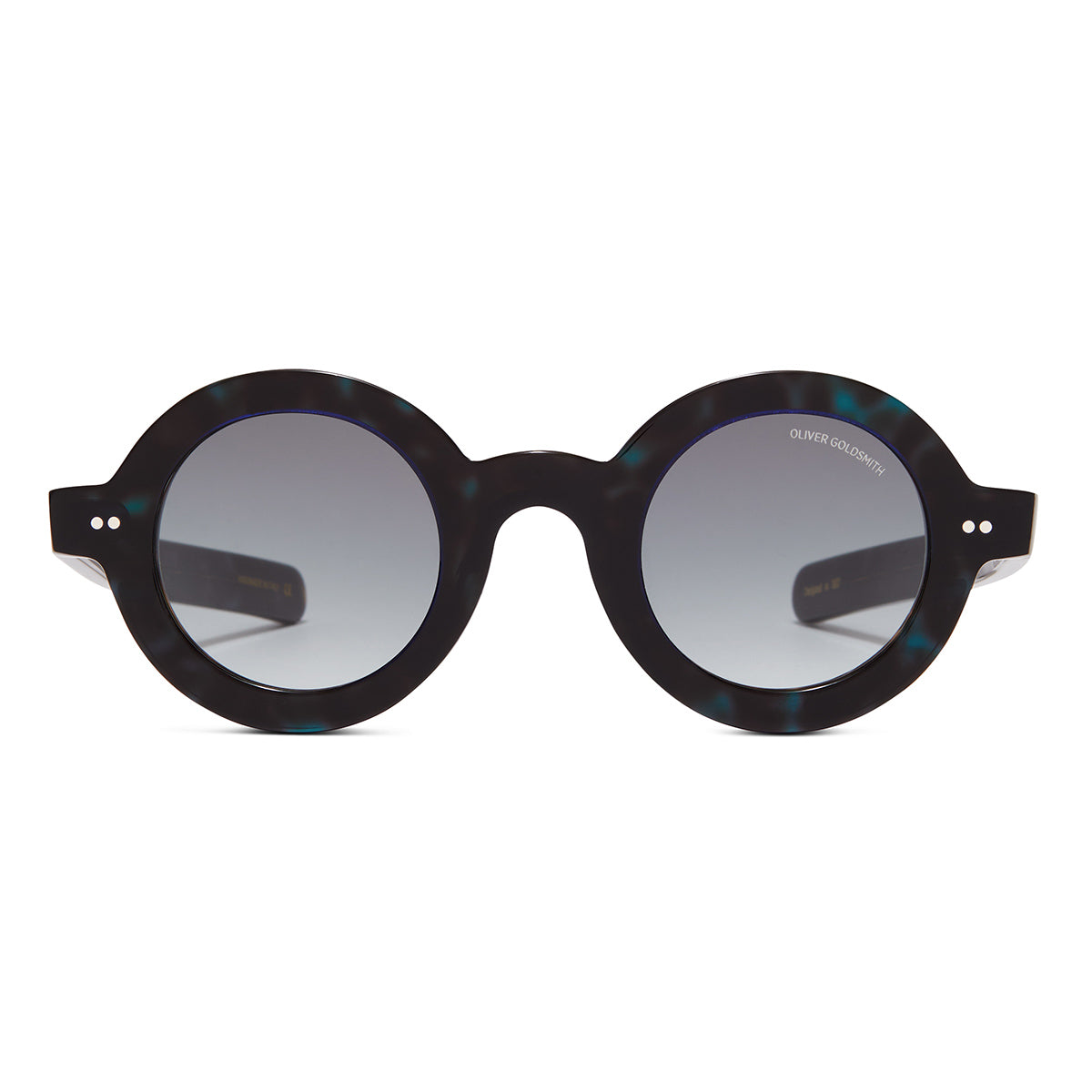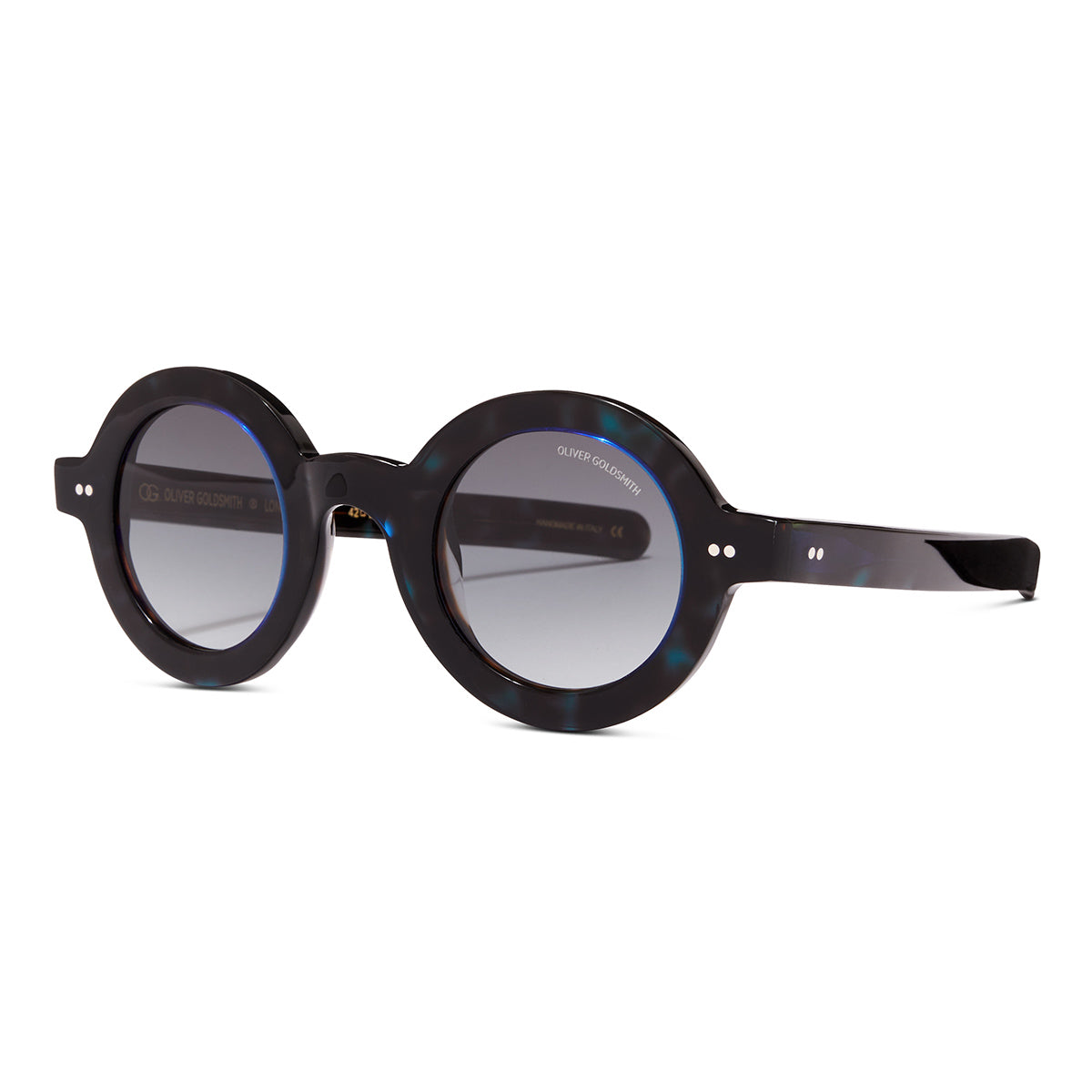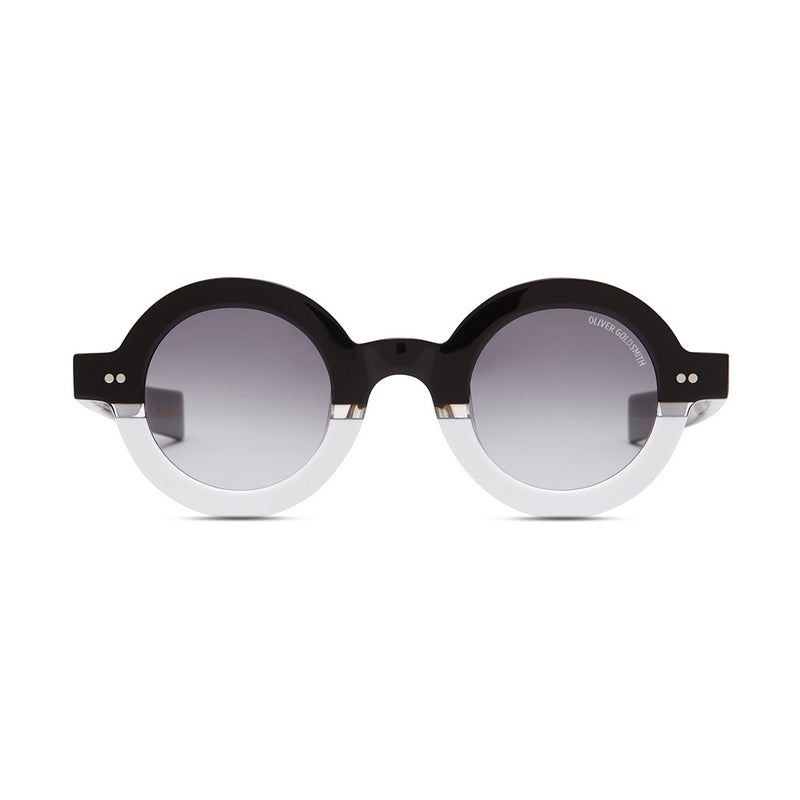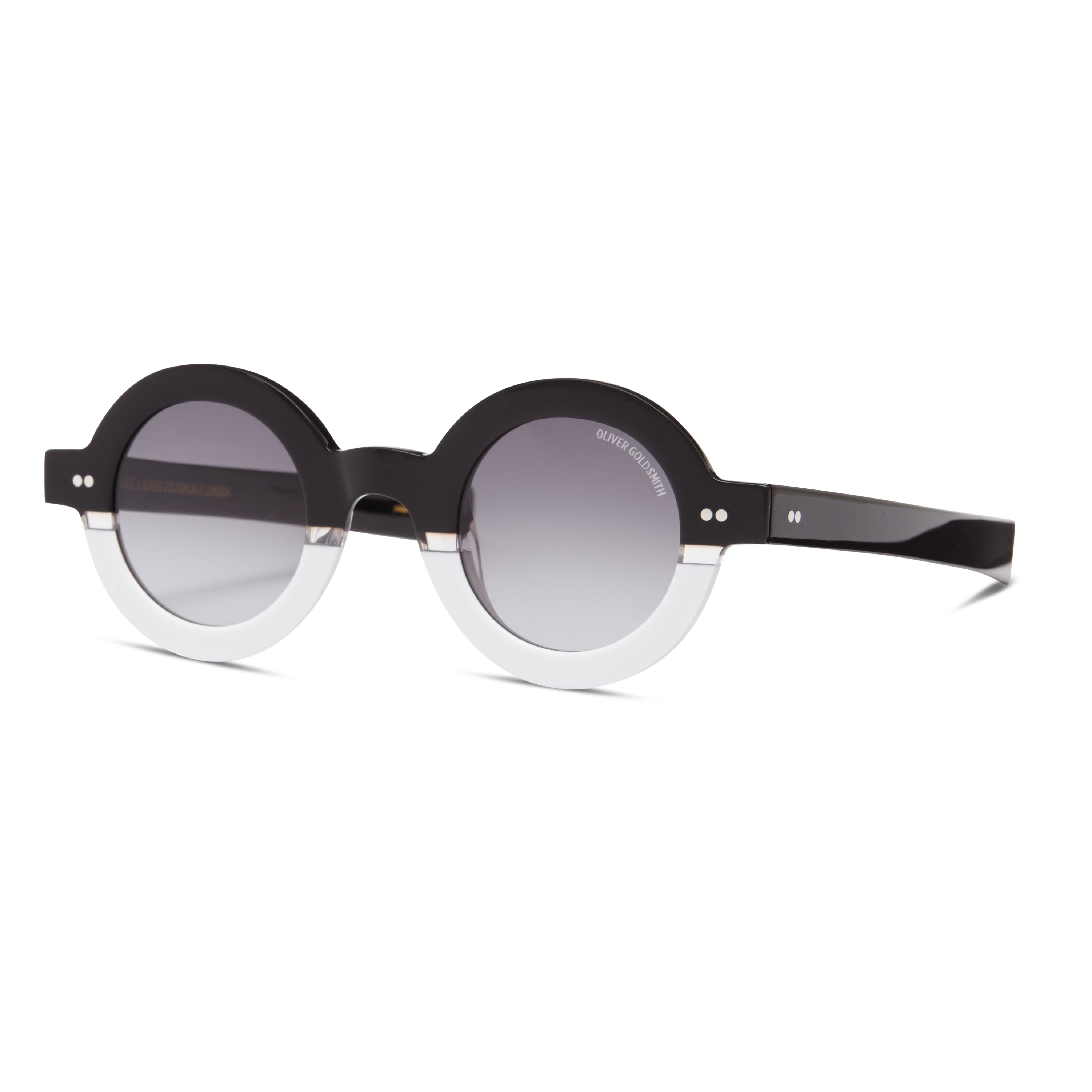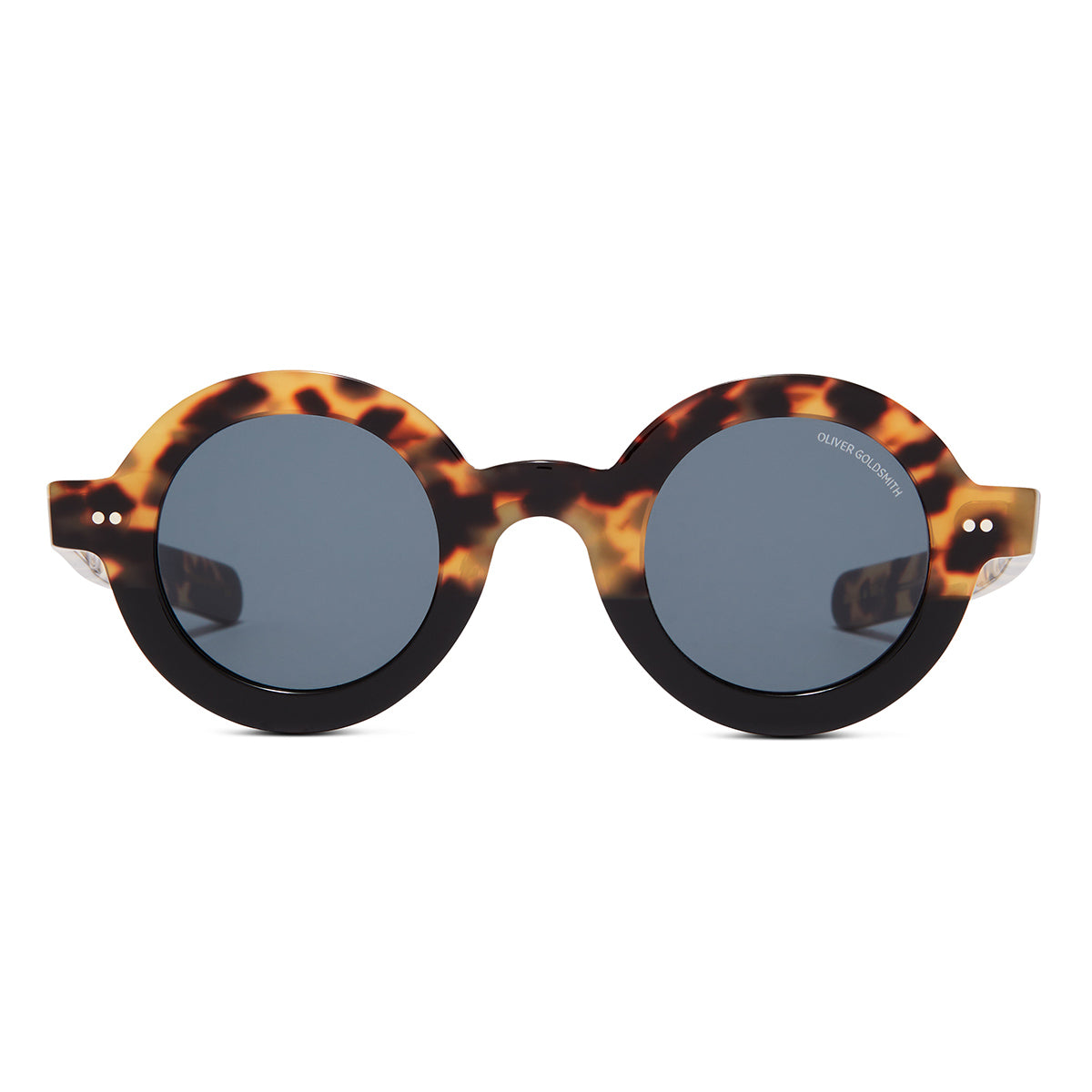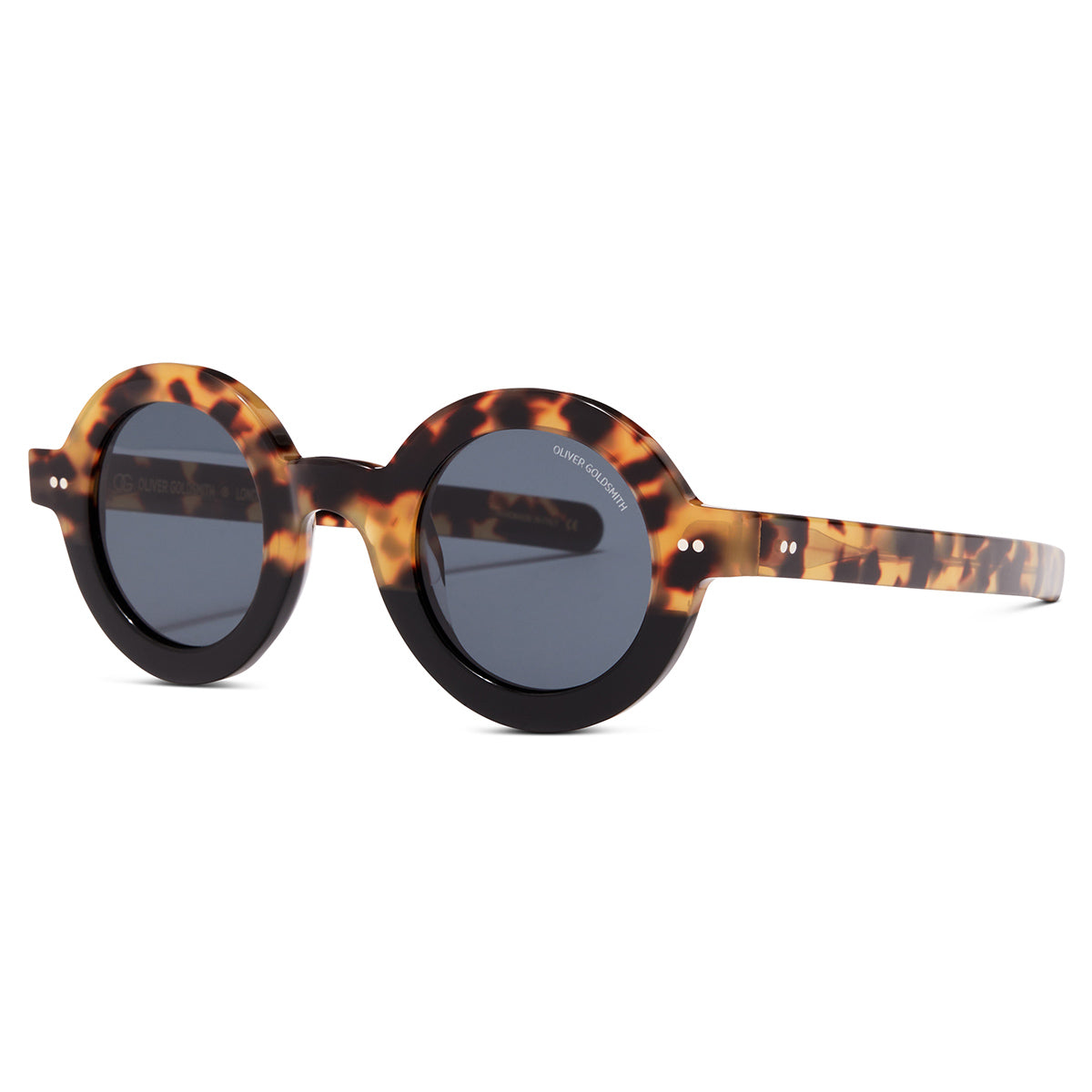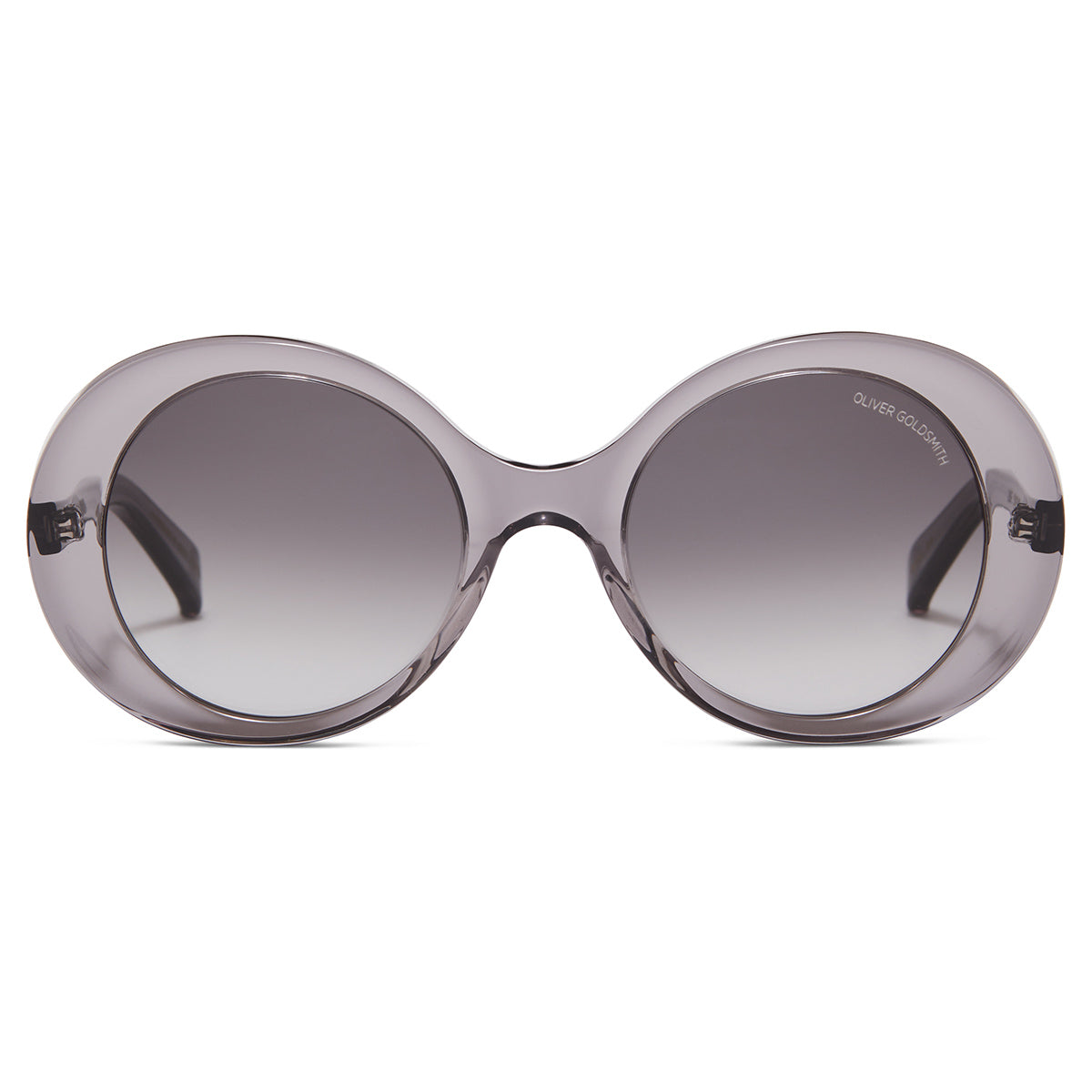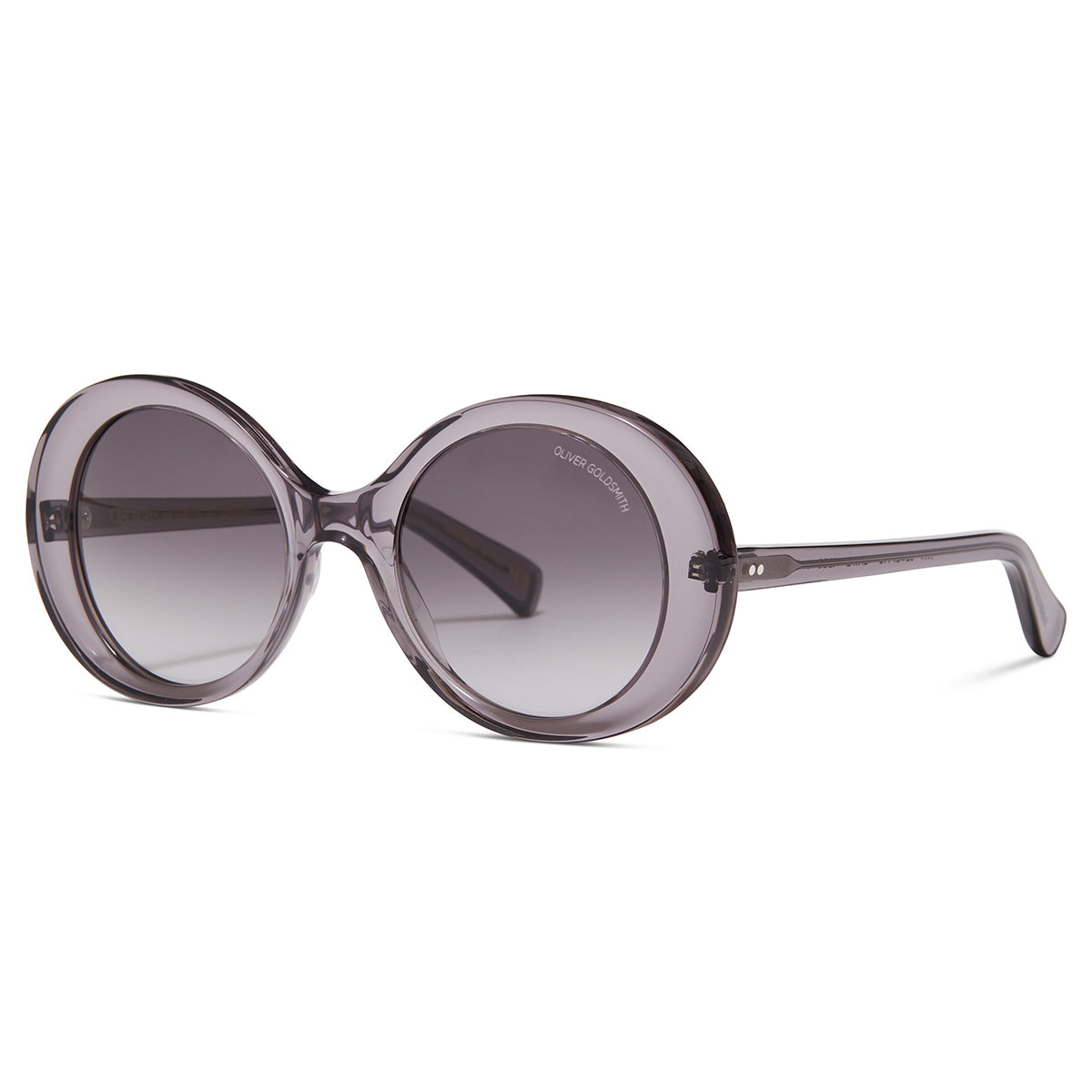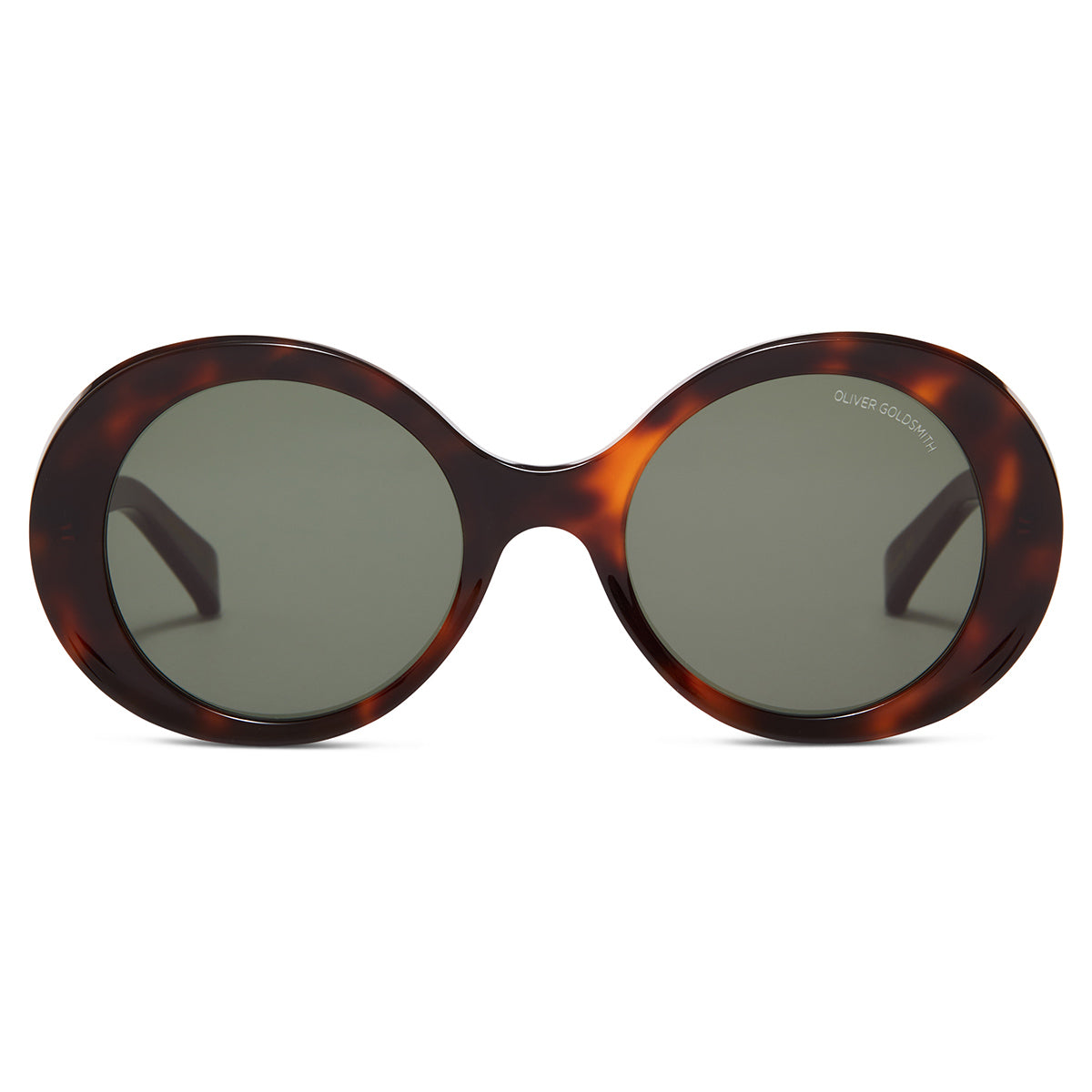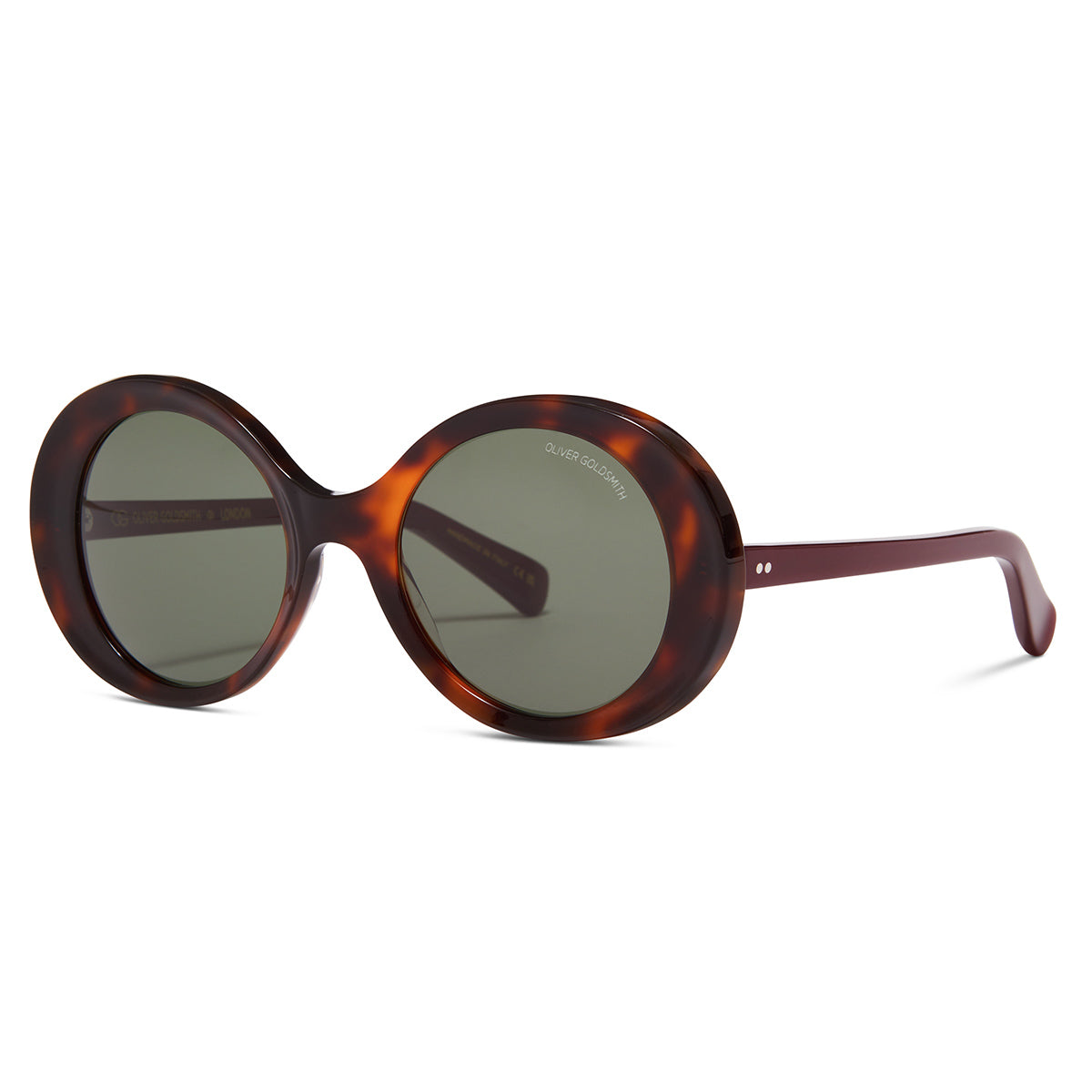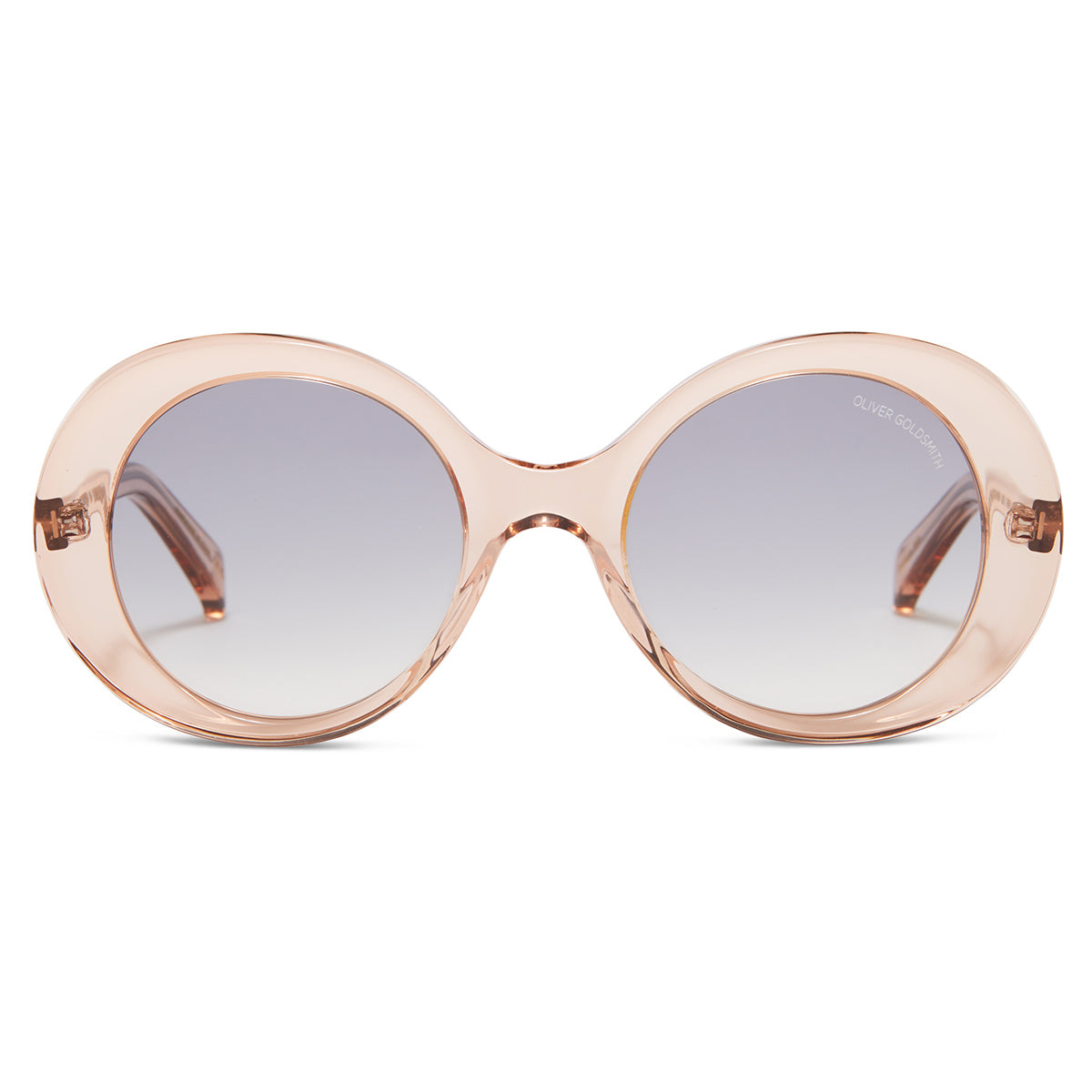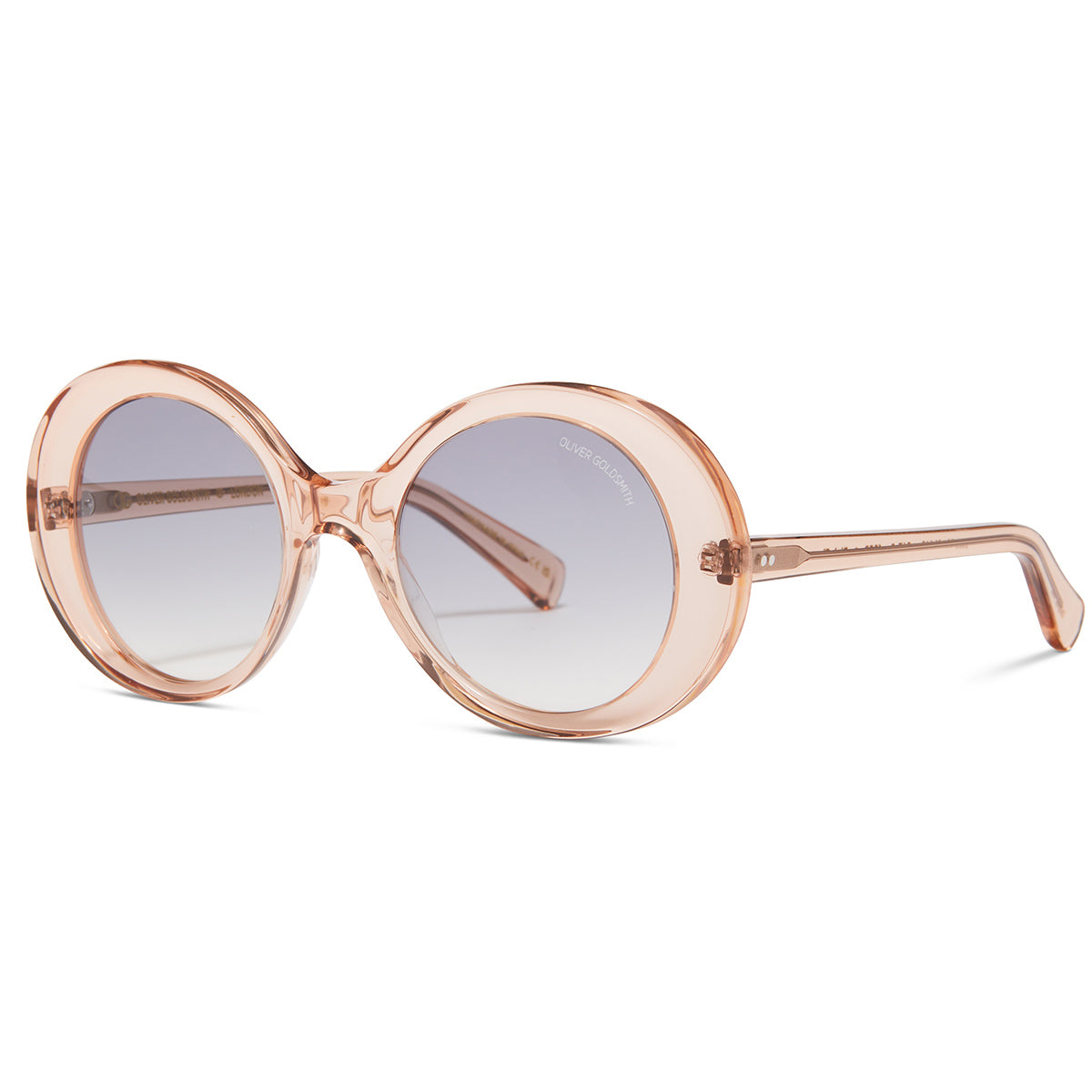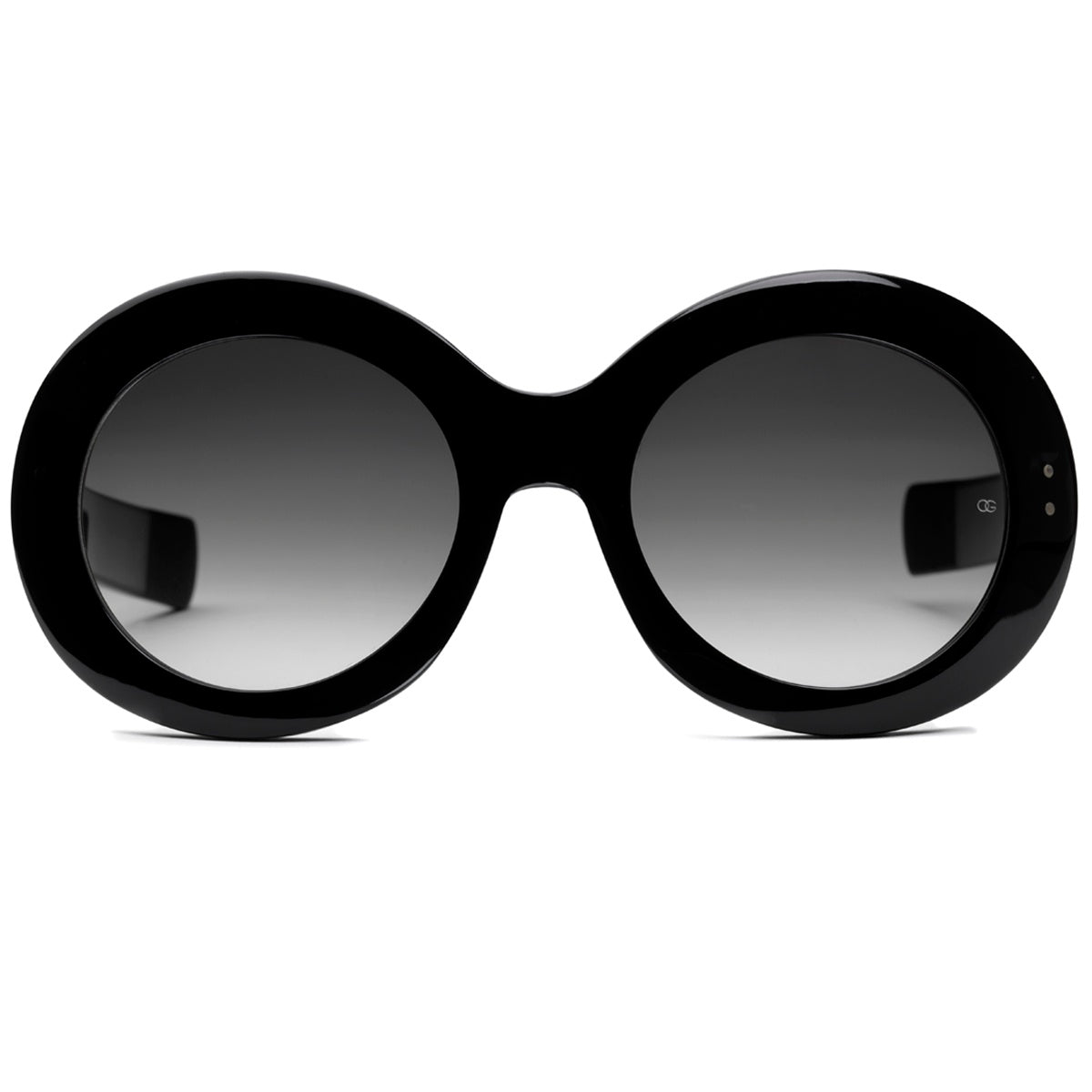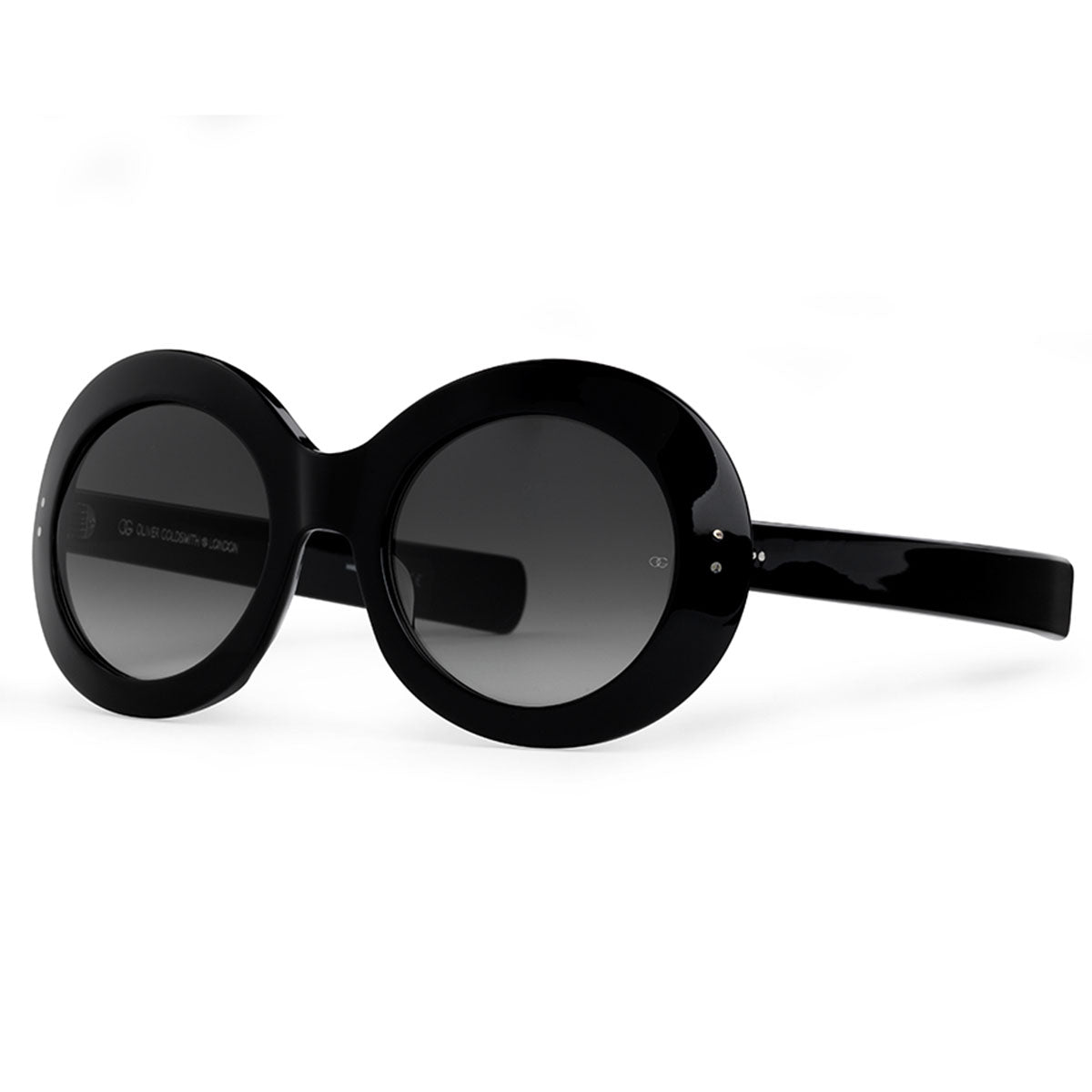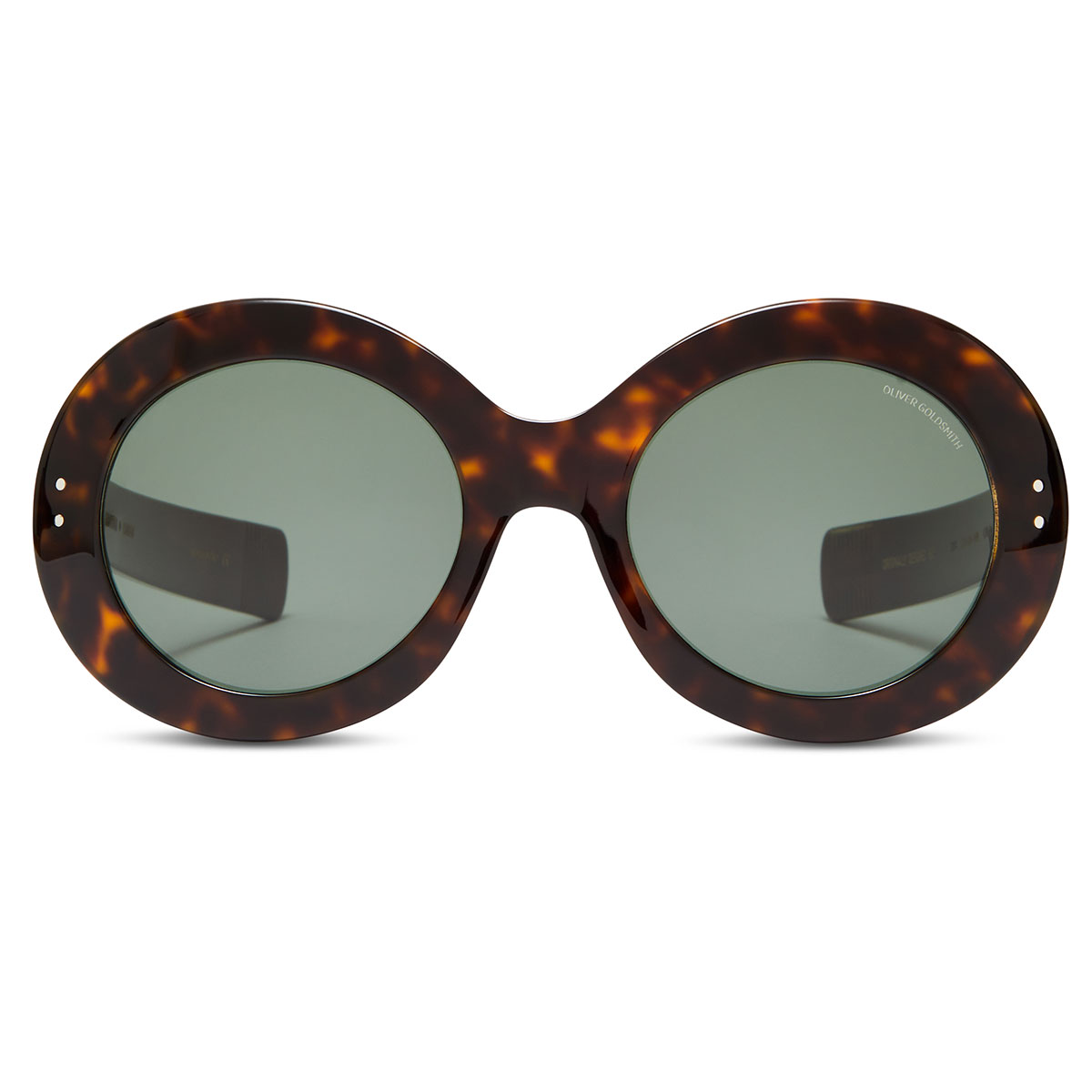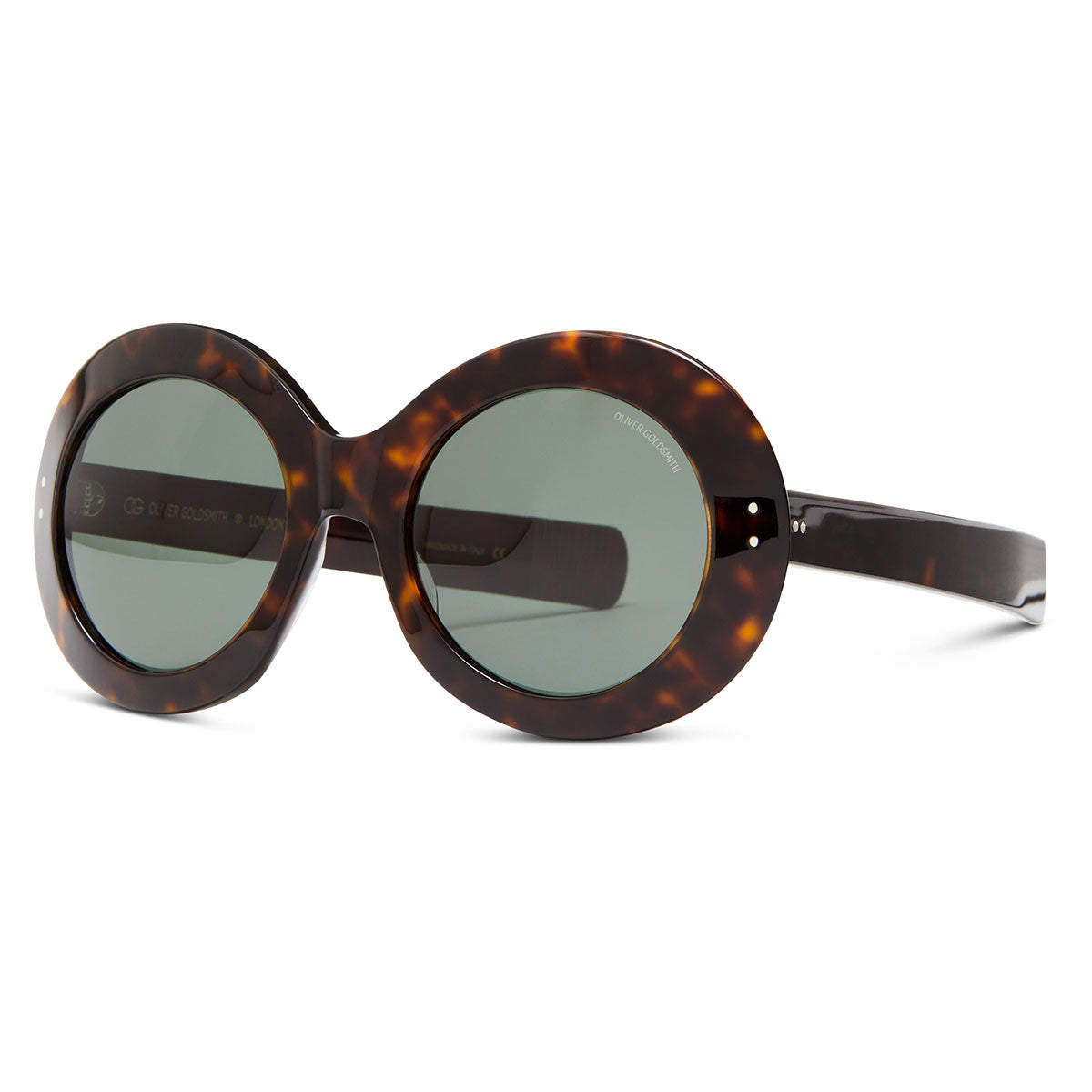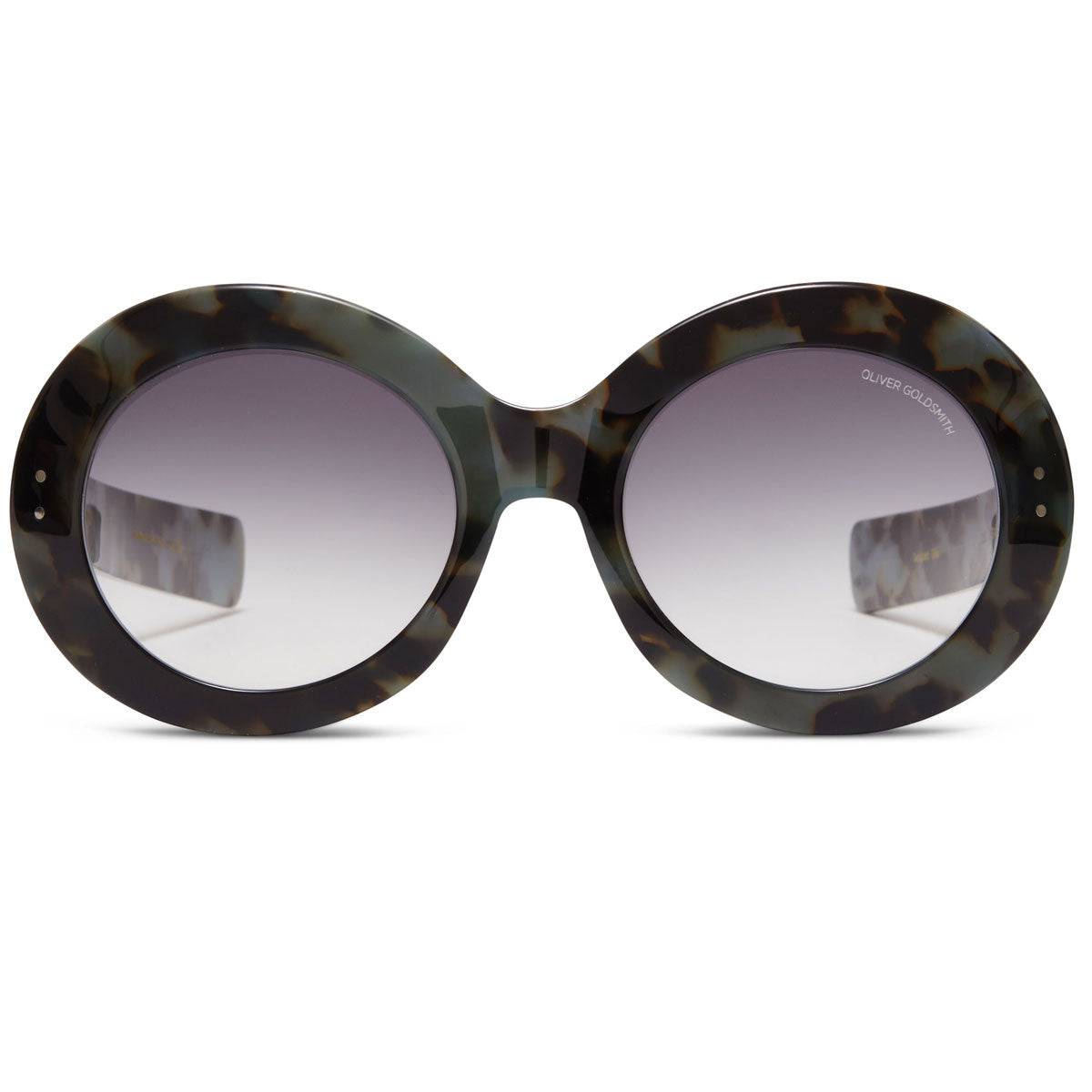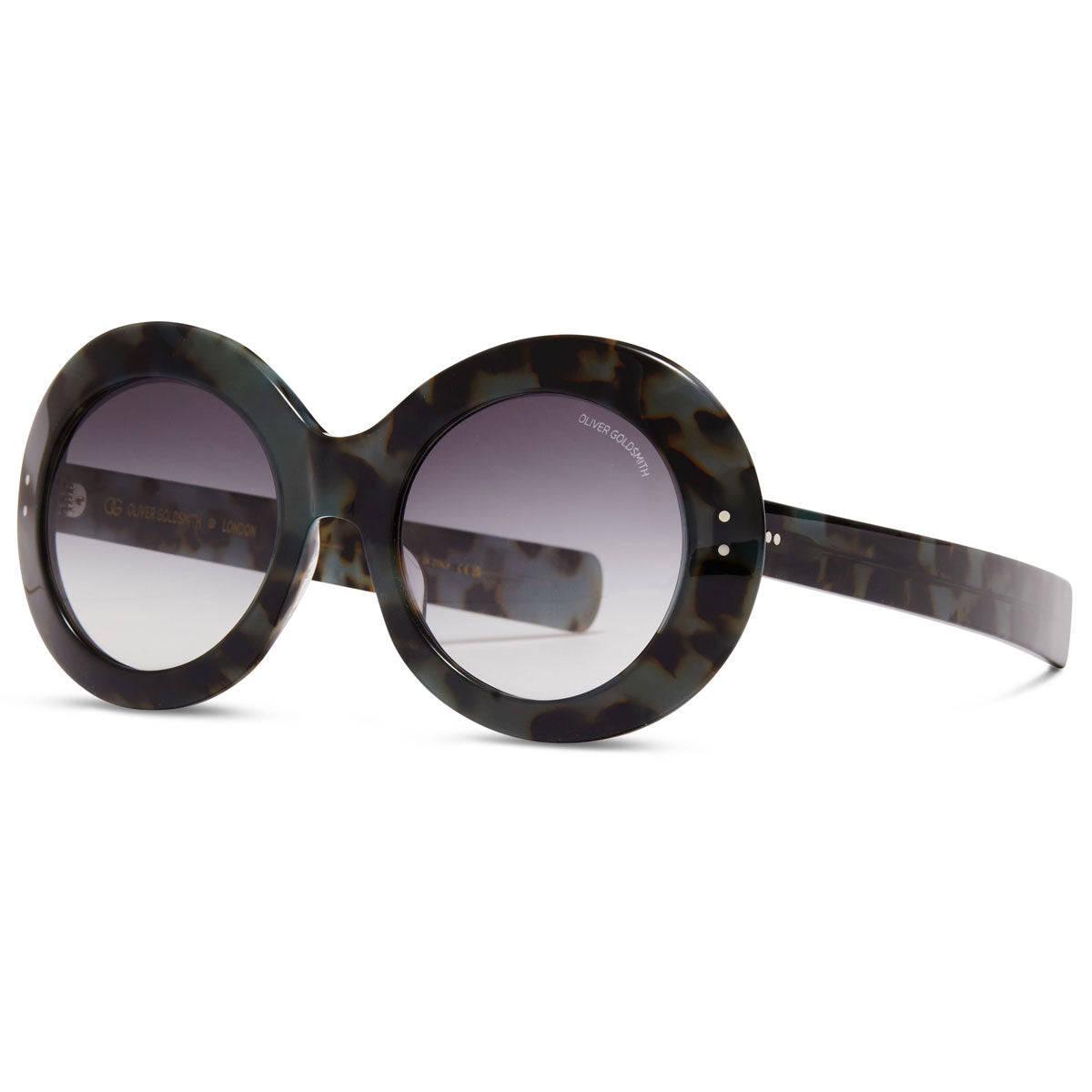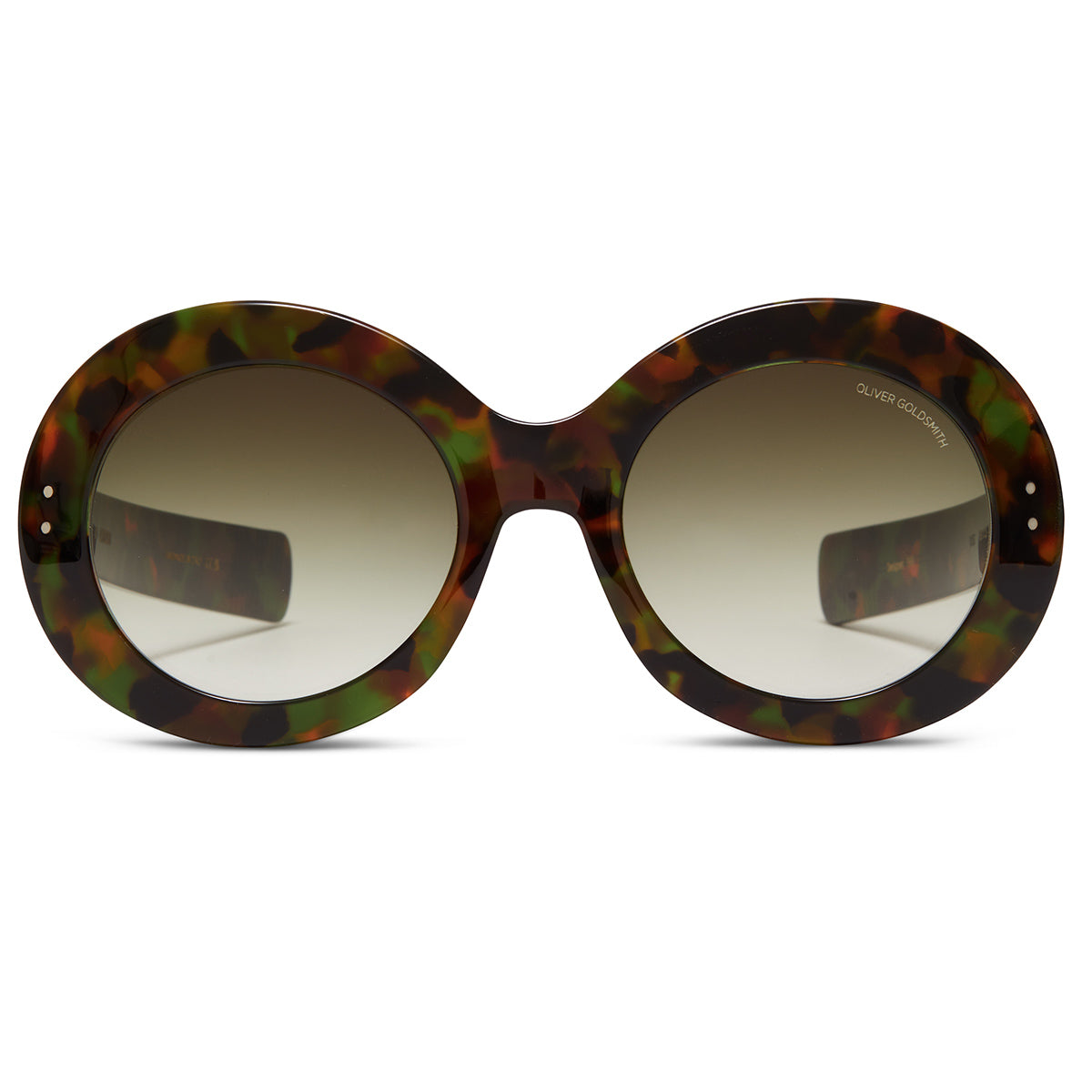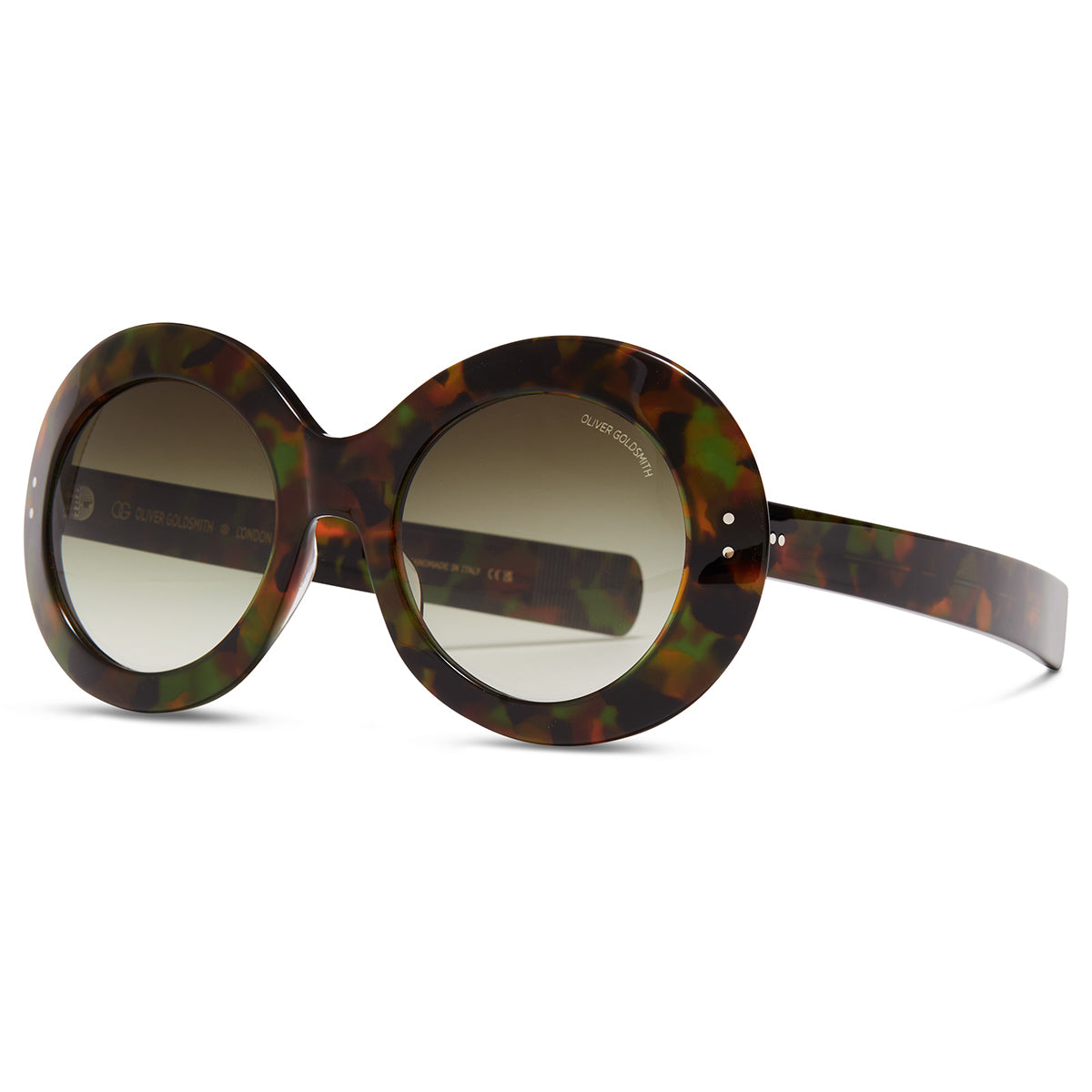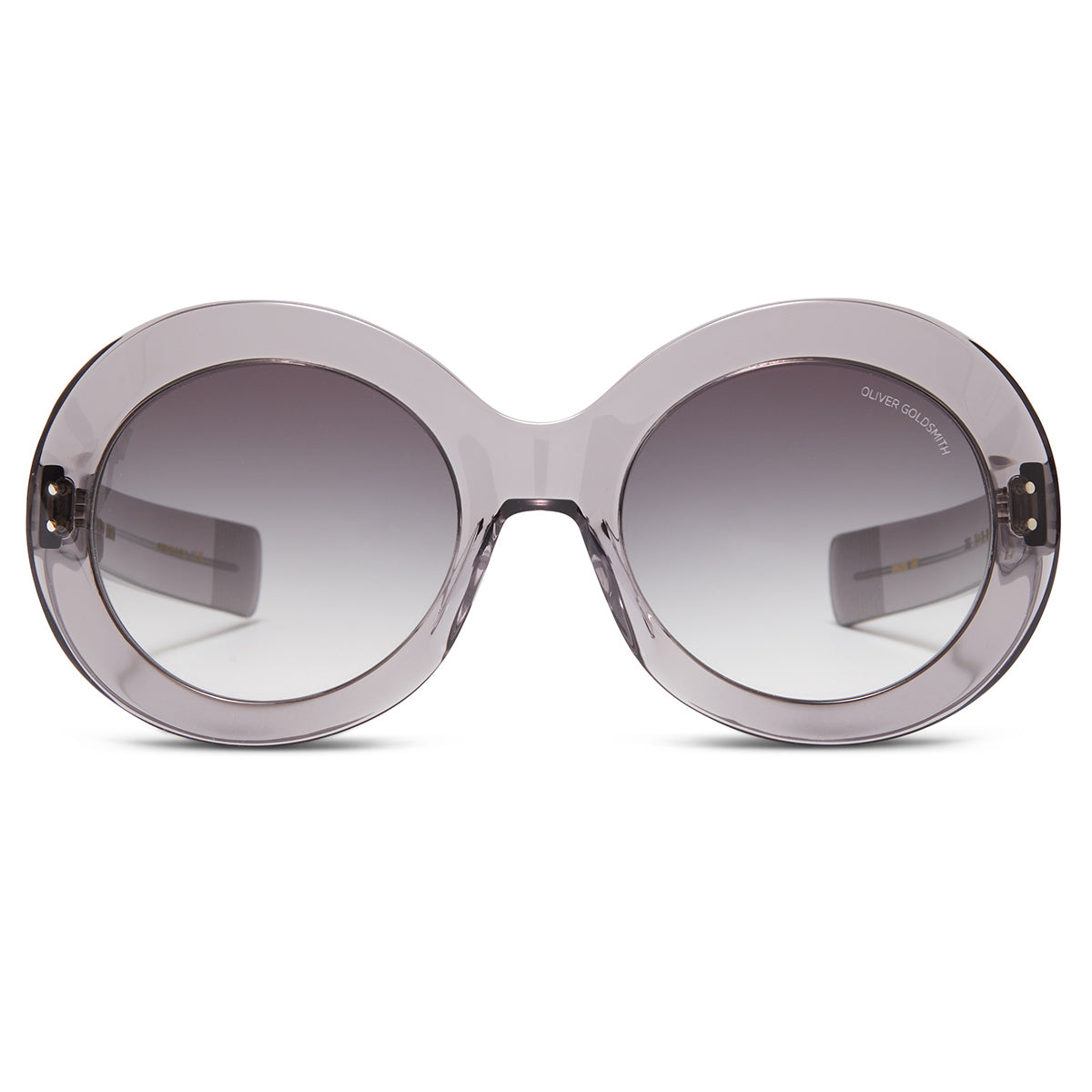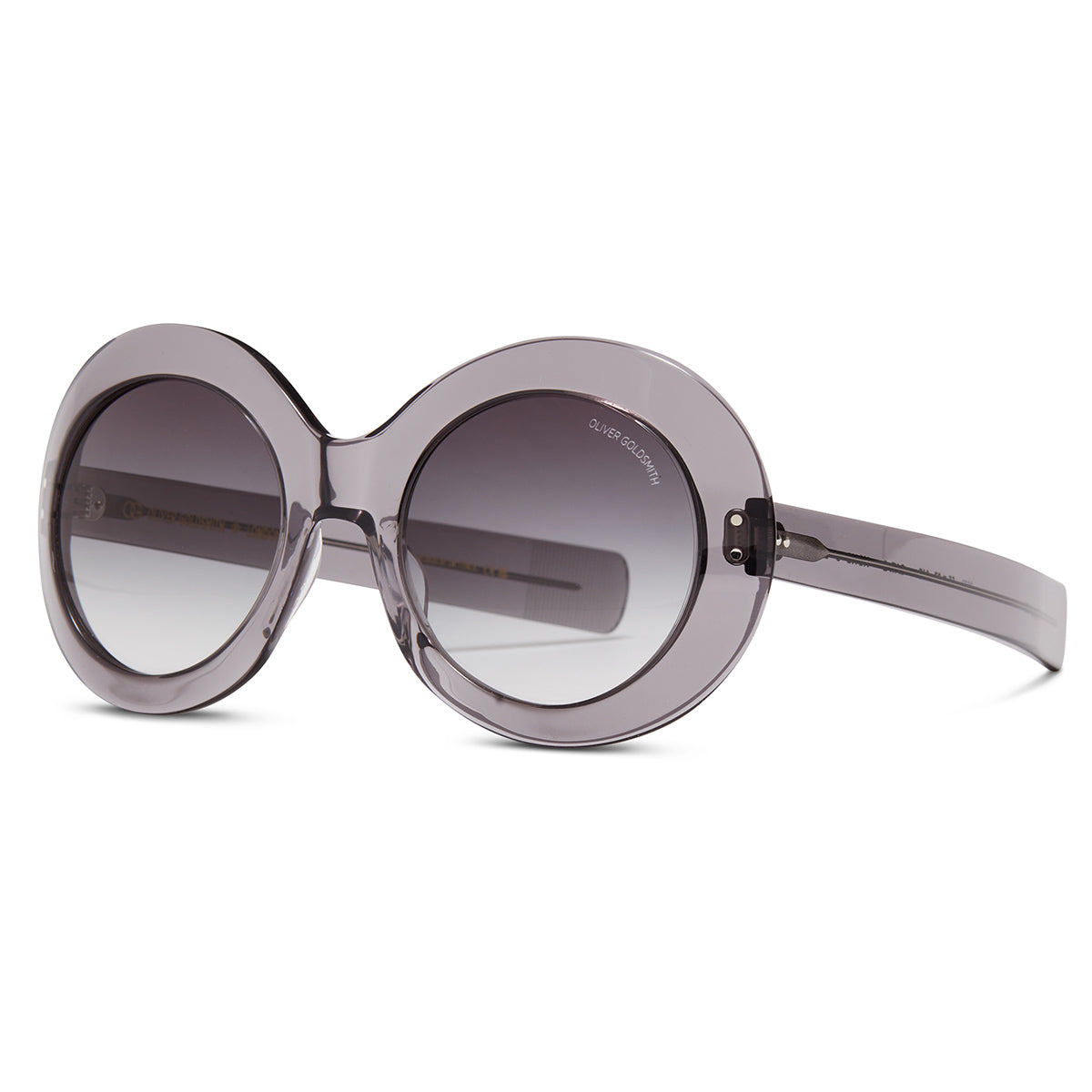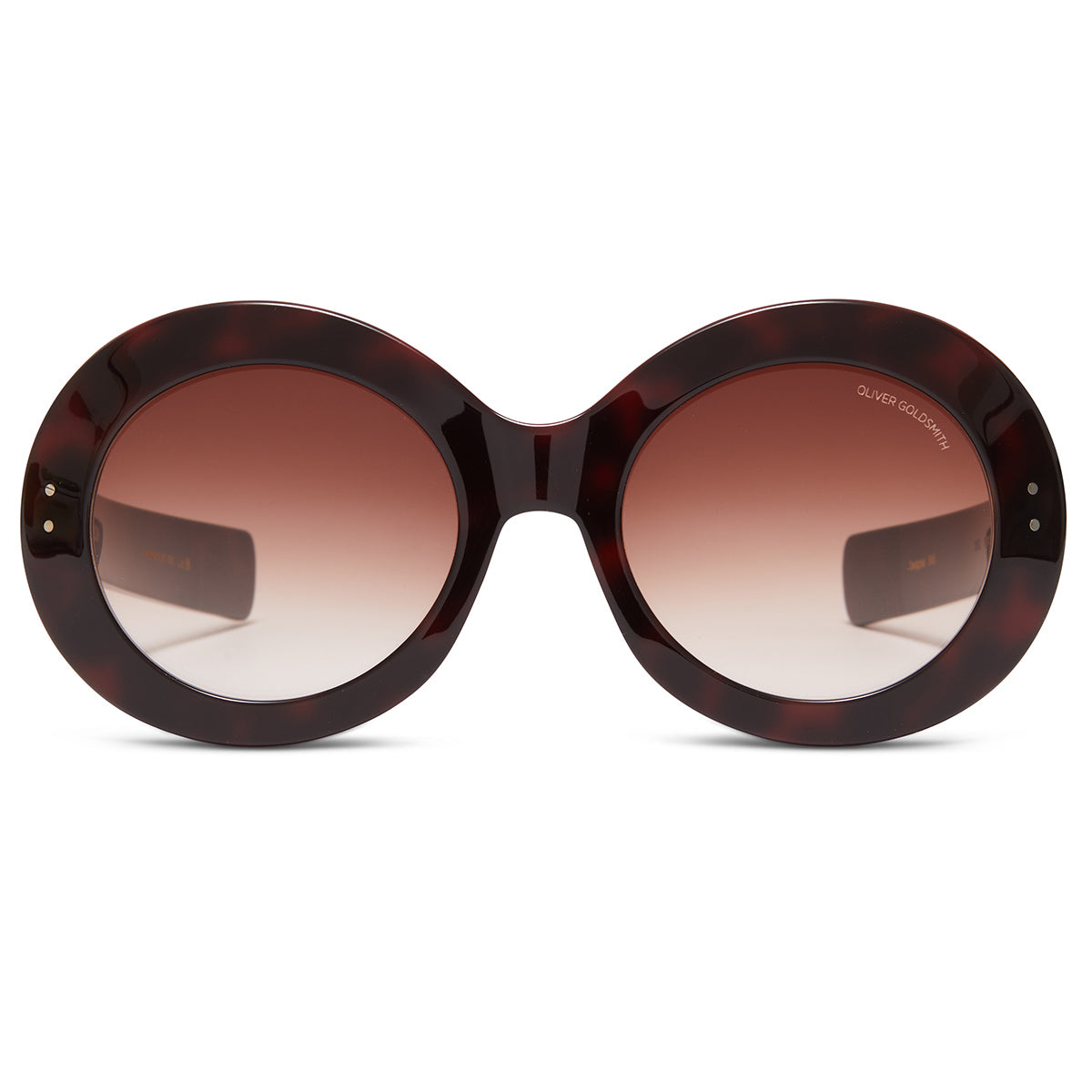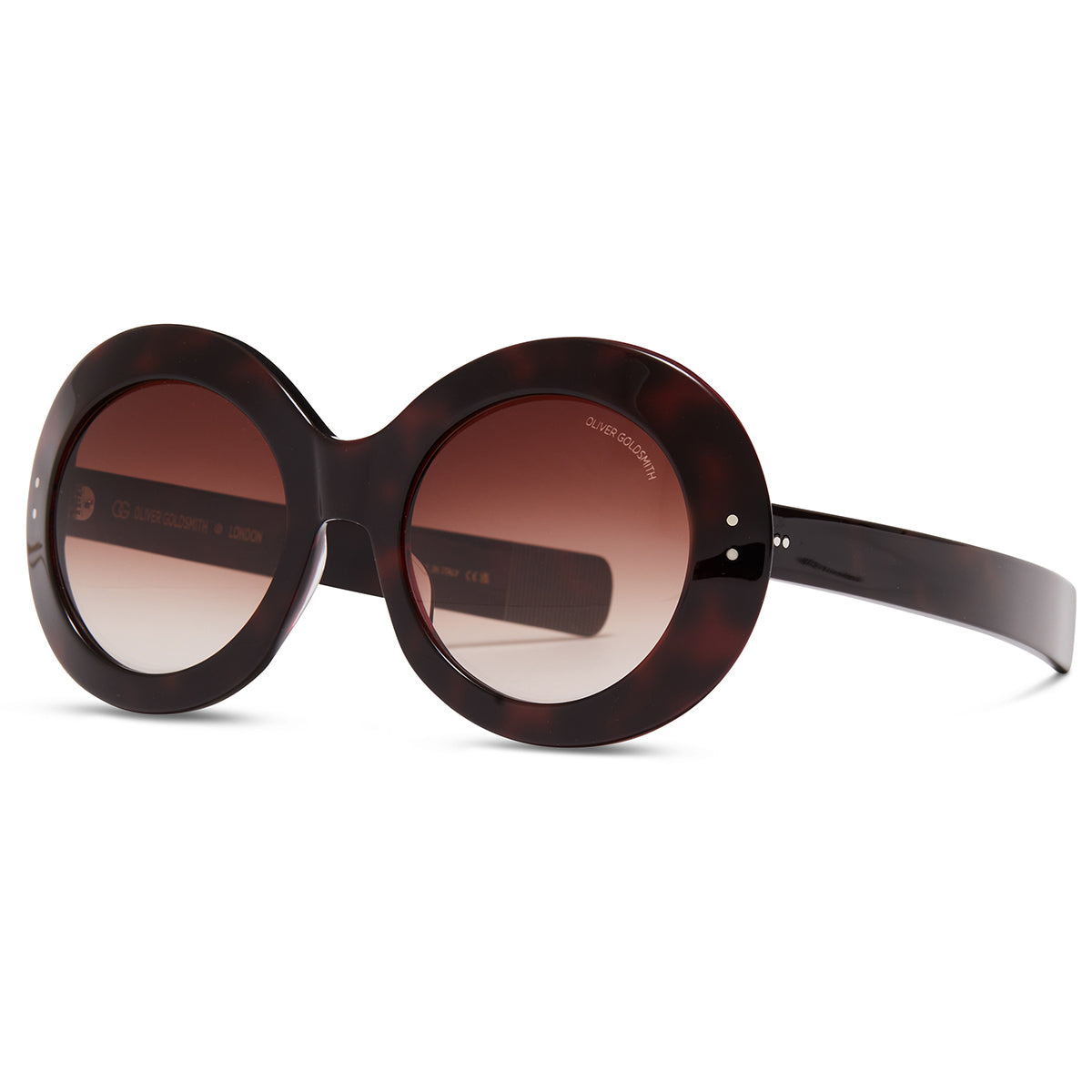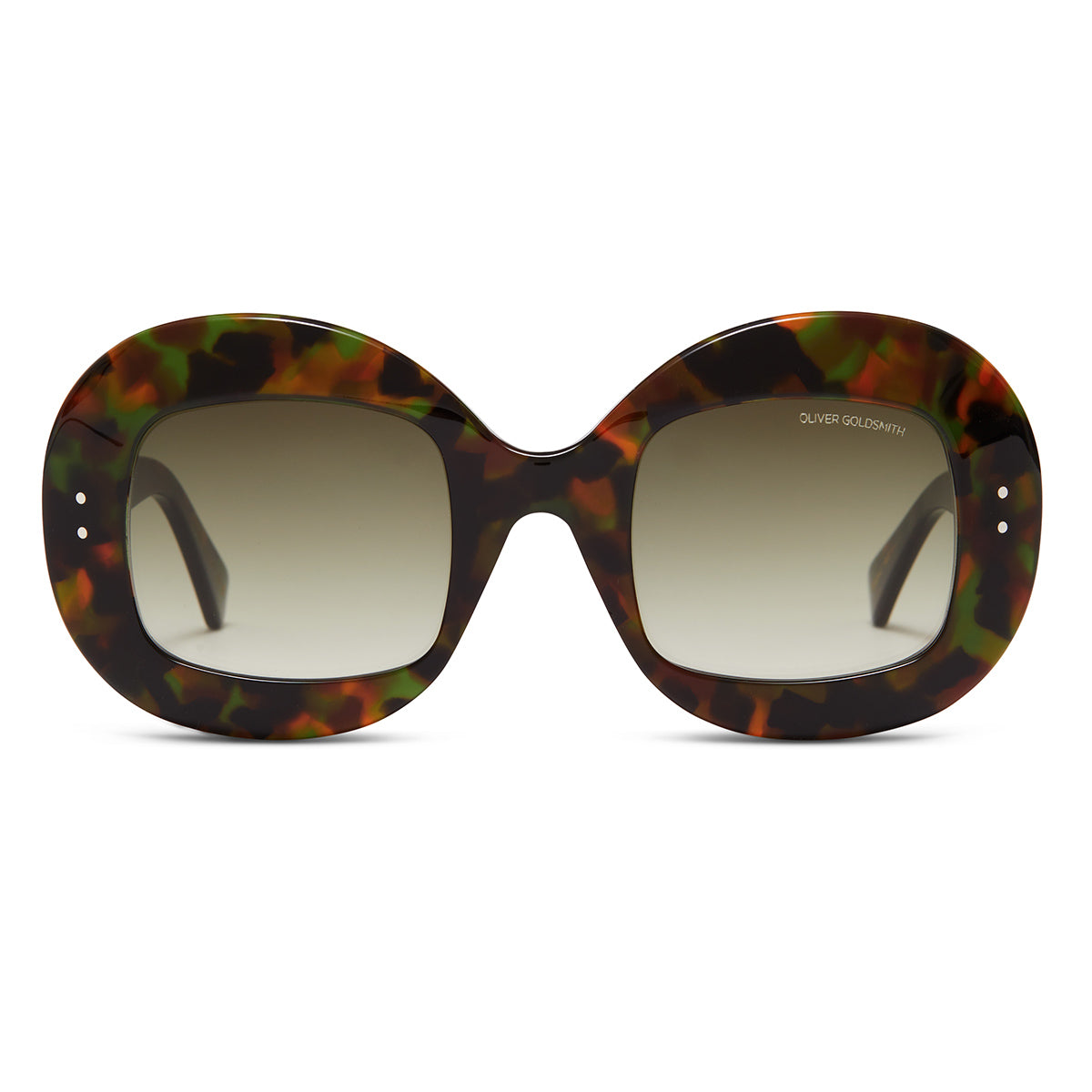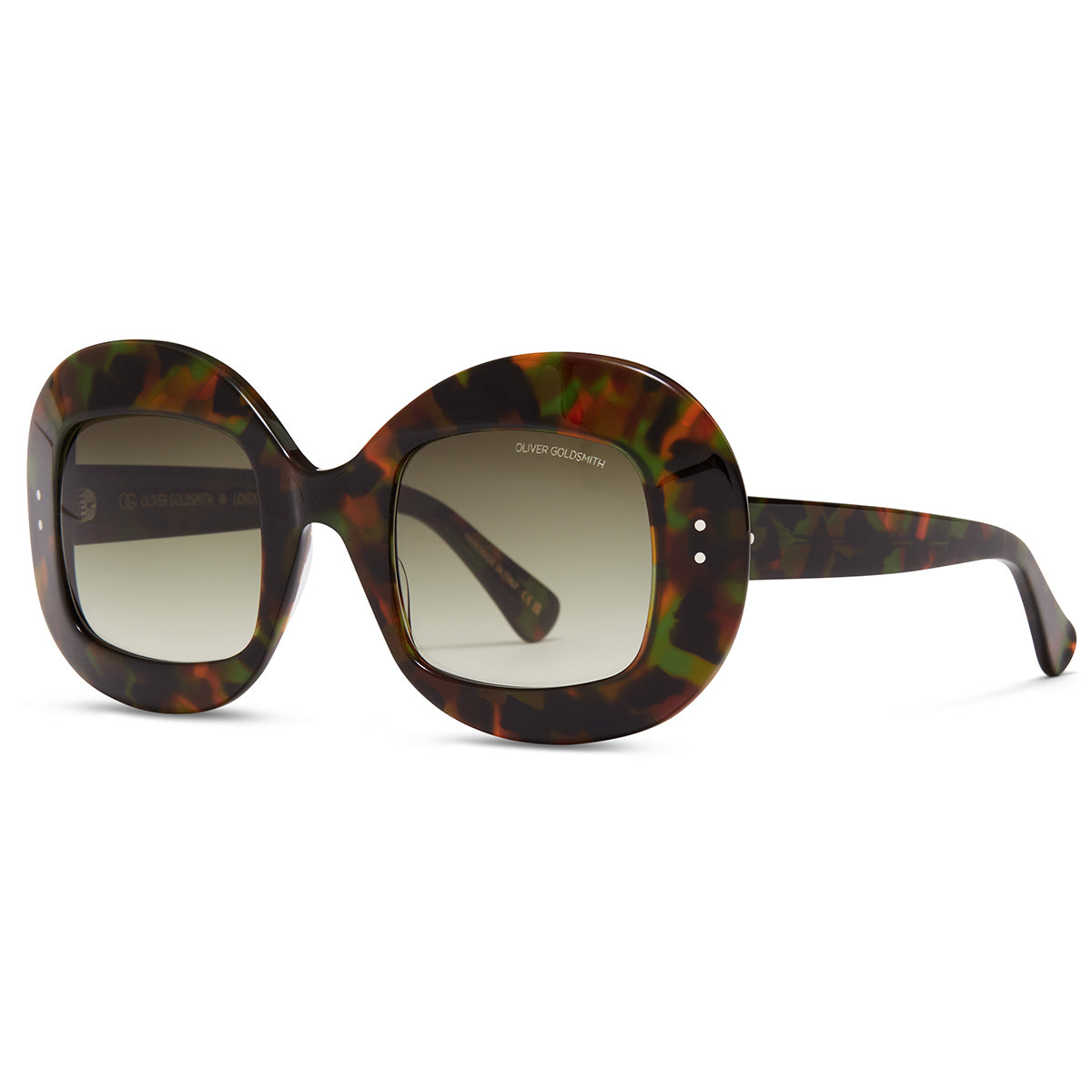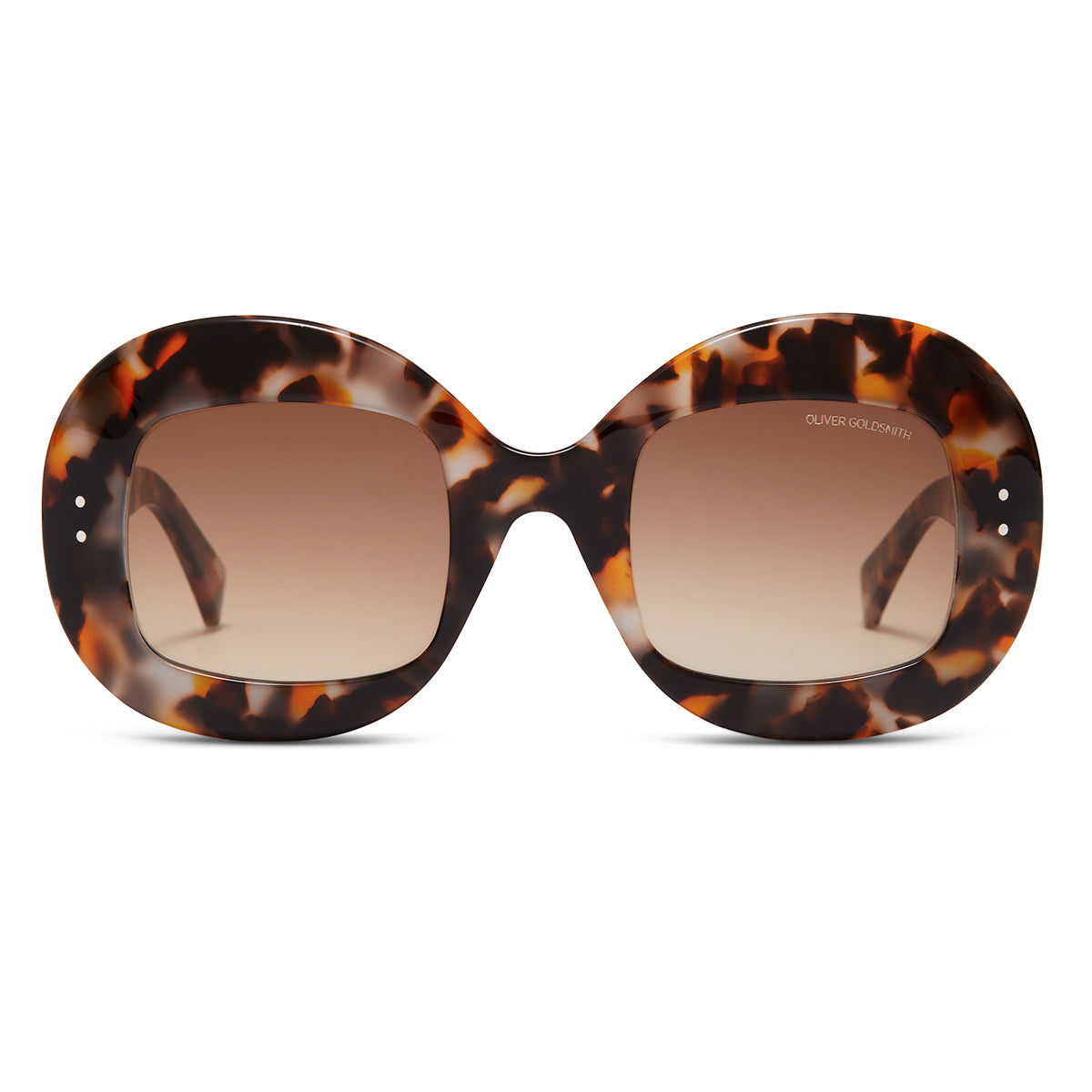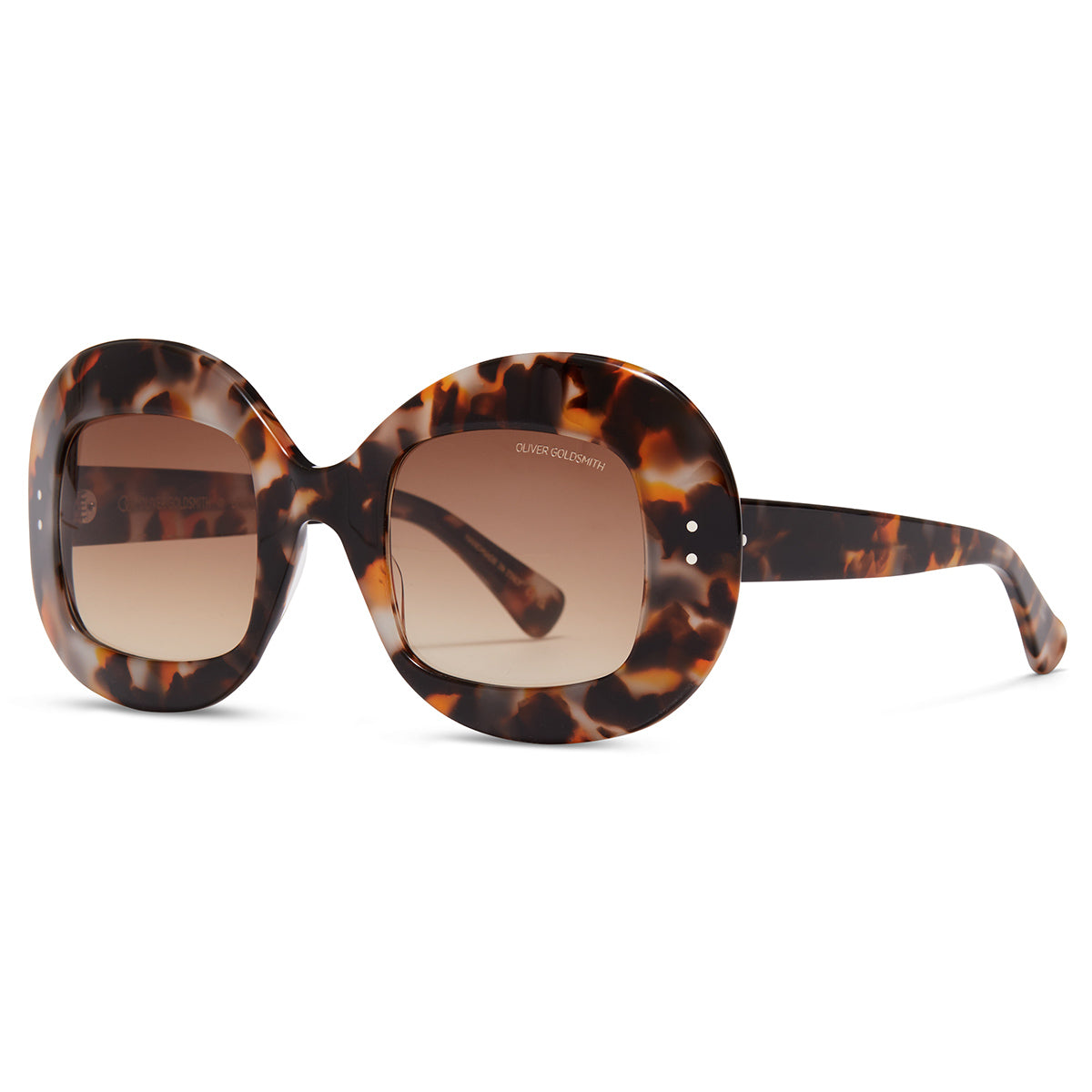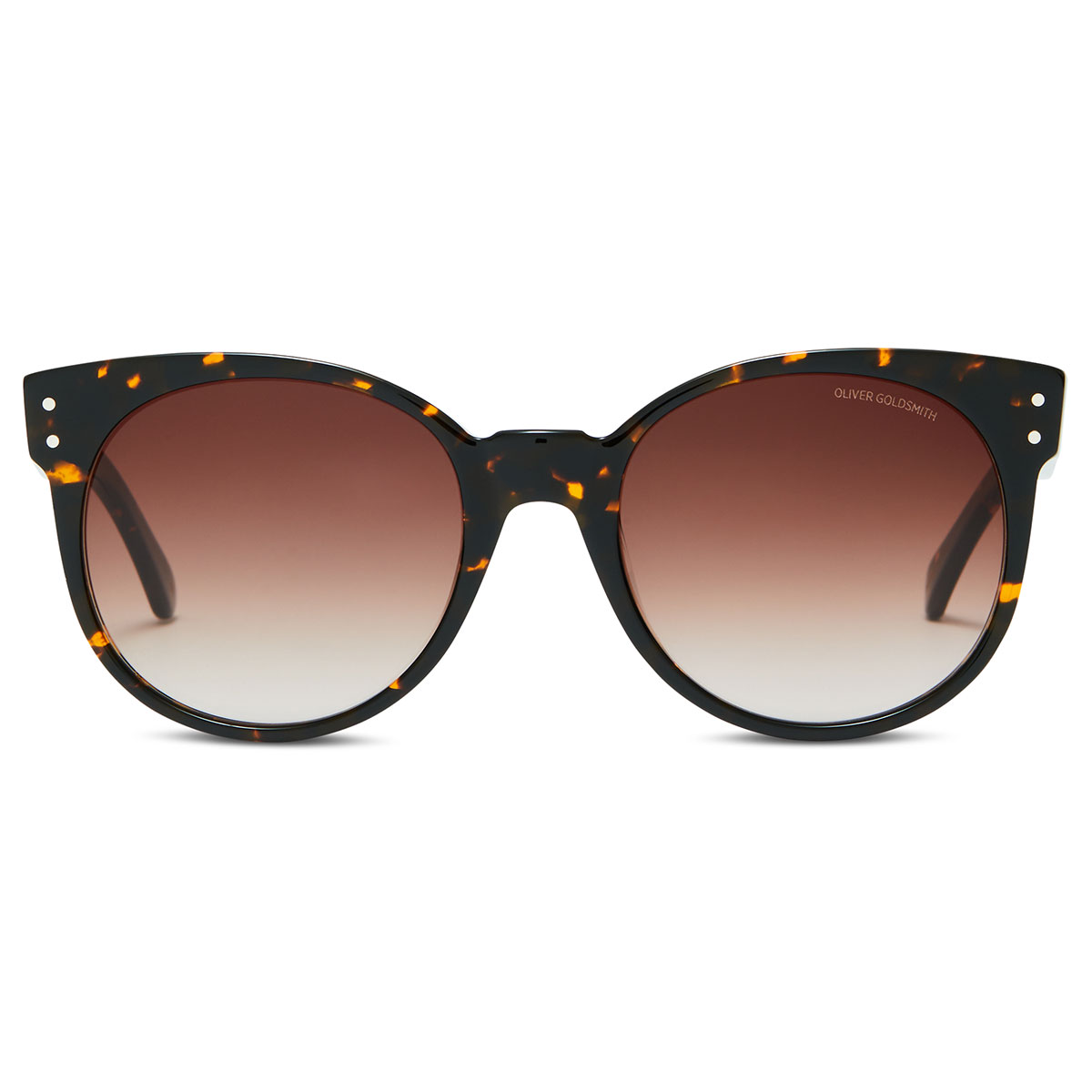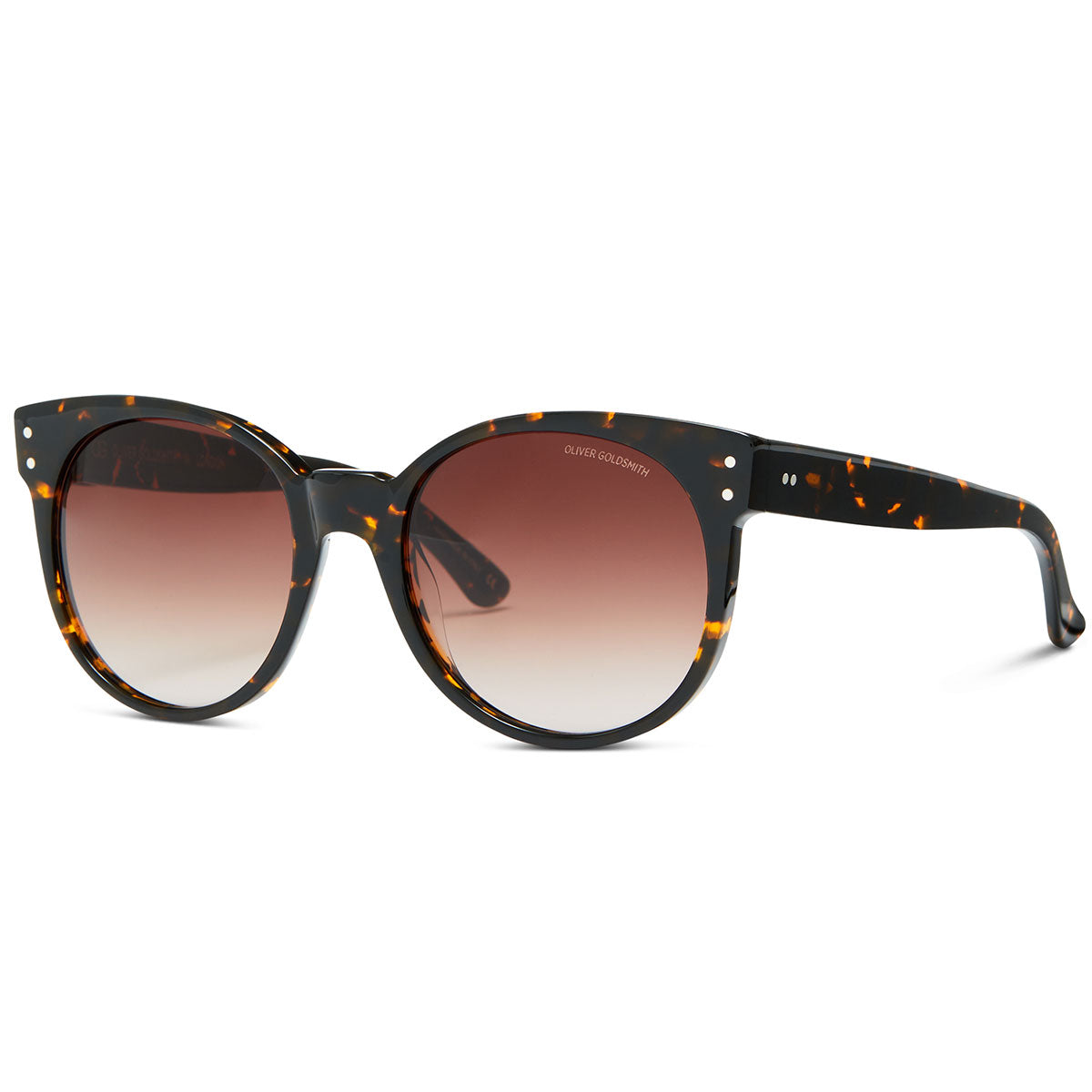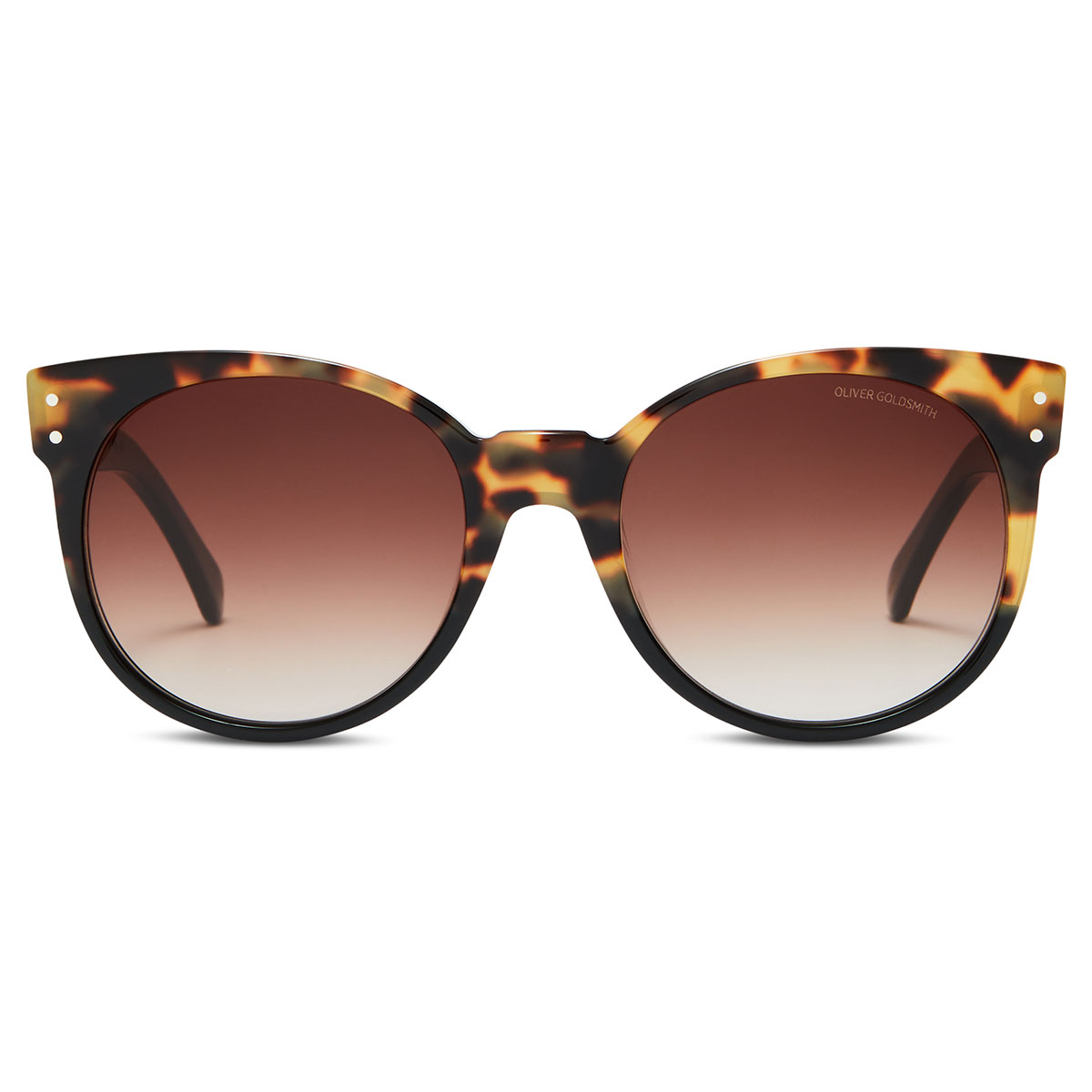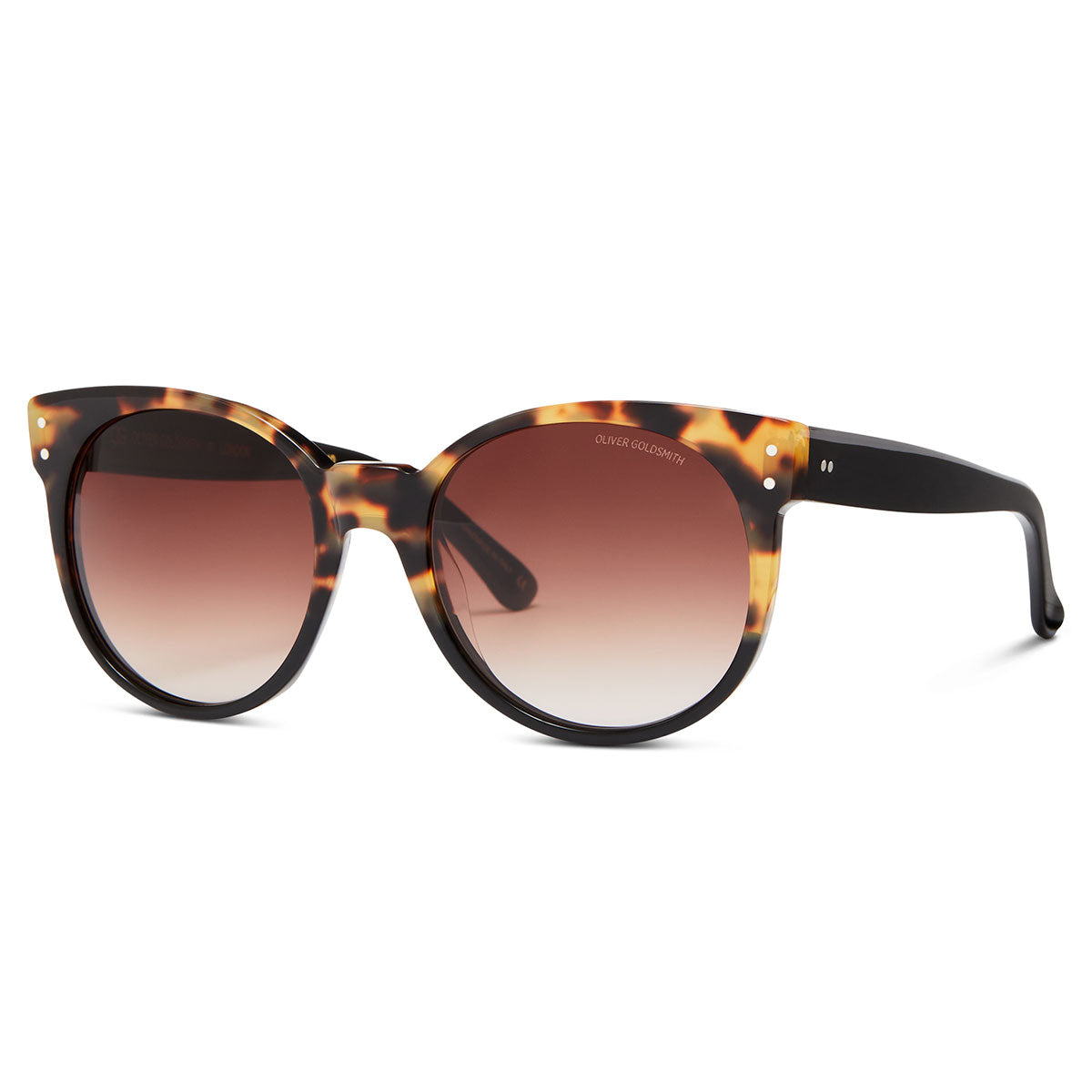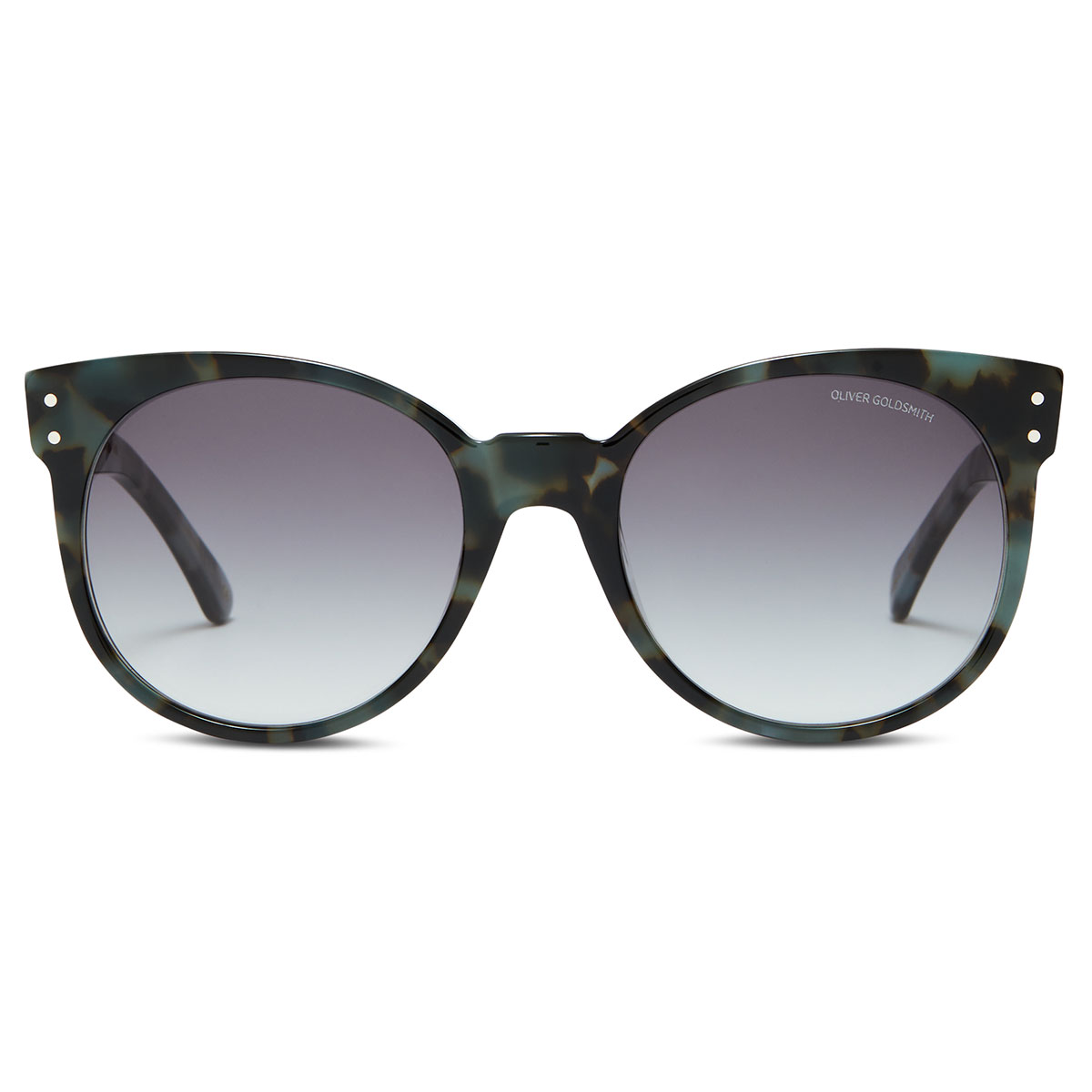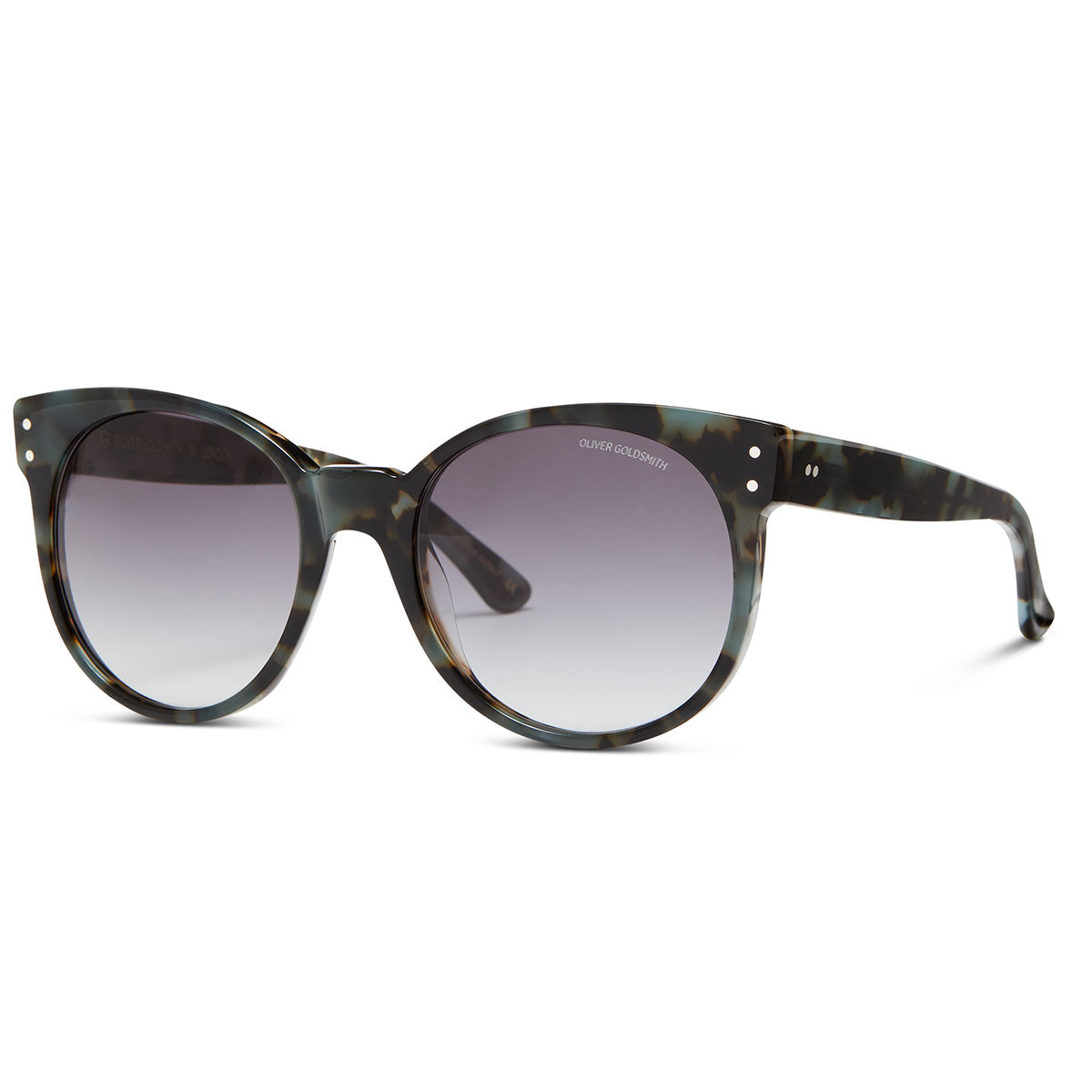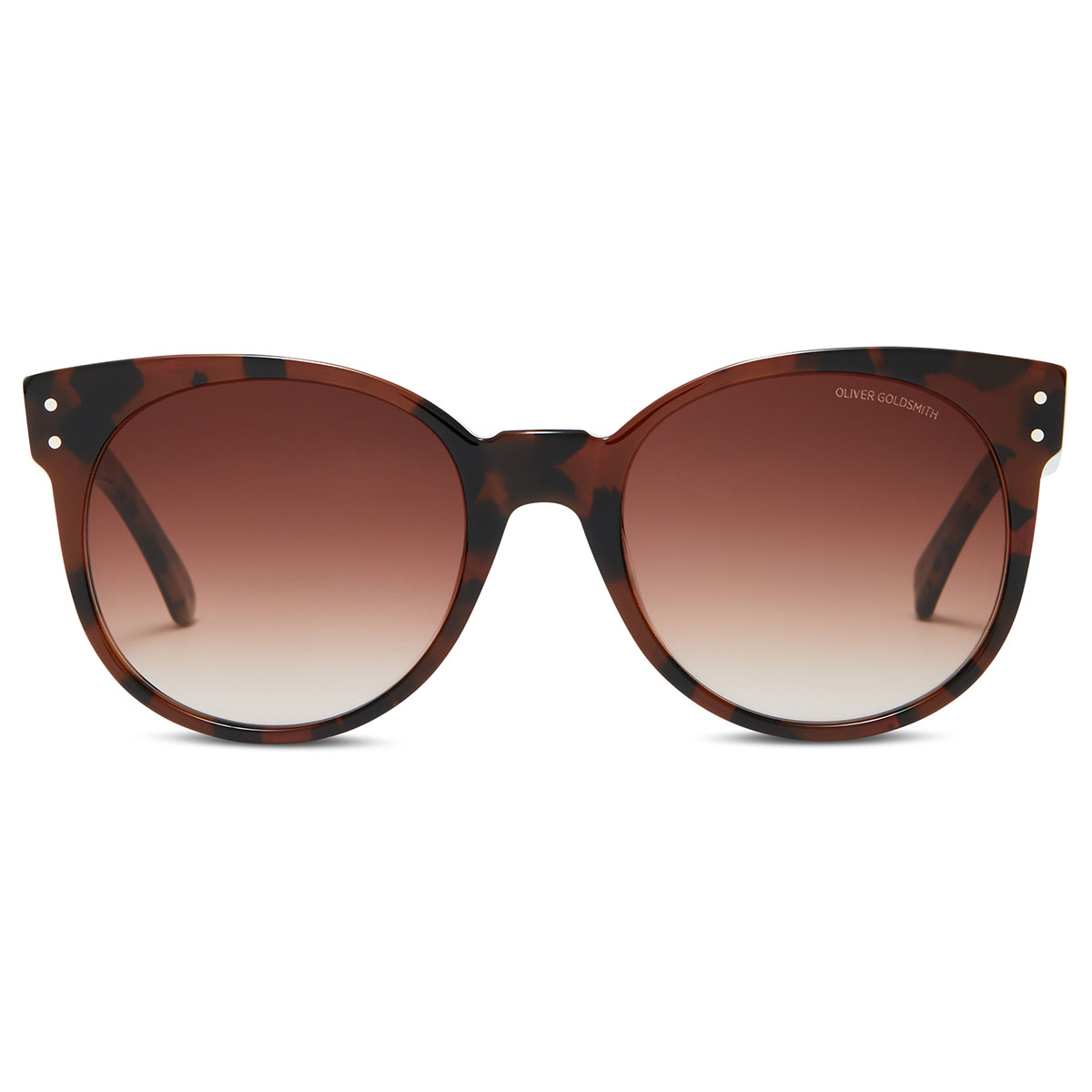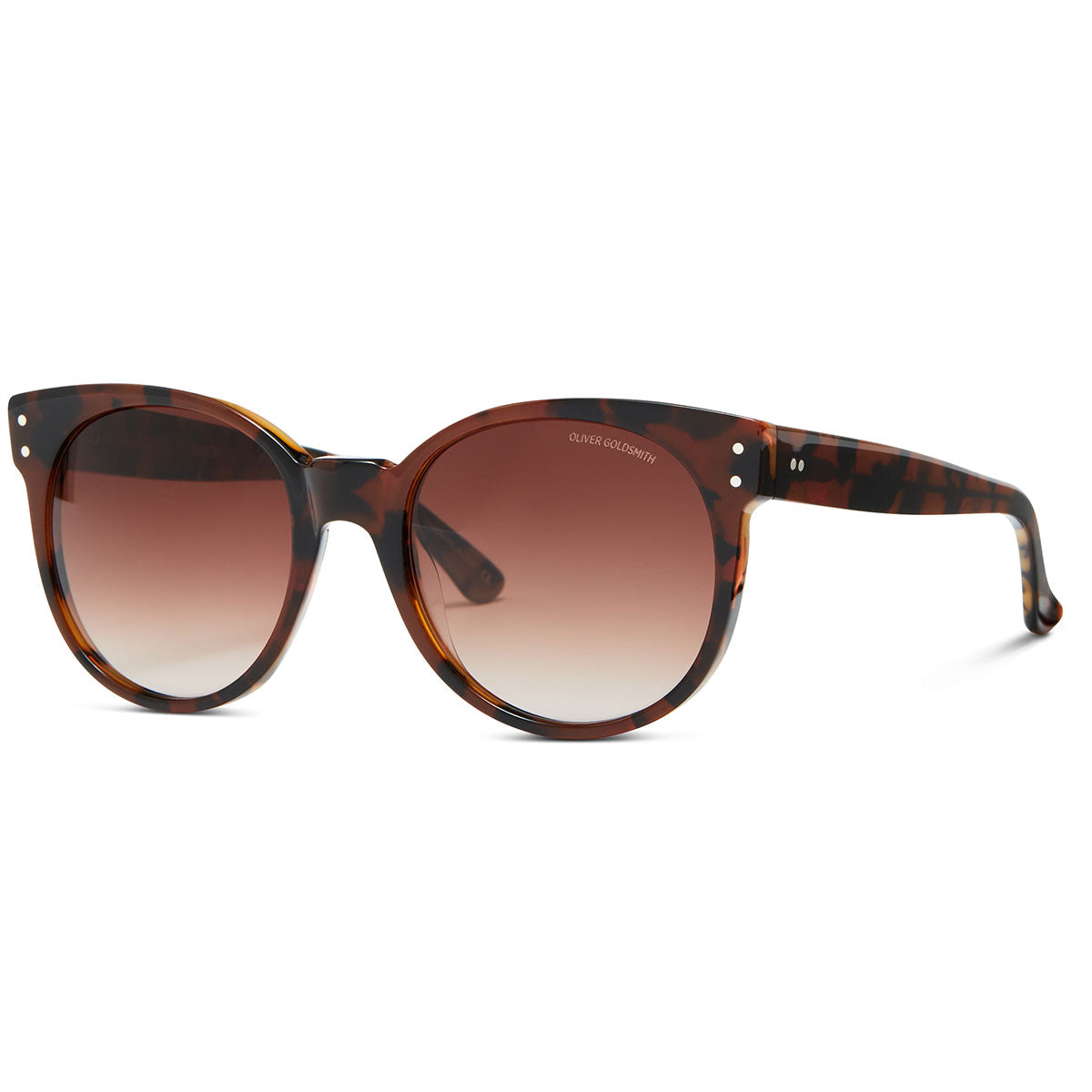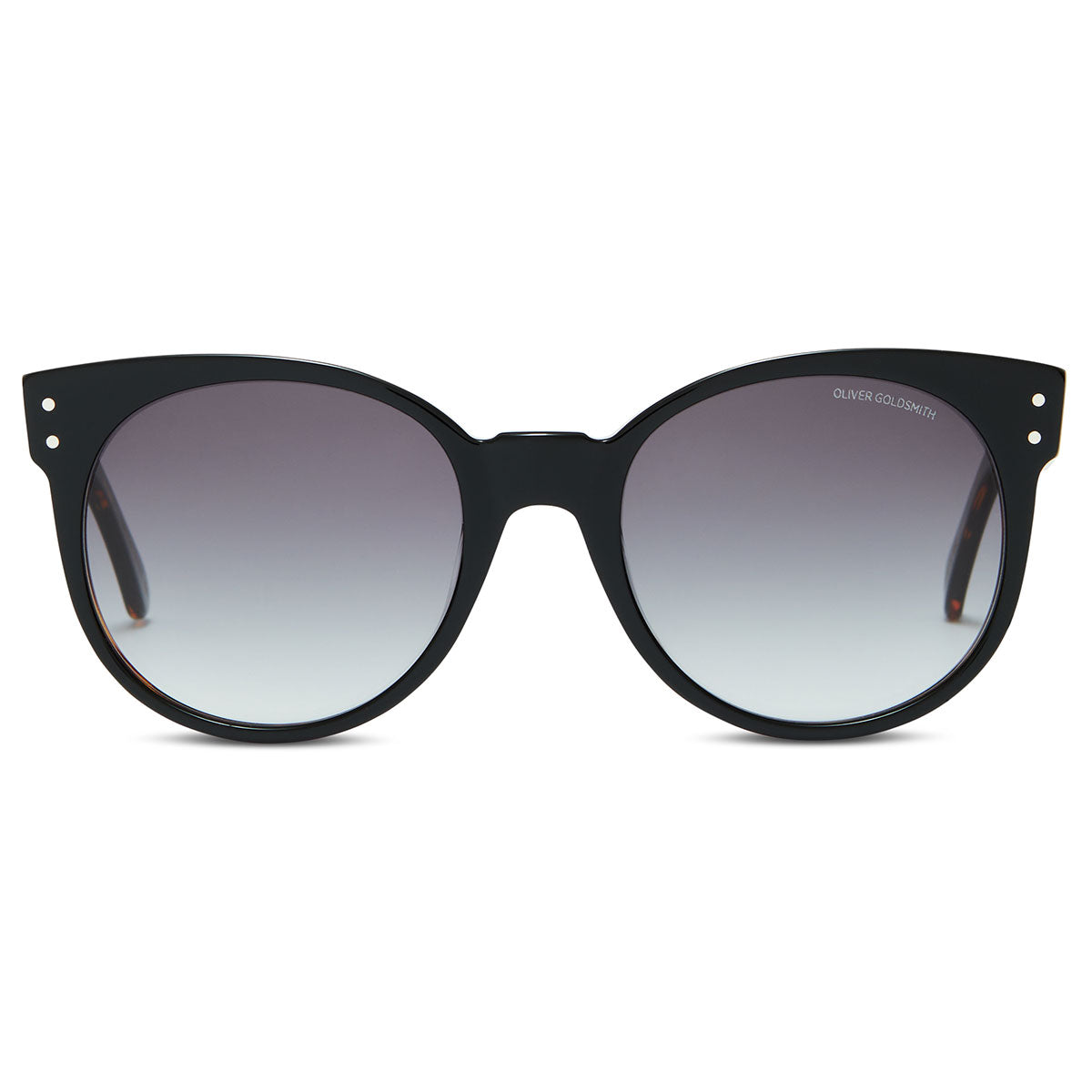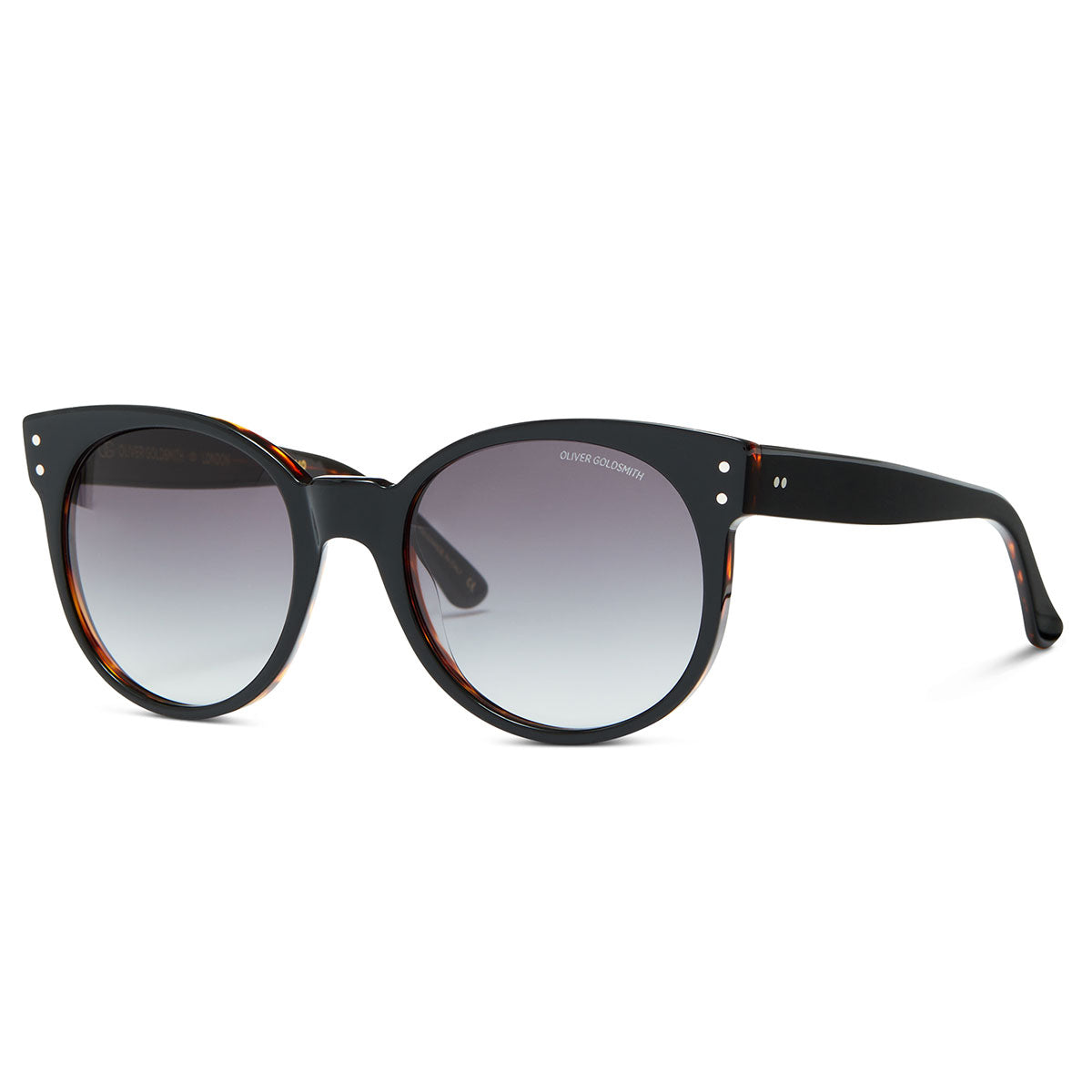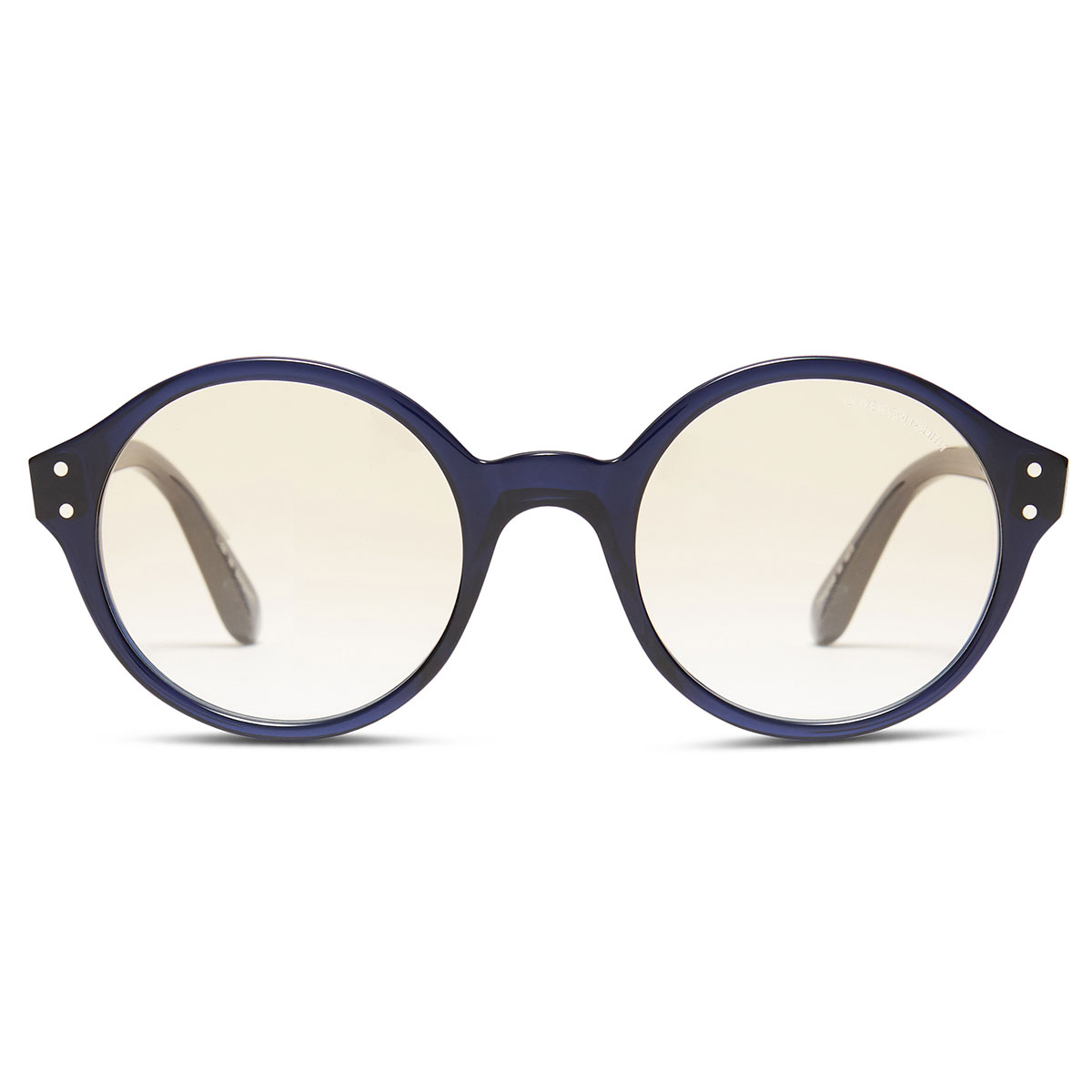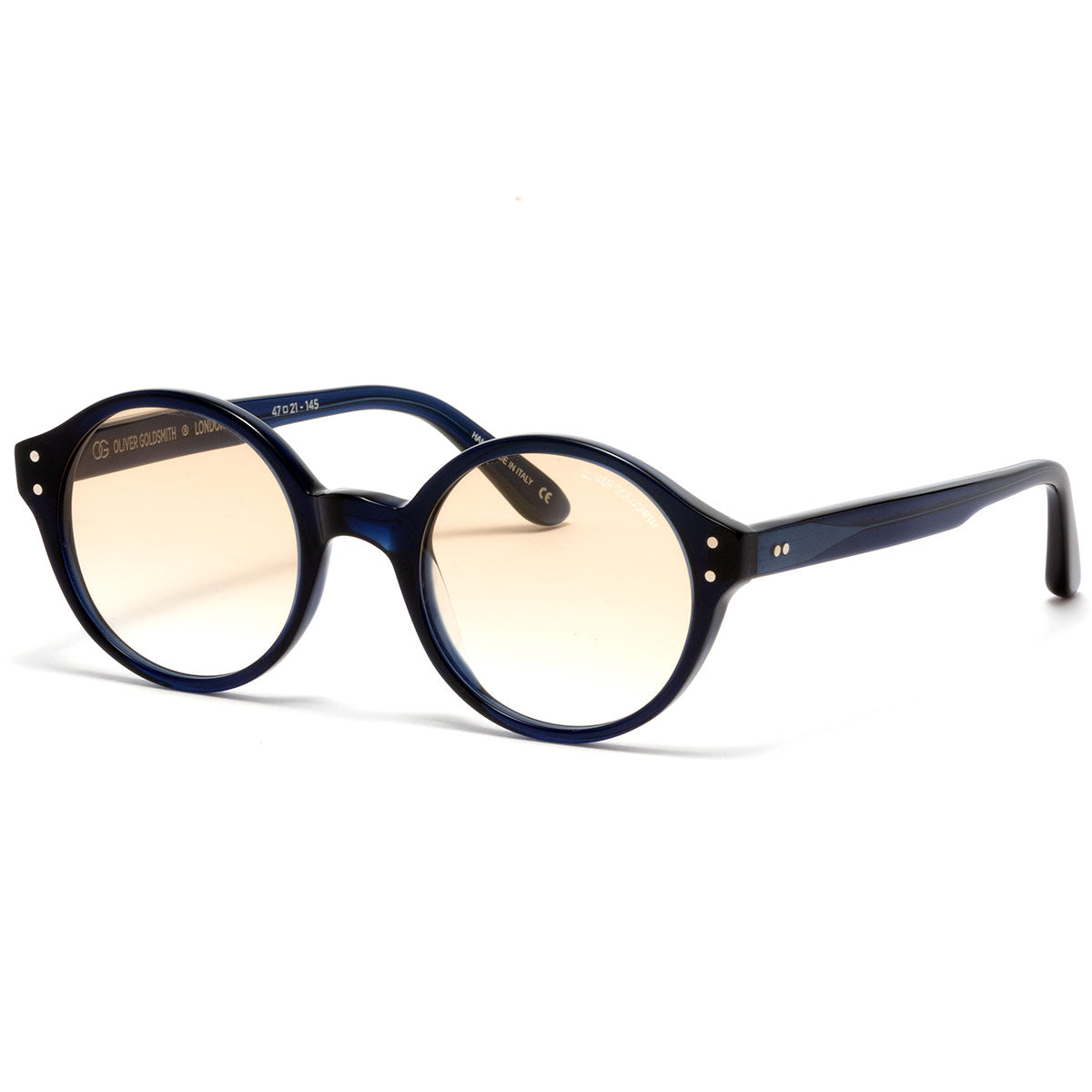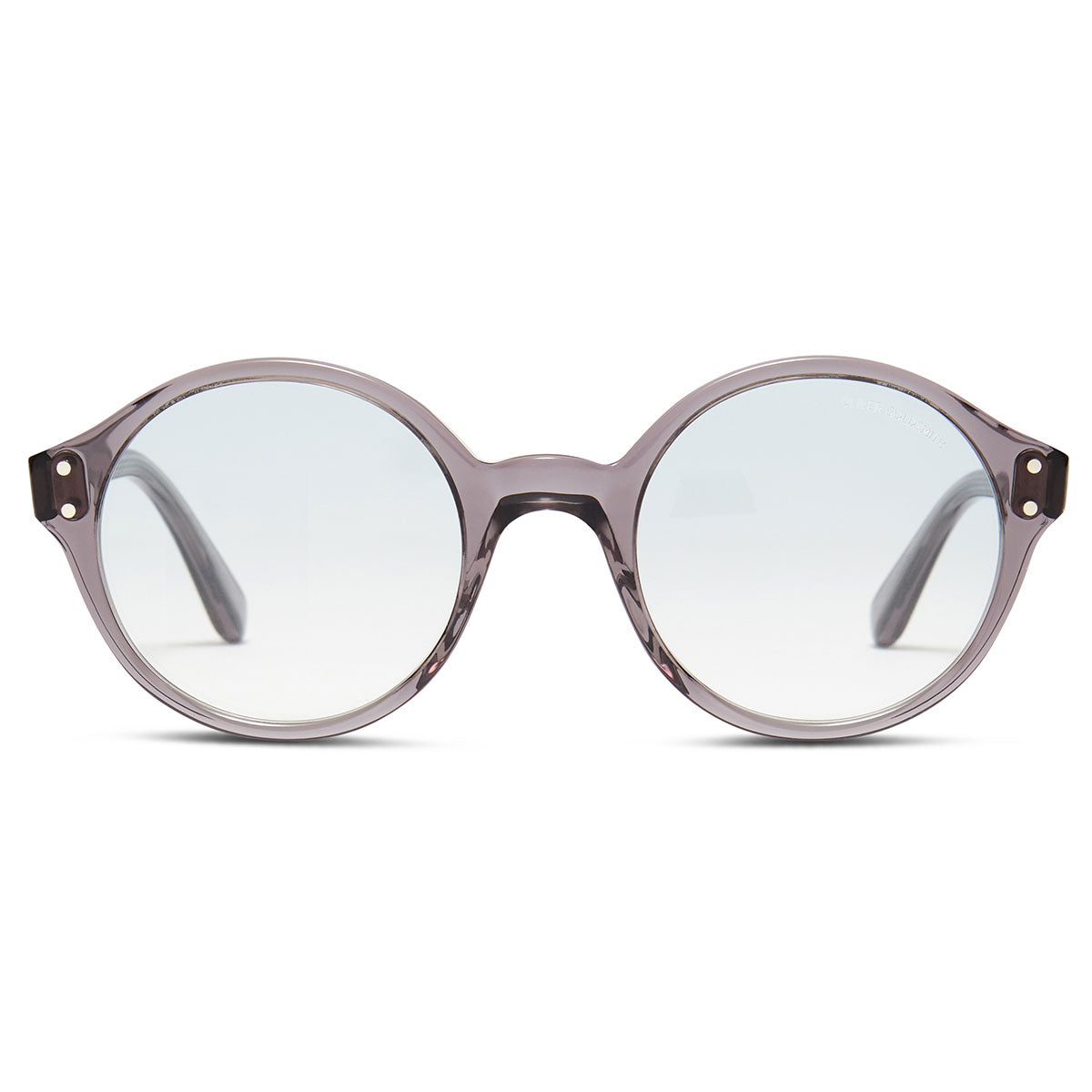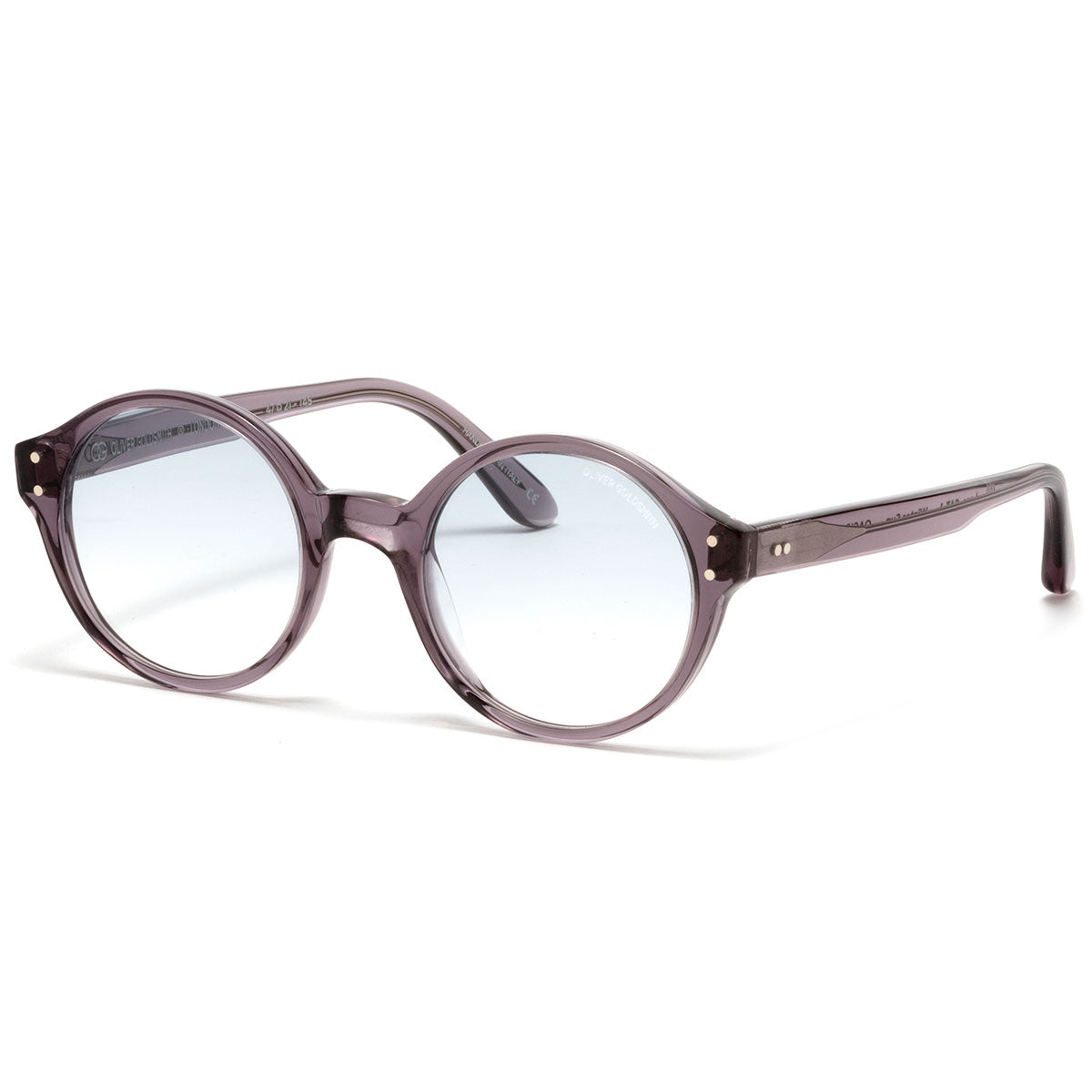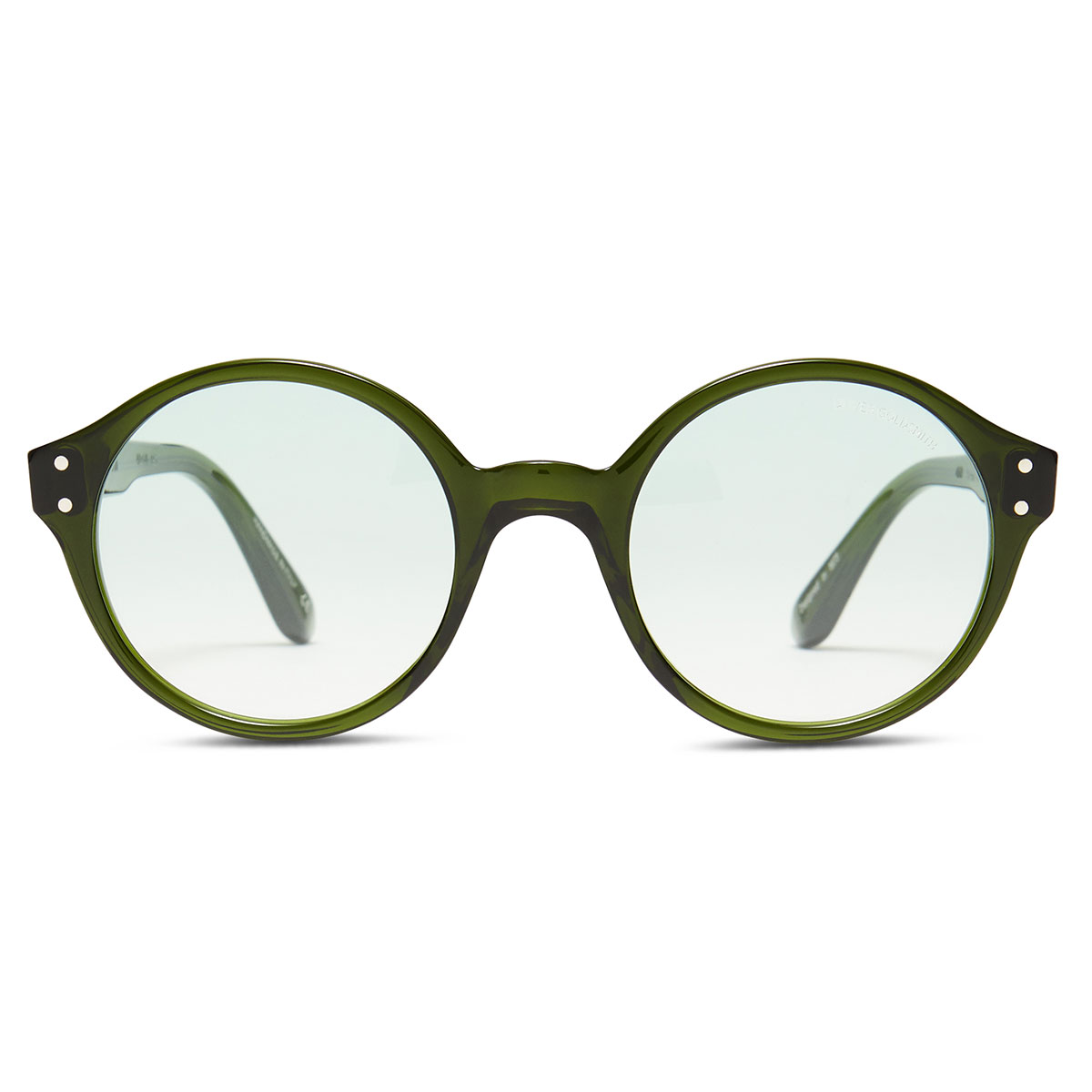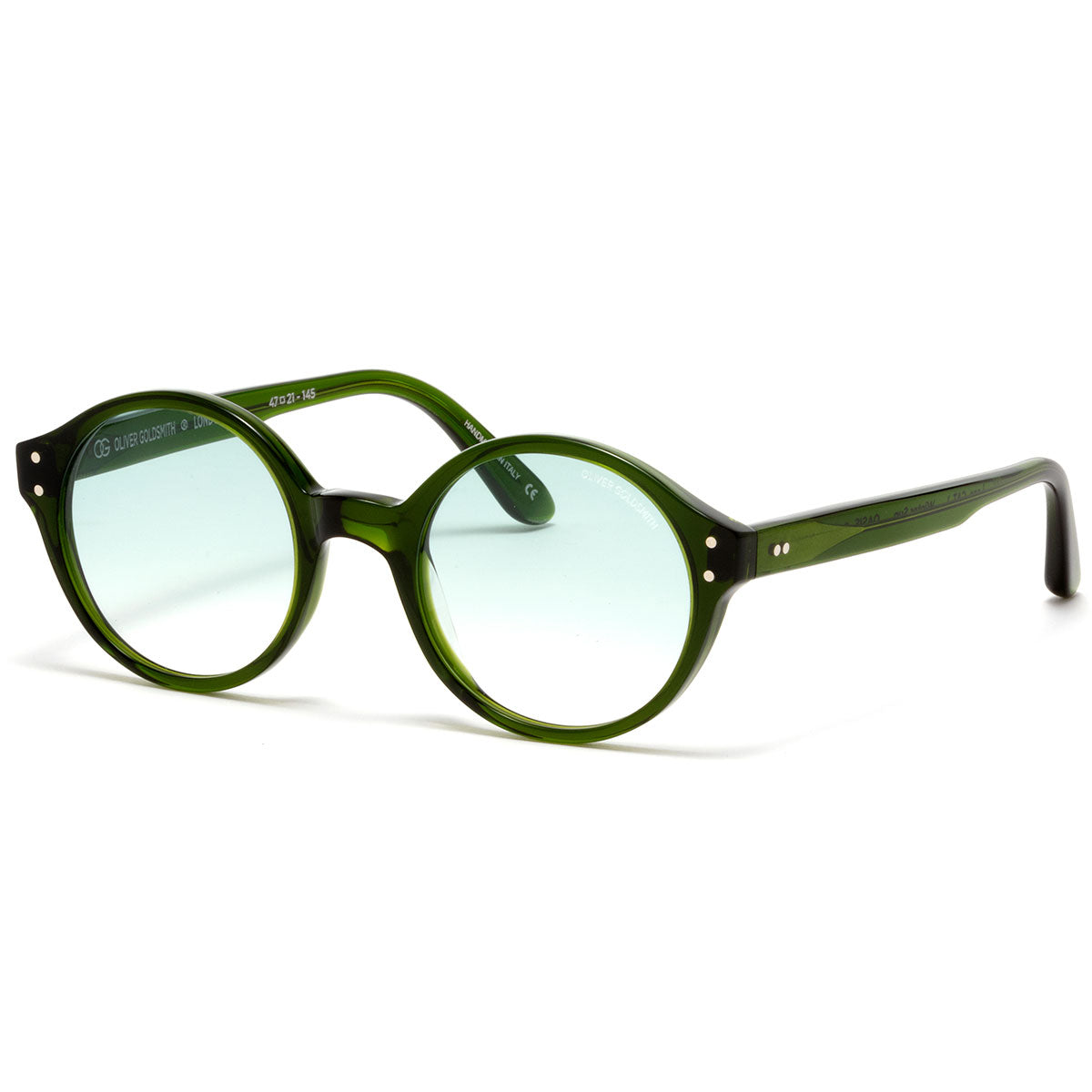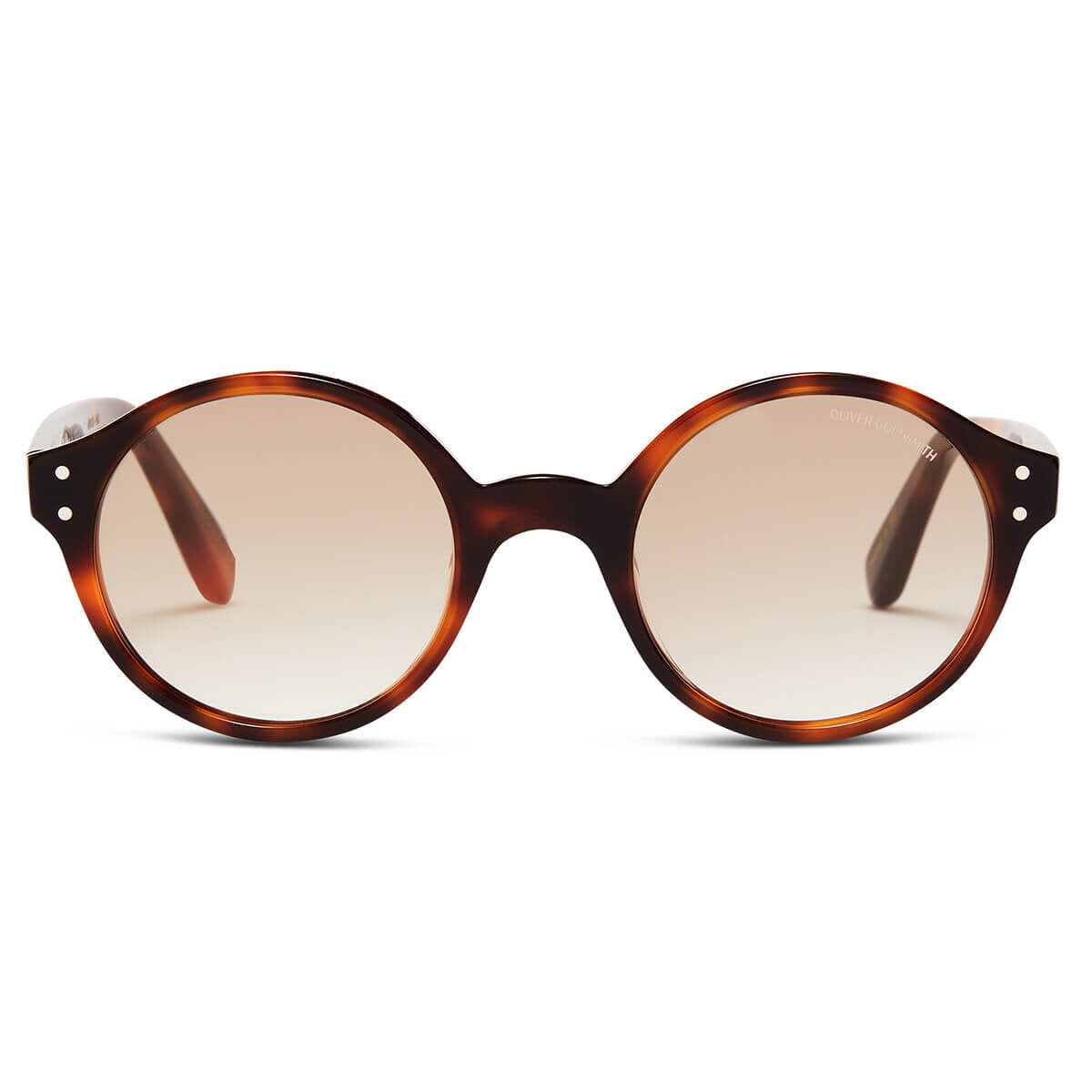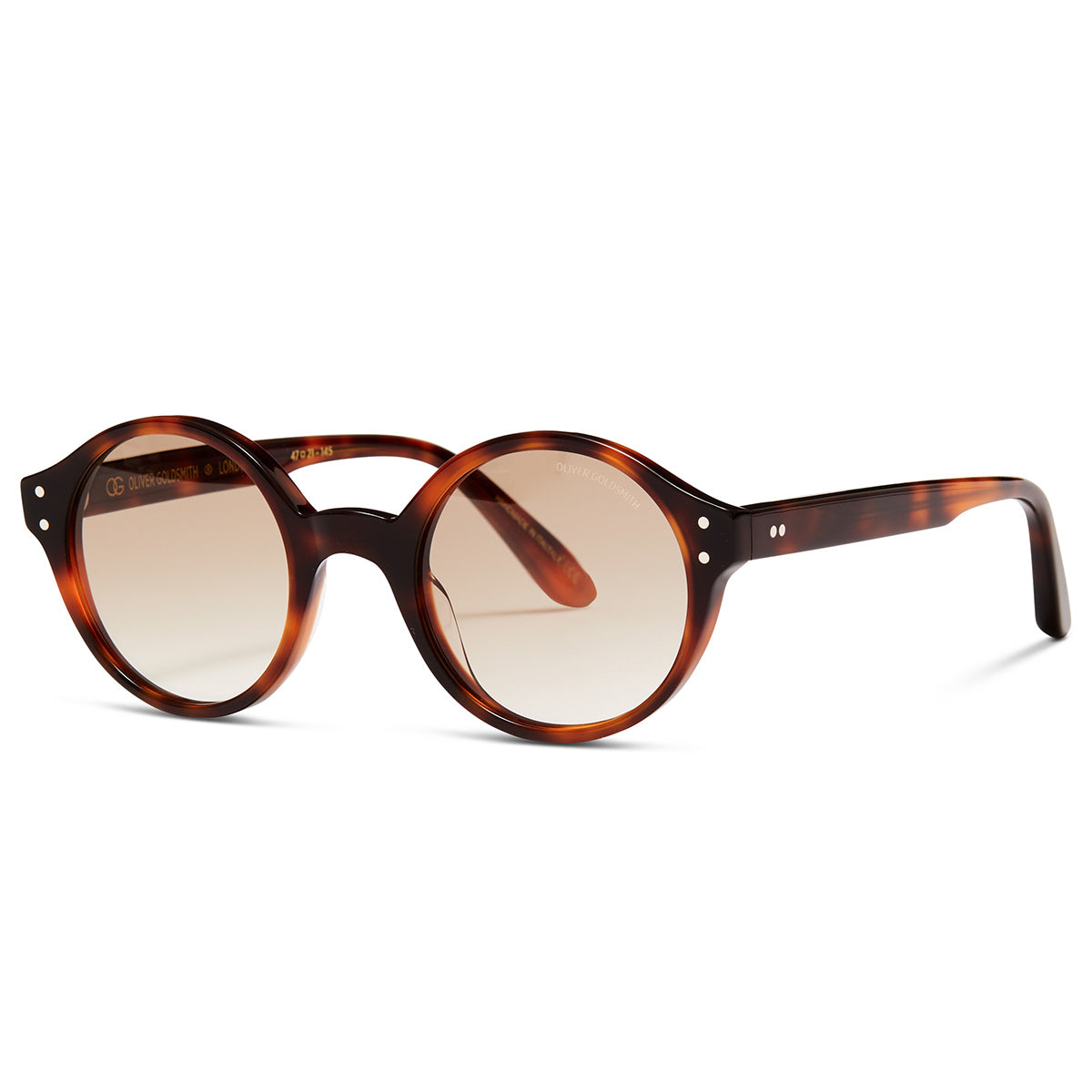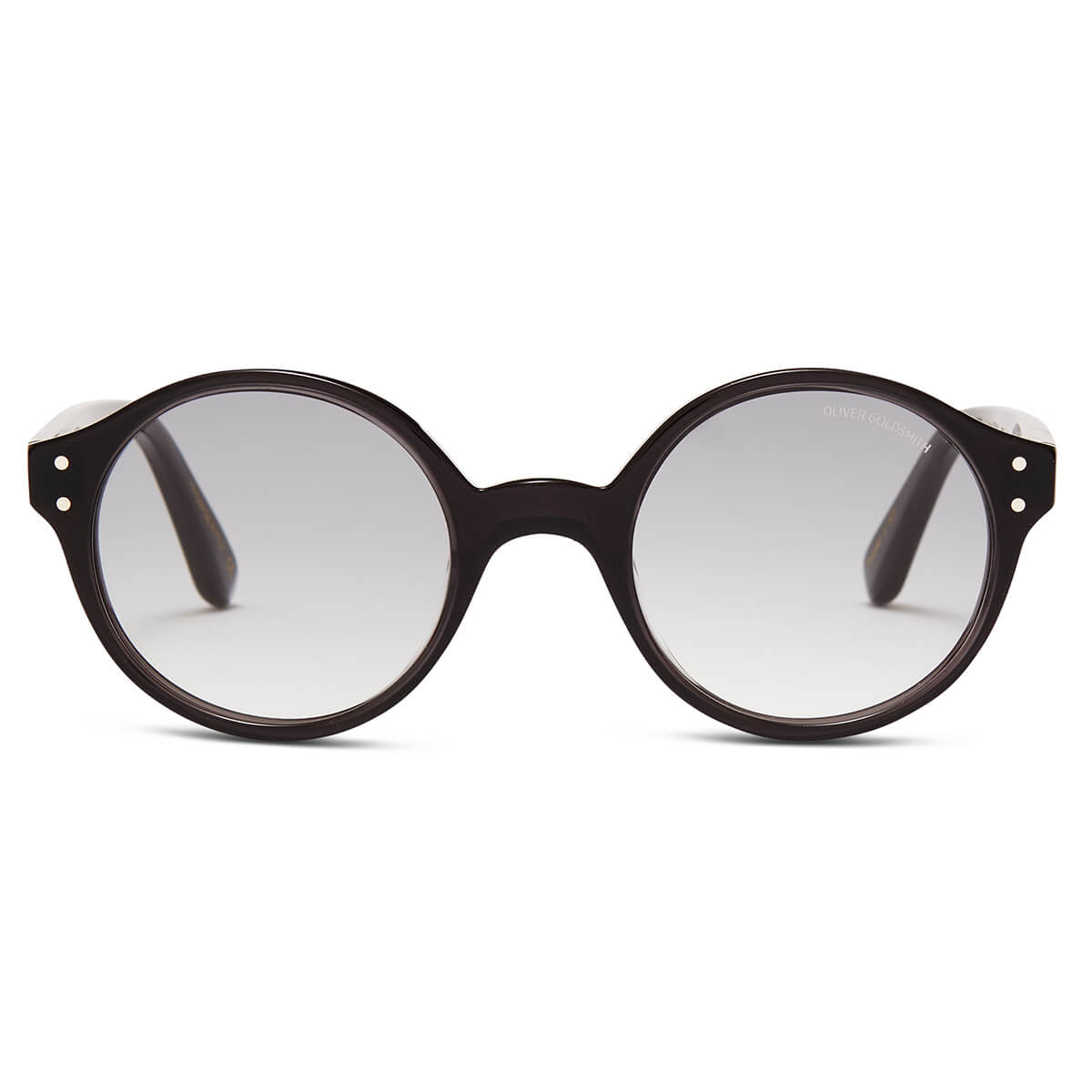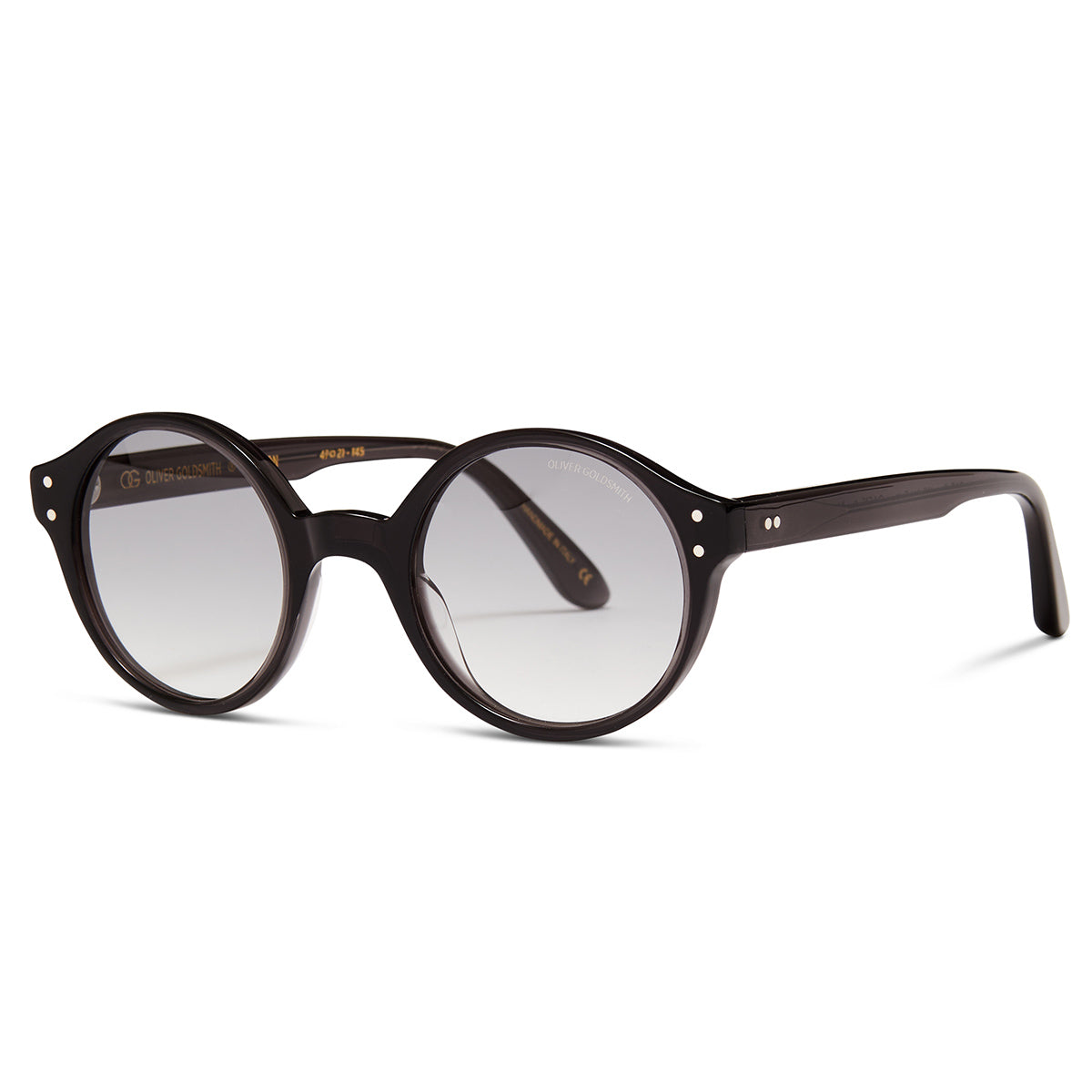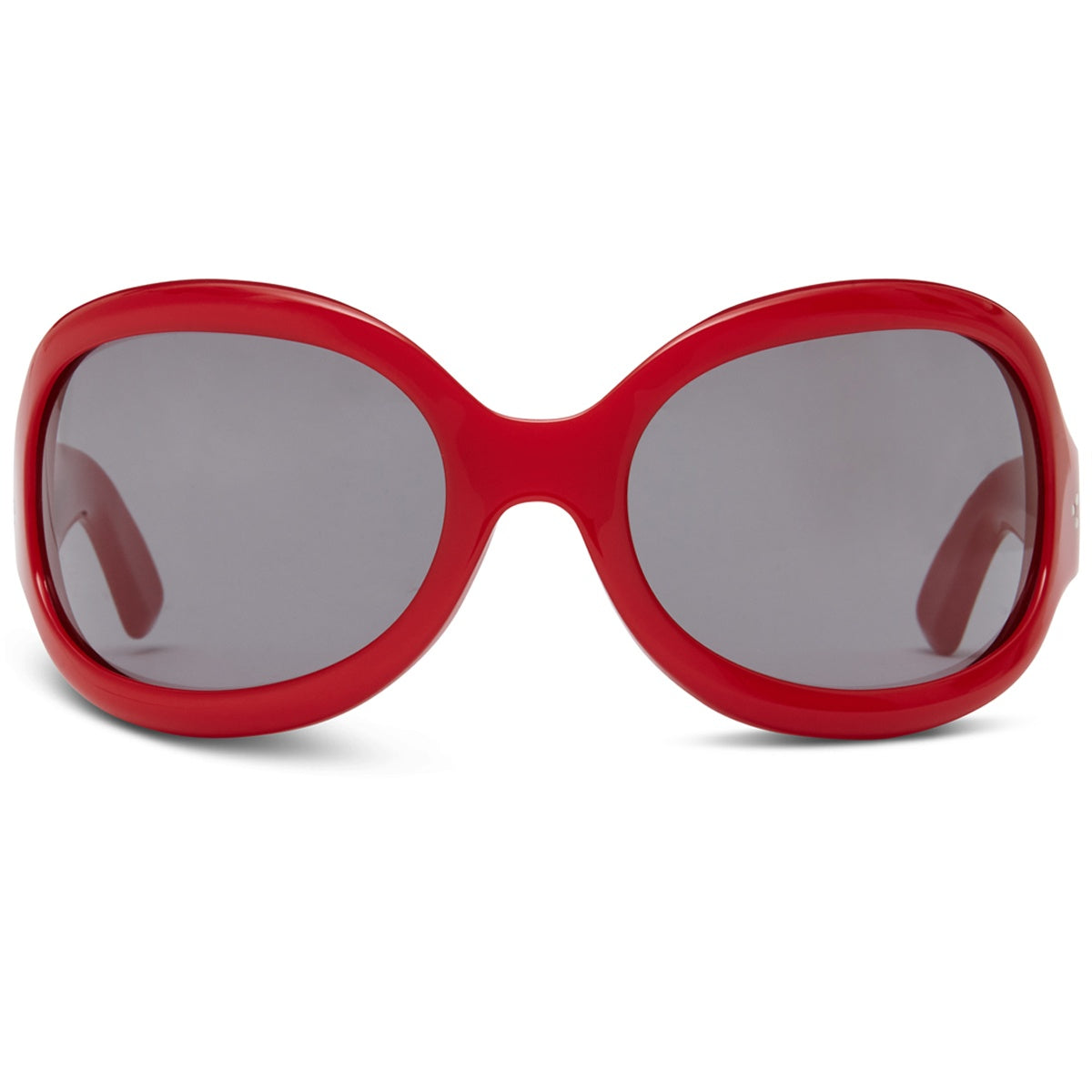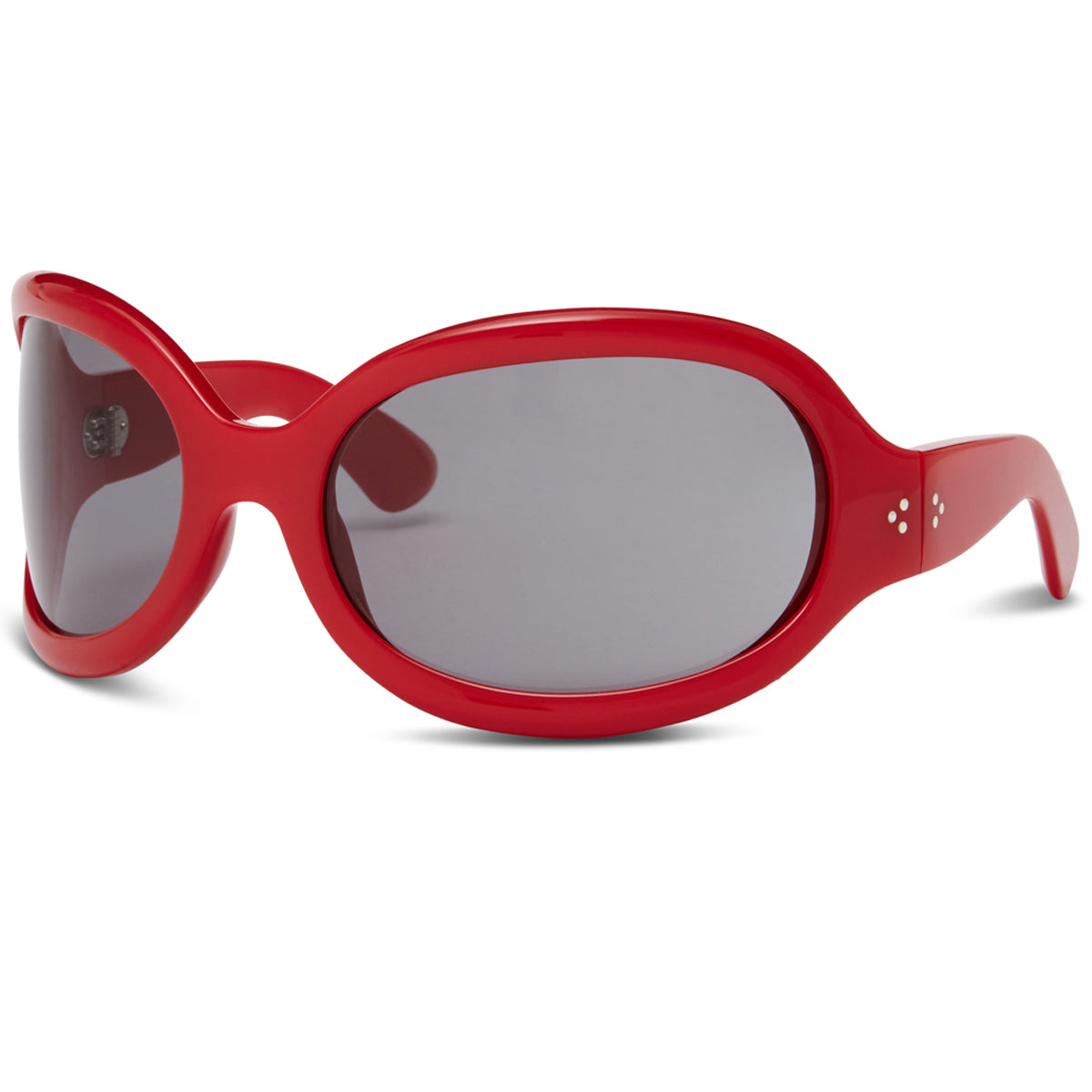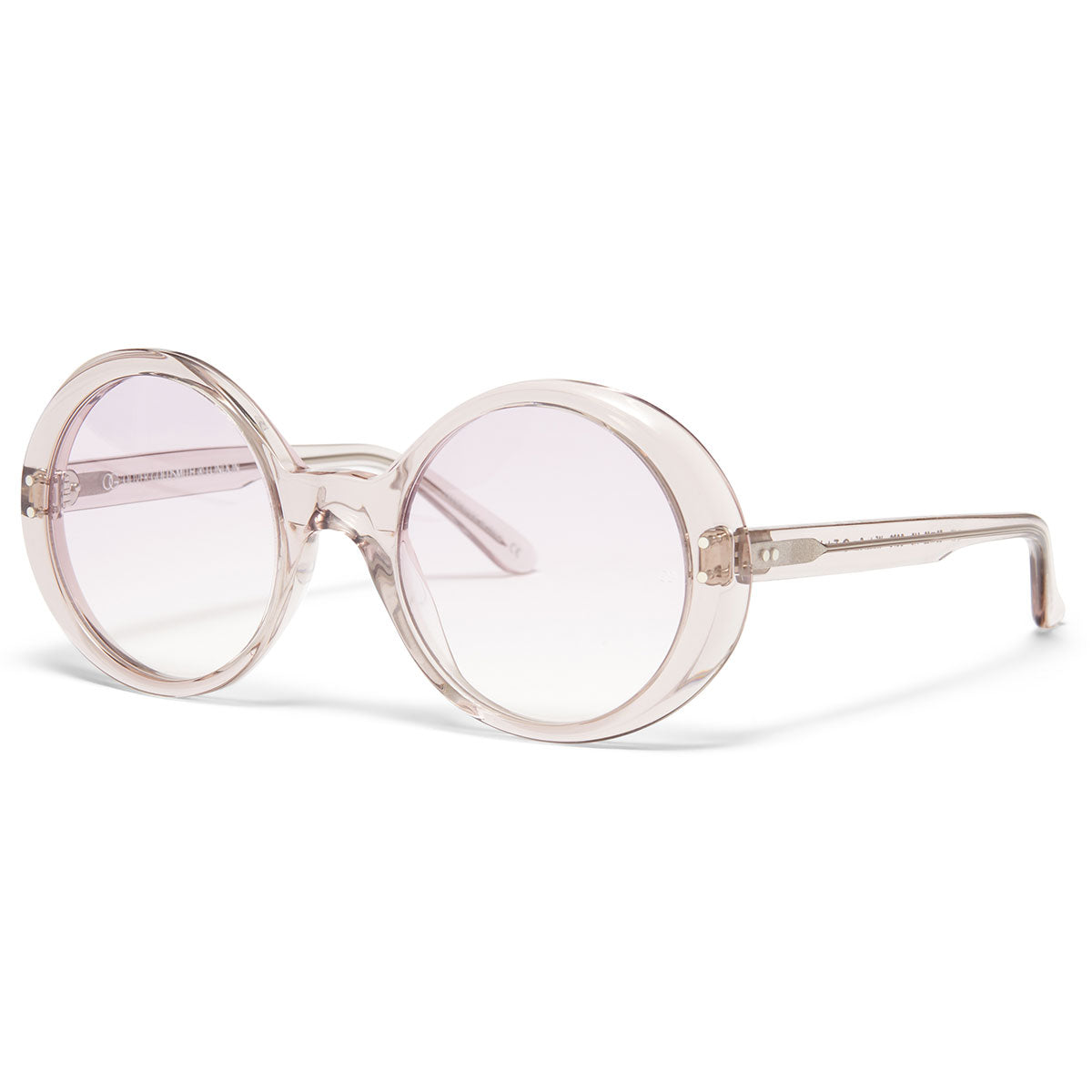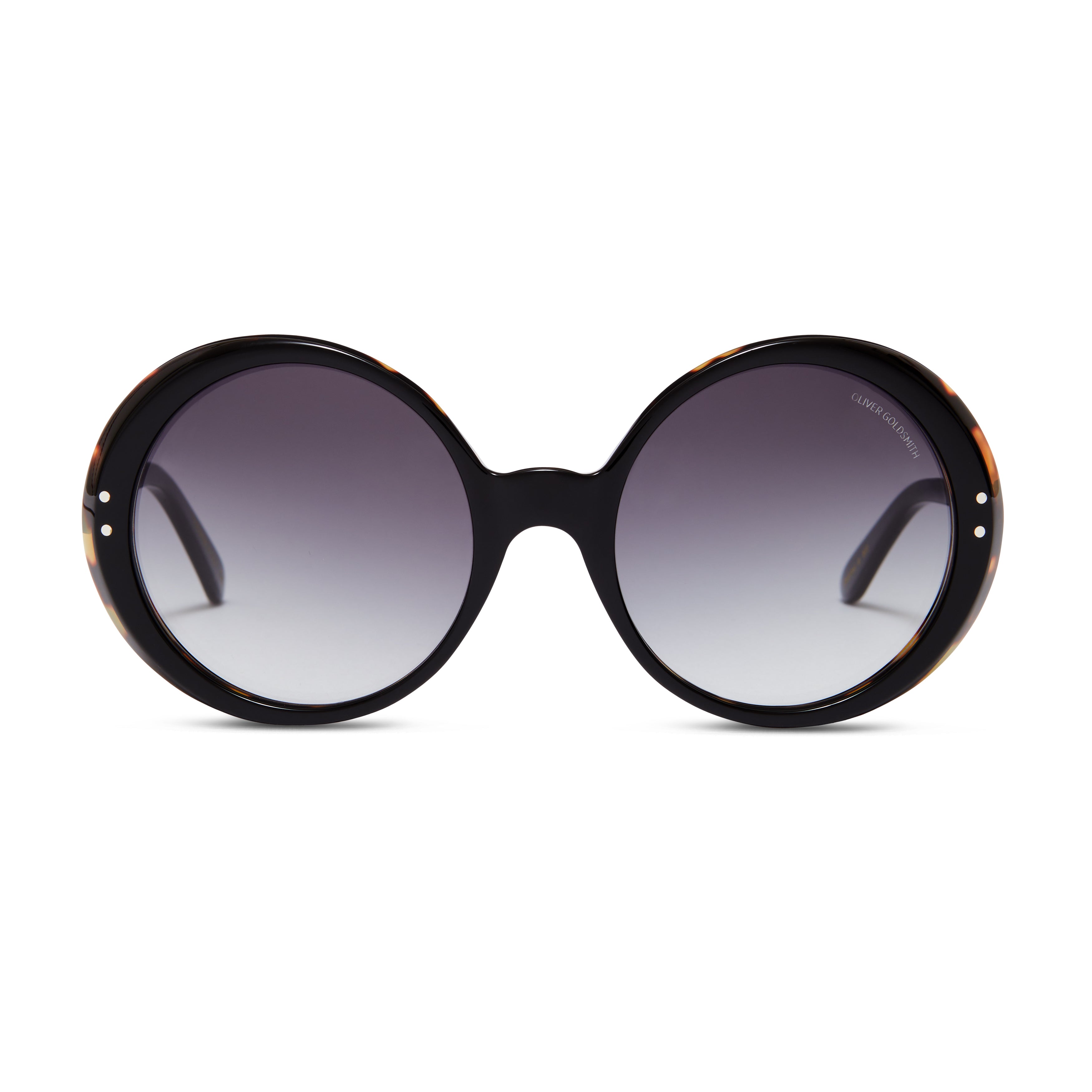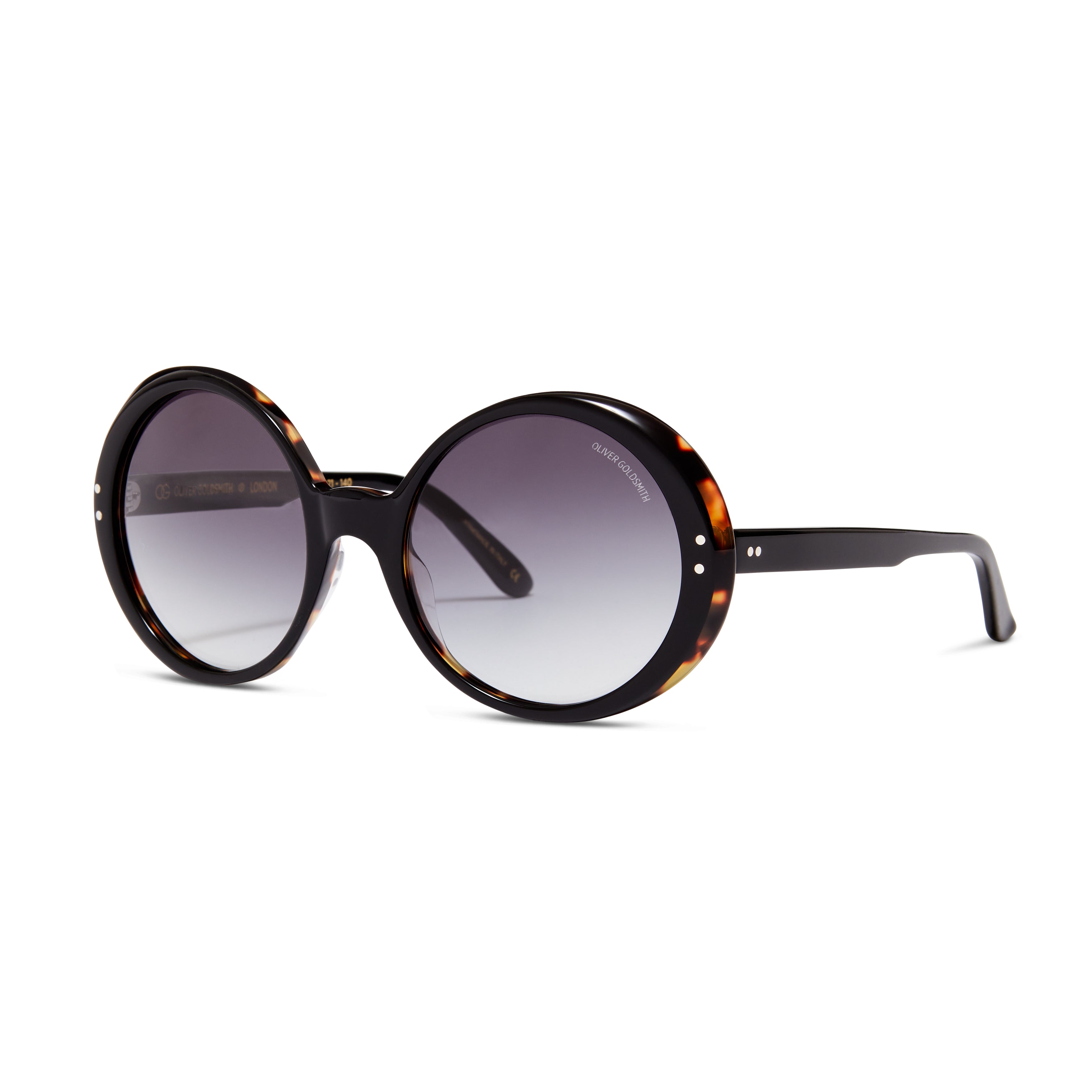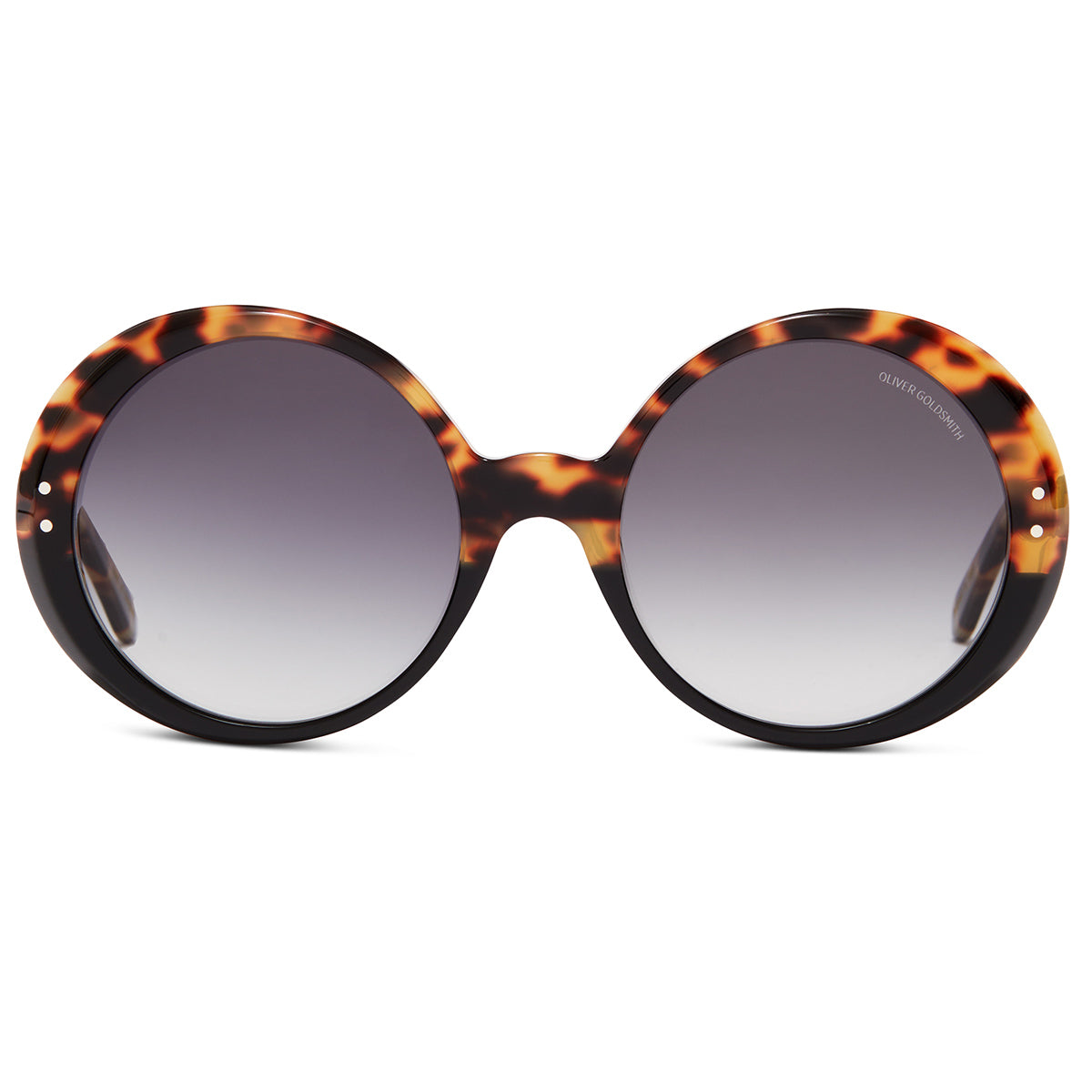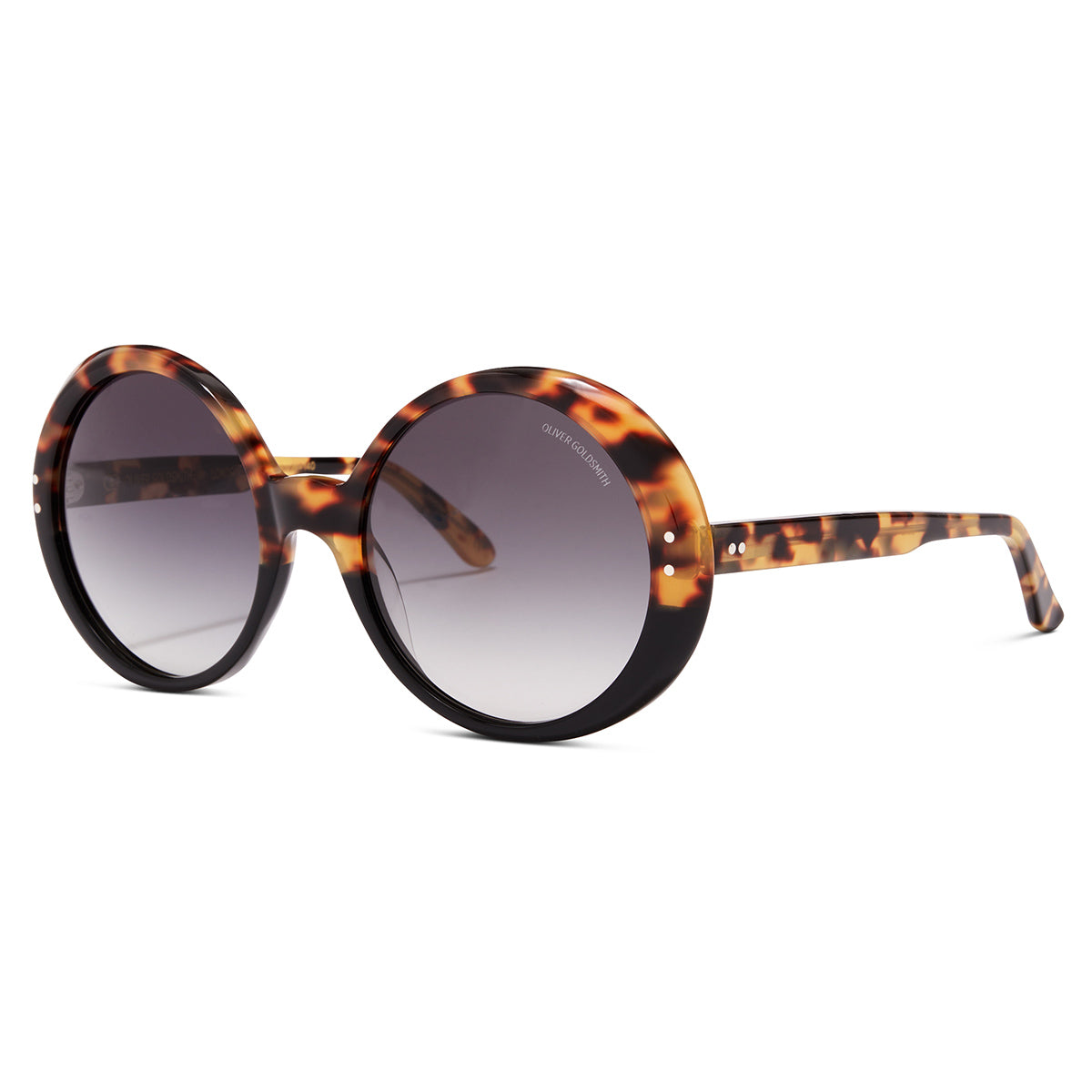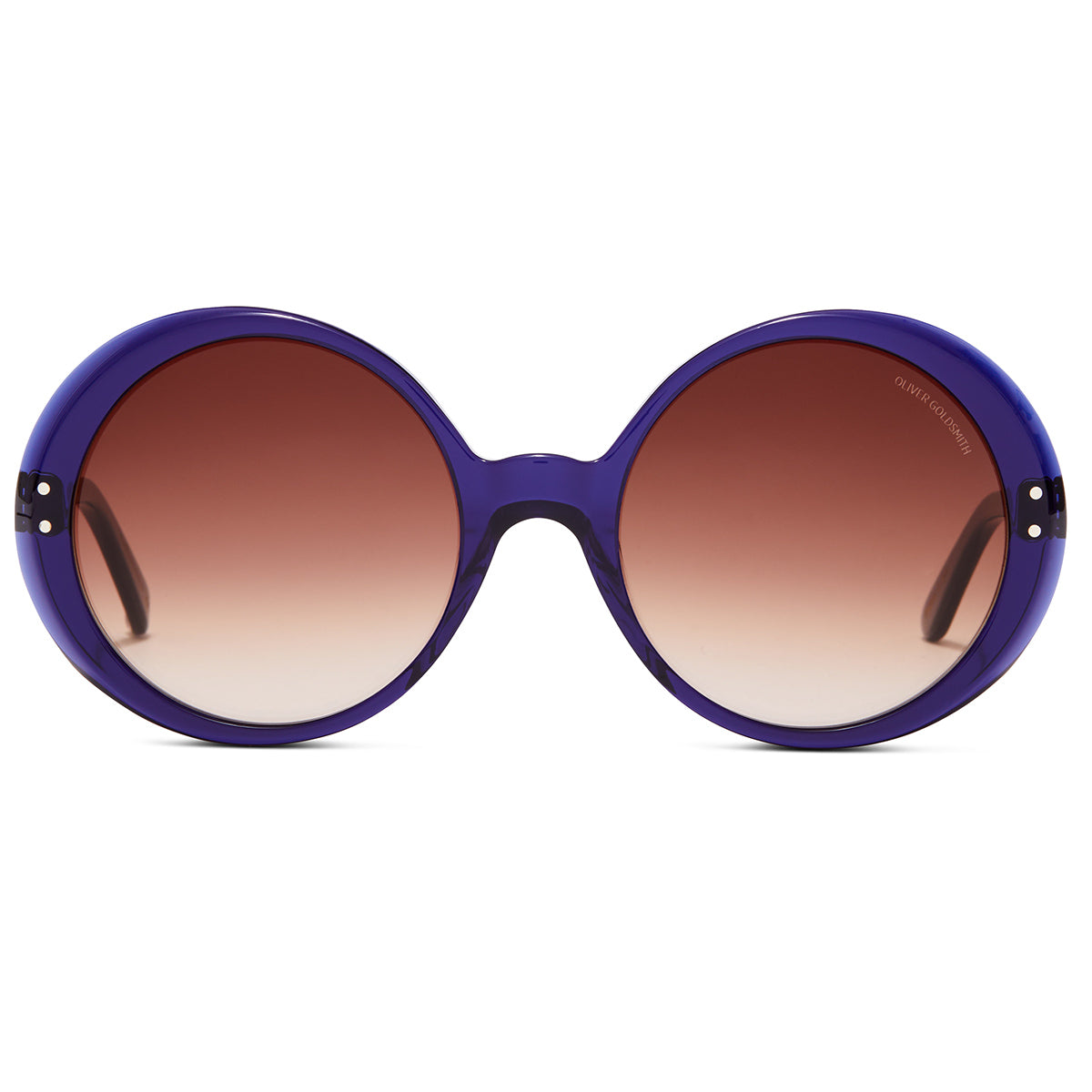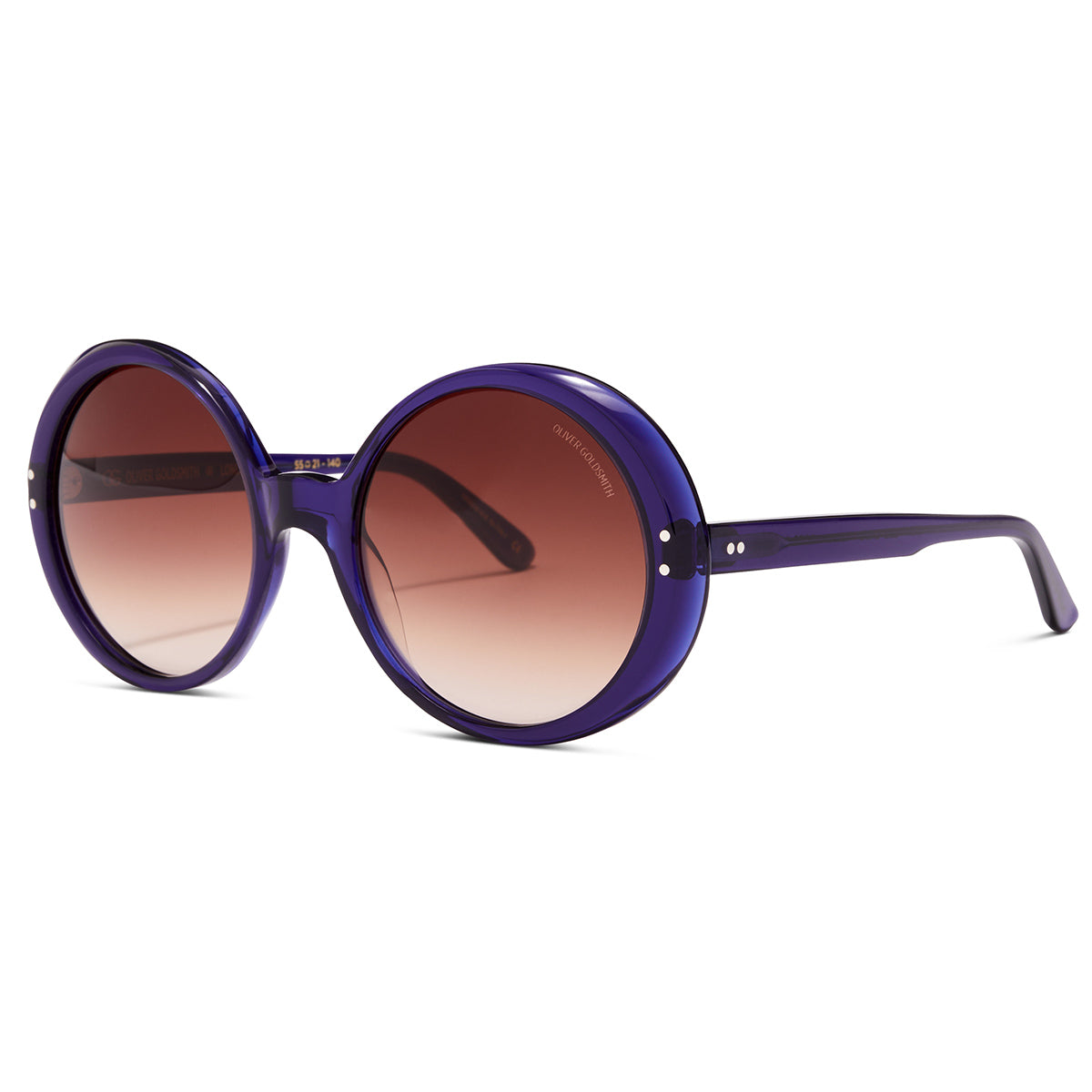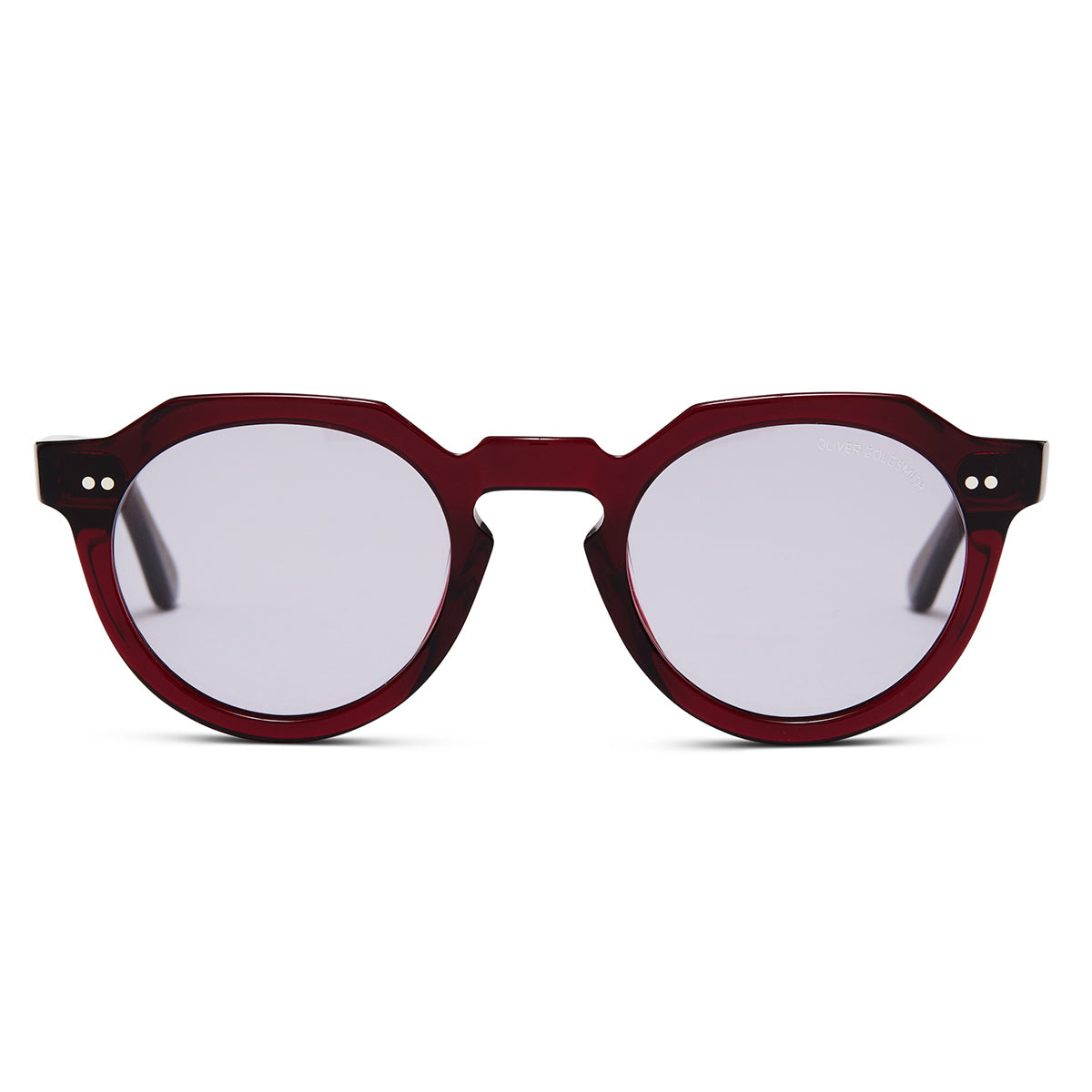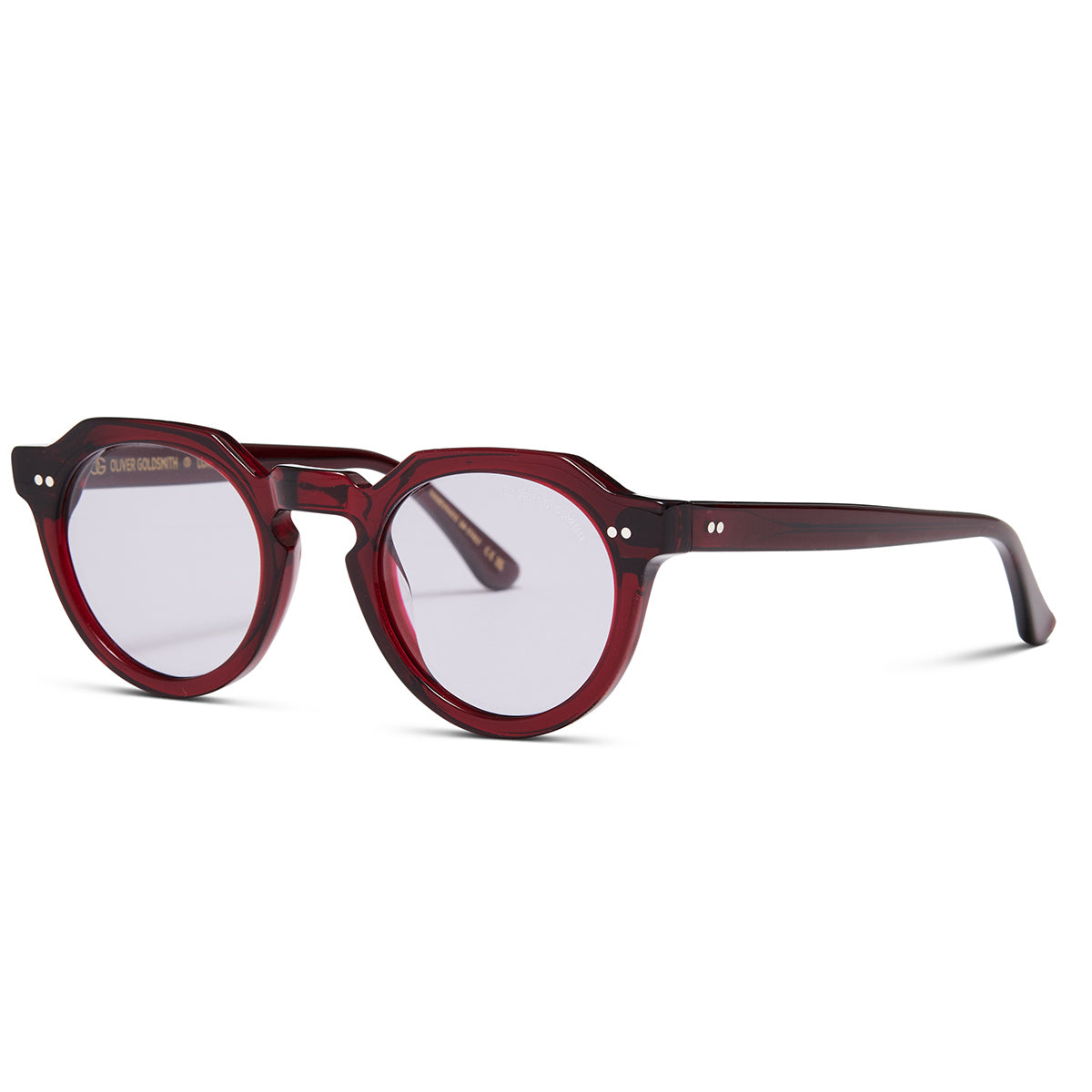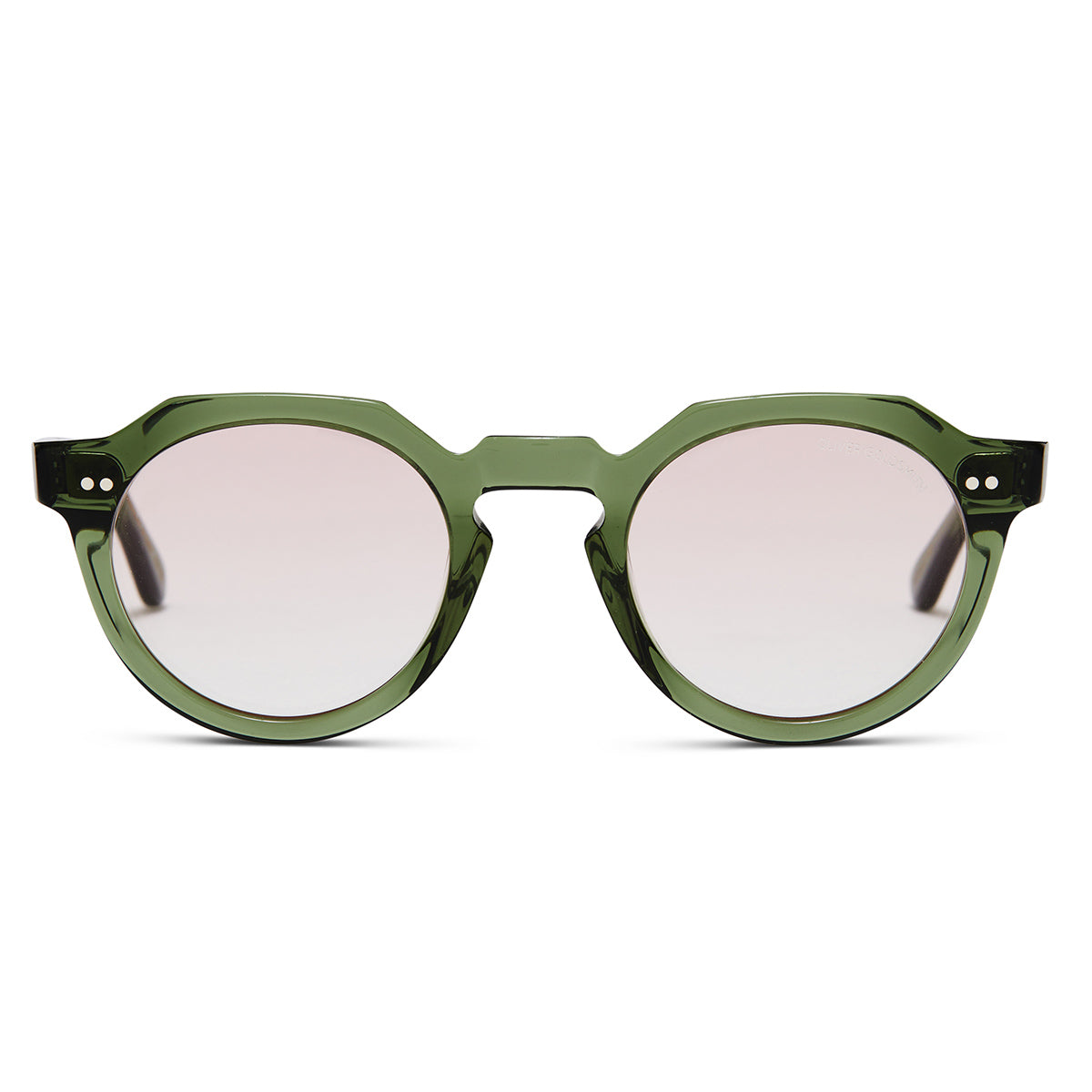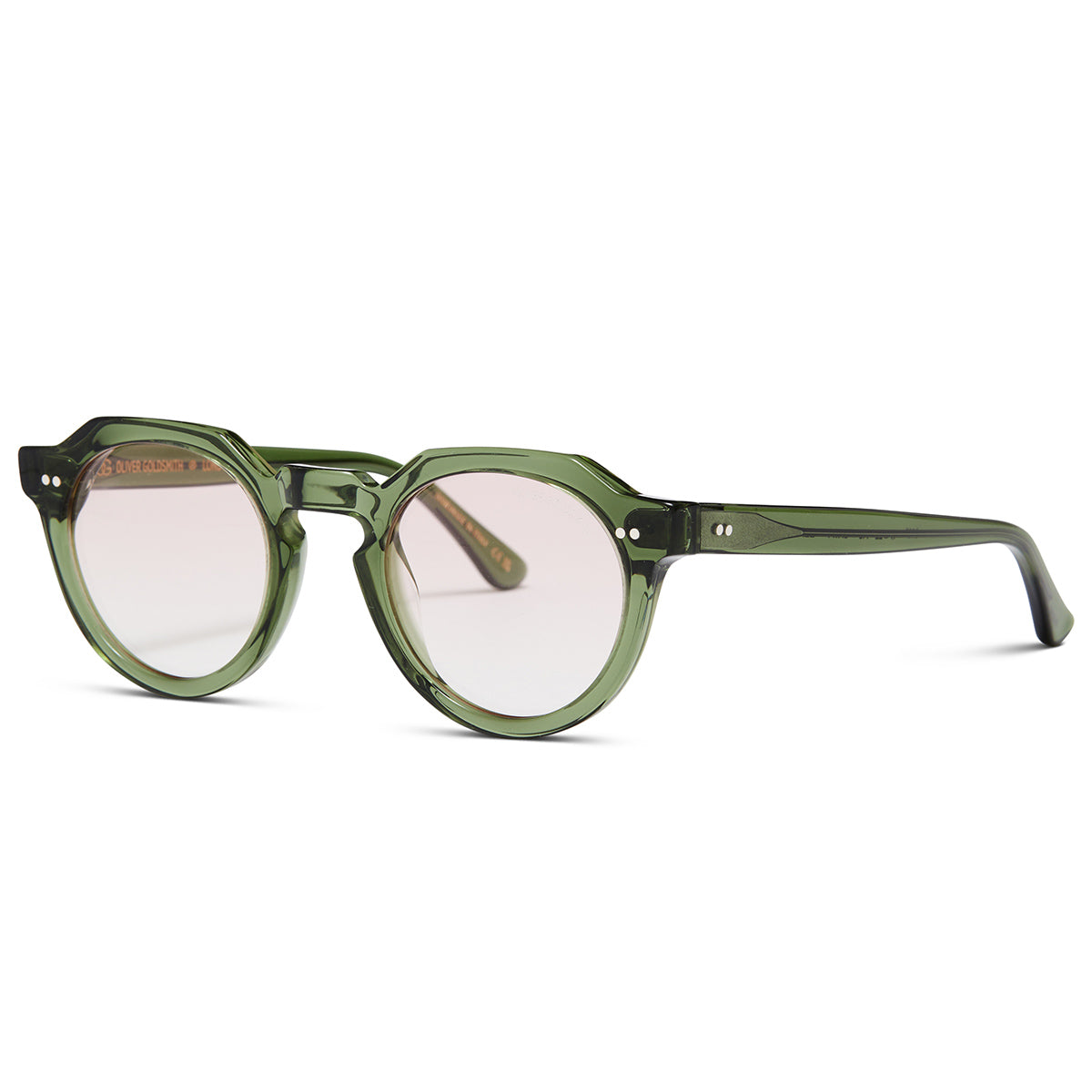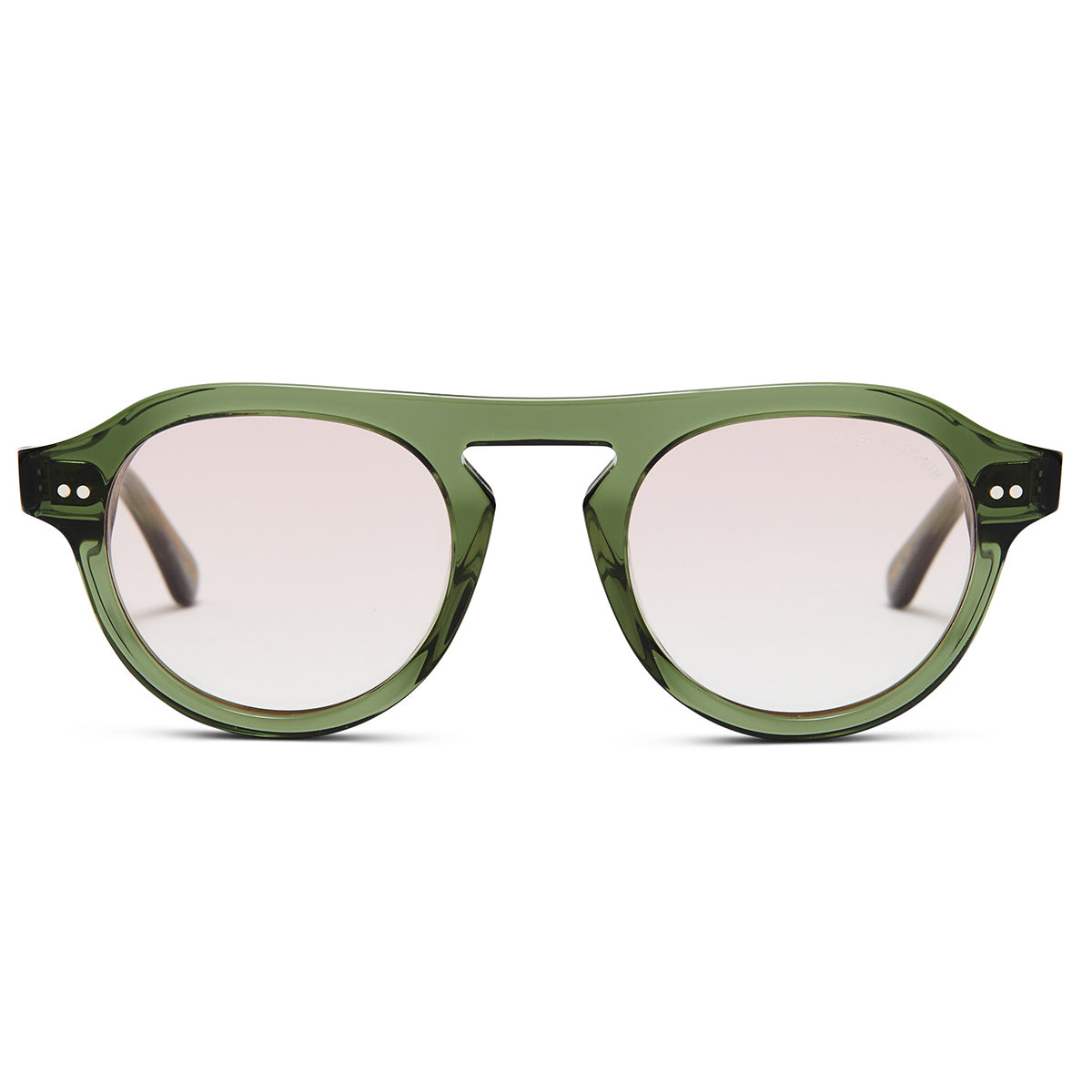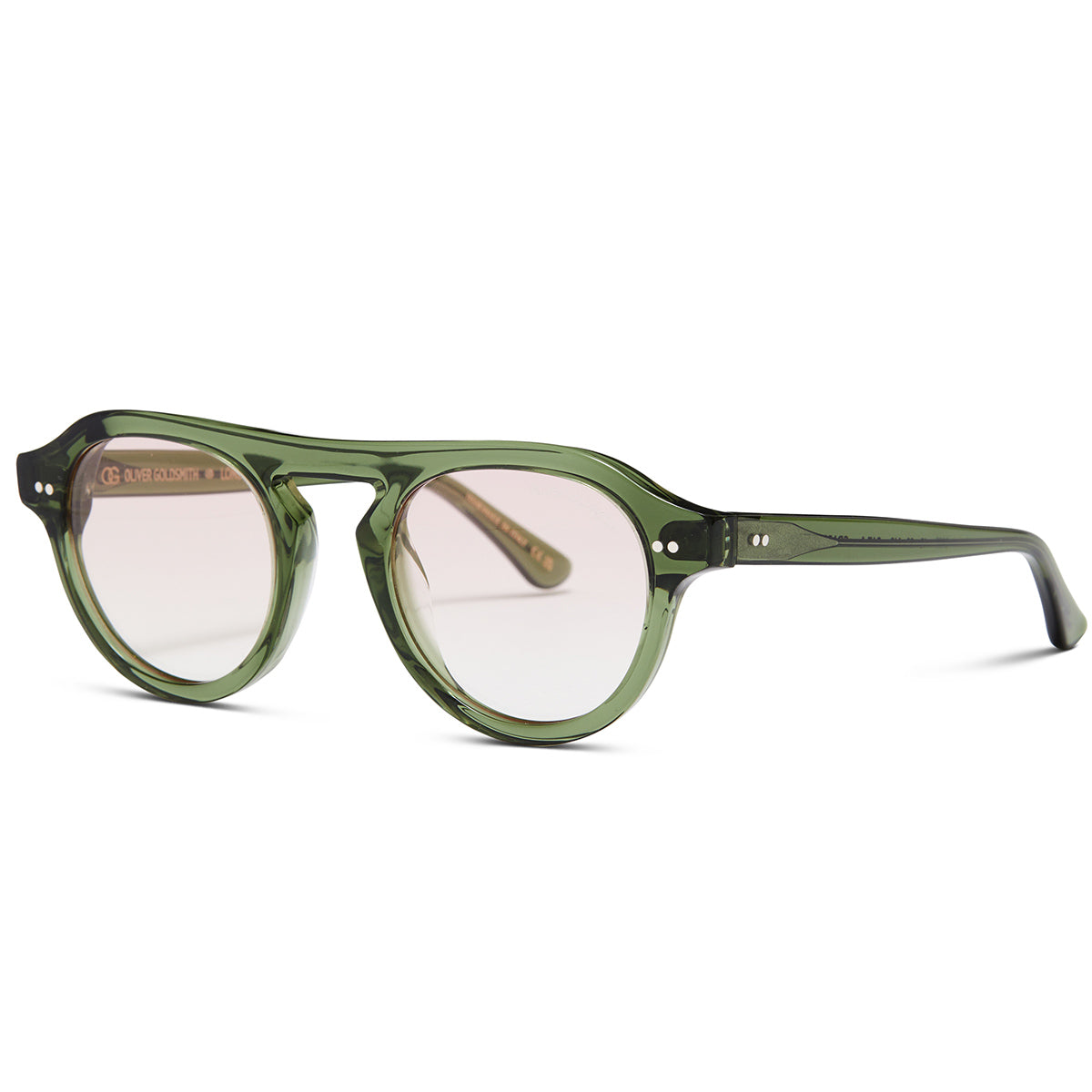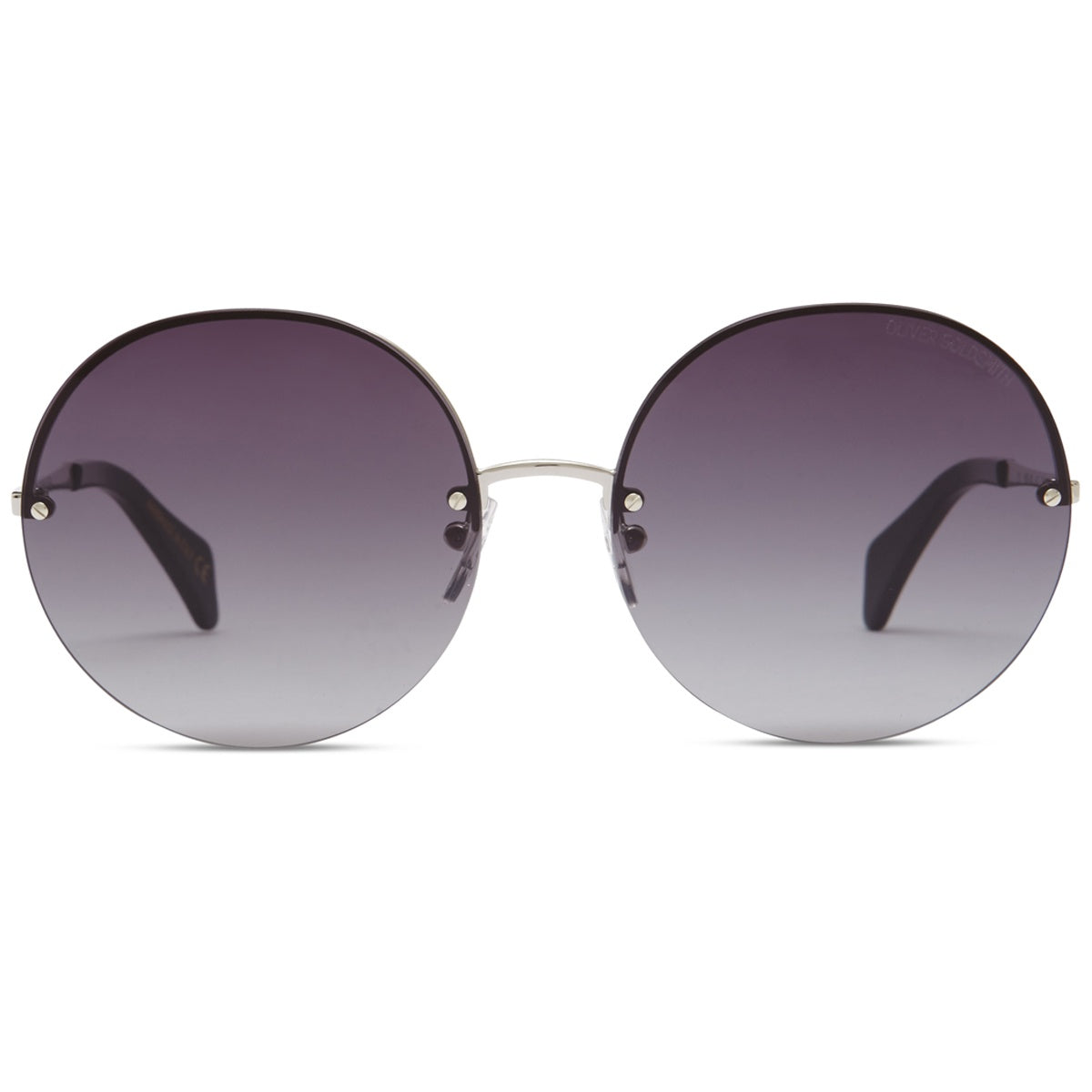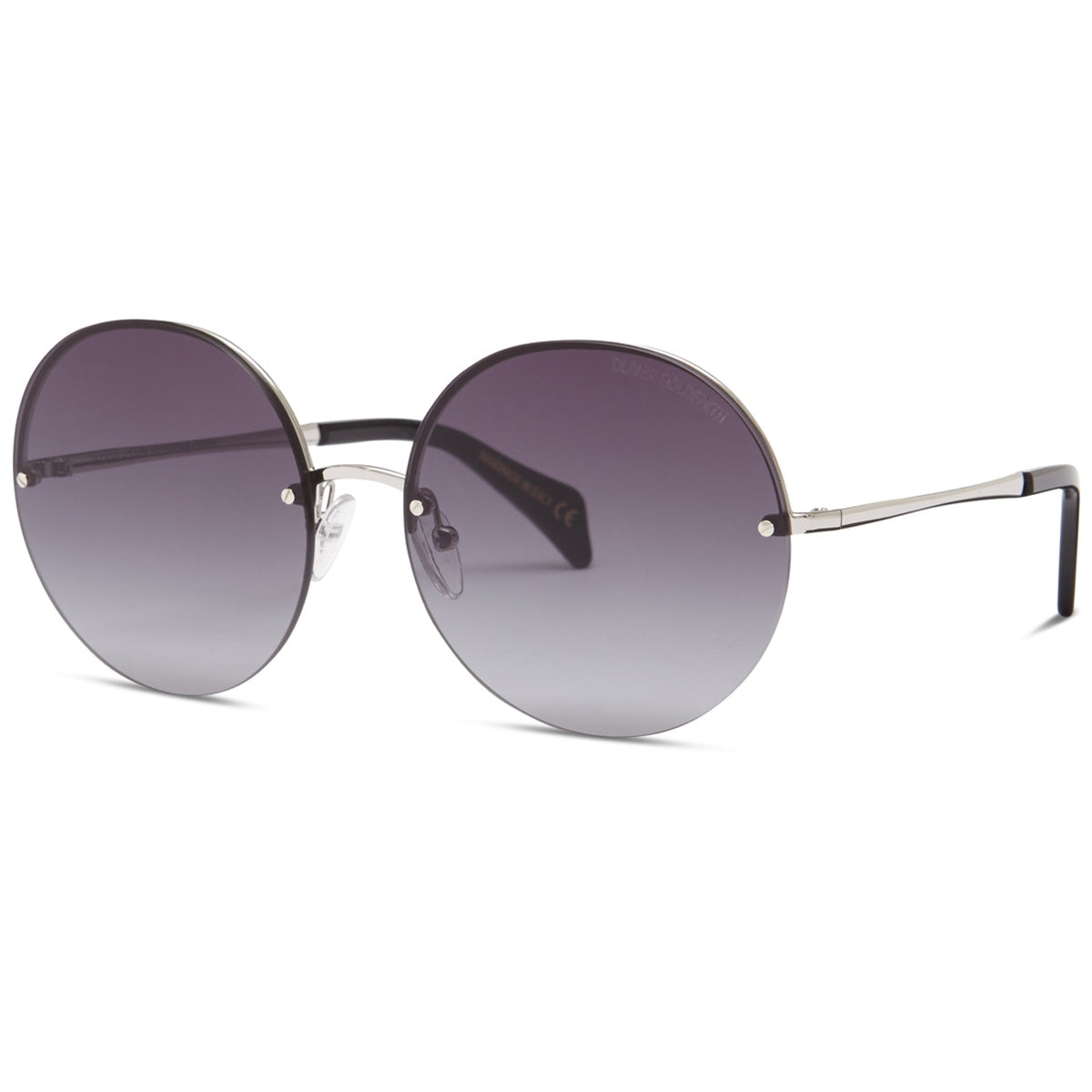The evolution of the round sunglass is fascinating. As the original shape for lenses and primitive eyewear, this simple shape remains one of the most popular choices in modern eyewear. This design profile still exists in its most rudimental design – but the developments in manufacturing and cultural influences such as celebrity and fashion has paved the way for the round glasses shape to be one of the most identifiable eyewear shapes in the world.
Following their invention, round eyeglasses quickly gained popularity, spreading across Europe in the ensuing decades. By the 14th century, they were being produced in cities like Venice, and craftsmen began refining the design and manufacturing process. From the introduction of the pince-nez, monocle, opera glasses and even the lorgnette, round lens glasses were the go-to shape. The advancement of different shaped lenses would take many more years to perfect.
Before the advent of eyeglasses, people with vision impairments faced significant challenges in their daily lives. The earliest recorded attempts at vision correction involved using rudimentary tools like water-filled glass spheres, which were placed against the eyes to magnify objects. However, these early attempts were far from effective or comfortable. The turning point in the history of vision correction came in the late 13th century. It is believed that around 1286, an Italian inventor named Salvino D'Armate conceptualized and crafted the first wearable eyeglasses. These early glasses consisted of two magnifying round glass lenses held together by a frame, which rested on the bridge of the nose. This revolutionary invention marked the birth of modern eyewear.
By the 1700s, manufacturers finally hit on the idea of incorporating the temples, giving us the design we’re familiar with today. Finally, these modest designs began to evolve beyond mere functional devices. In the 18th century, round glasses began to be seen as fashionable accessories, with frames made from materials like gold, silver, and tortoiseshell. This shift in perception transformed round glasses from a practical necessity into a style statement. The 19th and 20th centuries witnessed significant technological advancements in eyewear production. The introduction of mass production techniques and the use of materials like lightweight plastics revolutionized the industry, making glasses more affordable and accessible to a broader demographic. The evolution of round glasses is a testament to human creativity and innovation. Today, glasses and sunglasses come in countless styles, shapes, and materials, catering to a diverse range of tastes and preferences. As technology continues to advance, we can only imagine what the future holds for this indispensable invention.
Are round sunglasses still in style?
Whilst there are now so many different shape and style options, round sunglasses and spectacles continue to flourish, the shape appears to transcend time and fashion trends, and due to their popularity throughout the ages, round glasses remain an iconic accessory cherished by everyone from celebrities to Royalty across the globe. Round glasses experienced their first surge of popularity in the late 1960s and early 1970s during the height of the hippie movement. They made a resurgence in the late 2000s and have continued to be a staple in the fashion world ever since.
Lens cutting machines, also known as lens edgers or lens grinders, were invented in the late 19th century – which allowed for the developments of frame and lens shapes. One of the significant advancements was the invention of the lens grinding machine by American optician John Isaac Hawkins in the late 19th century. Hawkins' invention played a crucial role in automating and improving the precision of lens grinding, making it more efficient and accurate compared to manual methods. As technology progressed, lens cutting machines continued to evolve, incorporating new materials, methods, and automation techniques to increase their precision and efficiency.
Today, modern lens cutting machines use advanced technology to shape and finish lenses with high levels of precision. Round glasses can be fitted with various types of lenses to cater to different needs. These include prescription lenses, tinted lenses for sunglasses, anti-glare coatings, and polarized lenses for enhanced clarity and UV protection. Round sunglasses can be crafted from a range of materials, from more commonly received materials such as acetate and stainless steel to wood, fine metals such as gold and now of course the introduction of bio acetates and plastic made from ocean waste. Each material offers distinct advantages in terms of durability and weight, but the classic shape of round sunglasses continues to have universal aesthetic appeal.
What celebrities wear round sunglasses?
Numerous celebrities and influential figures have donned round glasses or sunglasses, leaving an indelible mark on fashion. Some notable examples (in no particular order) include Pop art icon Andy Warhol, Apple CEO Steve Jobs, Mahatma Gandhi, Johnny Depp, Ozzy Osbourne (who favours lenses with a purple tint), and of course Harry Potter (the fictional character played by Daniel Radcliffe). John Lennon, of the Beatles, popularized round glasses in the 1960s, cementing their status as a symbol of counterculture.
Round sunglasses and glasses have been present in the Oliver Goldsmith collection since its conception in 1926. The collection includes many variations of round sunglasses with designs such as the 1930’s and Oasis WS which have a more archetypal shape, to designs such as the 1960’s, Koko and Oops which are very reflective of the 1960’s to 70’s era they were first devised. In fact, the Oops, was once favoured by the beloved fashion icon, Audrey Hepburn. She wore this design with aplomb and it shows the impact that round sunglasses can have on an outfit. Hex and Uuksuu are interesting alternatives to round sunglasses, the Hex of course has its geometric profile, but its lens features the most perfectly round lens, whilst the Uuksuu has a lovely roundness to its silhouette but with boxy, square lenses. The adaptability and opportunity for experimentation on a round frame is endless.
Round sunglasses and spectacles have a storied past and have evolved to become an enduring symbol of style and individuality. Their popularity has spanned decades, and they continue to be a beloved accessory worldwide. With a variety of materials and lens options available, round eyewear offers a versatile choice for both fashion and functionality. By understanding the history, cultural significance, and diverse styles of round glasses and sunglasses, one can appreciate their timeless allure and incorporate them into their own personal fashion journey. So, embrace the legacy of eyewear and see the world through a lens of clarity and style.
What face shape is best for round sunglasses
Round Faces: Those with round faces can rock round glasses effortlessly, as the circular frames add a touch of contrast to the natural curves of their face. To enhance the effect, opt for round glasses with thicker frames or bold details.
Square Faces: Round glasses provide a delightful contrast to the strong angles of a square face, softening the overall look. Choose frames with slightly rounded edges to balance the sharpness of your features.
Oval Faces: Lucky are those with oval faces, as they can experiment with a wide variety of eyewear styles, including round glasses. Go for frames that maintain your natural proportions without overwhelming your delicate facial symmetry.
Heart-Shaped Faces: For those with heart-shaped faces, the goal is to balance the broader forehead with the narrower chin. Round glasses with thin or delicate frames can achieve this equilibrium, drawing attention away from the forehead and enhancing your overall facial harmony.
Long Faces: Round glasses can add width to longer faces, creating a more balanced look. Opt for frames that are wider than your face to achieve this effect, and embrace the vintage allure that round glasses bring to your style.
Embrace Your Unique Style
When choosing round glasses, remember that the frame's size, color, and design play crucial roles in enhancing your unique style. Consider the color palette that complements your complexion, and don't shy away from experimenting with different materials, such as metal or acetate, to find the texture that resonates with your personality.
In the world of eyewear, round glasses stand as a testament to the enduring appeal of classic styles. Regardless of your face shape or personal taste, there's a pair of round glasses waiting to become your signature accessory. So, dare to embrace the timeless charm of round glasses, and discover how they can transform your look into an ode to enduring style.

